First Detroit Concours d’Elegance put legendary metal where it belonged
The concours d’elegance dates to pre-revolution, 17th-century France, when aristocrats would compete for status by parading their elaborate horse-drawn carriages through Parisian parks. Small wonder, then, that the concours that followed the development of the automobile have typically been held at similarly pastoral venues. Two of the most famous U.S. shows—the Pebble Beach and Amelia Island events—take place on golf courses. So, too, did the Detroit-area concours, when it was known as the Concours of America.
Before moving to the St. John’s resort, the show was originally held at Meadow Brook, the estate built by Matilda Dodge Wilson, the widow of auto pioneer John Dodge. Both of those locations are in Detroit’s suburbs. As of 2022, the event has been rechristened the Detroit Concours d’Elegance. For the rebranded show’s first year, Hagerty moved it to the grounds of the Detroit Institute of Arts (DIA), on Woodward Avenue, in the middle of the city’s cultural center. It’s quite possible that 2022 marked the United States’ first major automotive concours held in an urban milieu.
Despite some skepticism, holding a top-shelf Motor City car event in the city itself proved to be a great idea.
Critics had legitimate concerns. Would there be enough room on the museum’s lawns for more than 100 cars? How would organizers keep the museum, owned by the city of Detroit and funded by regional taxes, open to the public while simultaneously restricting access to a paid event surrounding the facility? Public access proved to be one of the reasons why IndyCar’s 2023 Detroit Grand Prix was moved from Belle Isle, which has hosted the race since 1992, back downtown: Activists said that the race events intruded on the public’s enjoyment of the island park.
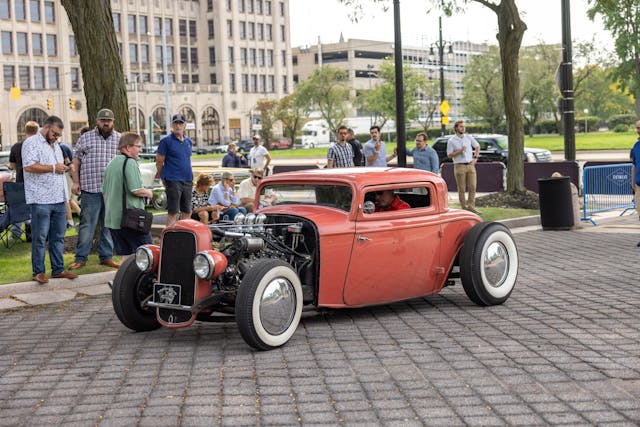
There’s also the matter of the weather. Holding an outdoor event in the Midwest in the summer means risk for rain, particularly in September, as autumn approaches.
As it turned out, however, such worries were misplaced. The DIA was a perfect location for a concours. Despite some ominous clouds and a few sprinkles in the morning that prompted convertible owners to latch their tops, the day turned out to be sunny. The museum was kept open to the public, even while more than ten dozen vehicles were on display, parked on the tree-shaded lawns surrounding the building and on its promenade facing Woodward. The only cars in the show that didn’t fit on the museum grounds were in the Supercar class. These lined up on closed-off Kirby Street, immediately adjacent to the DIA. The urban architecture surrounding the show was an appropriate backdrop—after all, you’re more likely to find a car driving in a city than on a golf course.
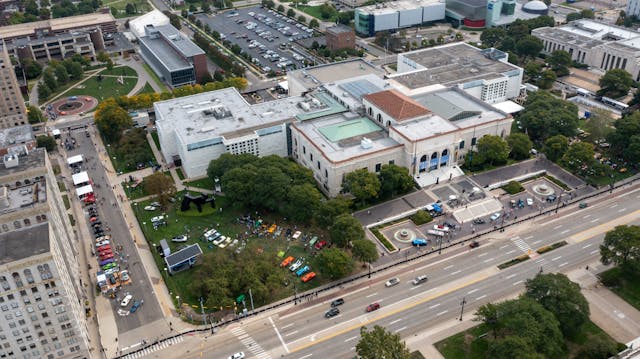
Crowd-control barriers covered with black-and-white Detroit Concours banners surrounded the grounds, restricting the show to entrants, volunteers, media, and paying attendees. Everyone seemed to be having a good time. A couple of entrants volunteered that they were very pleased with how well the show was organized and run. In addition to the cars on display, attendees could take rides in about a half-dozen vintage cars, including a Lincoln Continental with suicide doors and a convertible top. To foster the next generation of car enthusiasts, organizers also had a special award judged by a group of pre-teen kids, who diligently recorded their score cards.
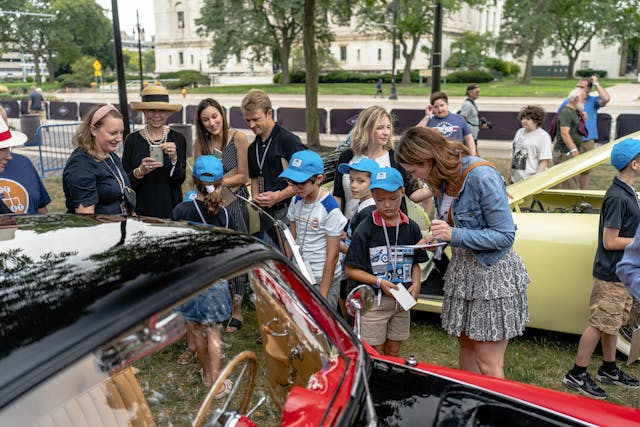
In addition to special marque awards sponsored by all three domestic automakers, the Detroit Concours also featured some very rare and significant vehicles, like the Harley Earl concepts from the General Motors Heritage collection and historic Mopars entered by Stellantis. Both original Mustang concepts were together on display—a very rare occasion. The little, two-seat, mid-engine Mustang I from 1962 is owned by the Henry Ford Museum, and the almost production-ready 1963 Mustang II show car is part of the Detroit Historical Museum’s collection of almost six dozen highly significant vehicles.
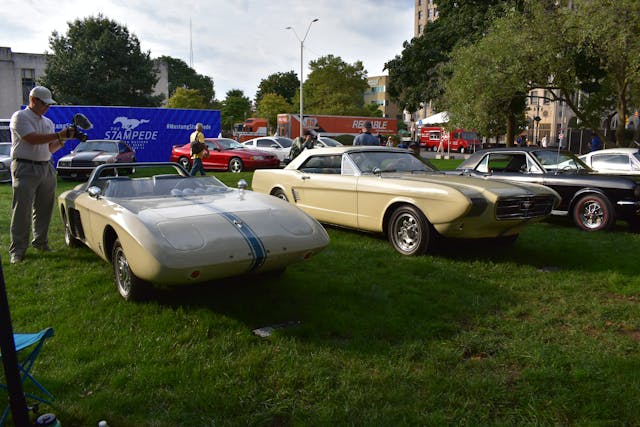
Private collections, of course, were also well represented. The privately owned Mustang coupe that was Henry Ford II’s personal car sat next to the pair of Mustang concepts. The Stahl collection brought its Chrysler Turbine car. The show’s honoree, retired GM styling director Ed Welburn, showed his own tribute to his predecessor, a gorgeous C1 Corvette in pewter with a Creamsicle interior, named “Mr. Earl” (no word if some often call the car Speedo).
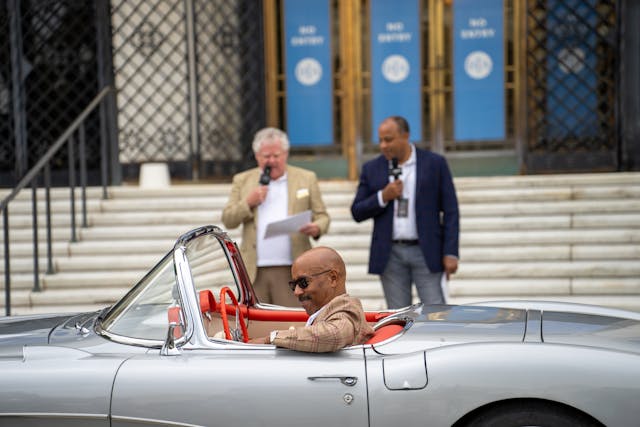
Detroit may be a hard-working, blue-collar town but the wealth created by the auto industry has made the Detroit Institute of Arts a world-class art museum. The Earl cars were displayed on the DIA’s front promenade, under the watchful eye of Rodin’s The Thinker. The statue is one of ten castings made of the sculpture under the artist’s own supervision. The museum’s main entrance and driveway, behind The Thinker‘s plinth, was ideal for the award ceremony. The open area allowed attendees to enjoy the rare occasion of hearing the engines of such special vehicles roar (or whoosh, in the case of the Chrysler Turbine) and to see many driven under their own power. (A couple needed to be towed.) The DIA’s arched entrance made a dramatic stage for the event.
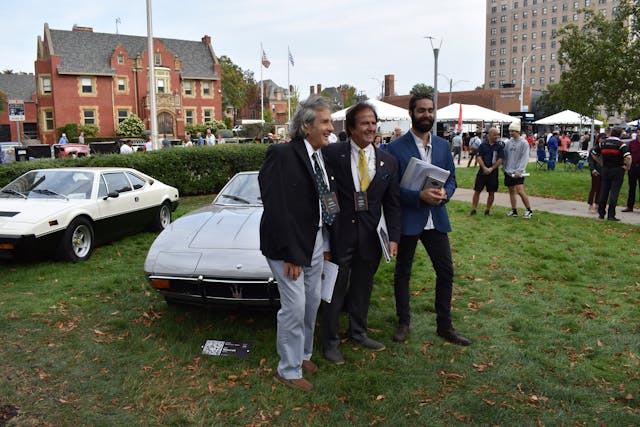
While the cars in the show had a definite domestic tilt—perhaps intentional because of the venue—with classes for hot rods and muscle cars, only one grand winner was announced. (I previous years, the show had two best-of-show winners, one domestic and another foreign.) The champion was not an American car, but rather a French vehicle: a Delahaye. You can find a list of class- and special-award winners here.
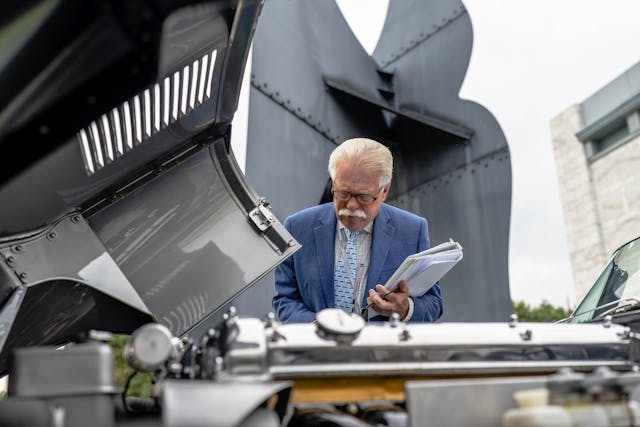
I don’t envy the judges’ task. Virtually every car in the show was worthy of some kind of award (the gallery below has all class- and special-award winners) but if I had to pick one, it would be John Petru’s 1953 Studebaker Commander Regal Starliner Coupe. It’s more famously known as the Loewy Coupe, though it was actually designed by Bob Bourke, the head designer at Raymond Loewy’s studio.
To begin with, the ’53 Stude is one of my favorite cars and generally considered one of the most attractive American car designs ever. In the case of Petru’s Studebaker, it’s a time capsule, with just 2991 miles on the odometer. It is as original as a 69-year-old car can be. Since it was assembled on September 17, 1953, Petru was celebrating his car’s birthday at the show. Unlike most of the genuinely concours-level cars at the show, Petru’s Studebaker hasn’t been fettled to a faretheewell. Its panel gaps were as uneven as they were when it emerged from the South Bend factory. I even noticed a paint drip on the hood’s front edge. Somehow, the flaws made it more fascinating.

The ’53 was delivered new to a Studebaker dealer in Camden, Connecticut, who kept it in his personal collection for at least 40 years, long after the demise of its maker and the dealership. It was bought by Charles Cawley, the founder of the MBNA bank and noted car collector, who then donated it to the AACA Museum in Hershey, Pennsylvania. After the car spent about 12 years in the collection, Petru bought it when the museum was going through a periodic refreshening in 2015. Petru considers himself to be this very special car’s “custodian,” not its owner.
How original is the car? It still has the OEM tires. They’re somewhat age-cracked, but they’re still sound. So, while the ’53 has no air-conditioning unit, you could say that it has “factory air”—of a sort.
Check out the Hagerty Media homepage so you don’t miss a single story, or better yet, bookmark us.
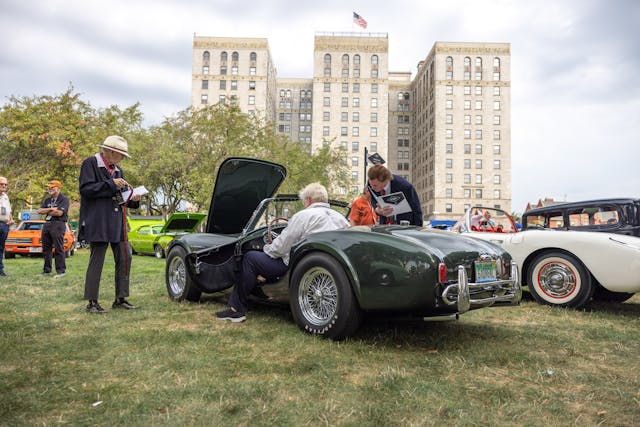

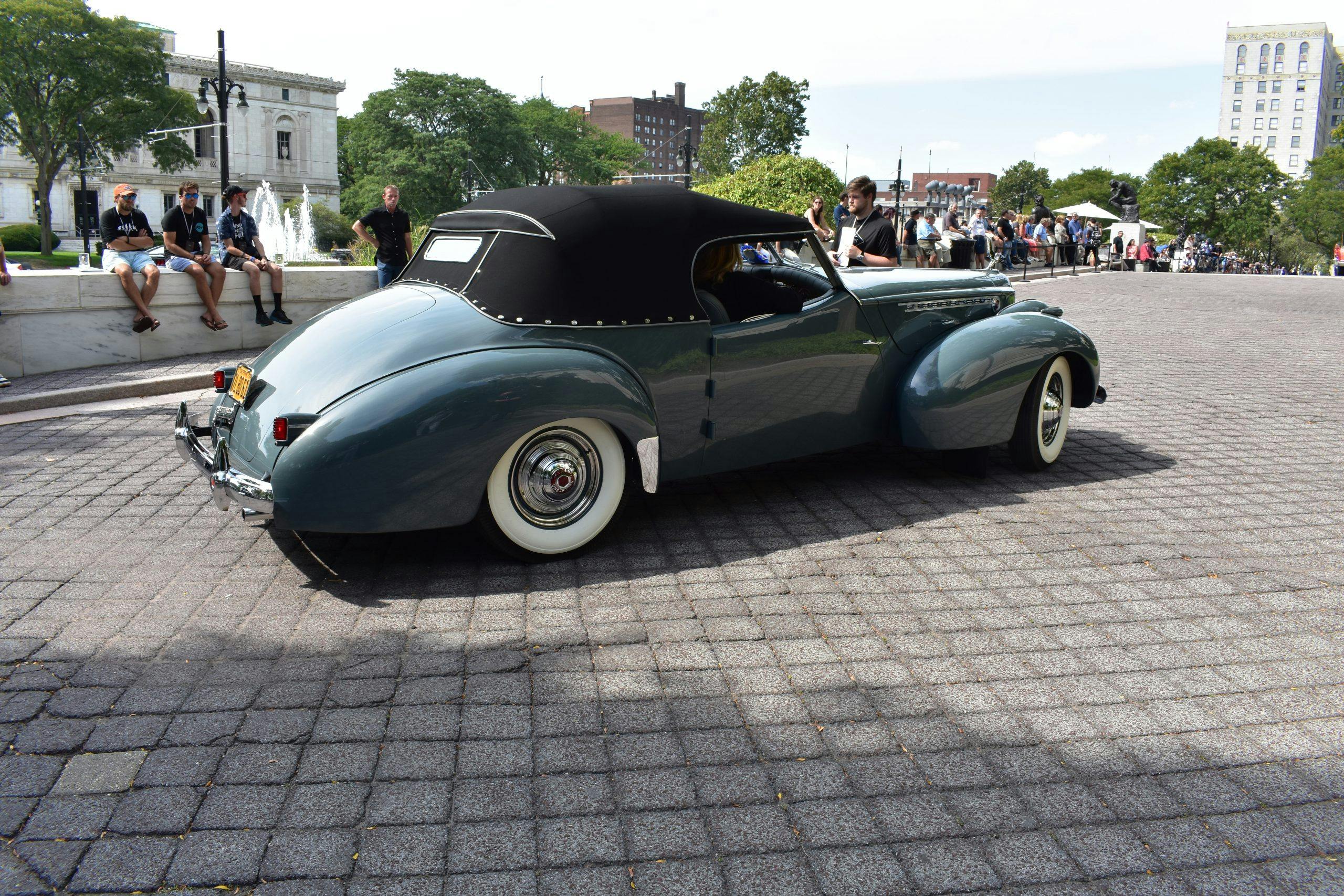

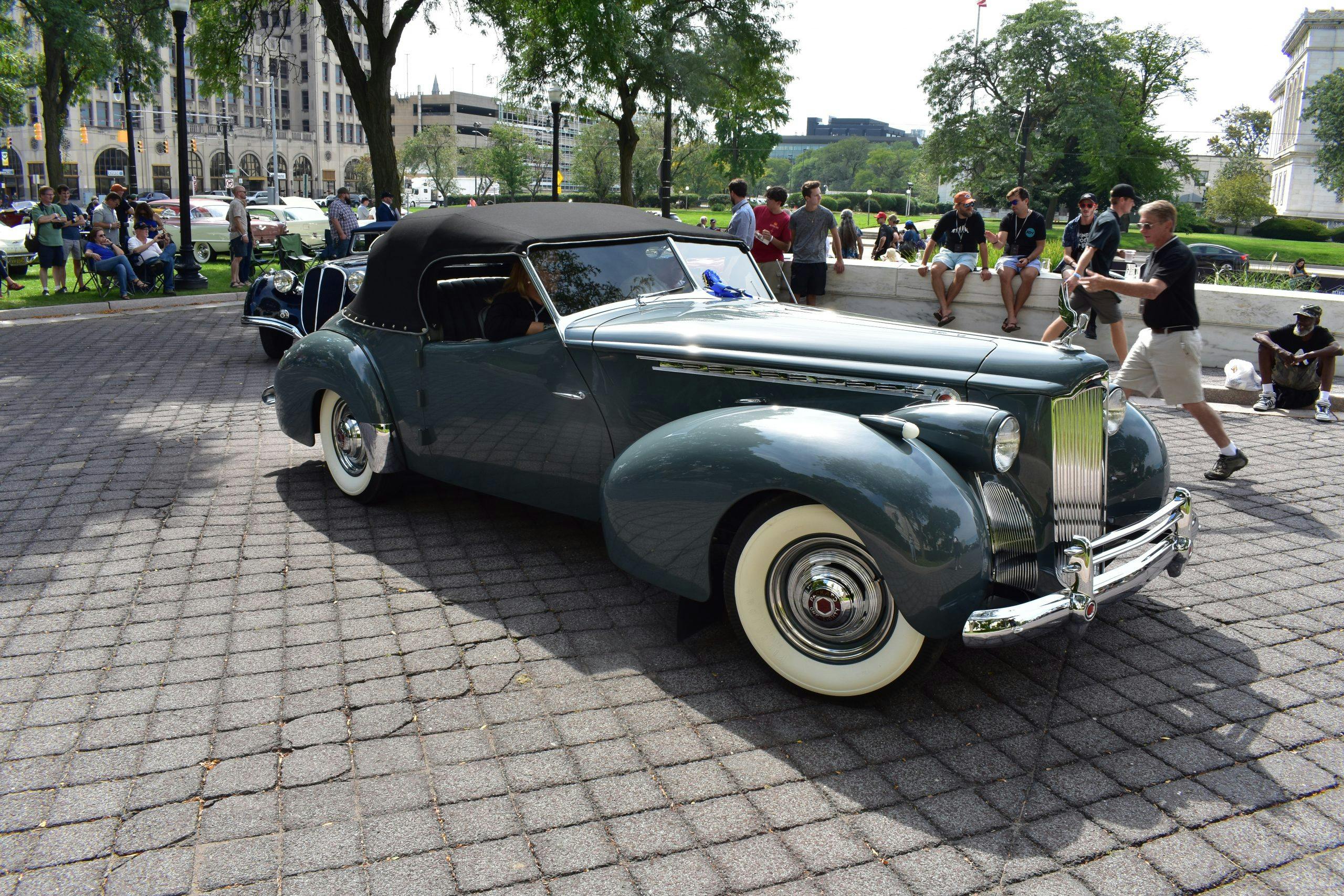
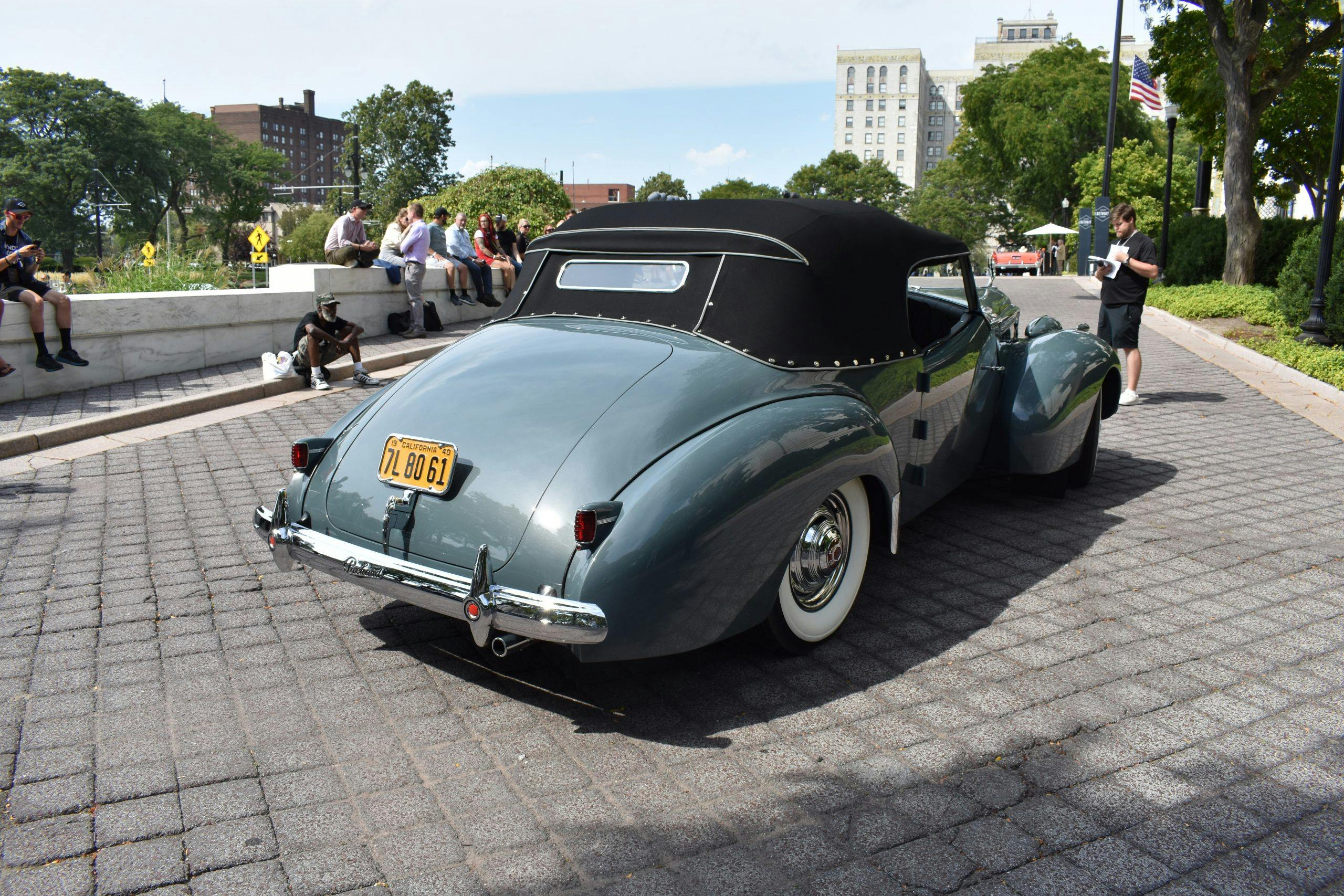


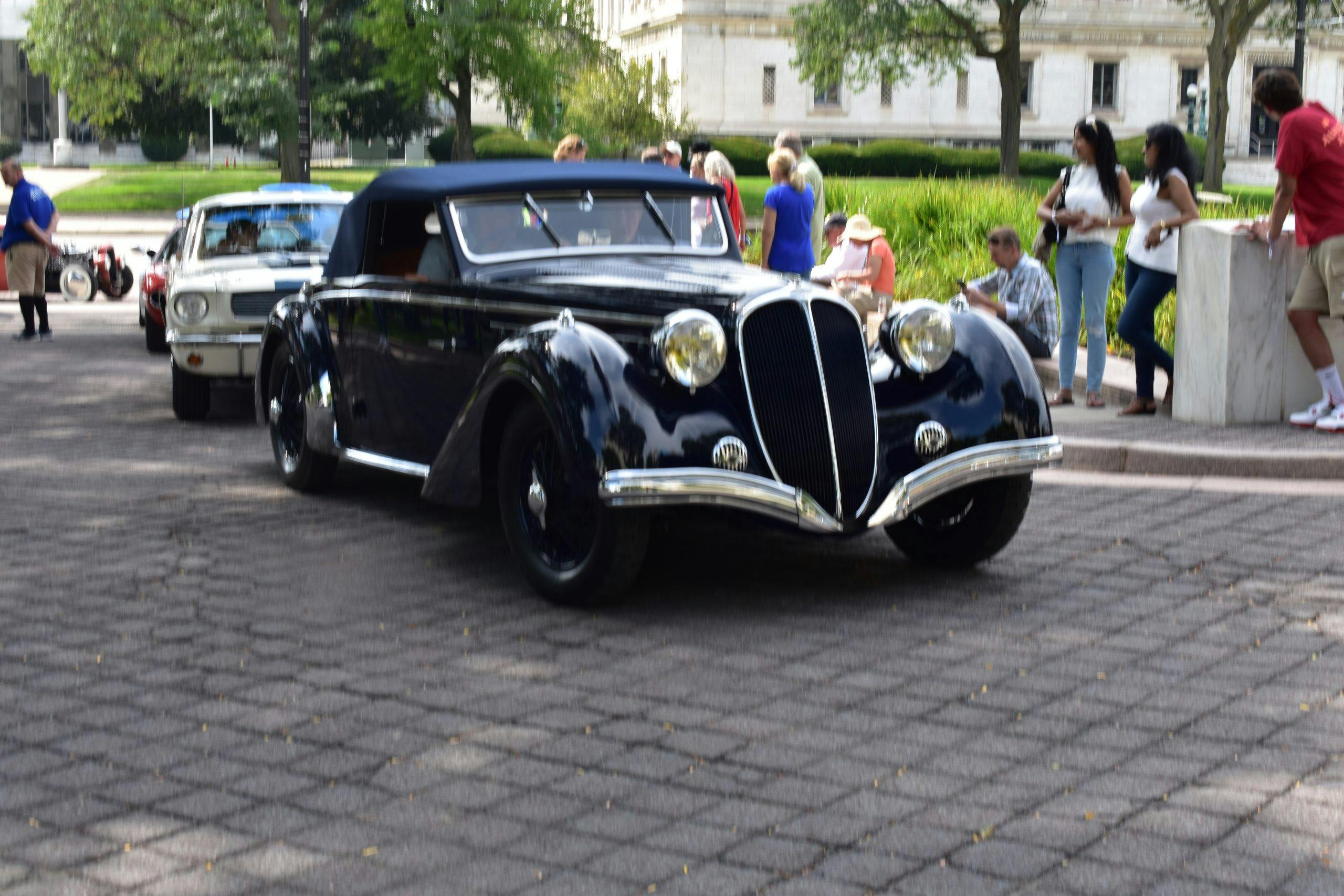
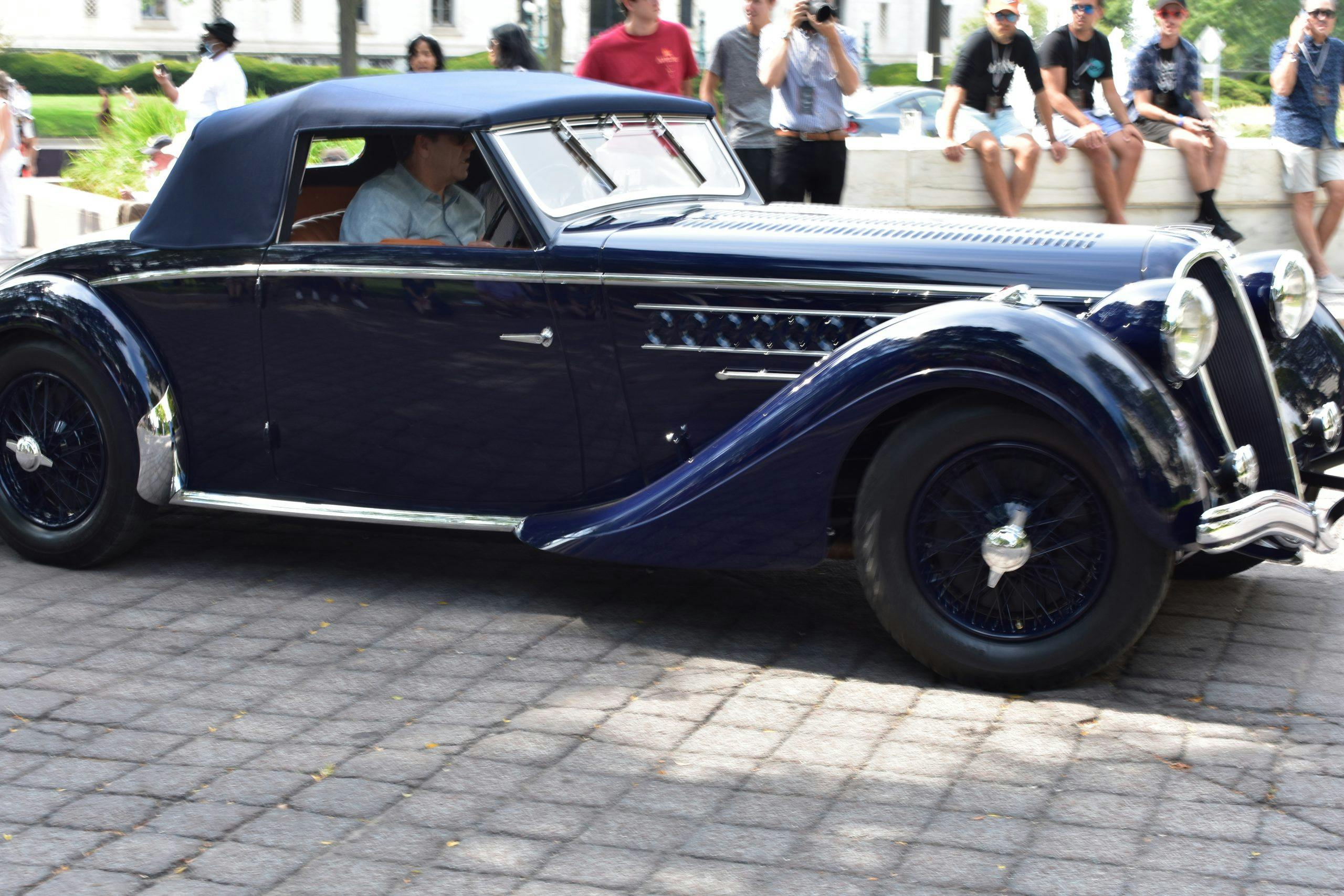

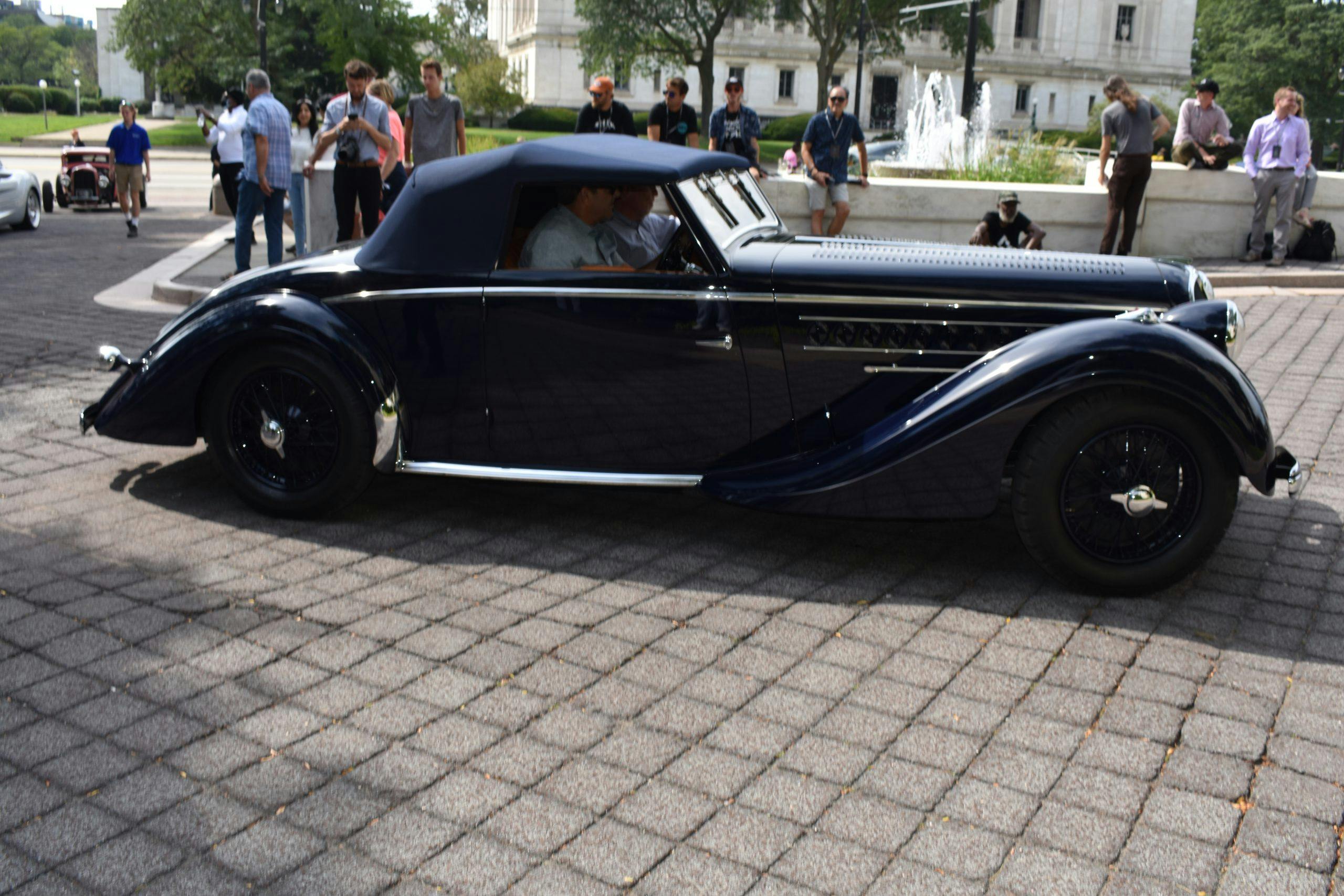
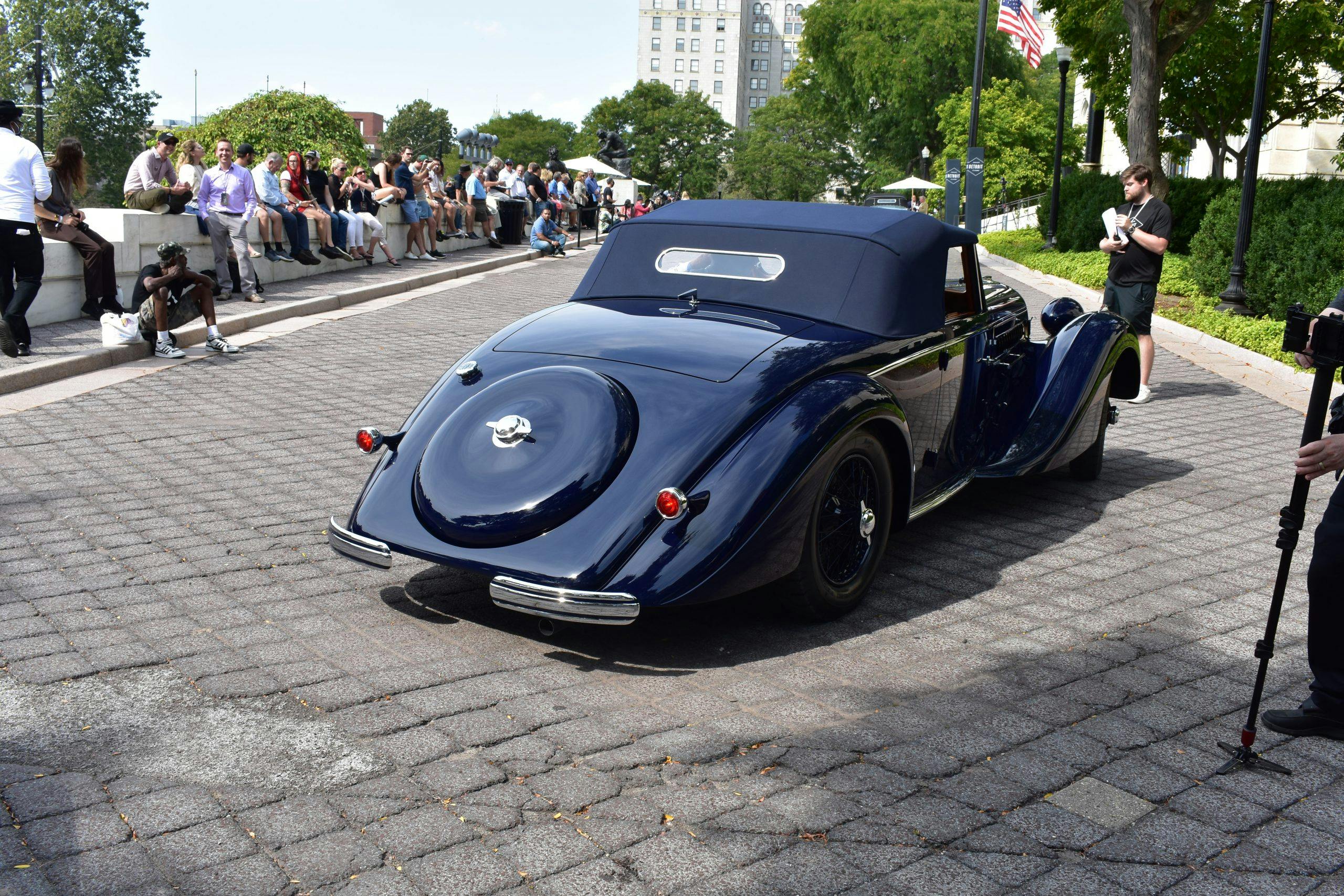
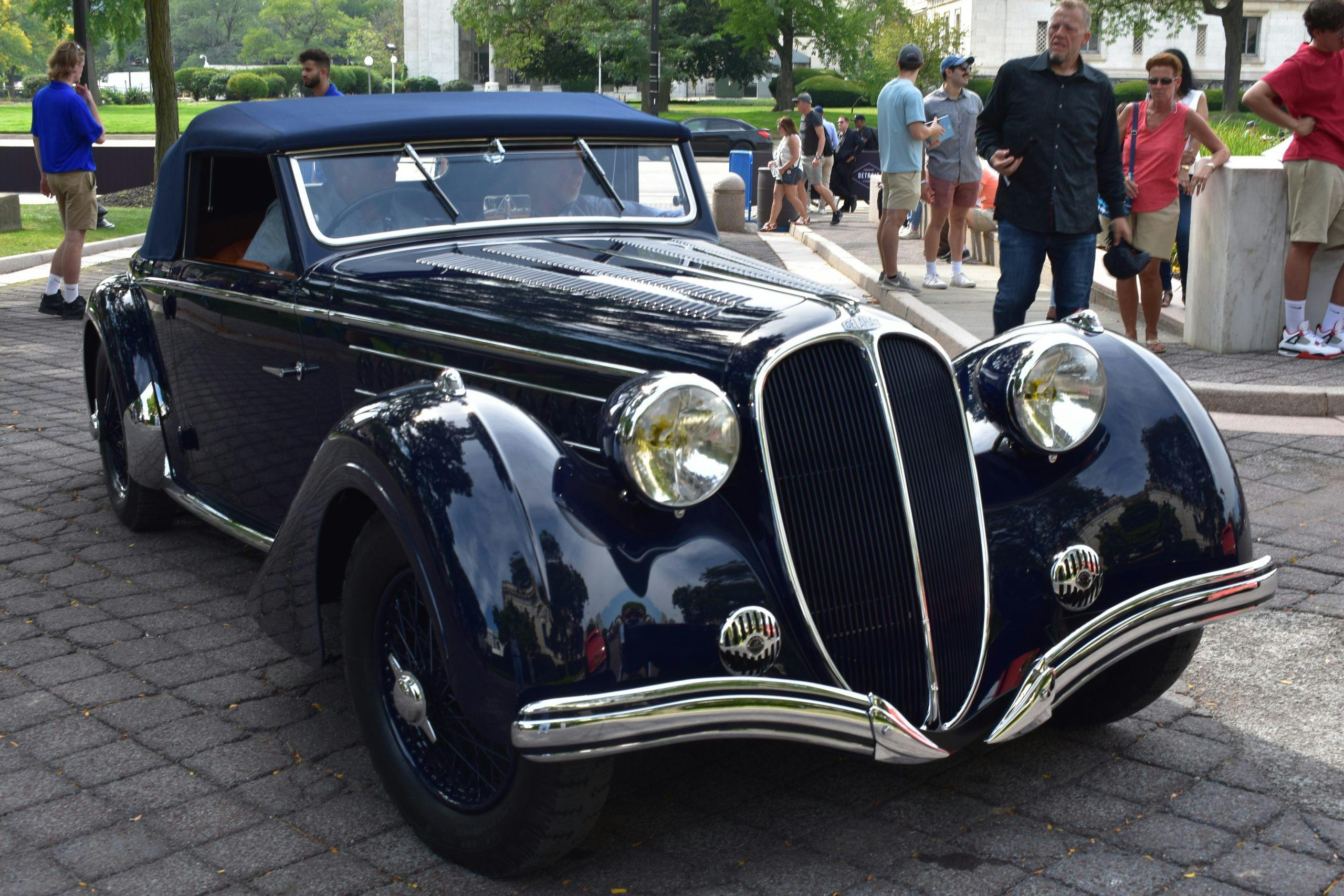
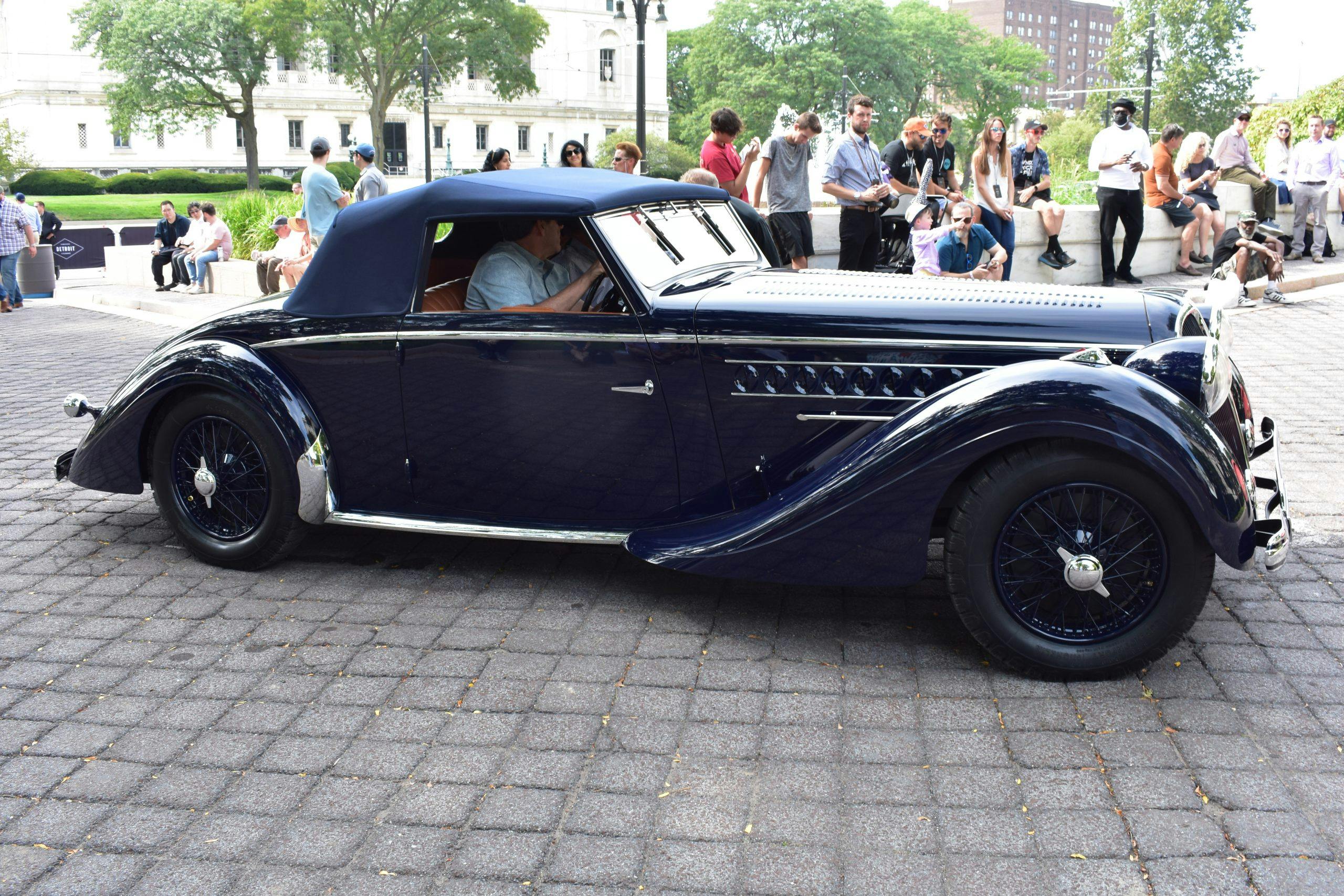
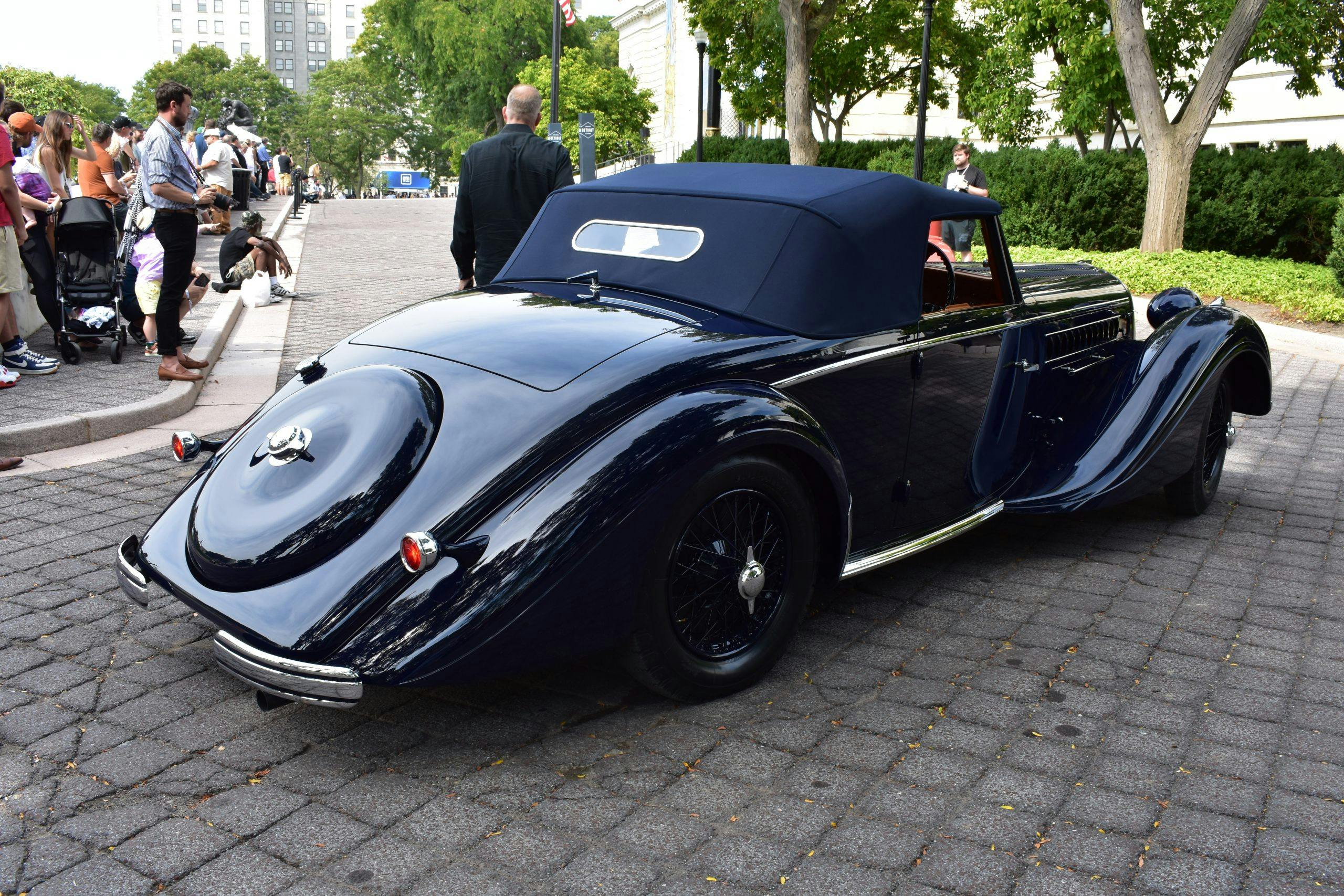
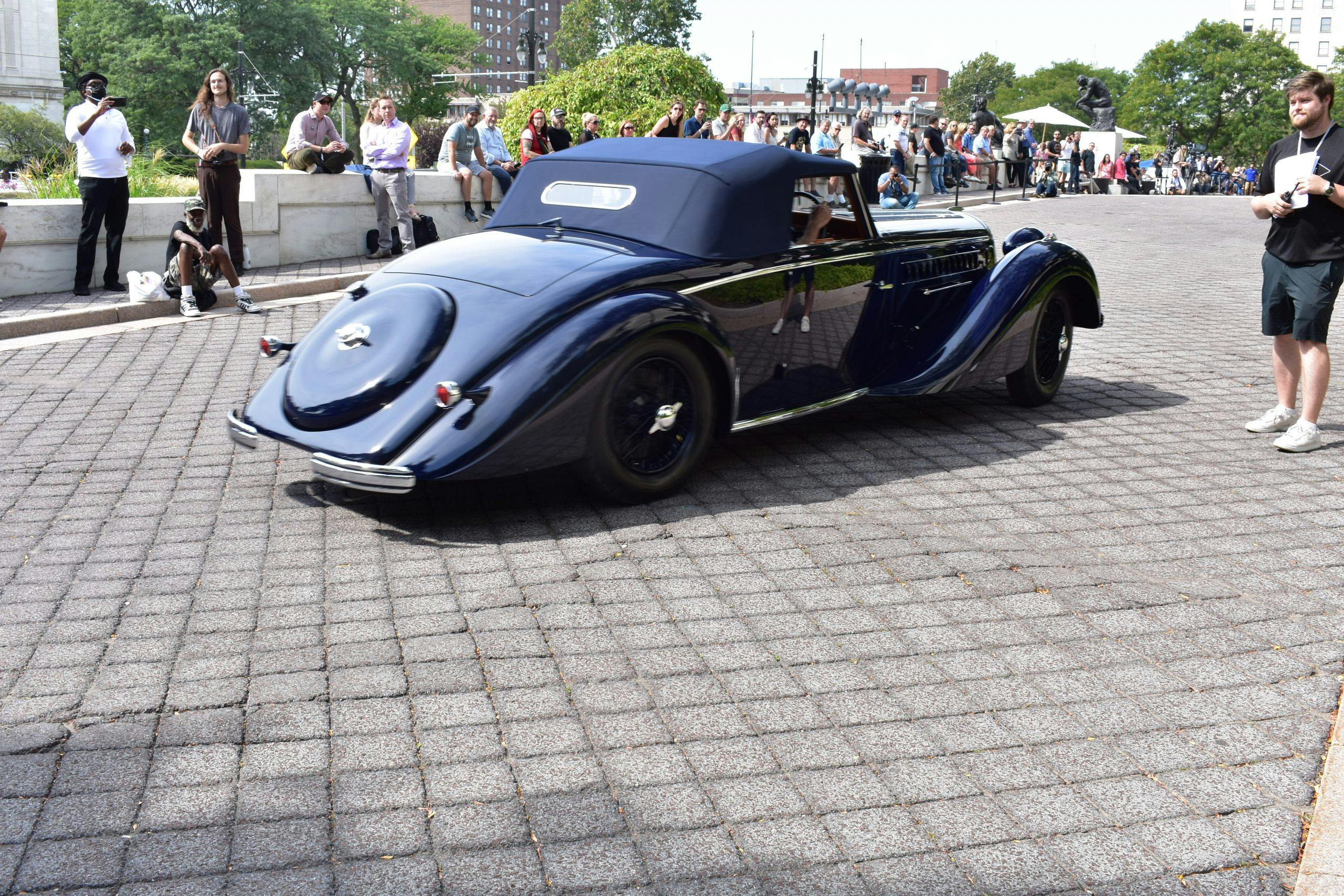
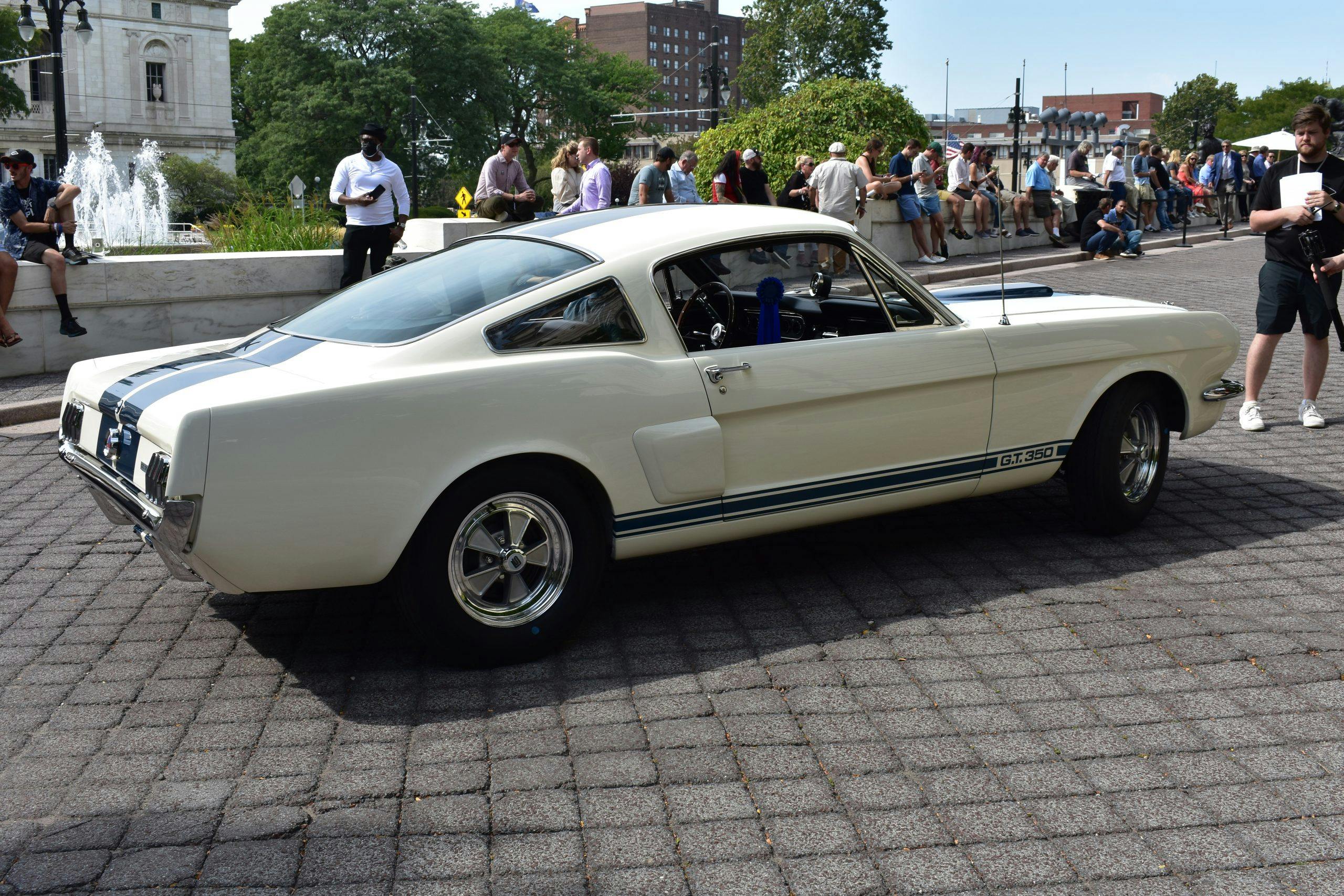
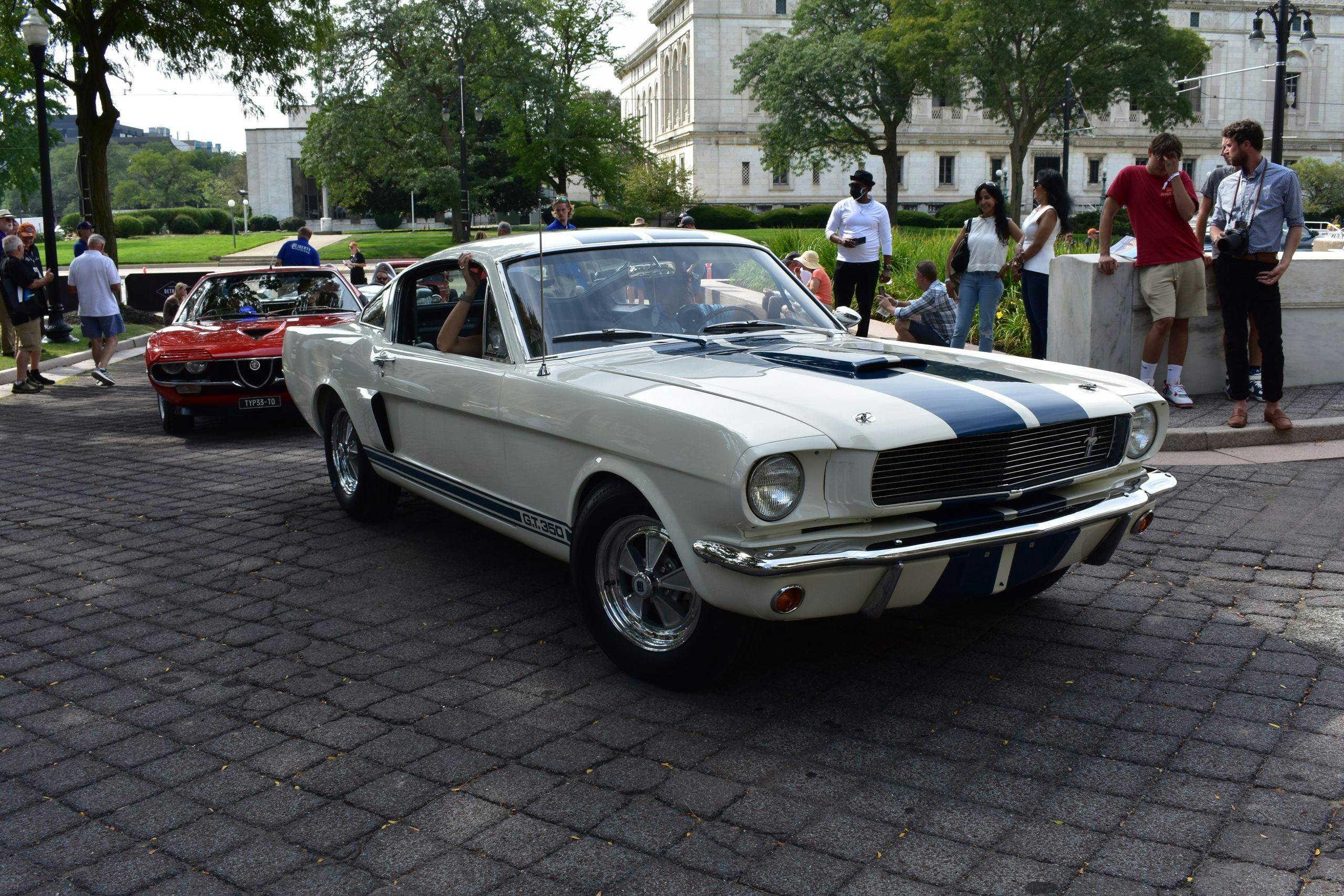
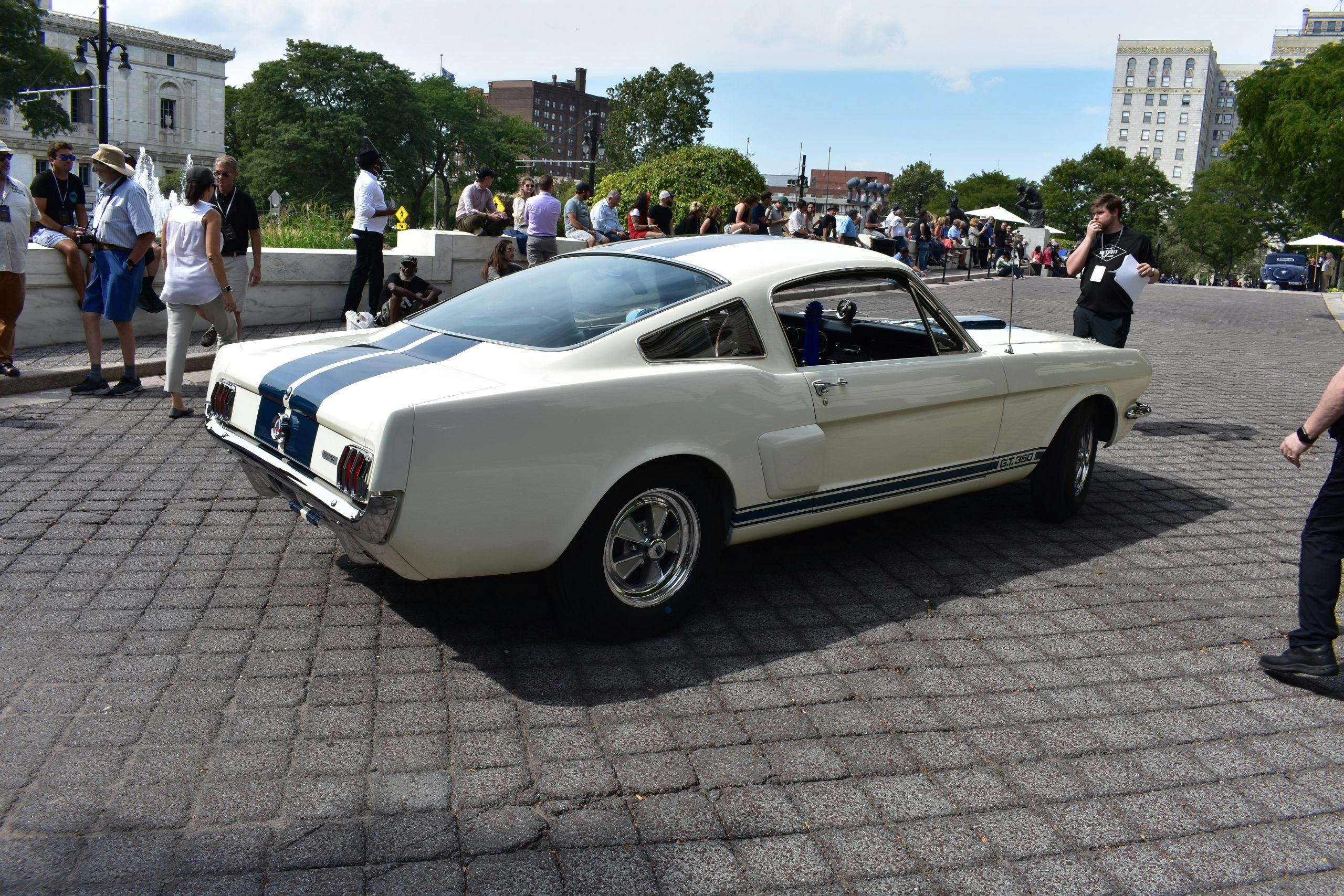
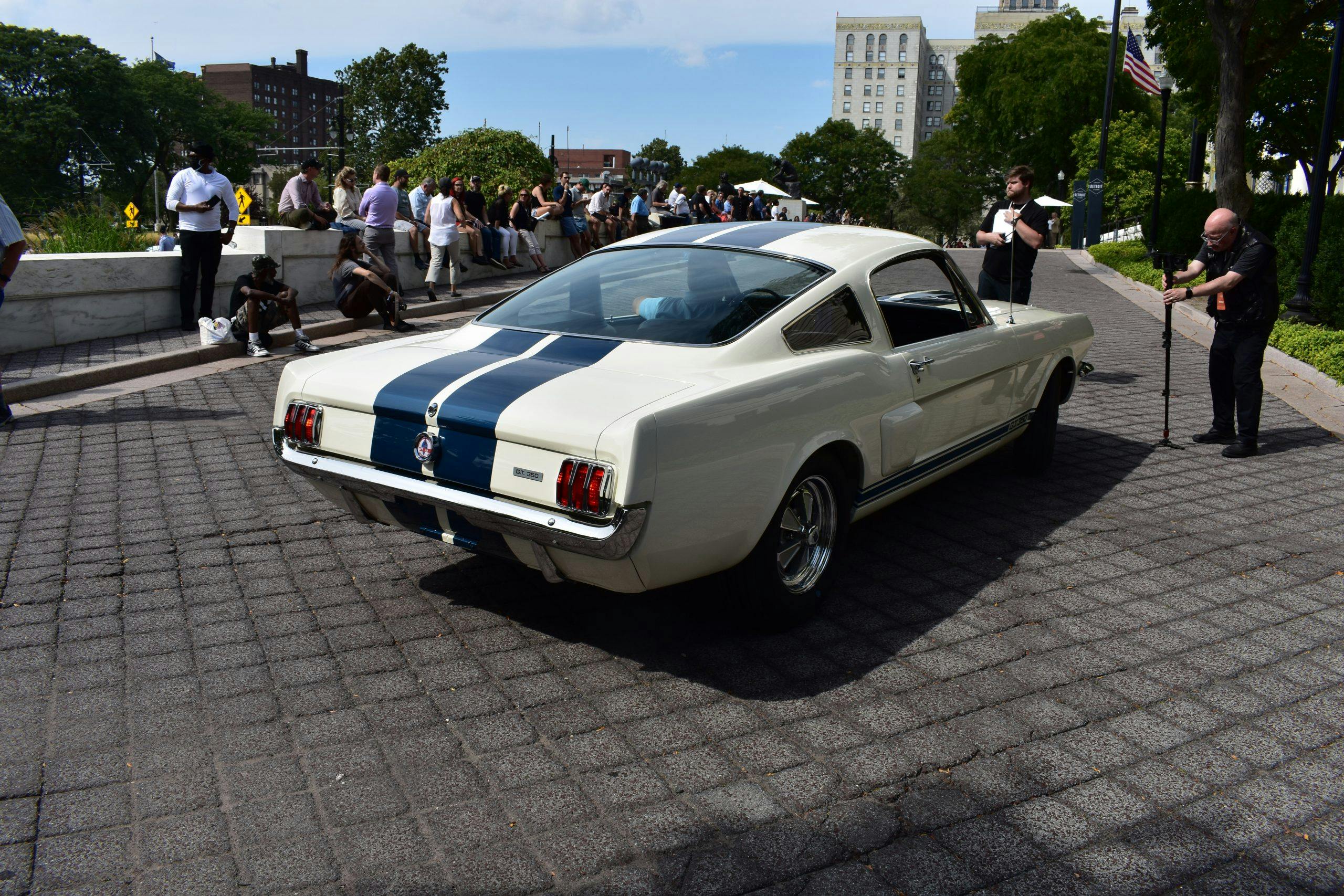
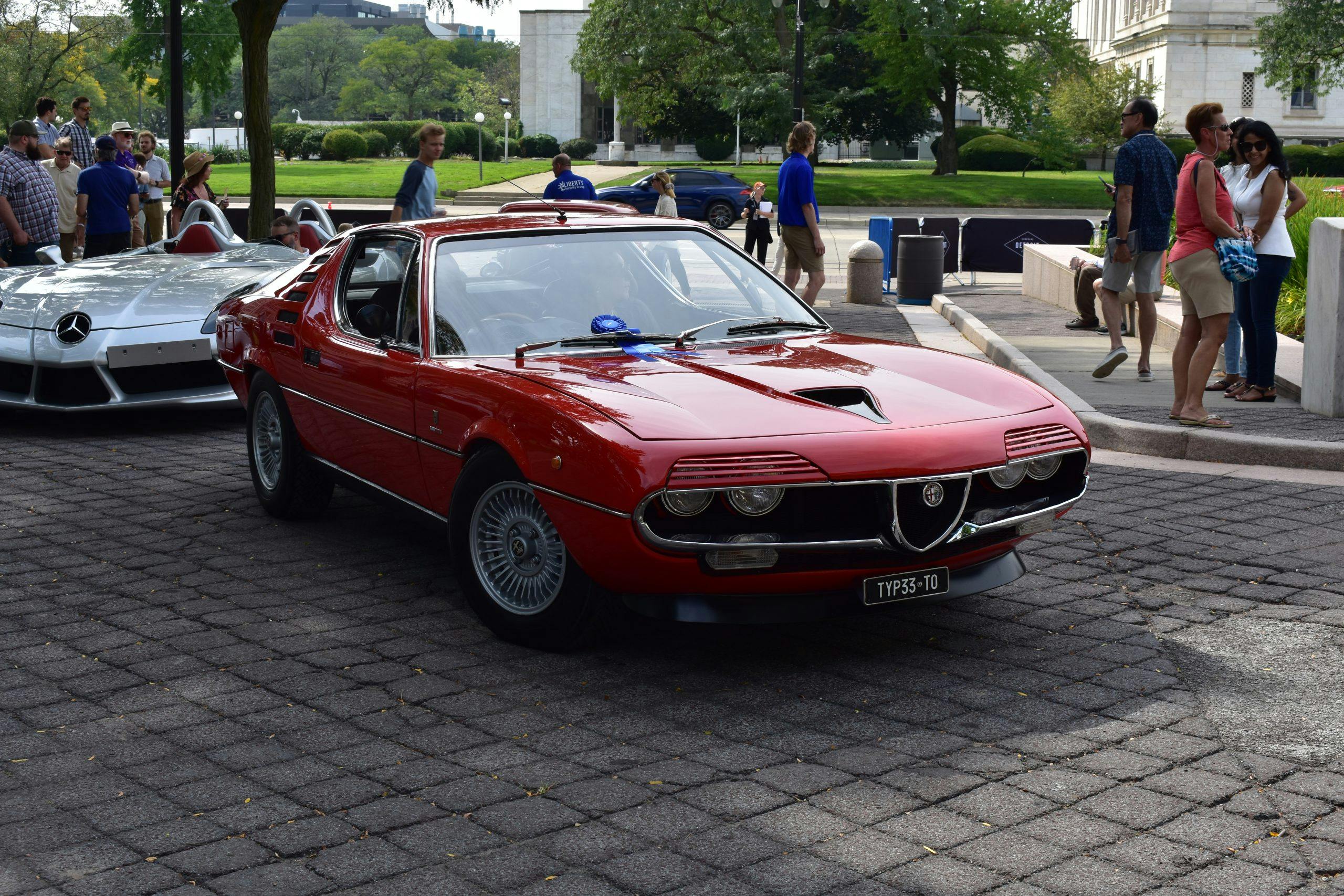
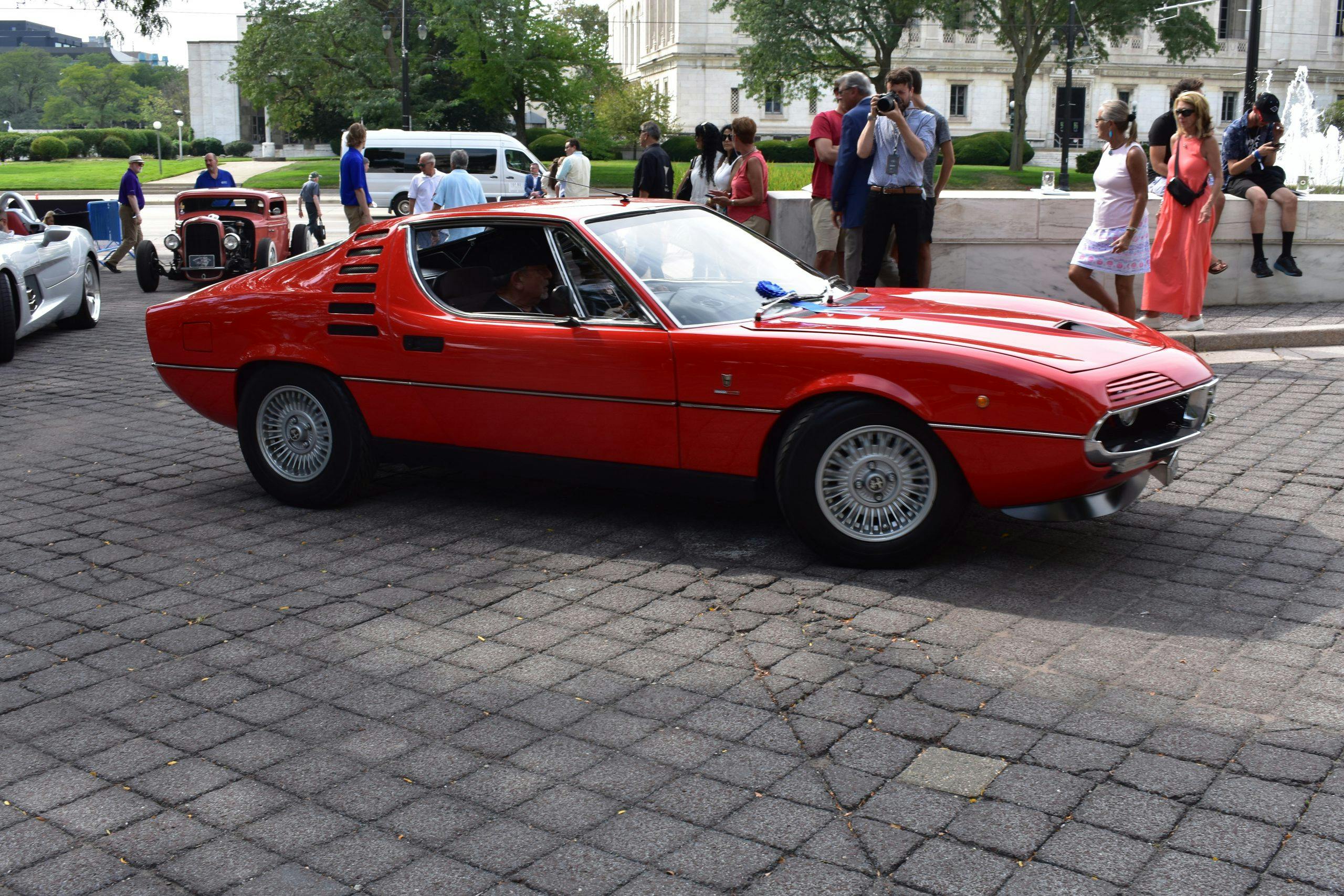
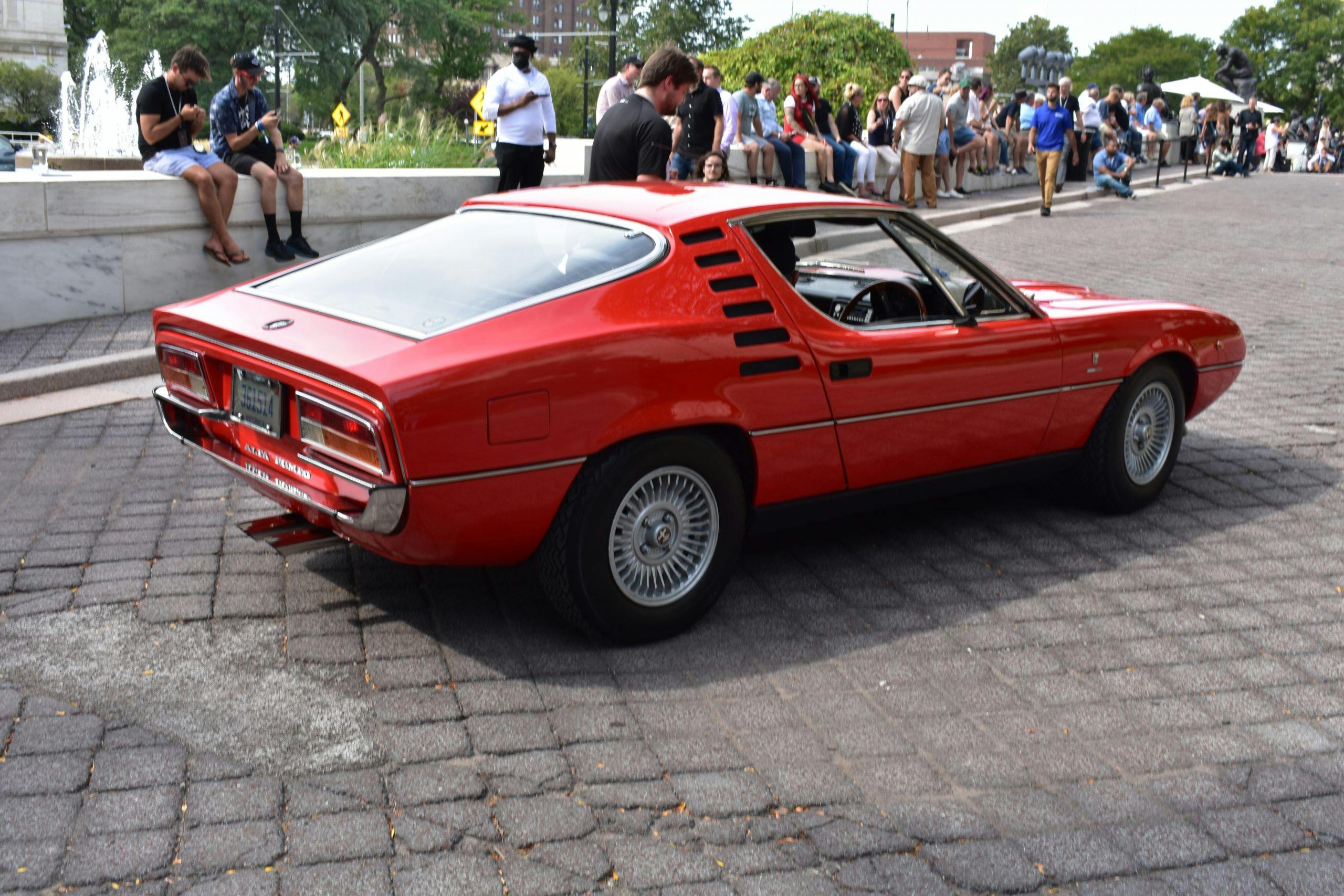
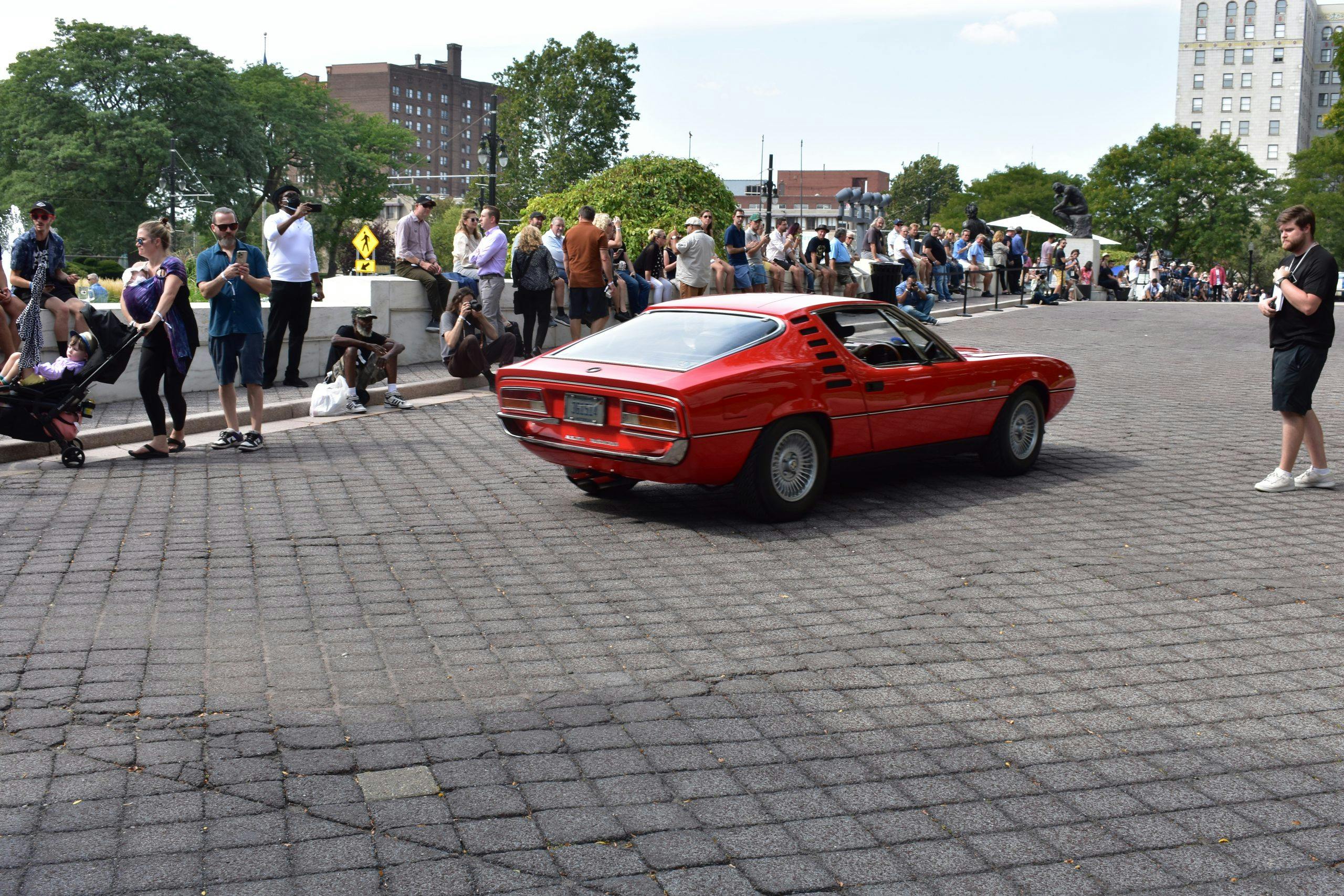

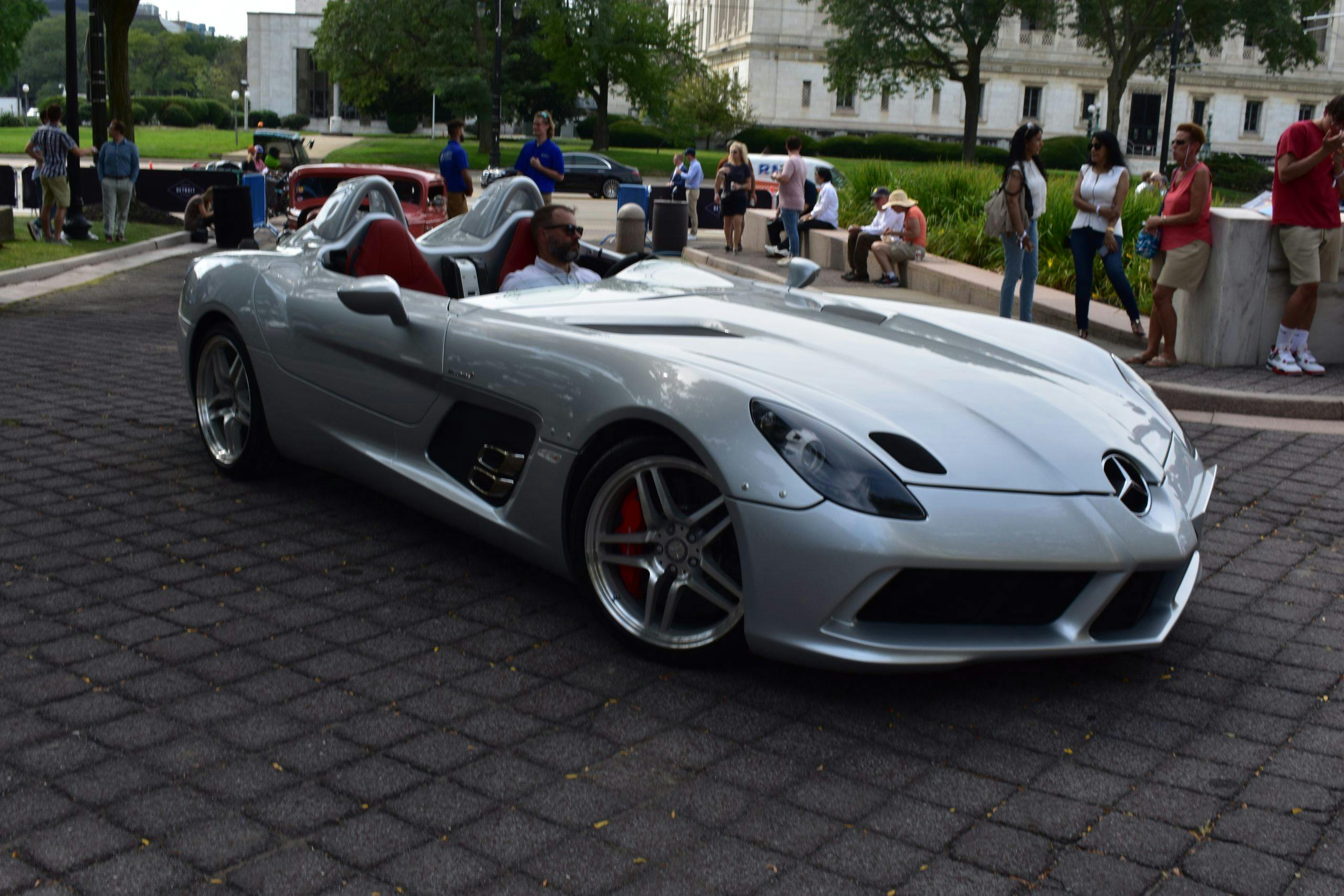
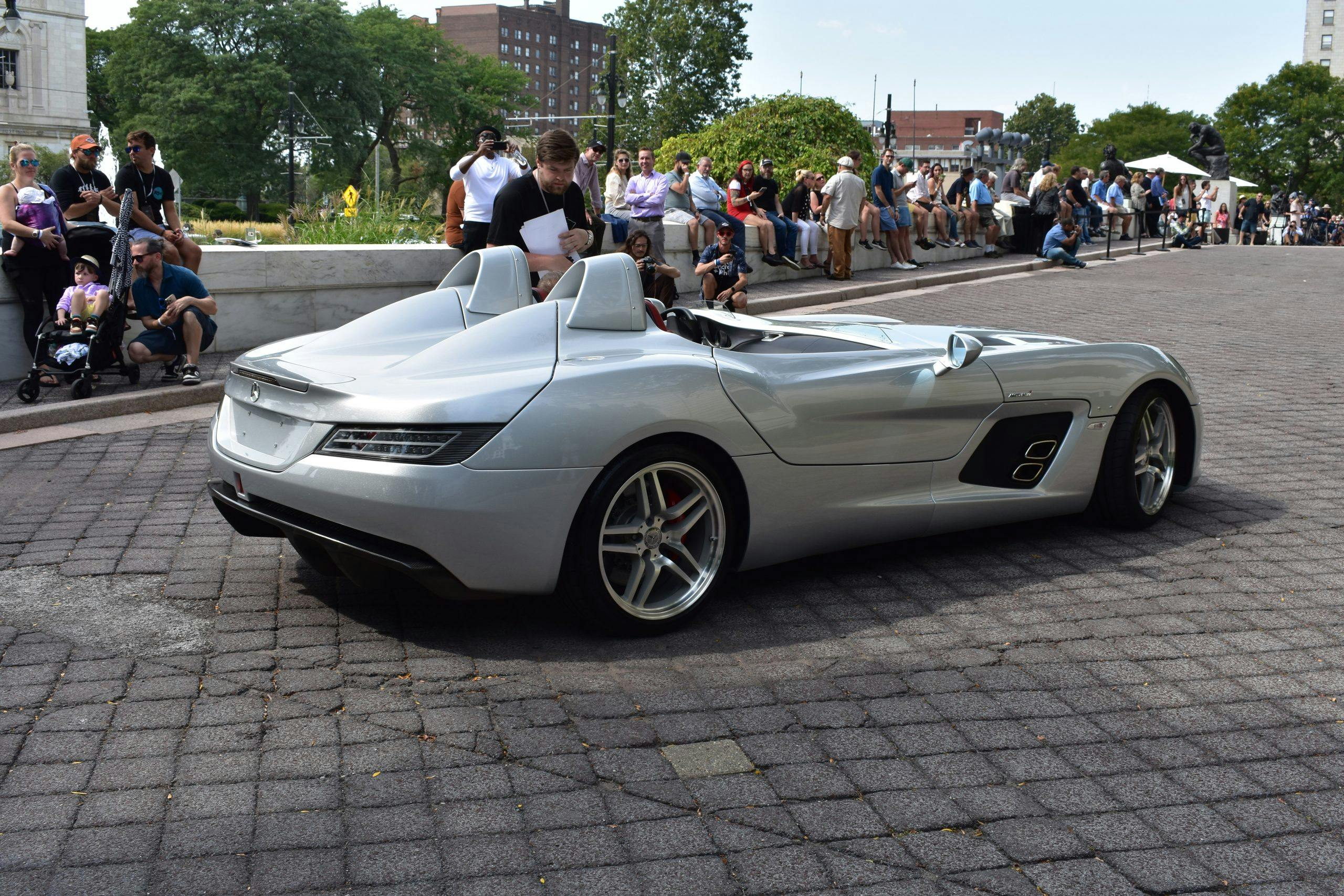
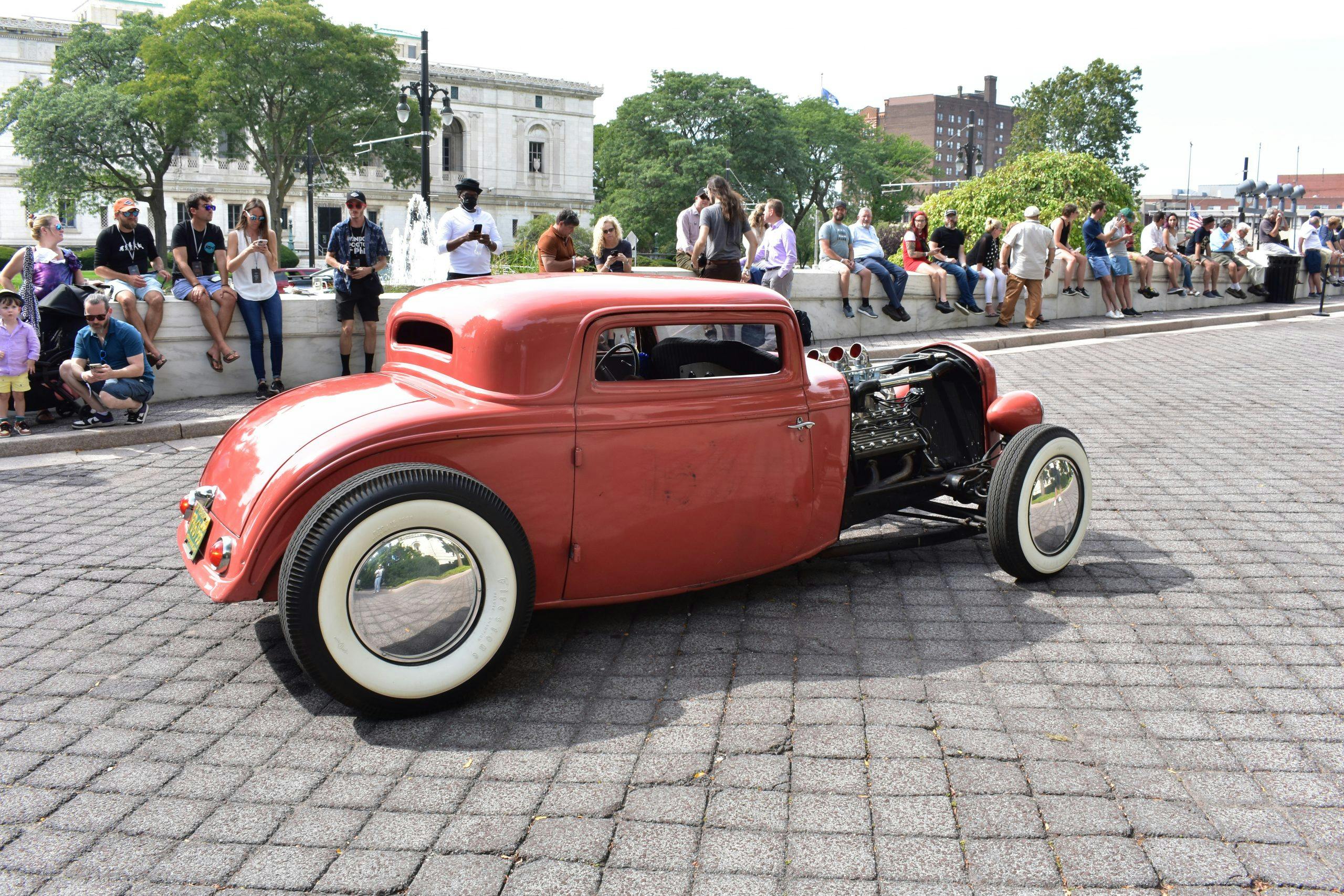
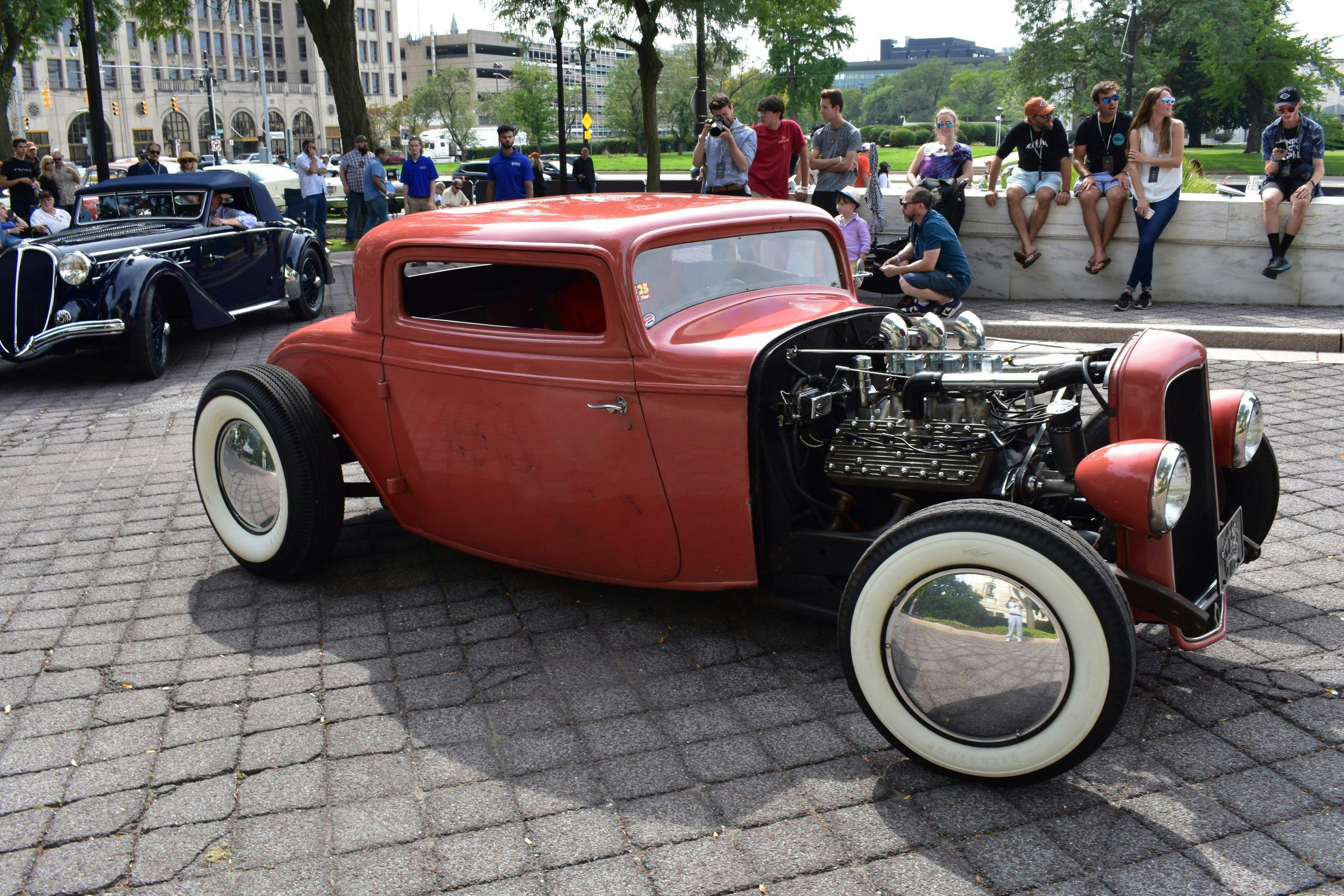

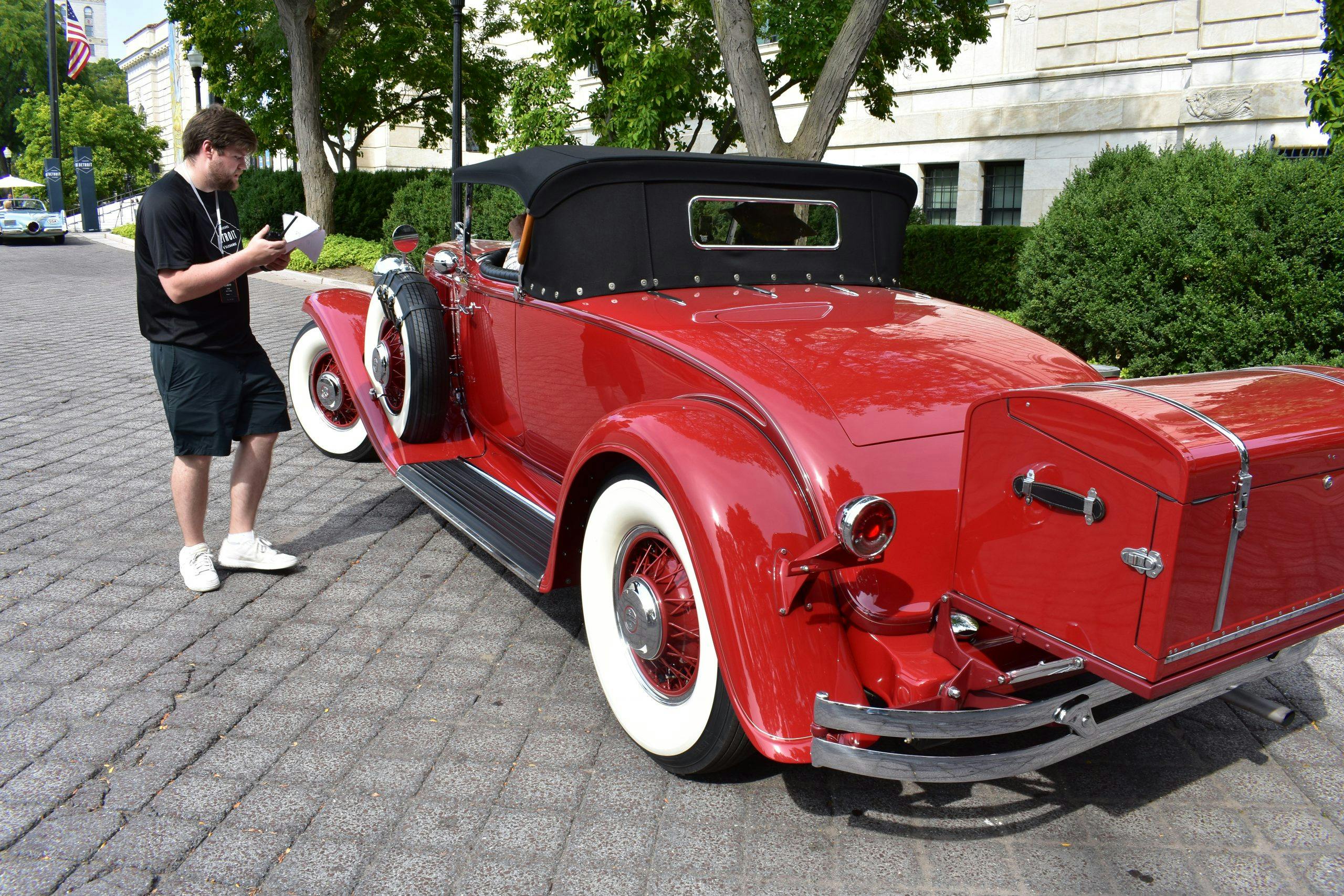


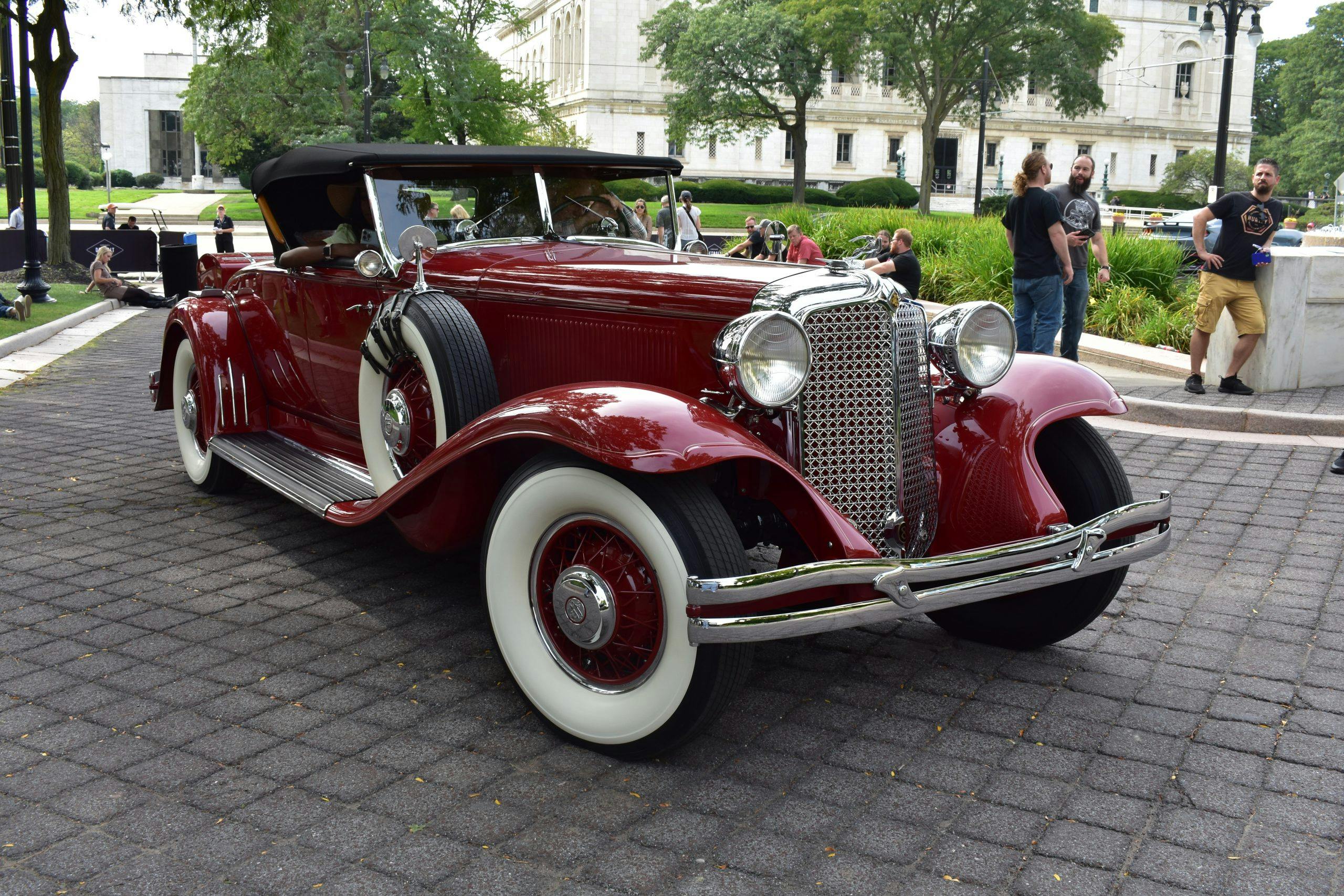
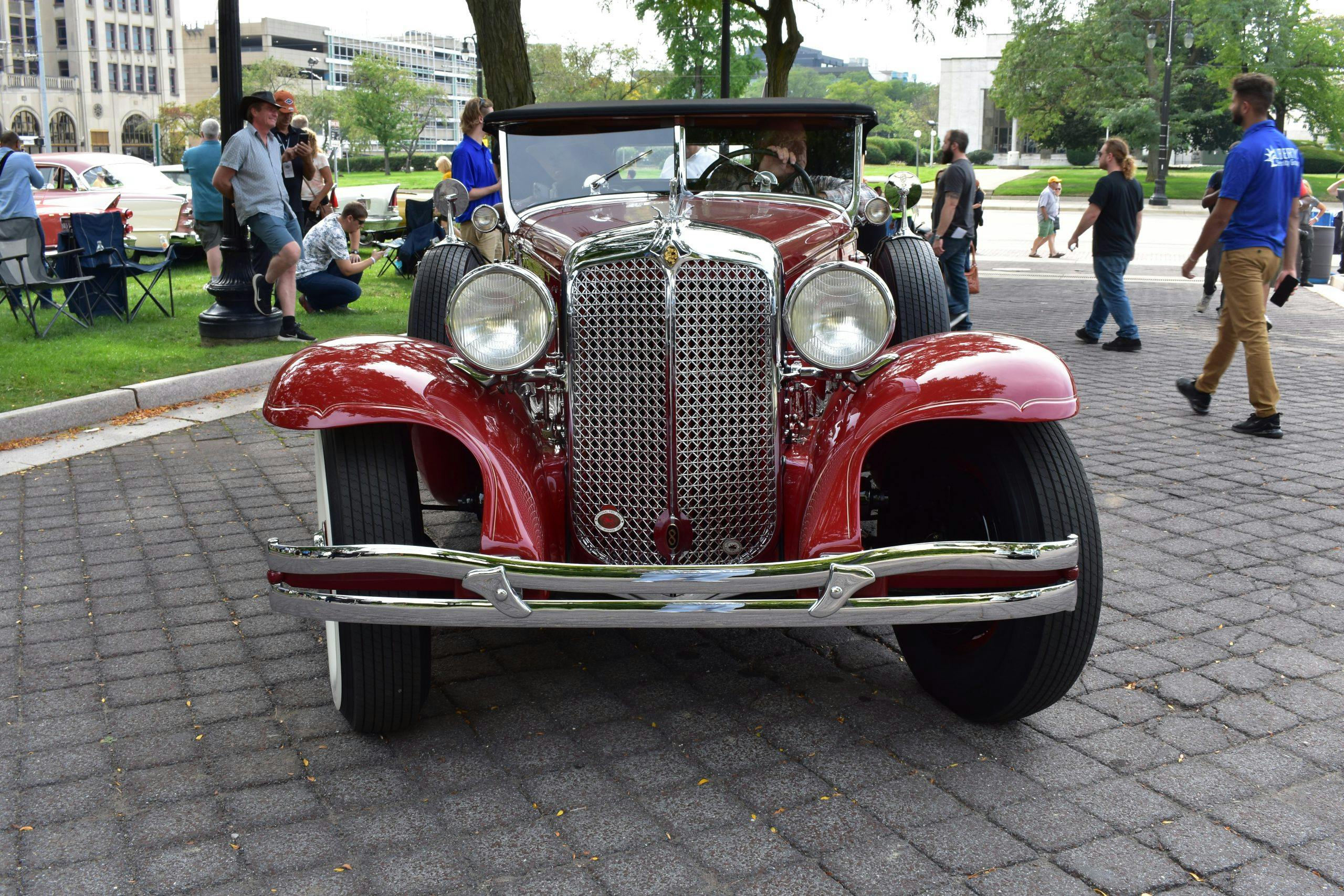
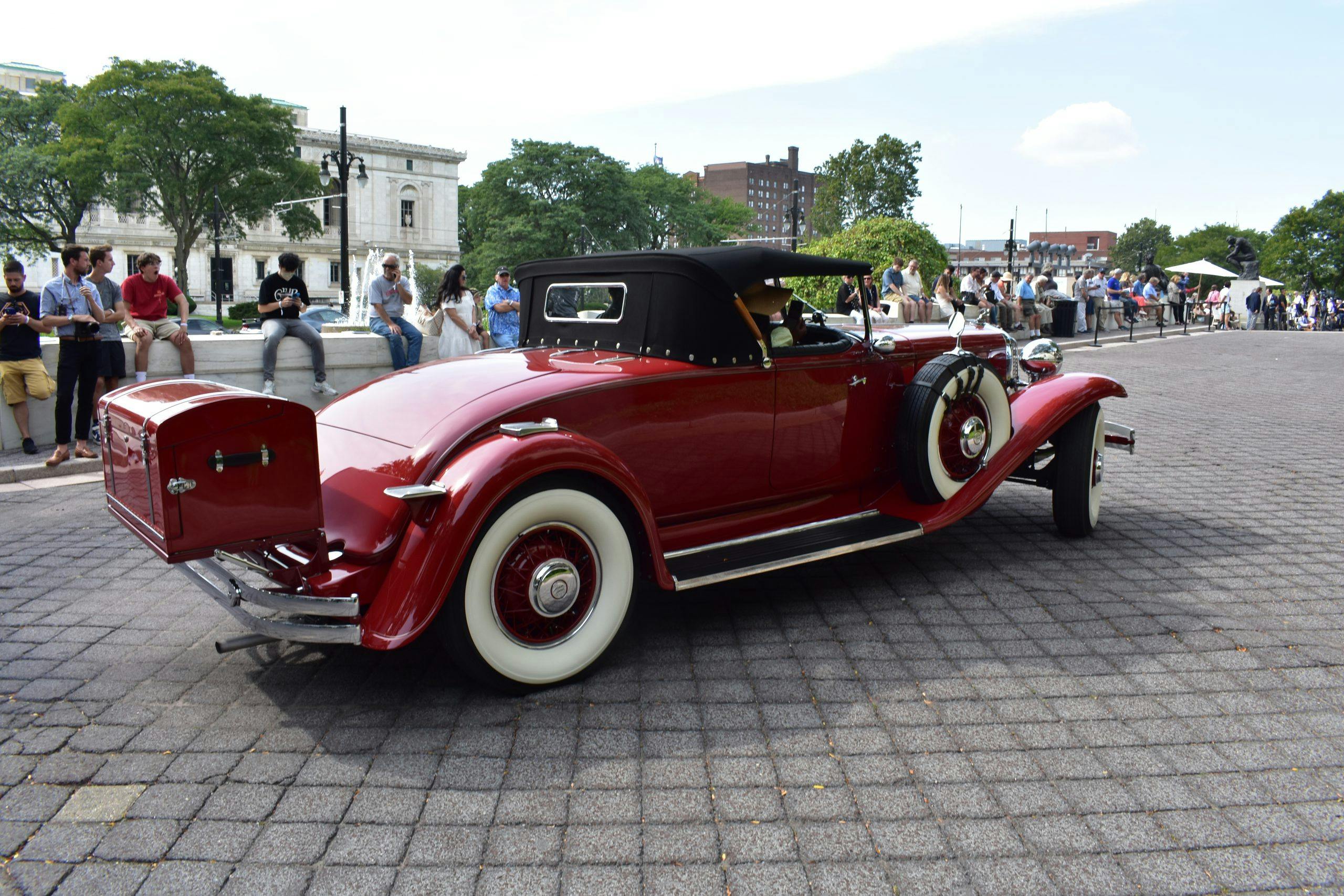
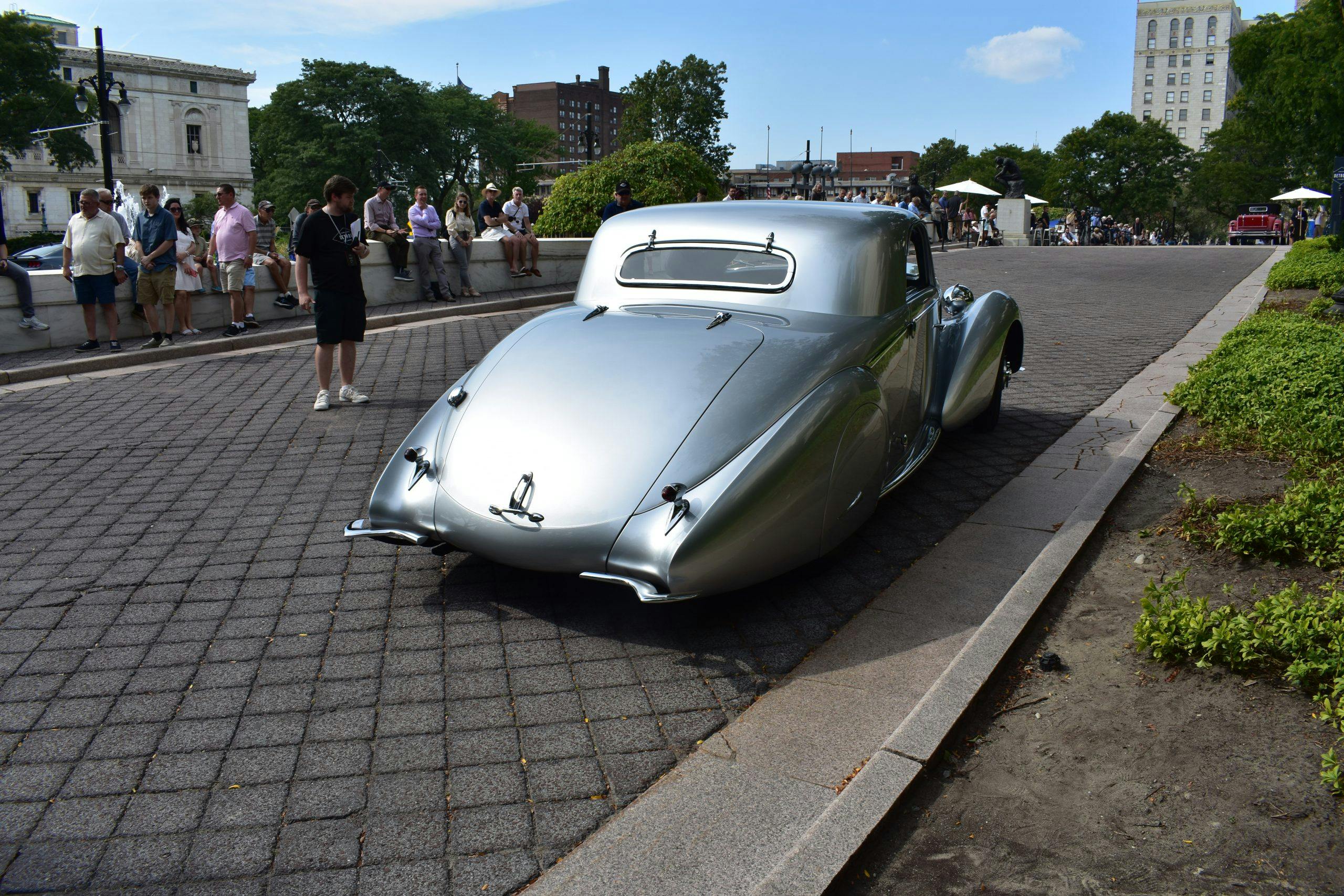
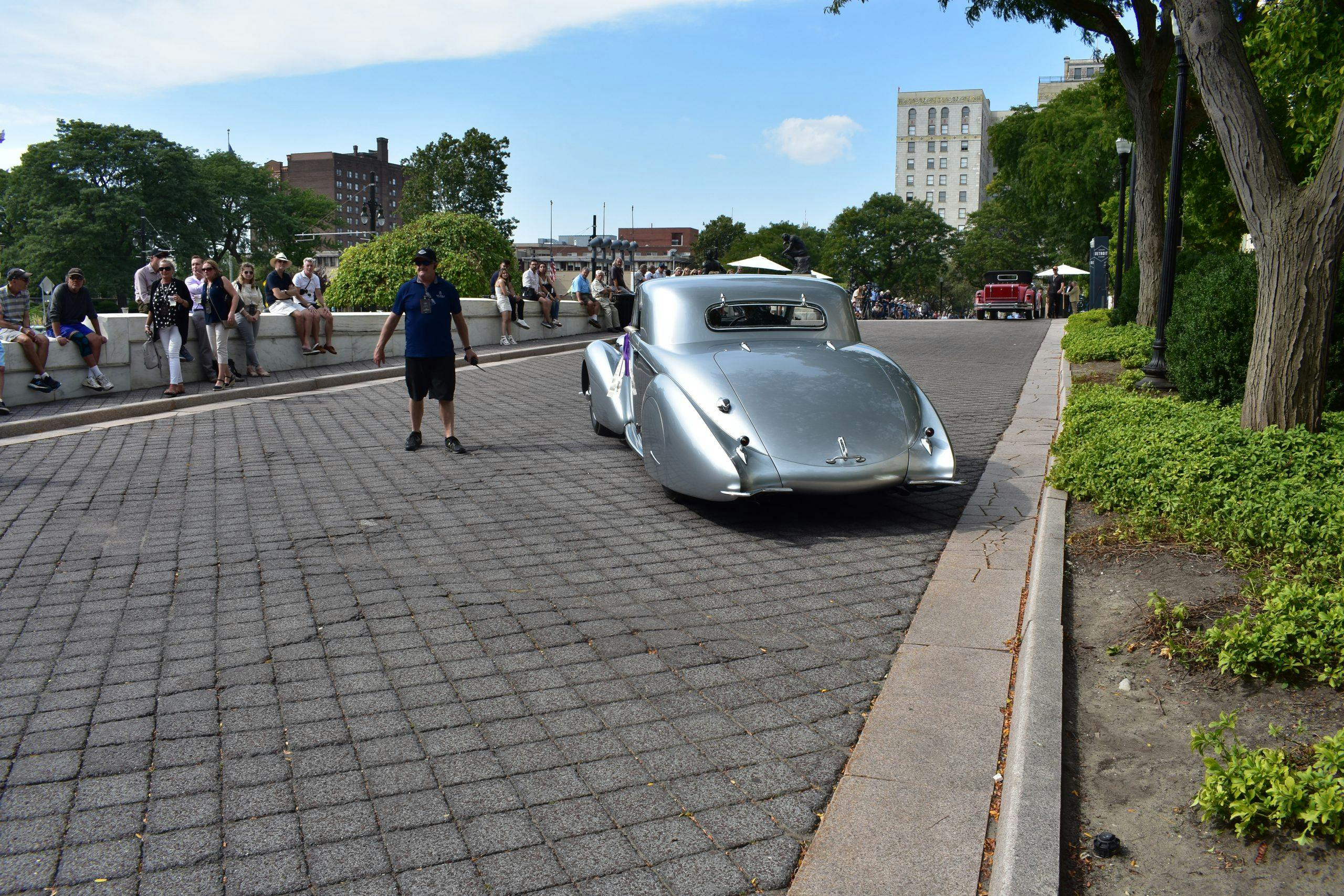
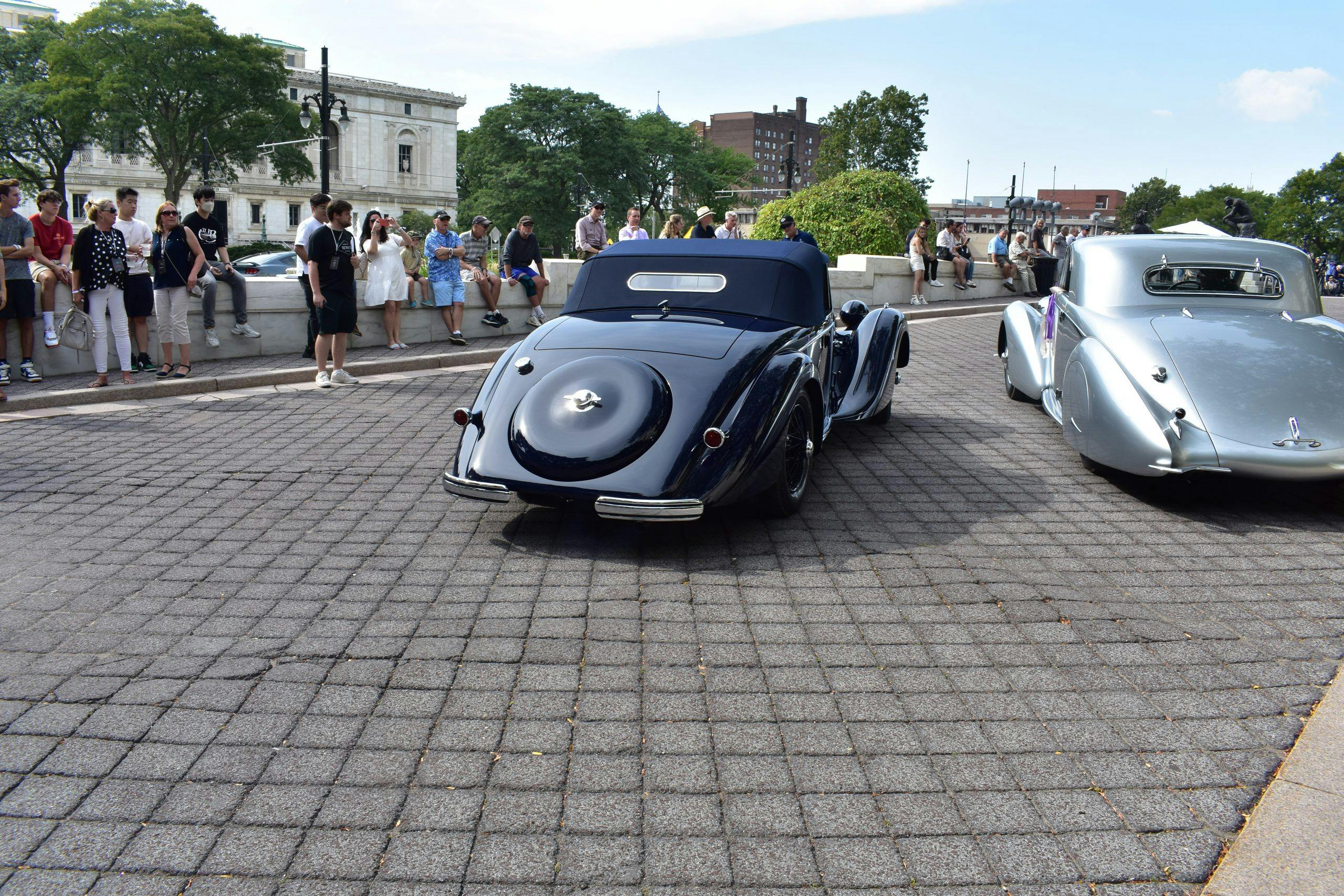
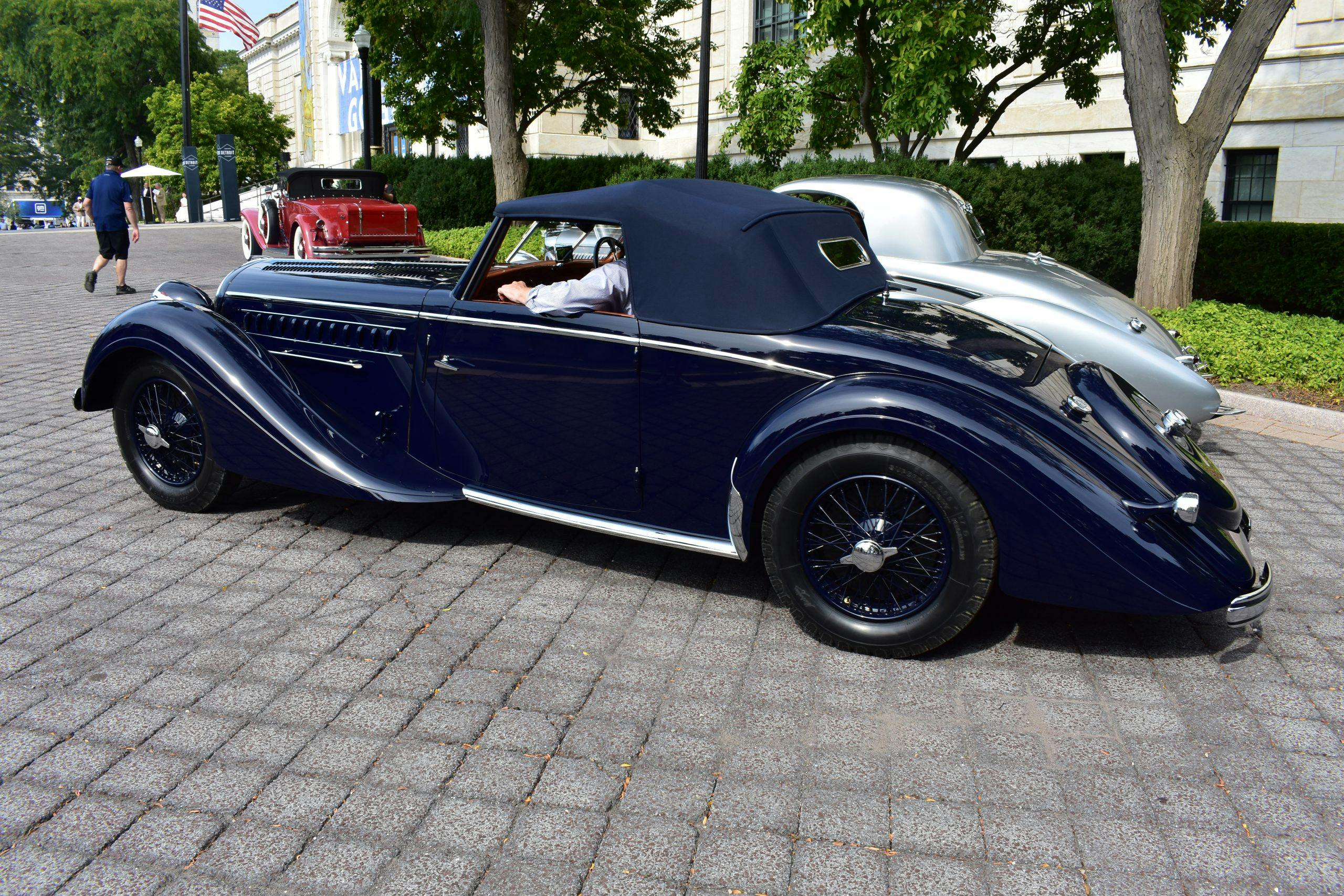
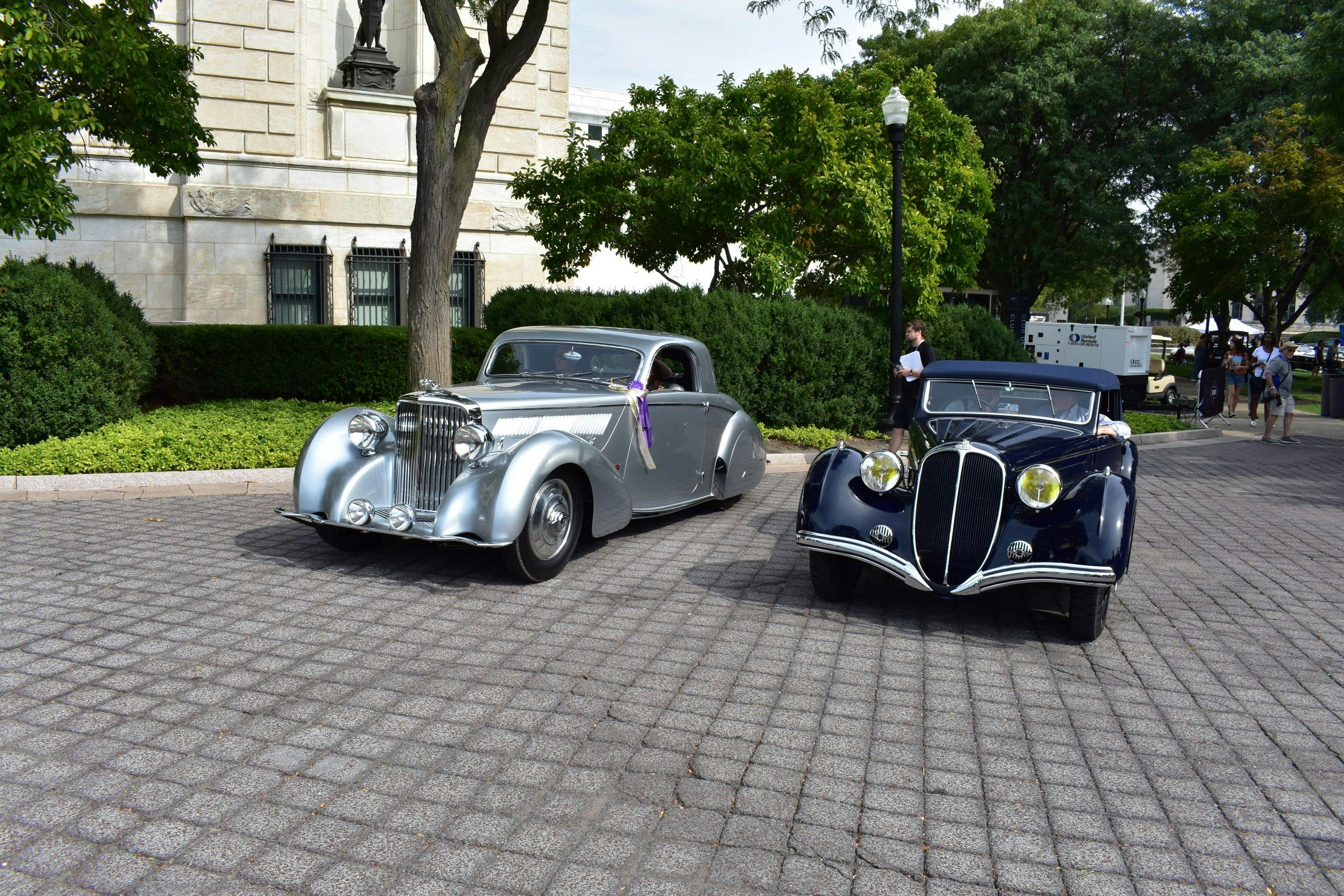
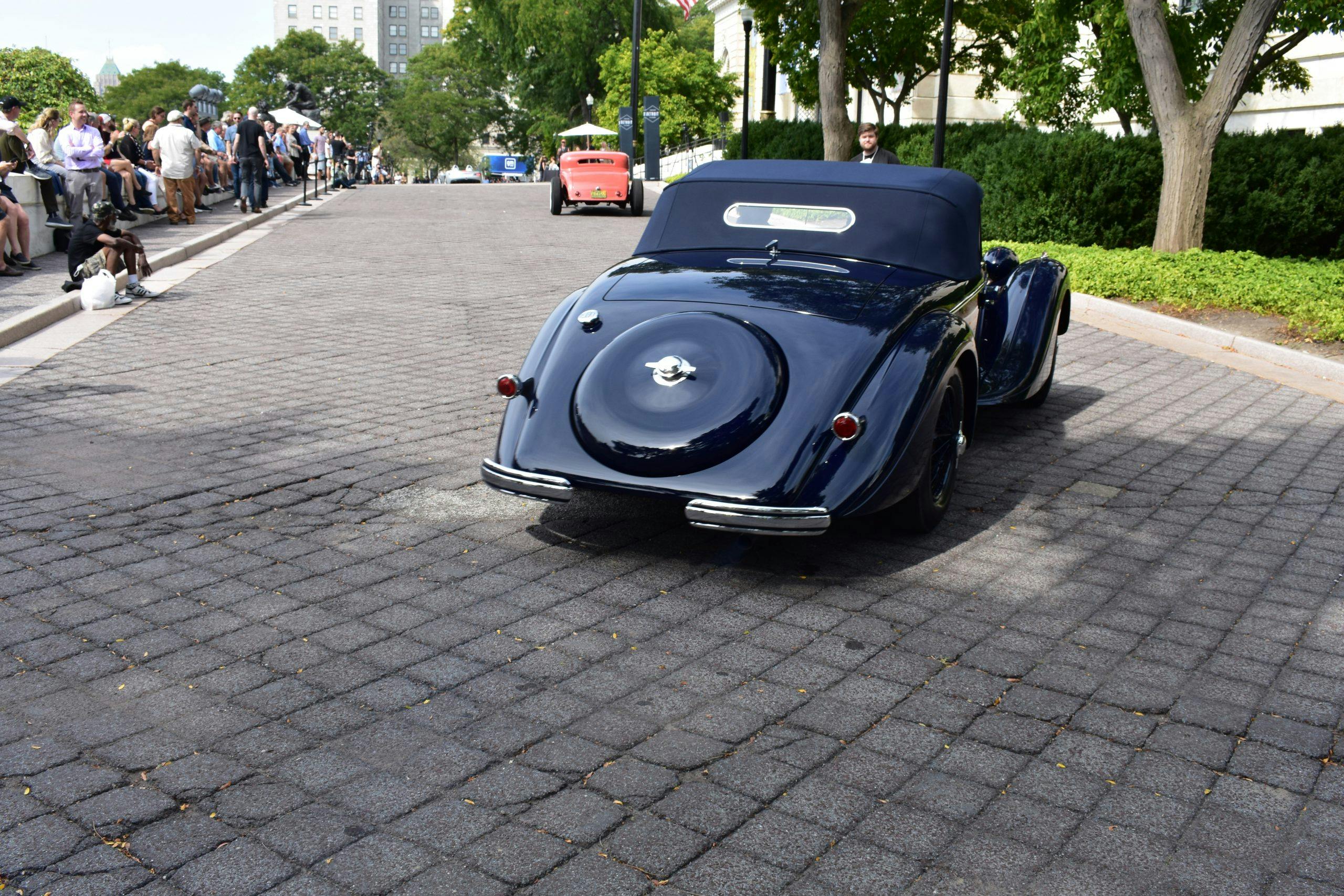

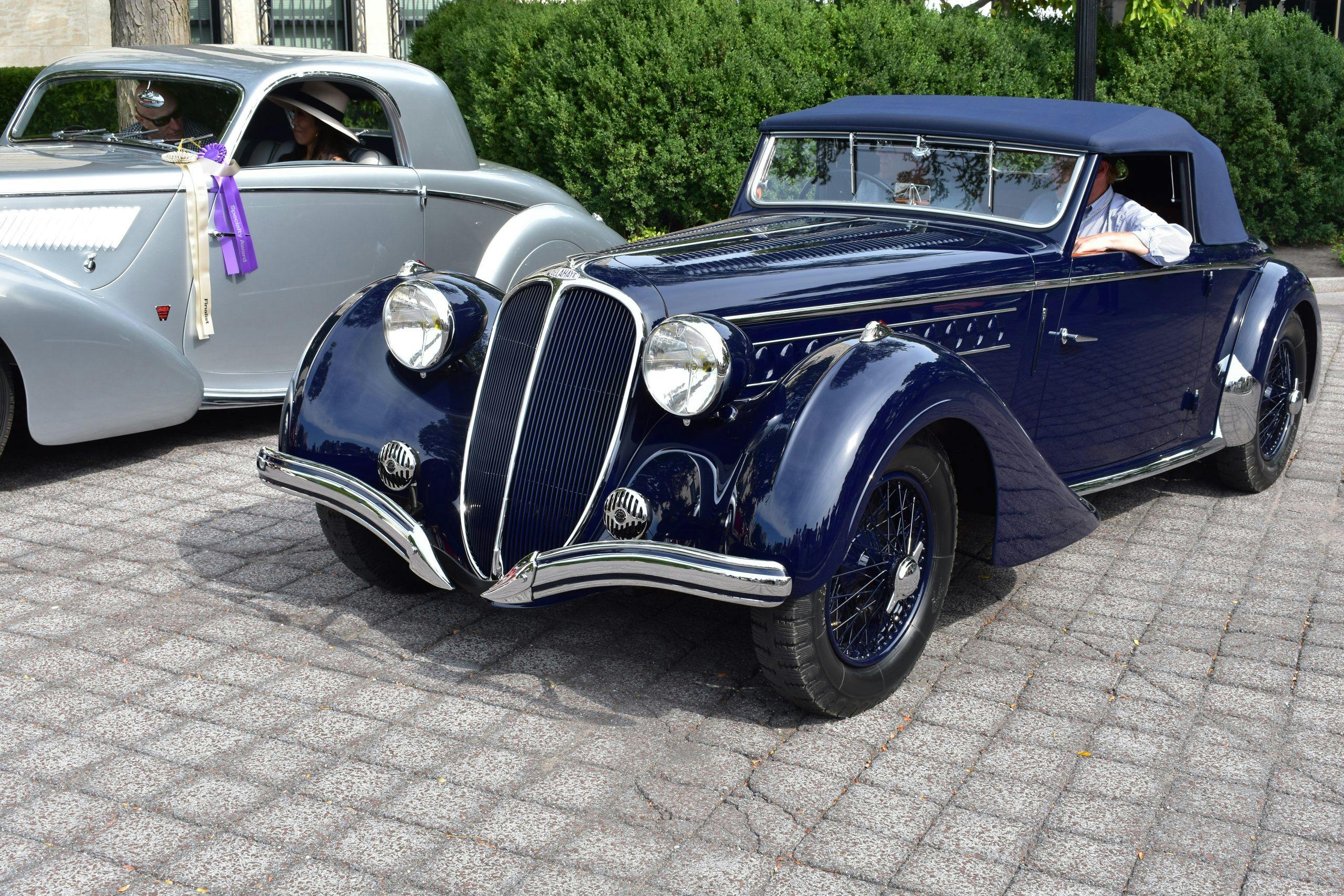

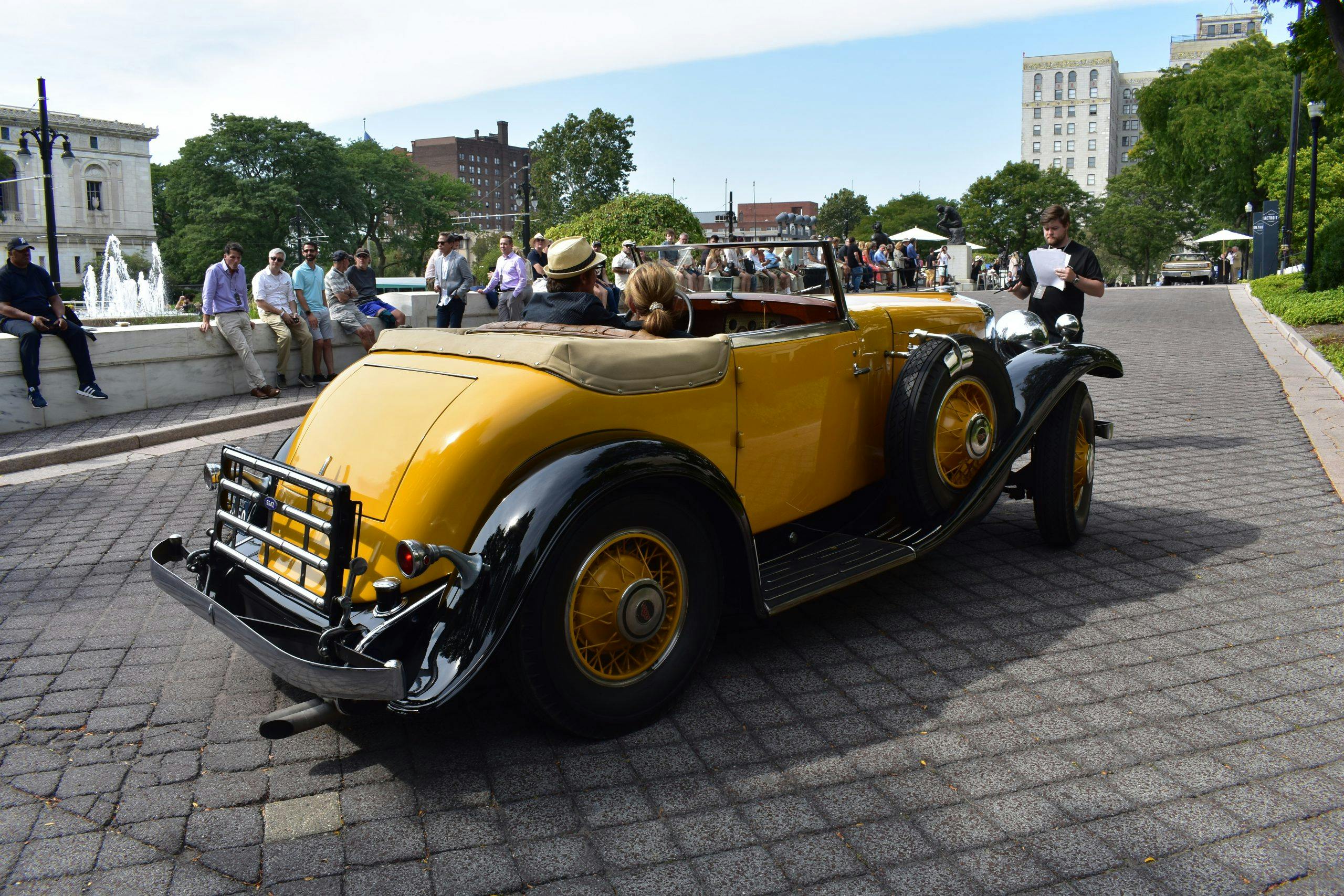
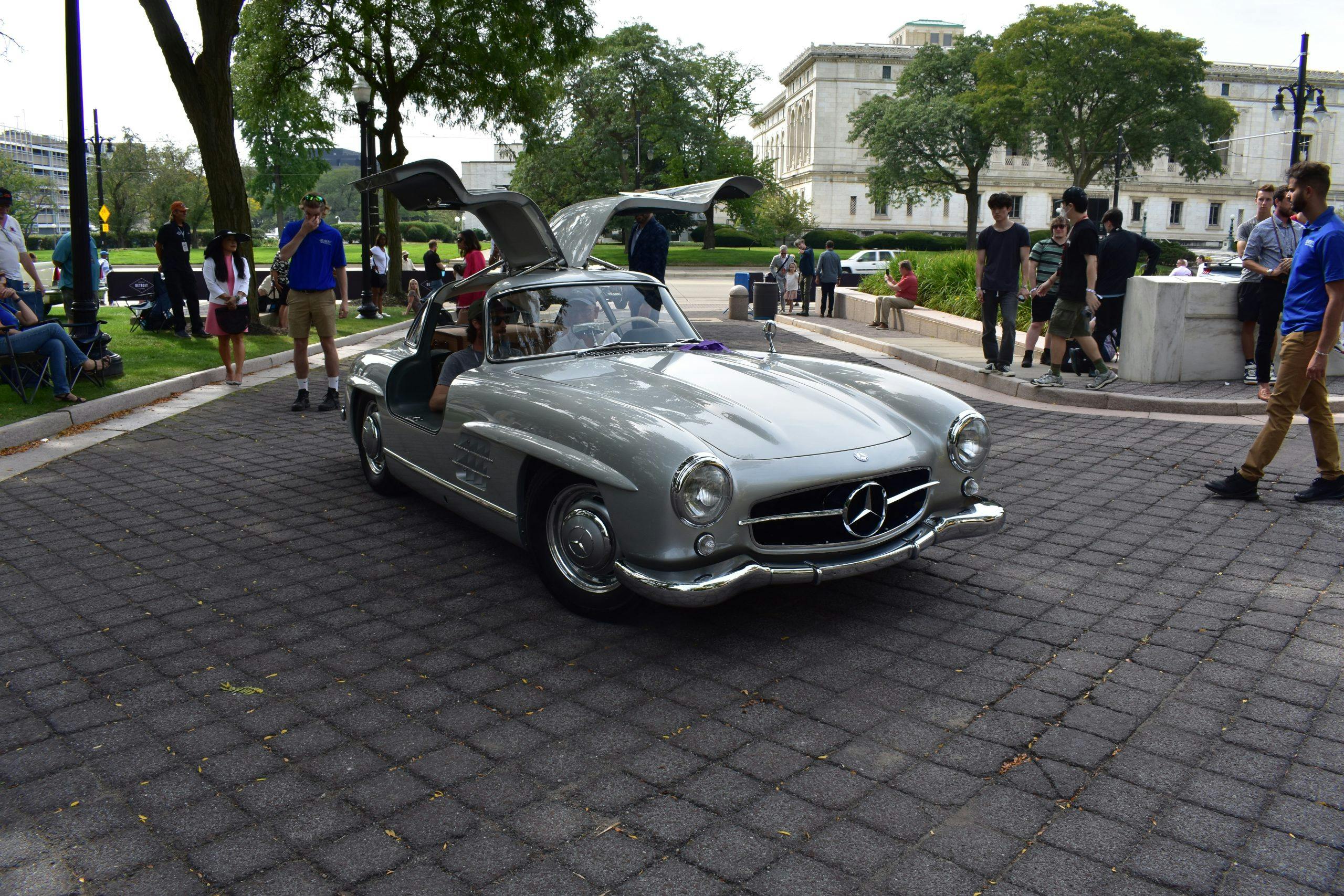


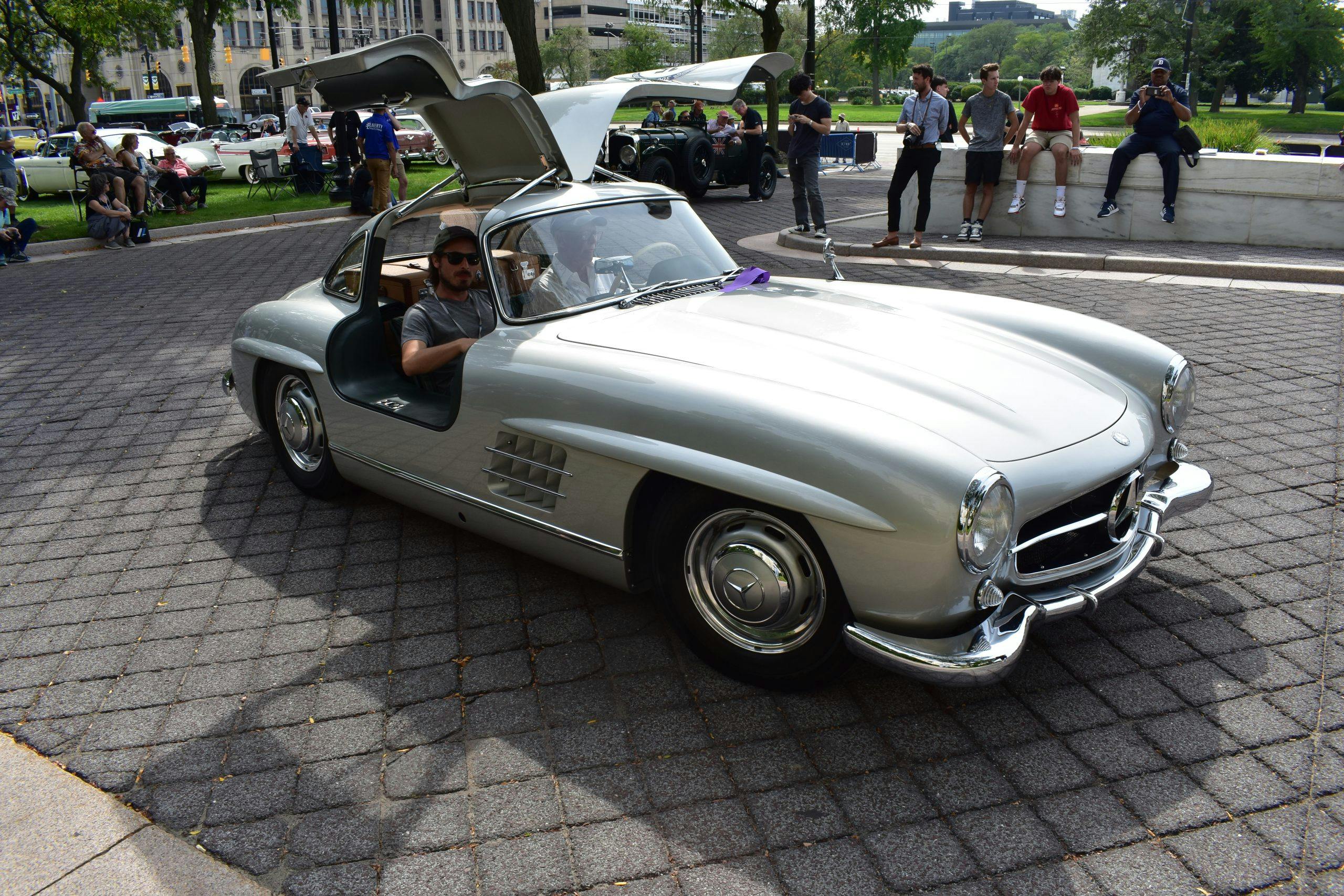

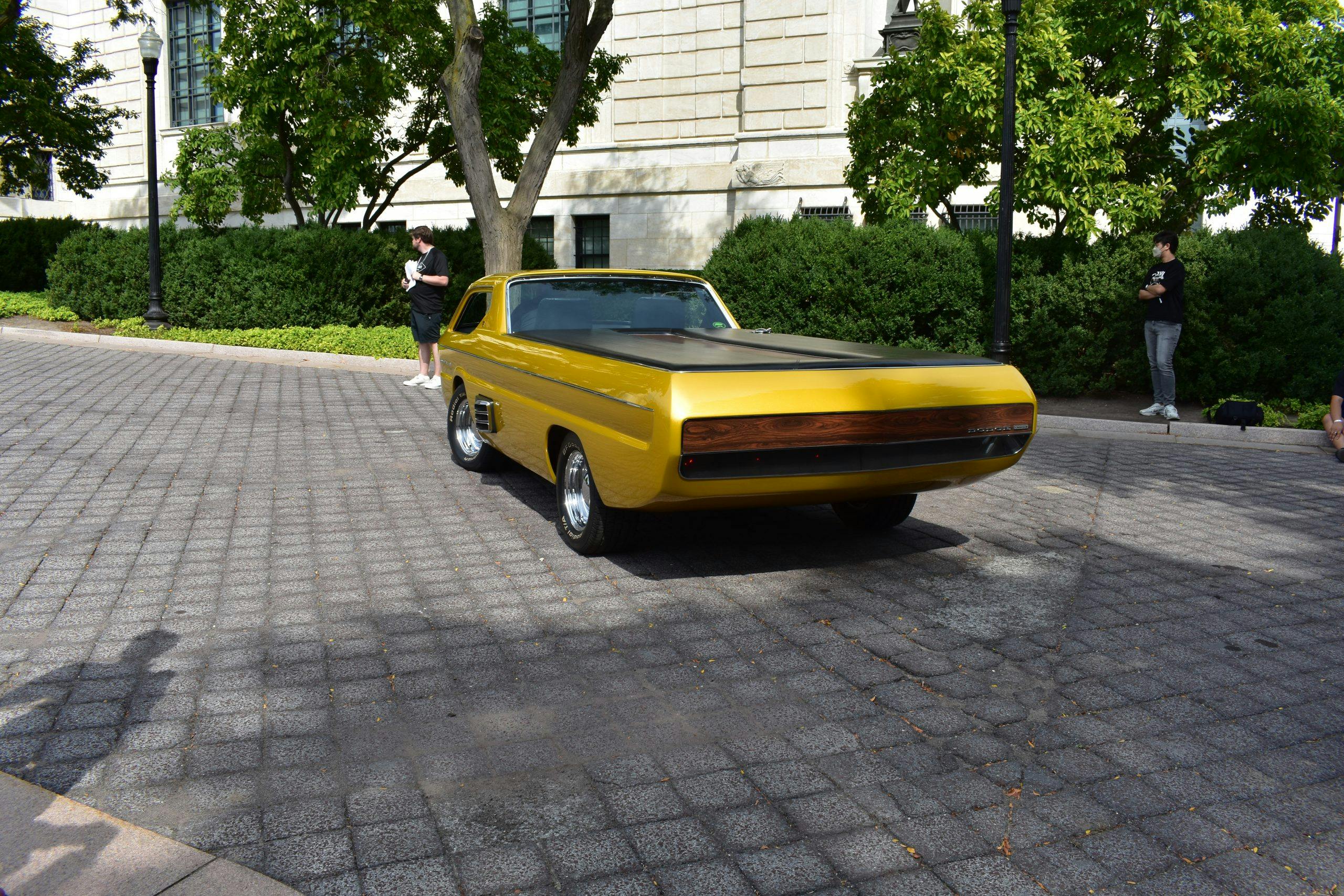
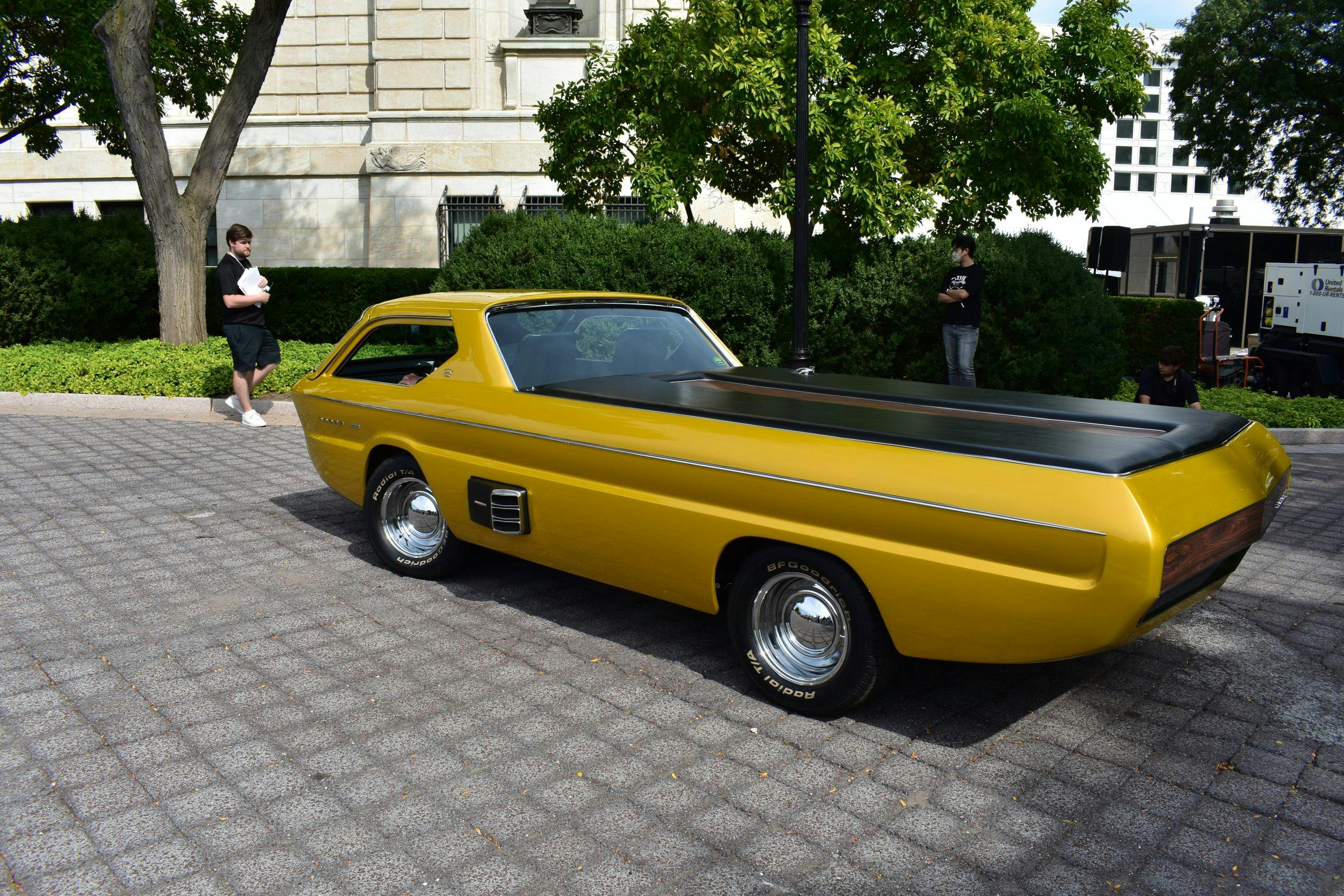
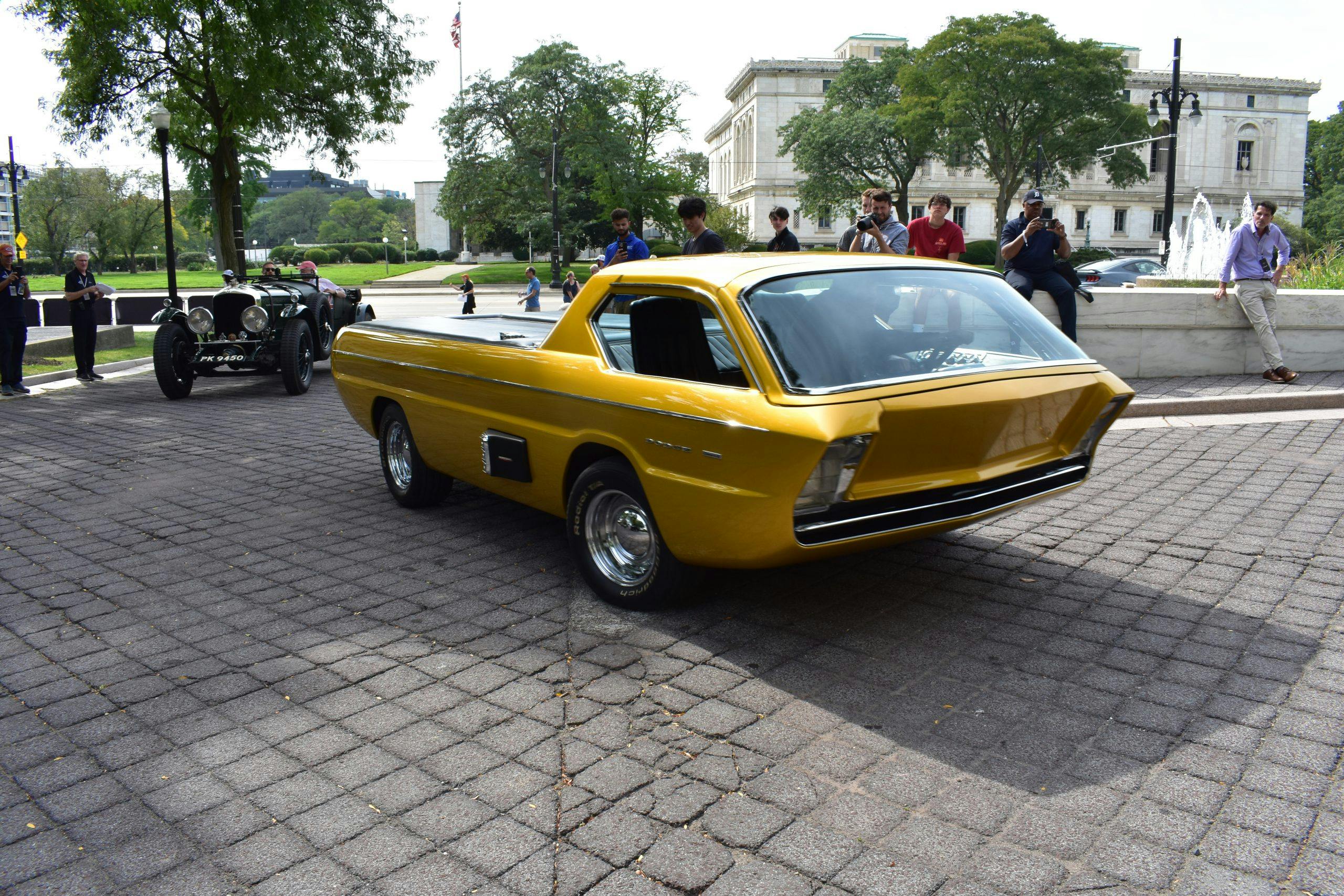
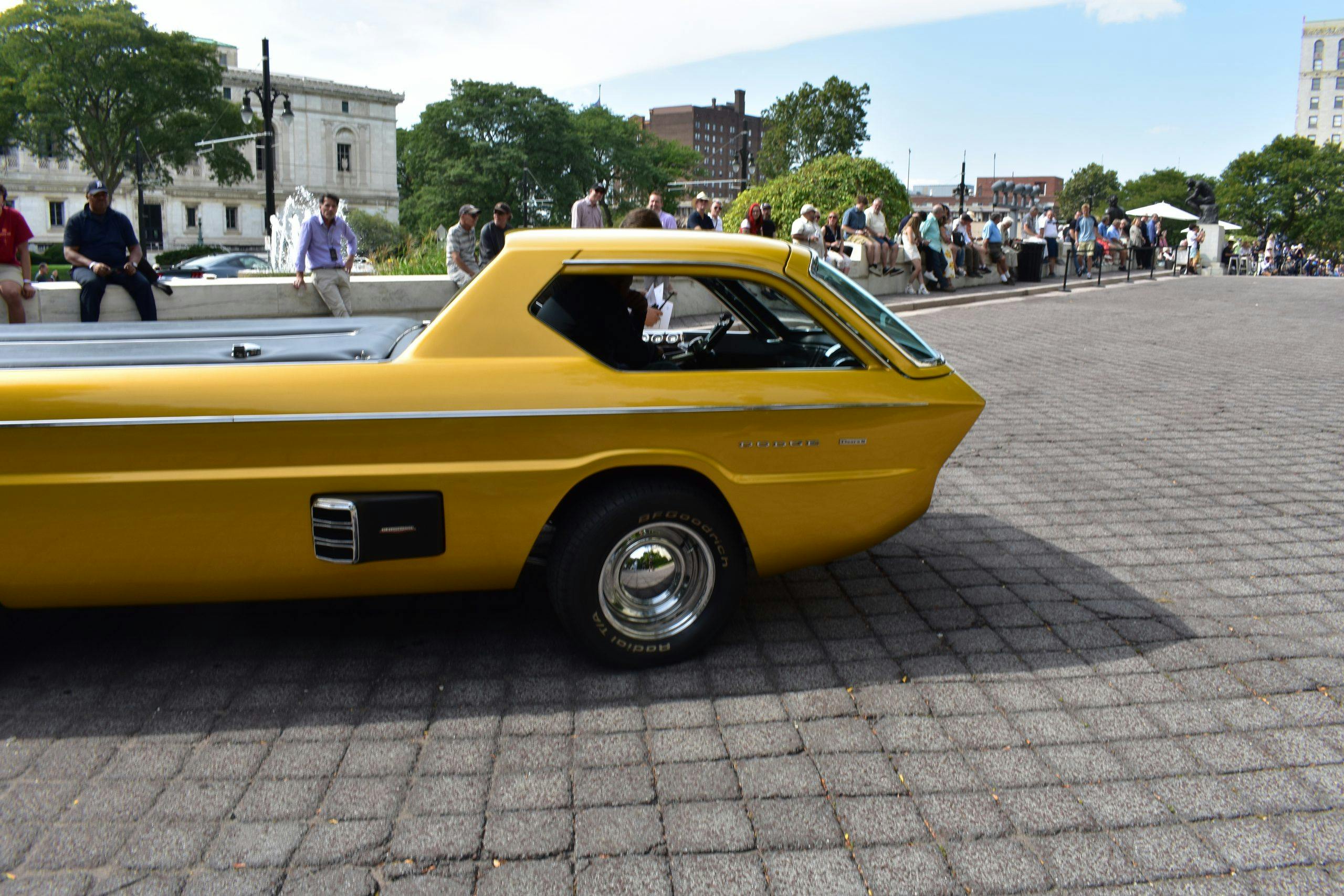
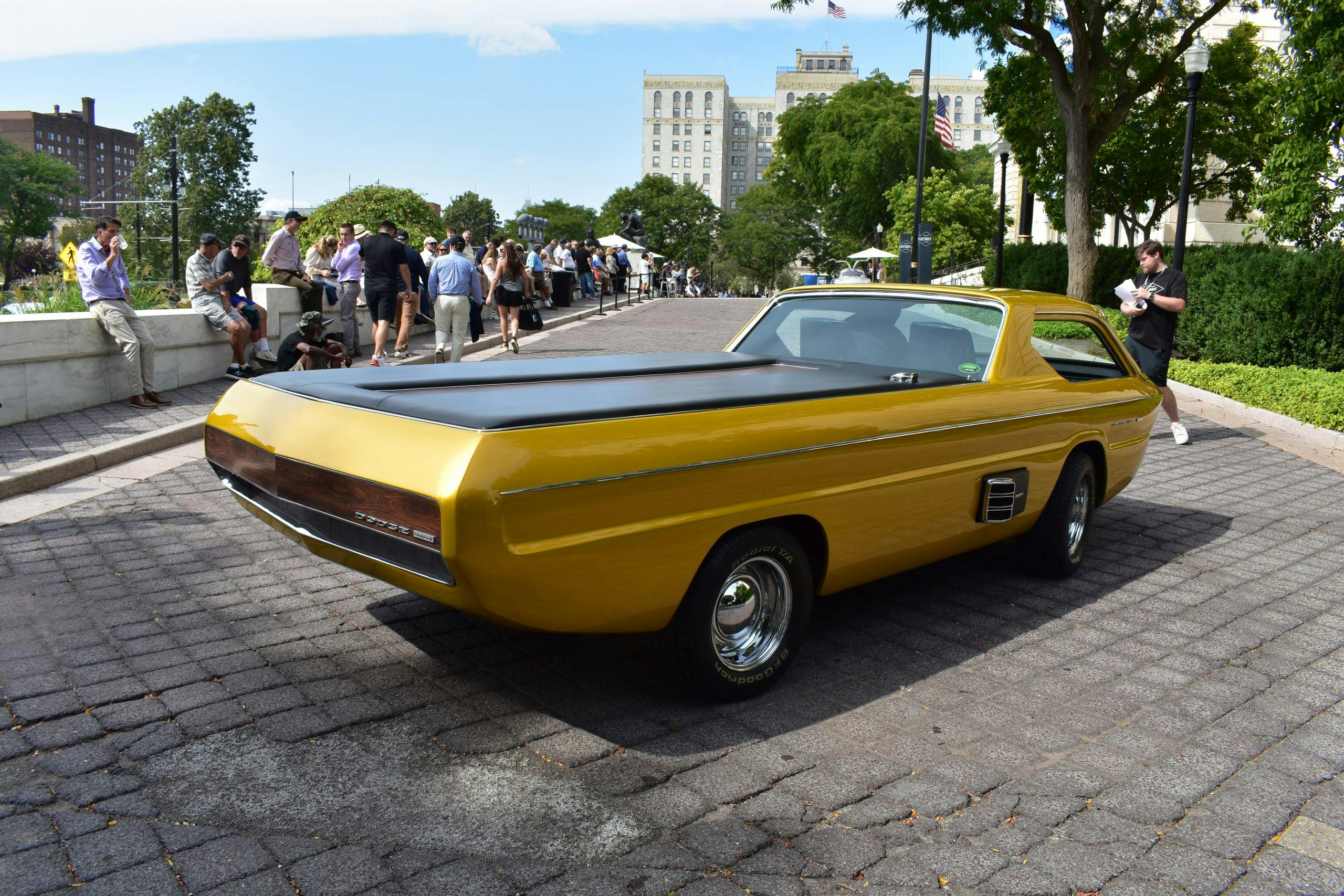
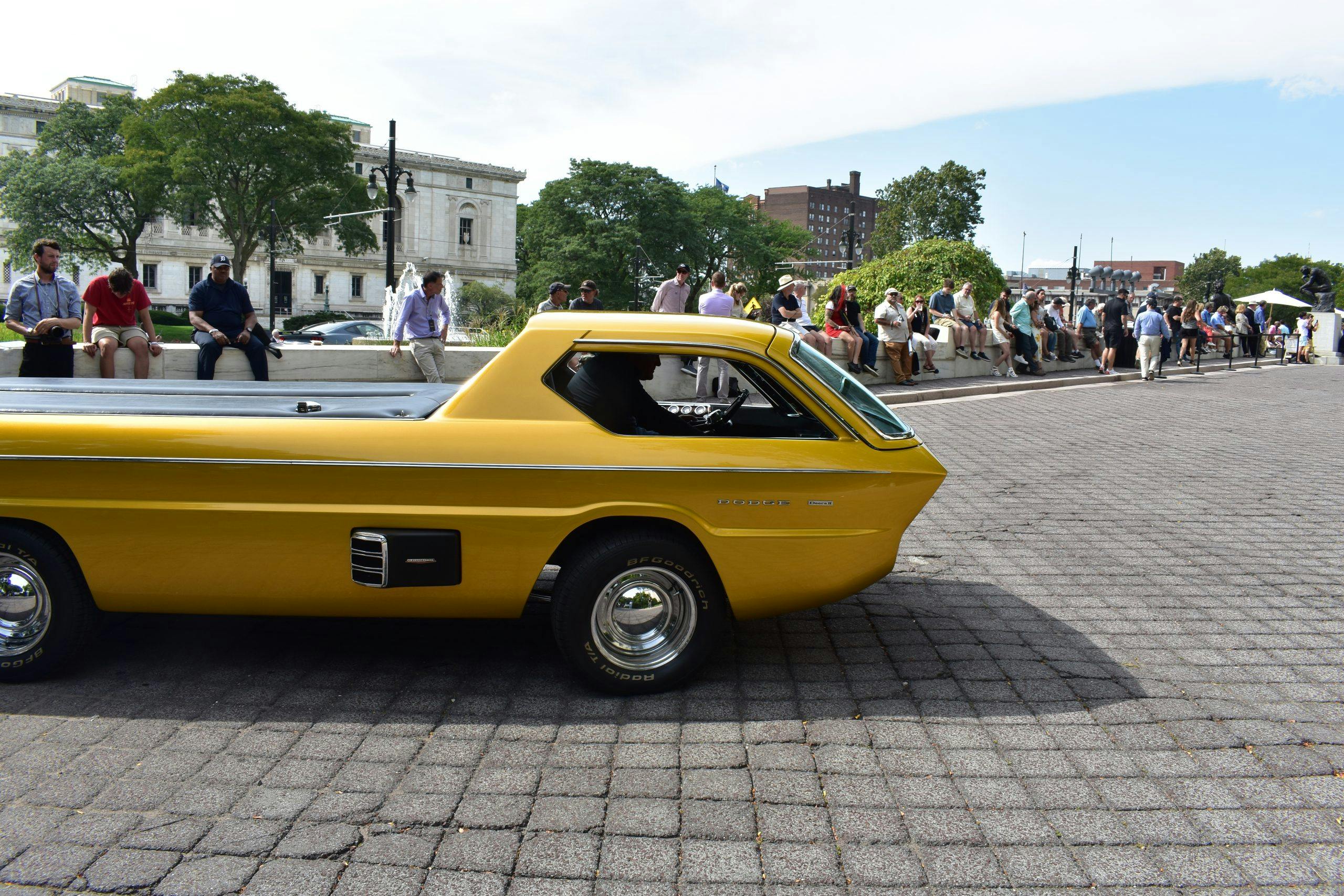
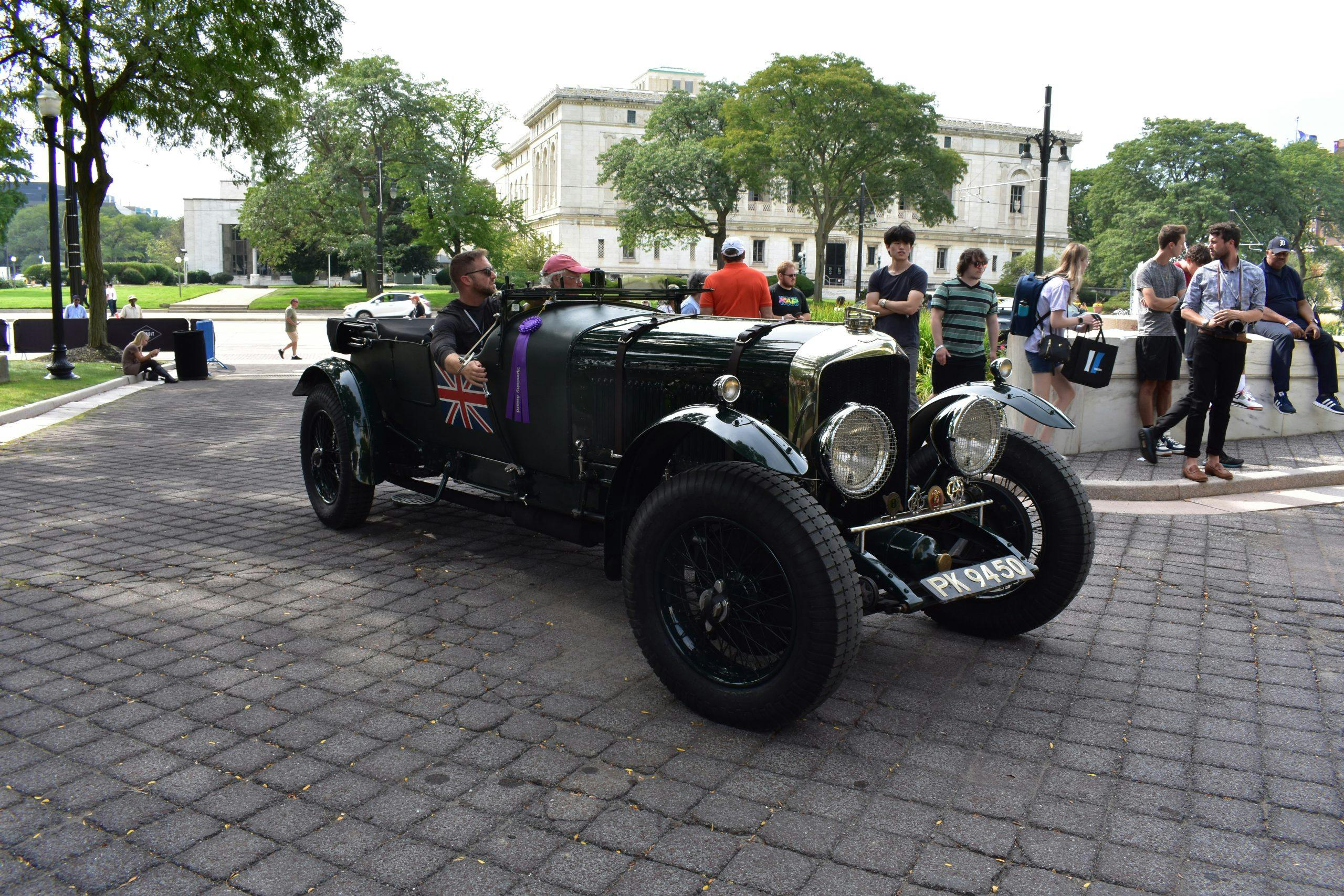
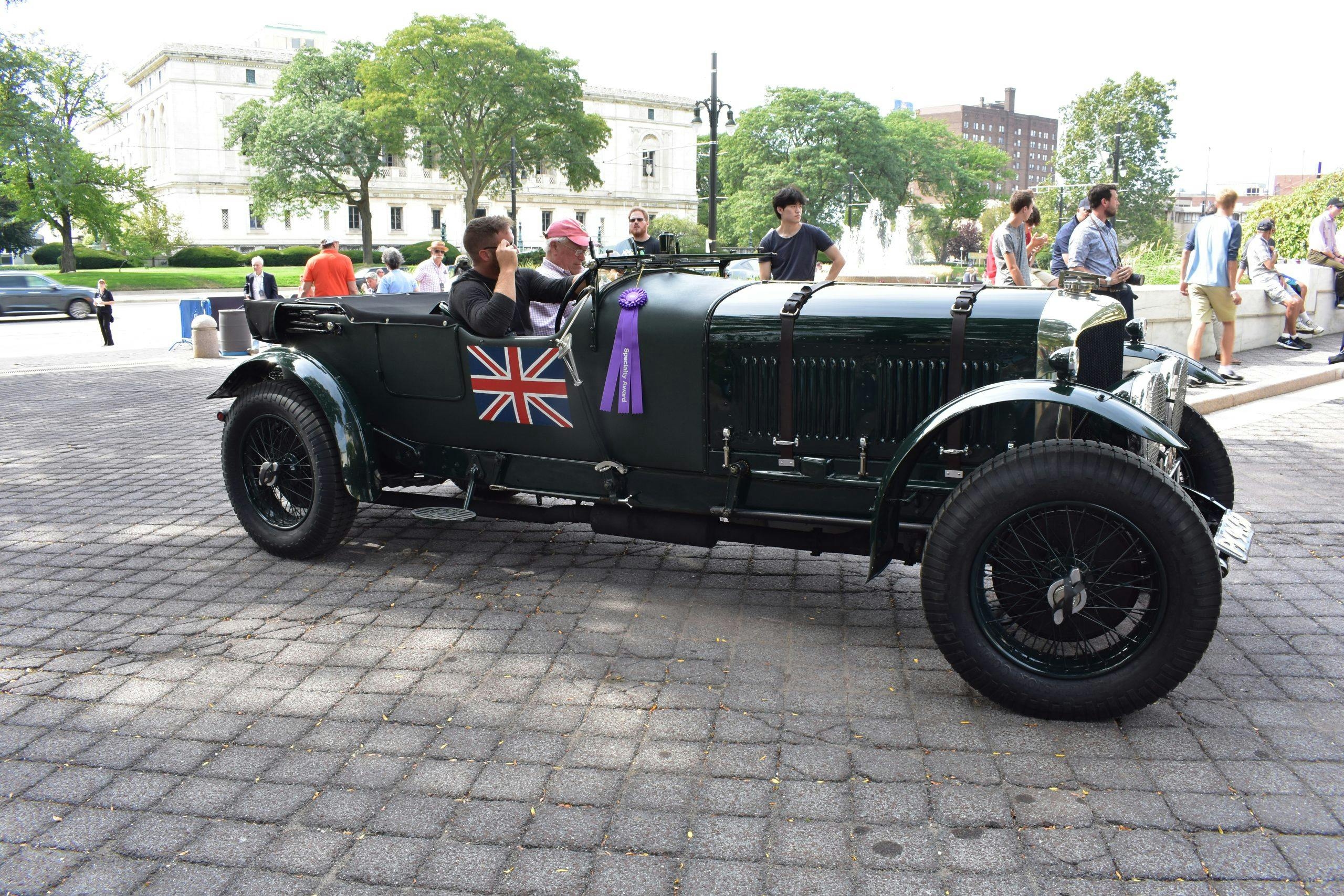
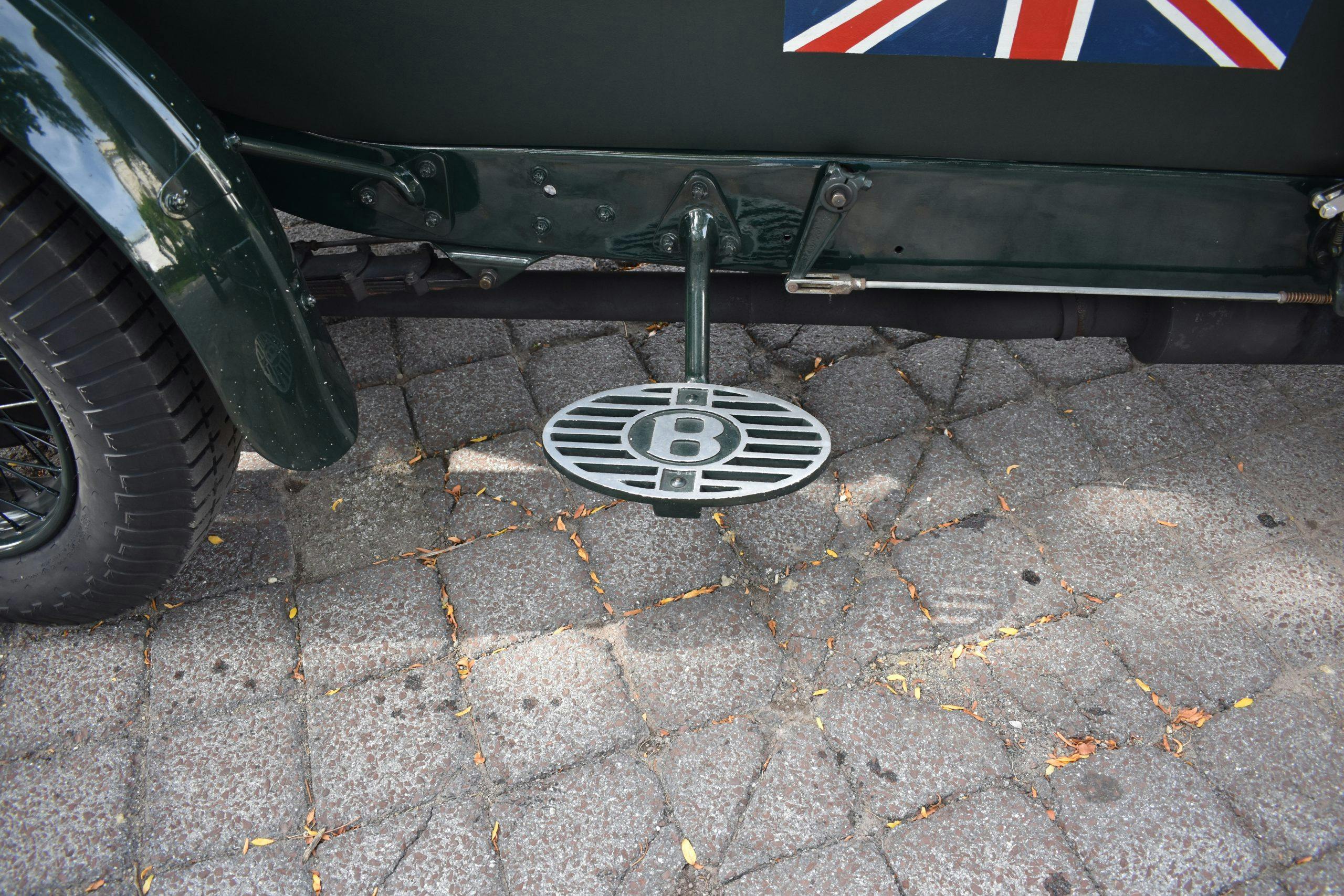
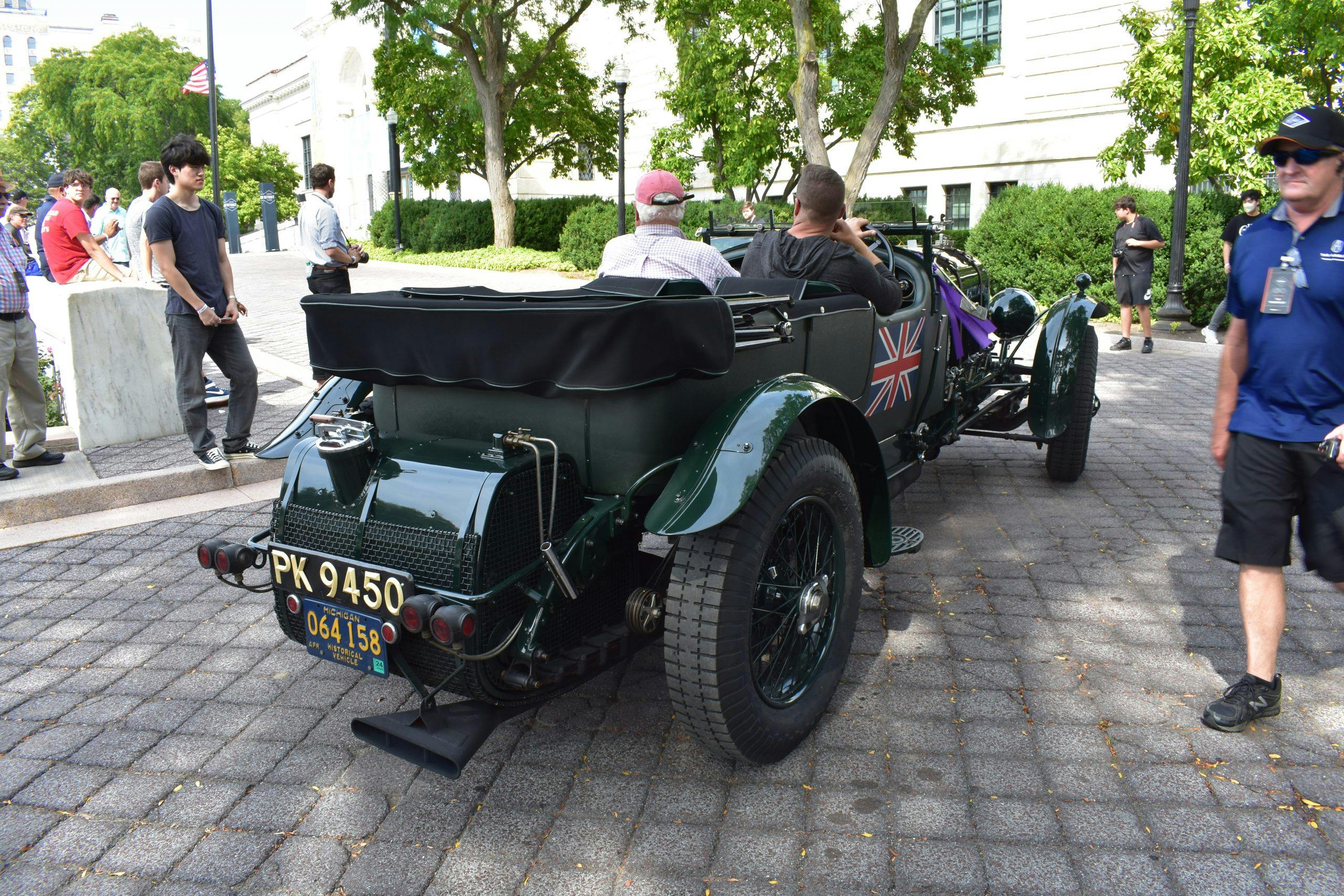


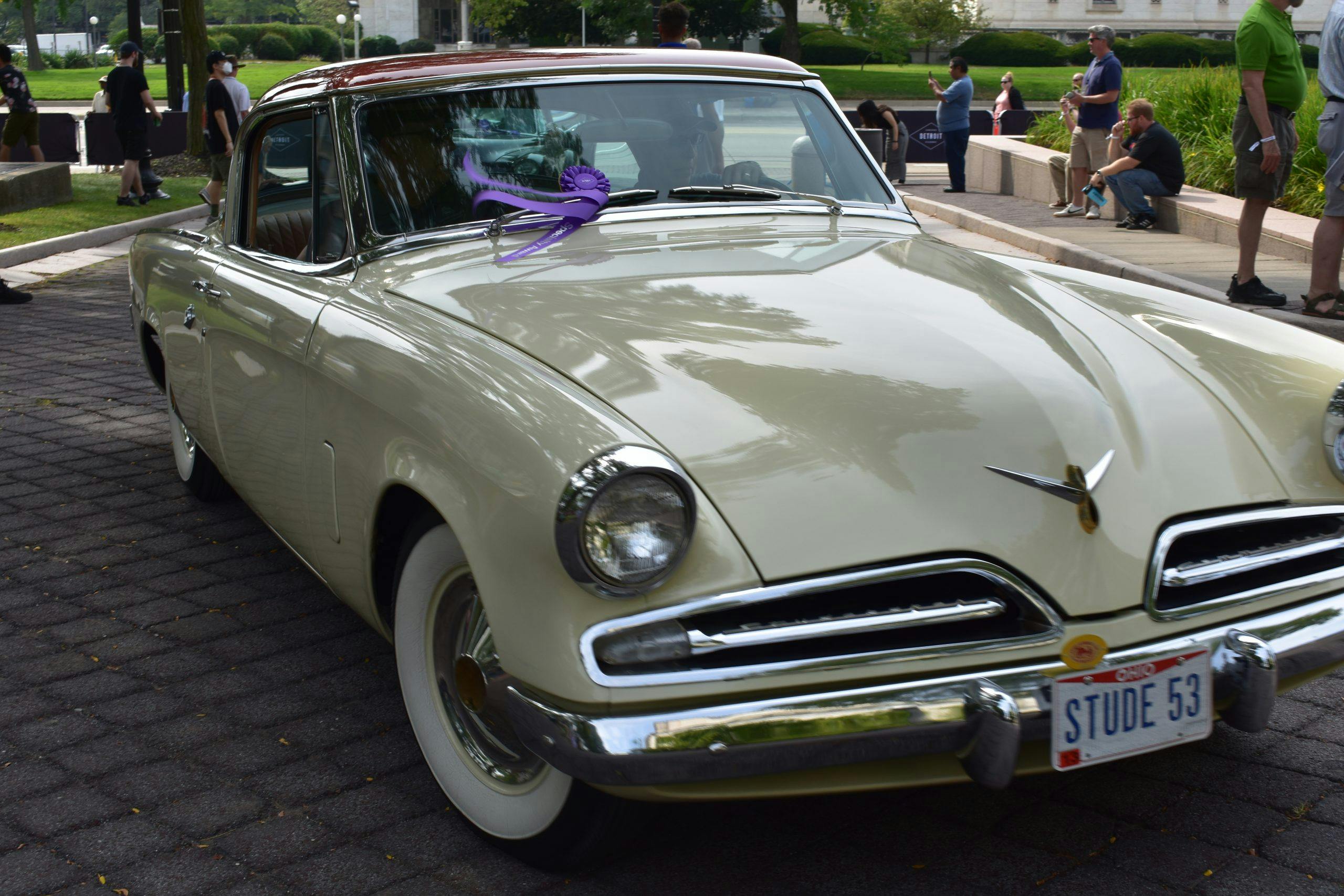
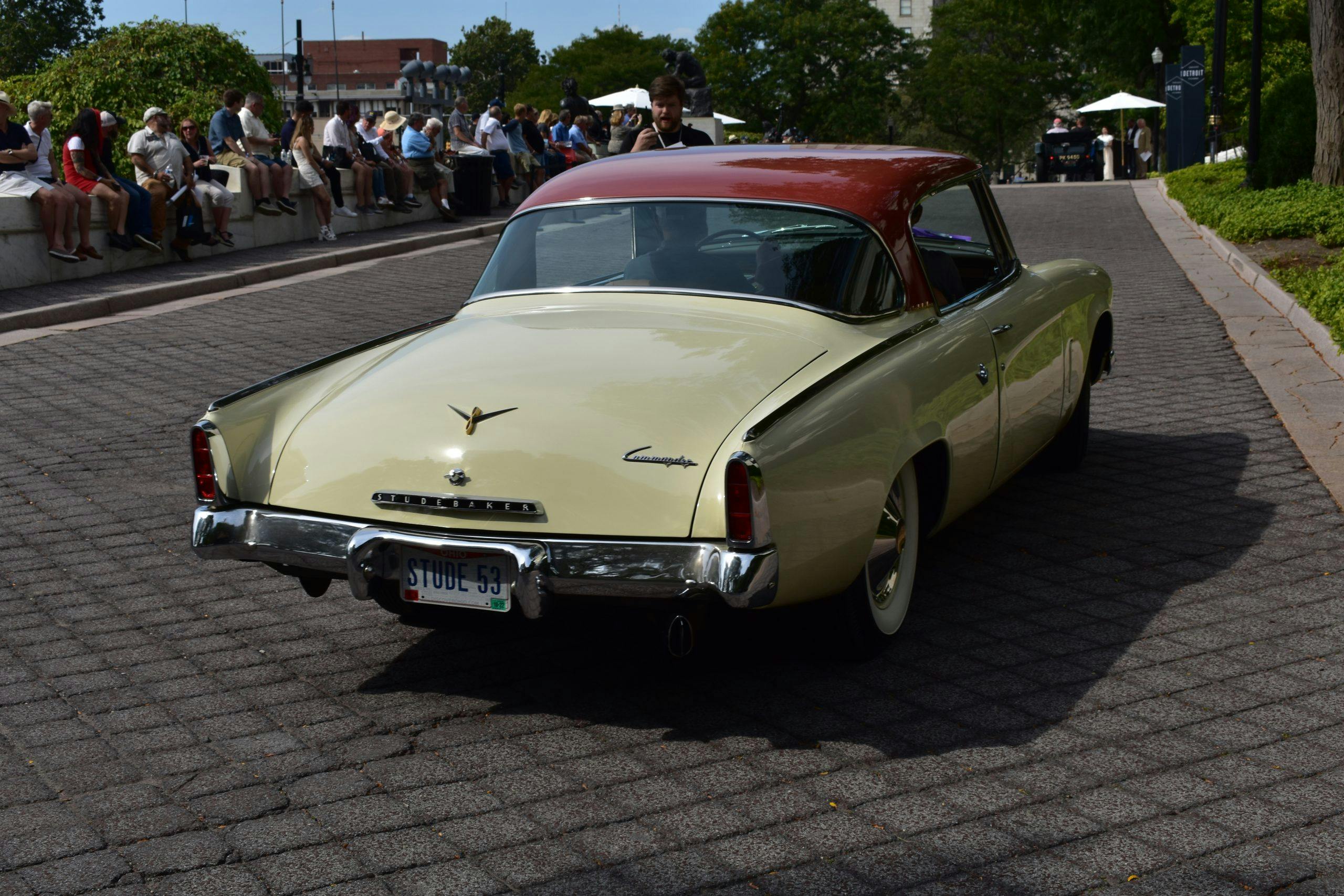
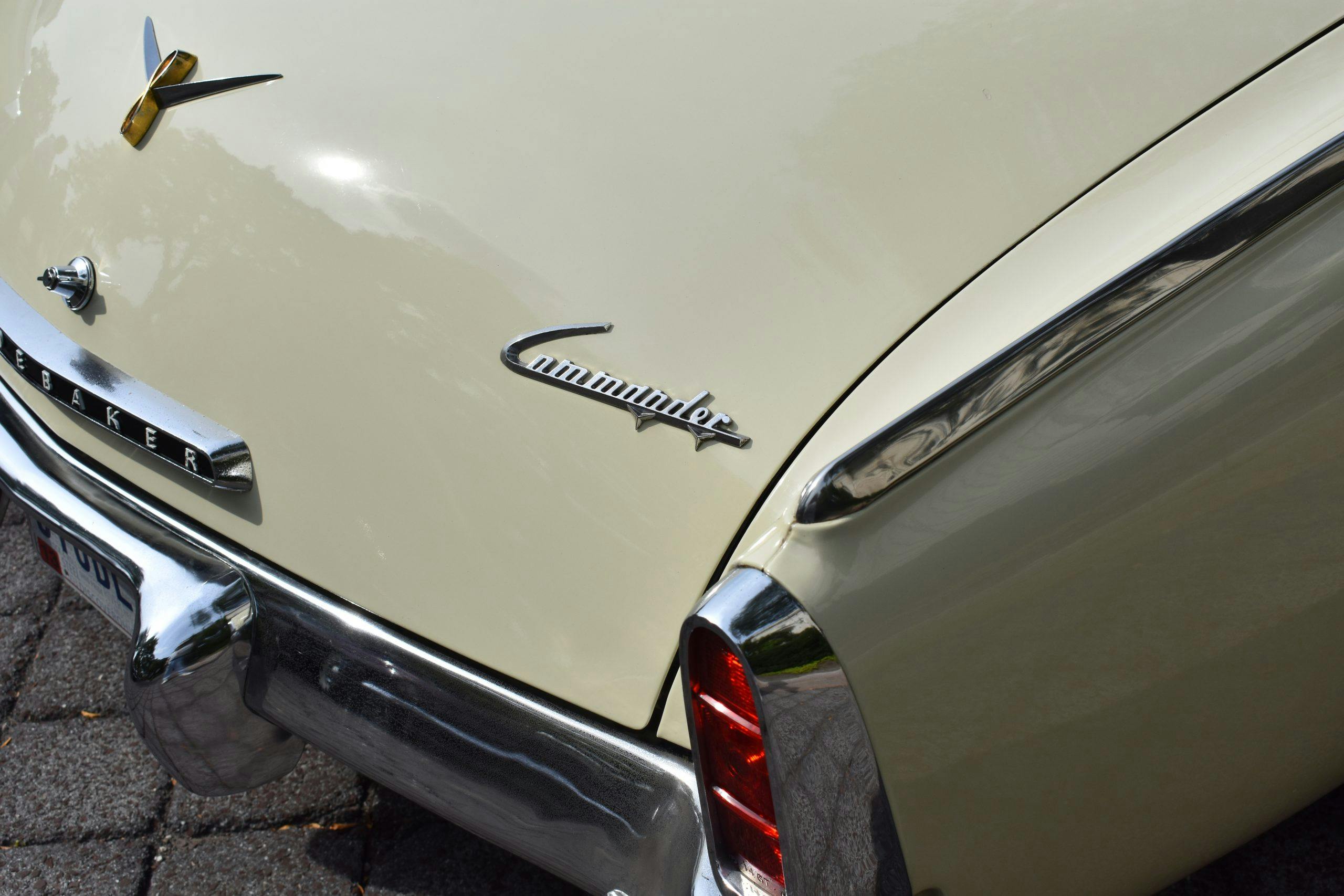
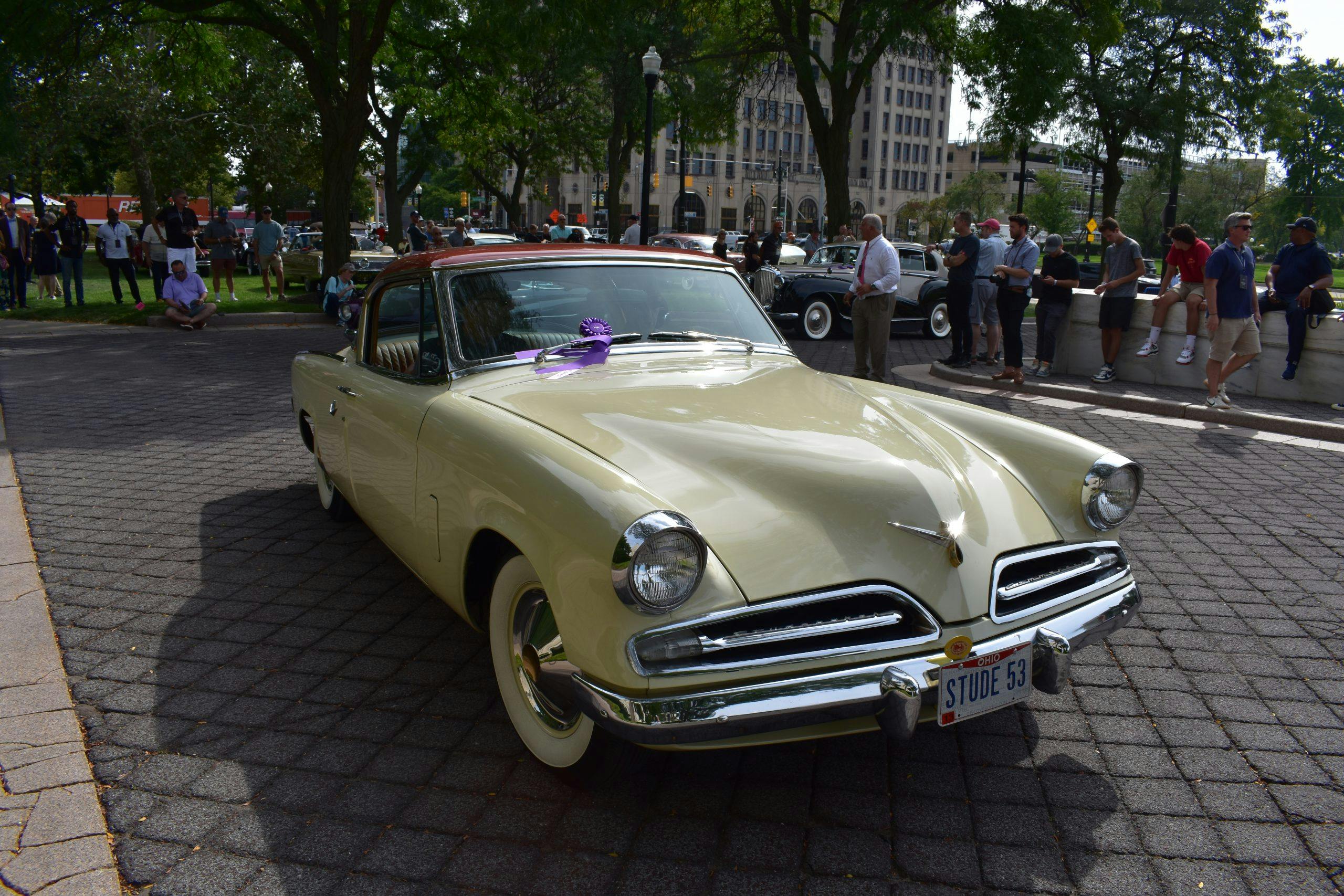
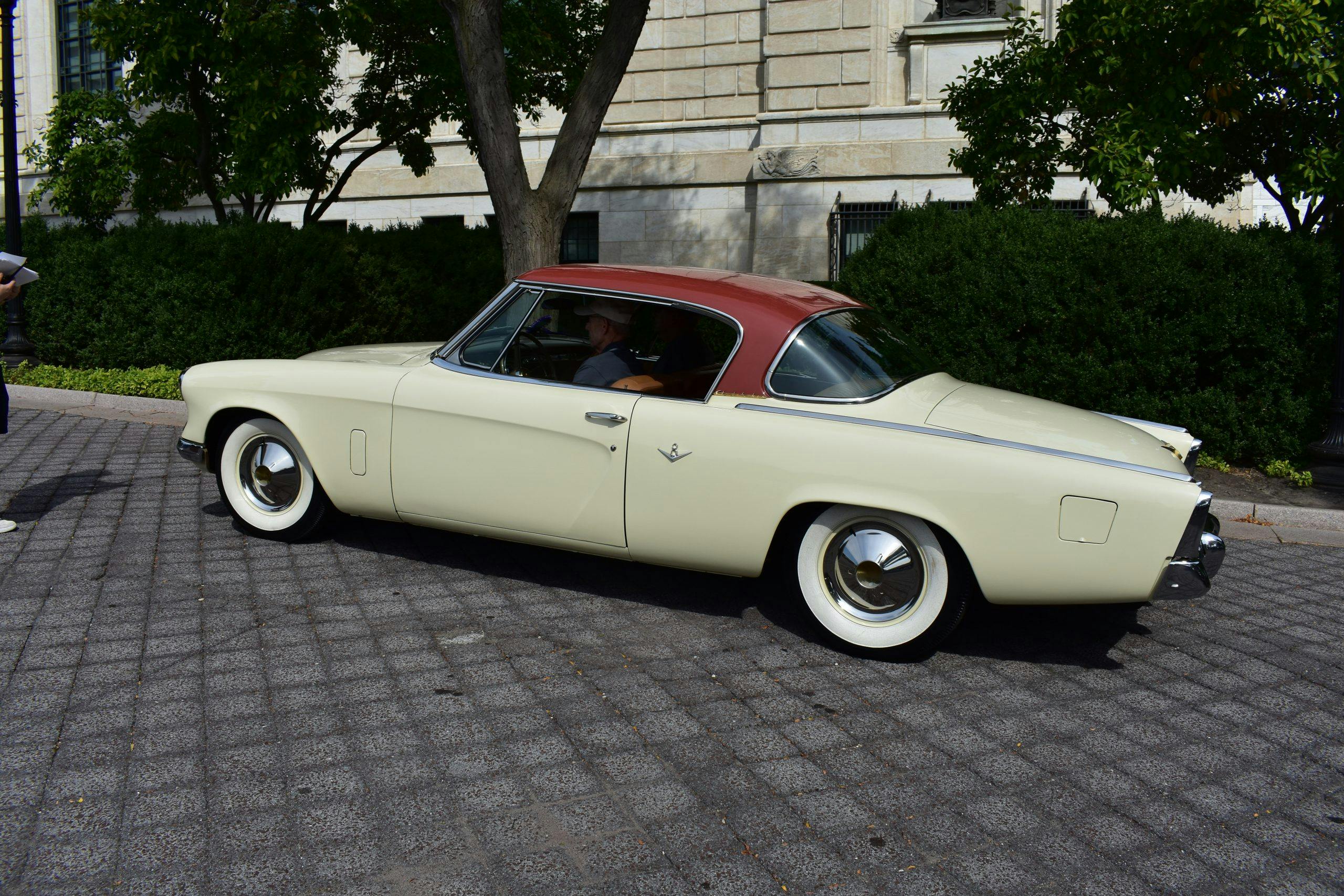
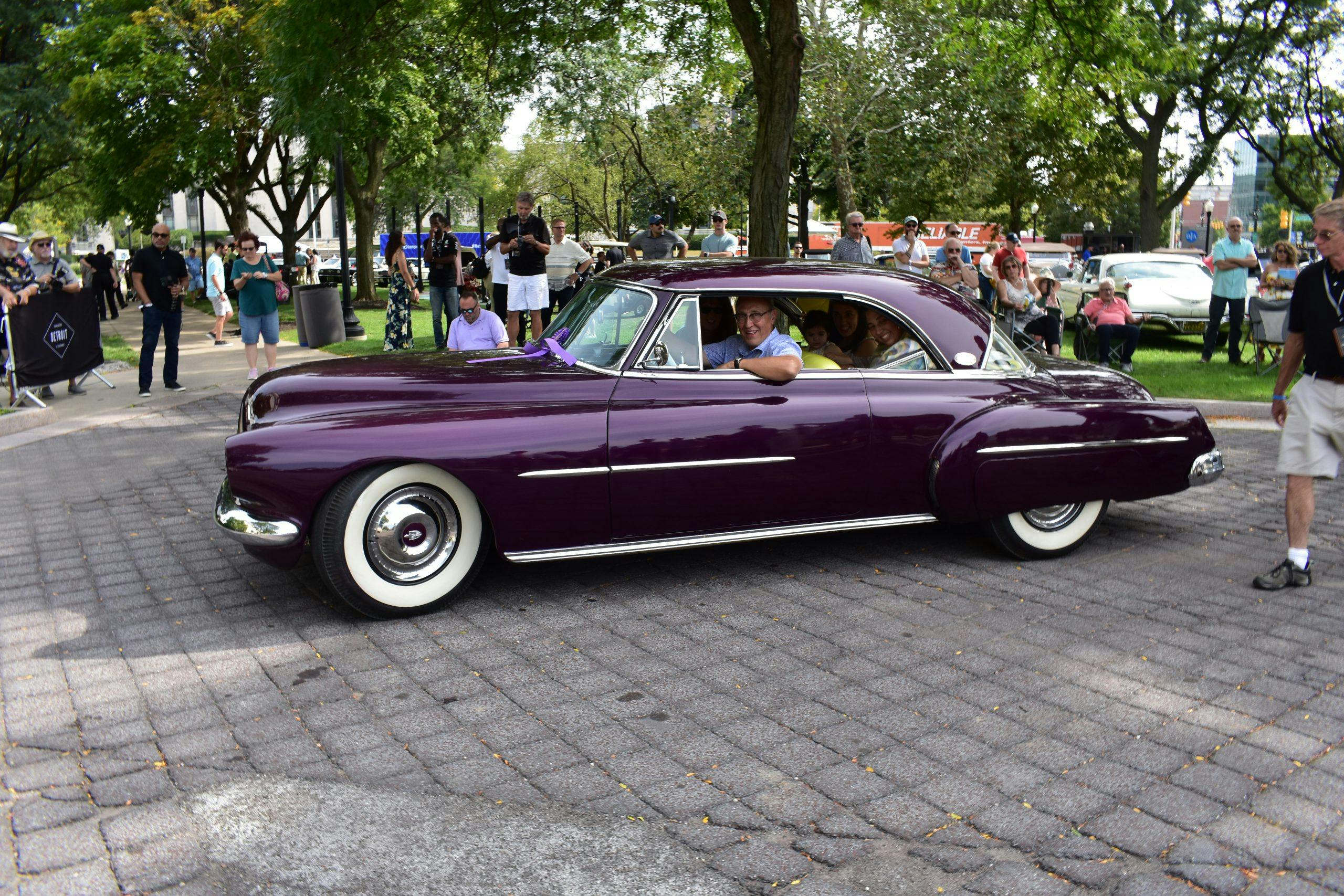


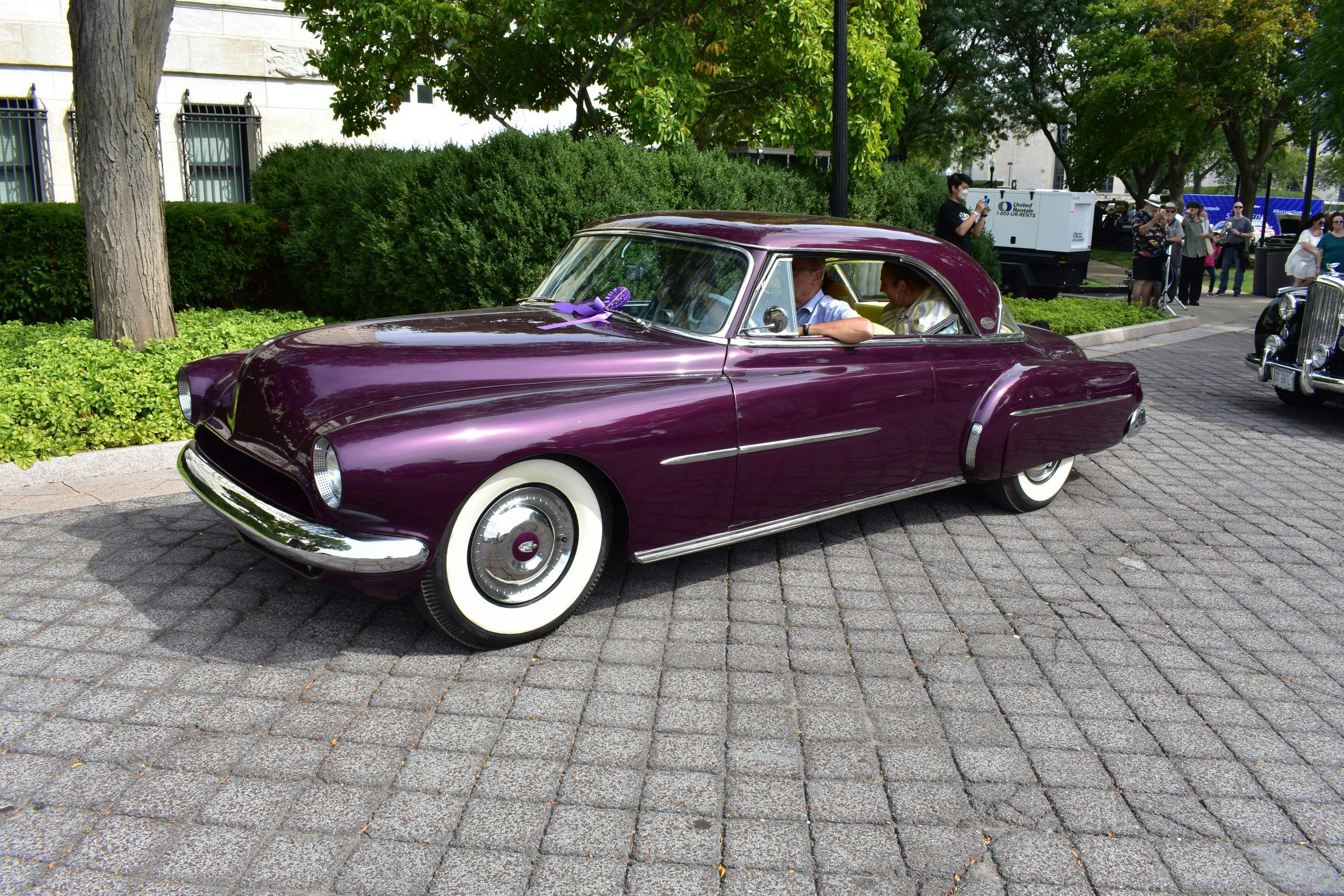

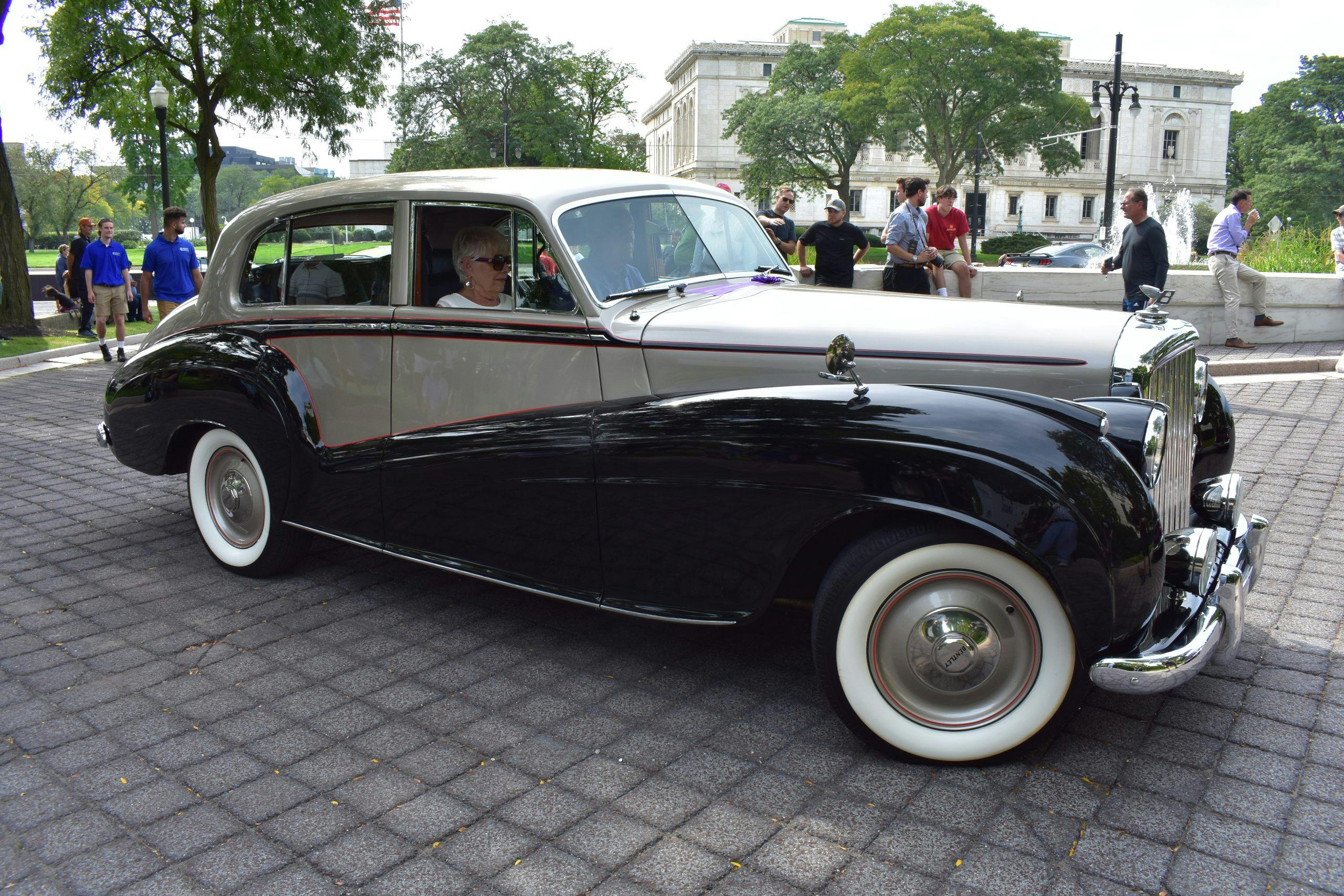
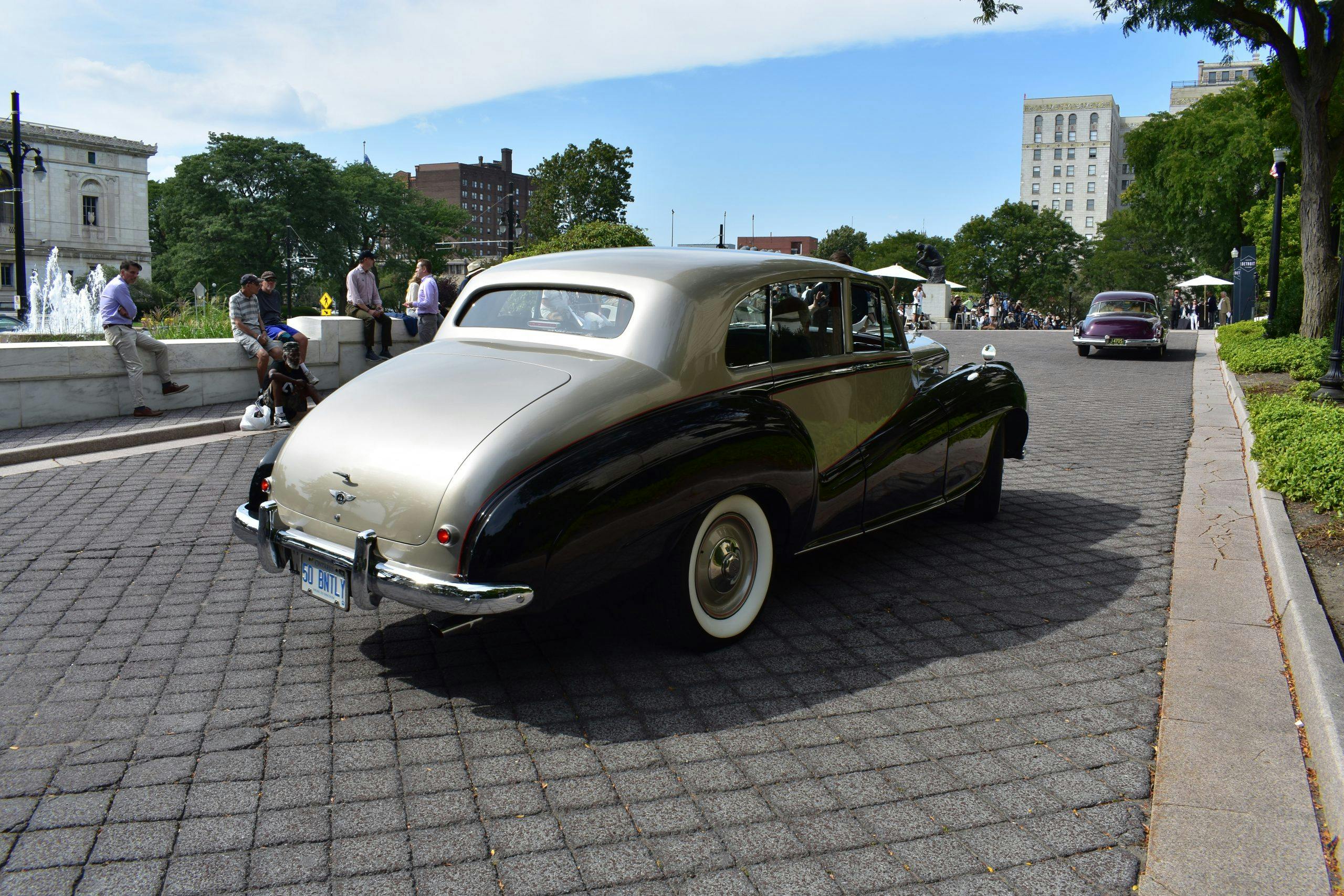
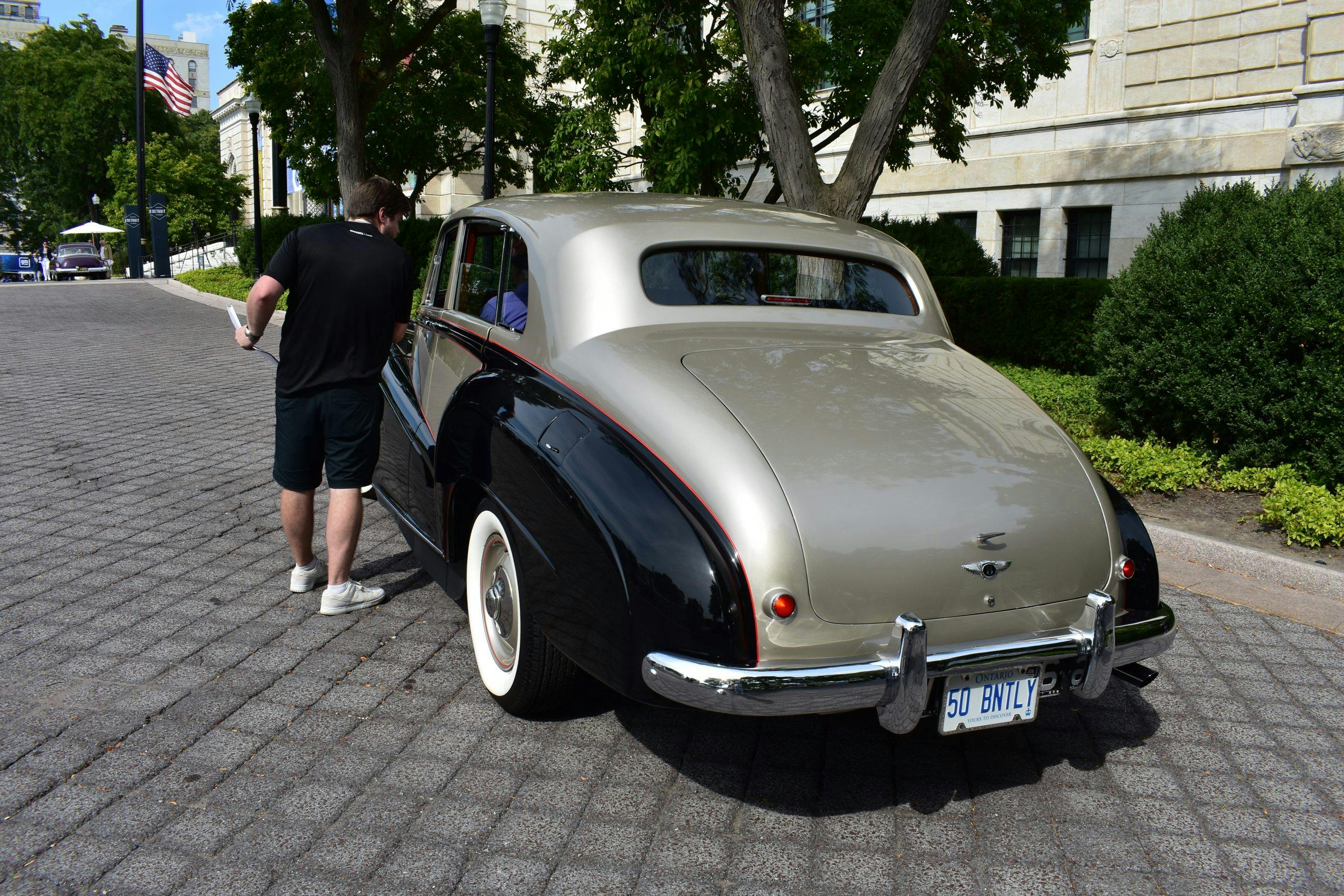
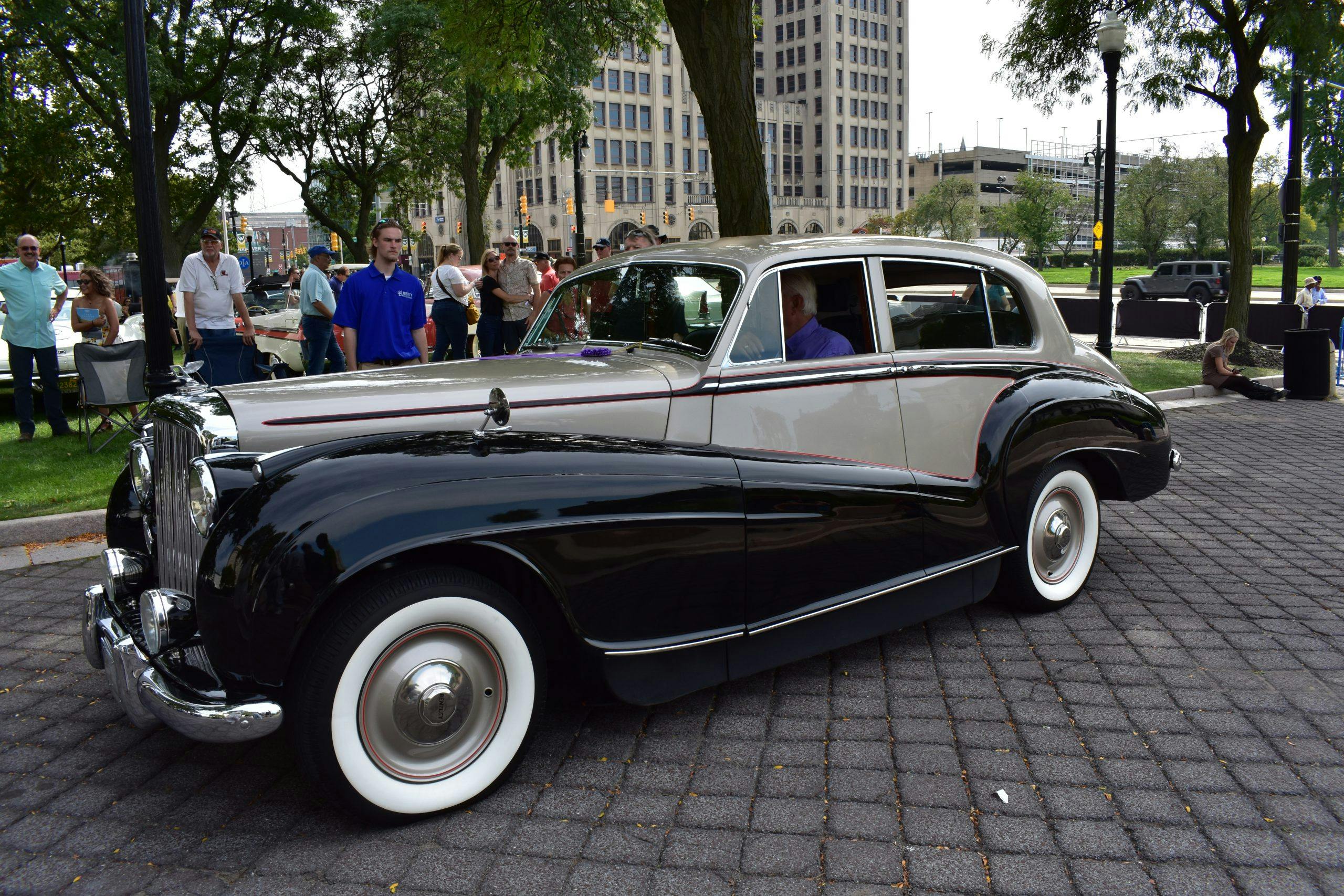
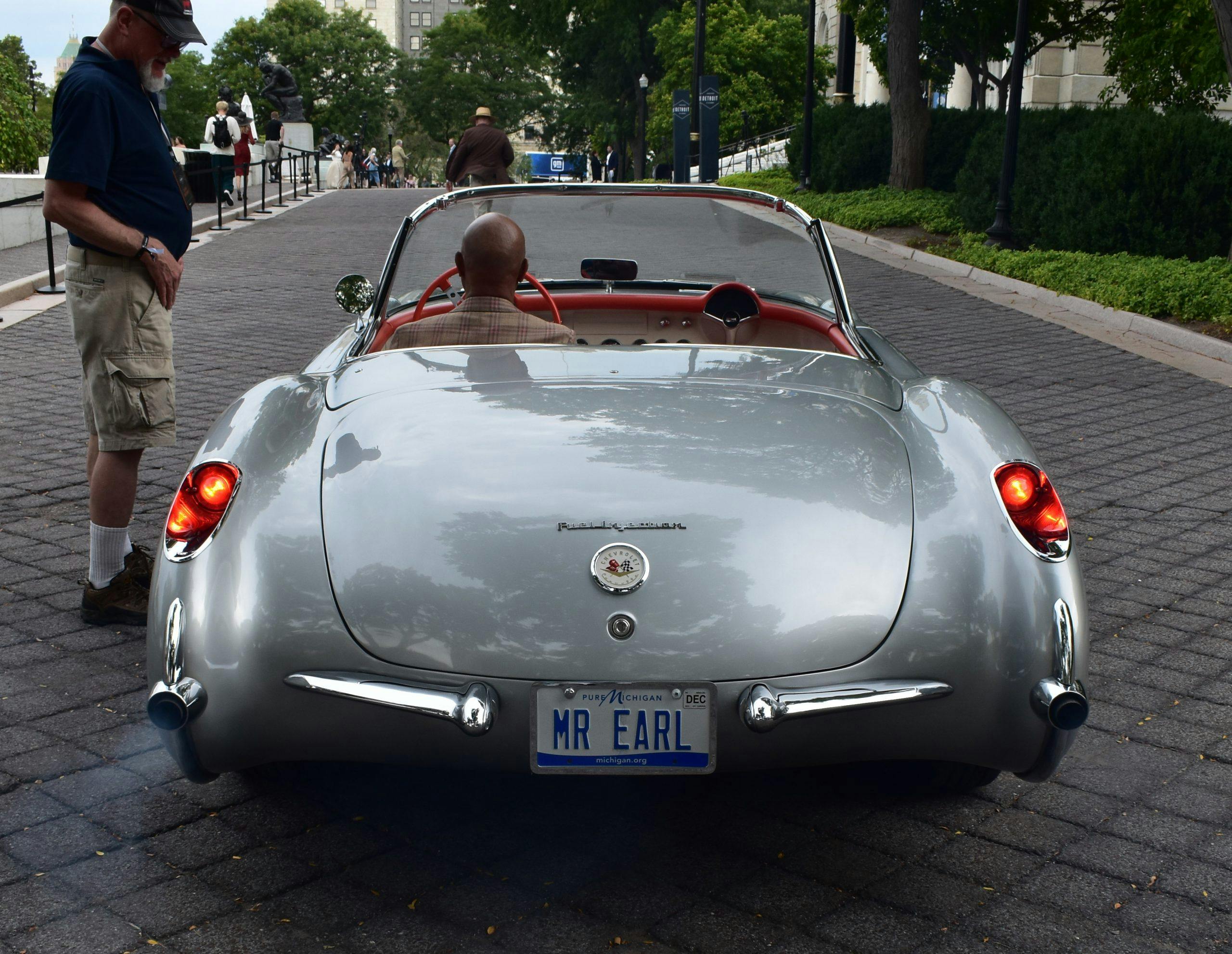
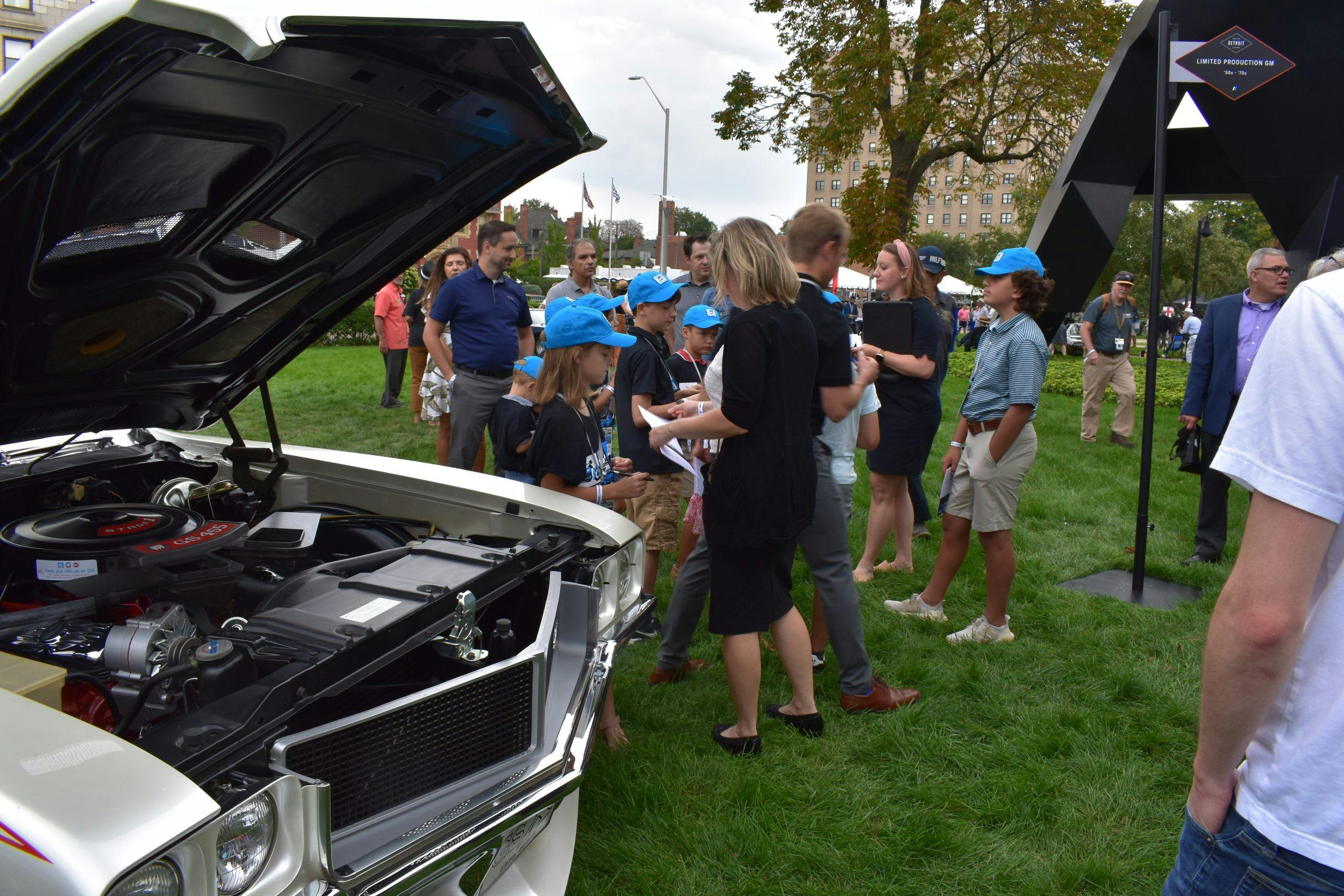

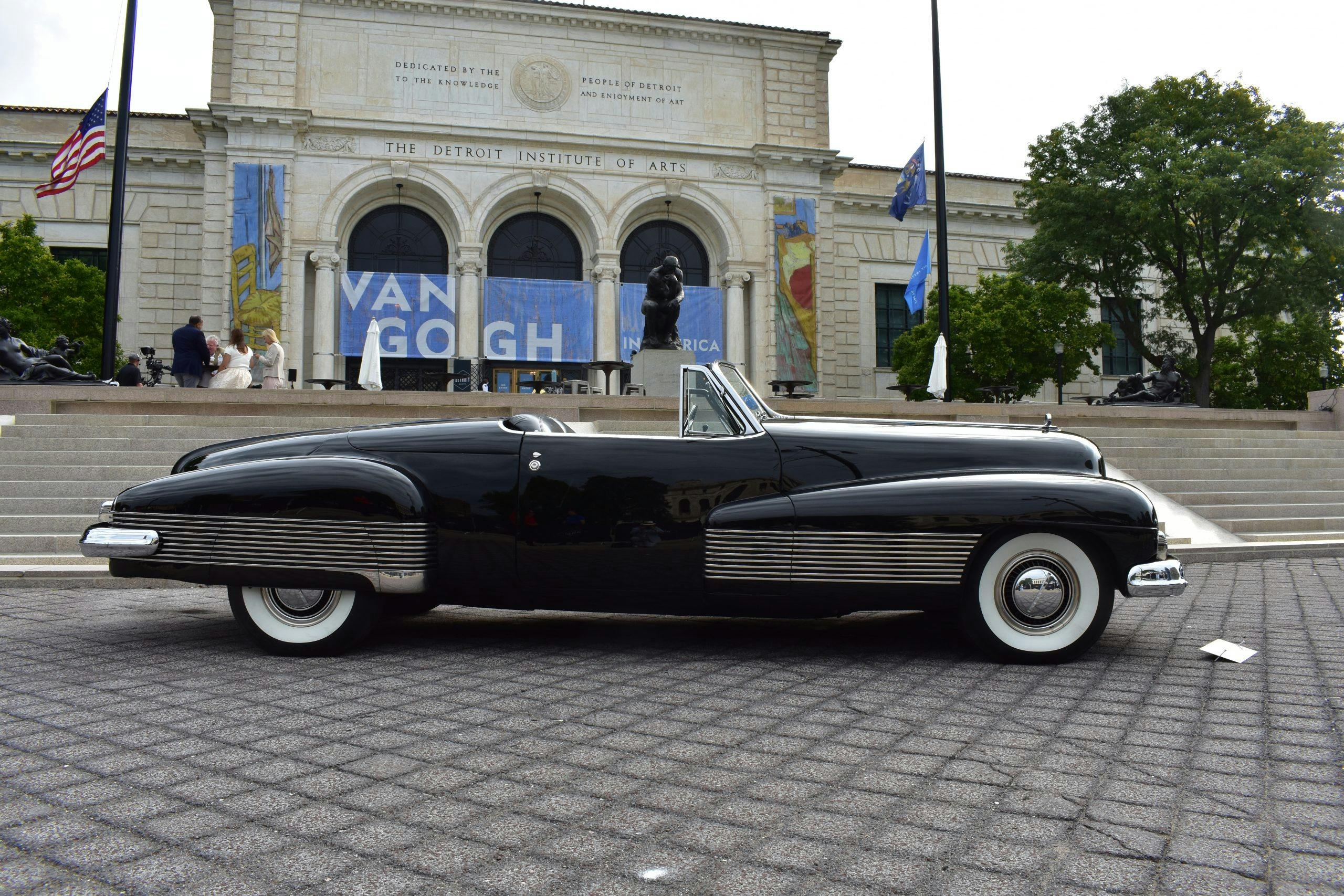

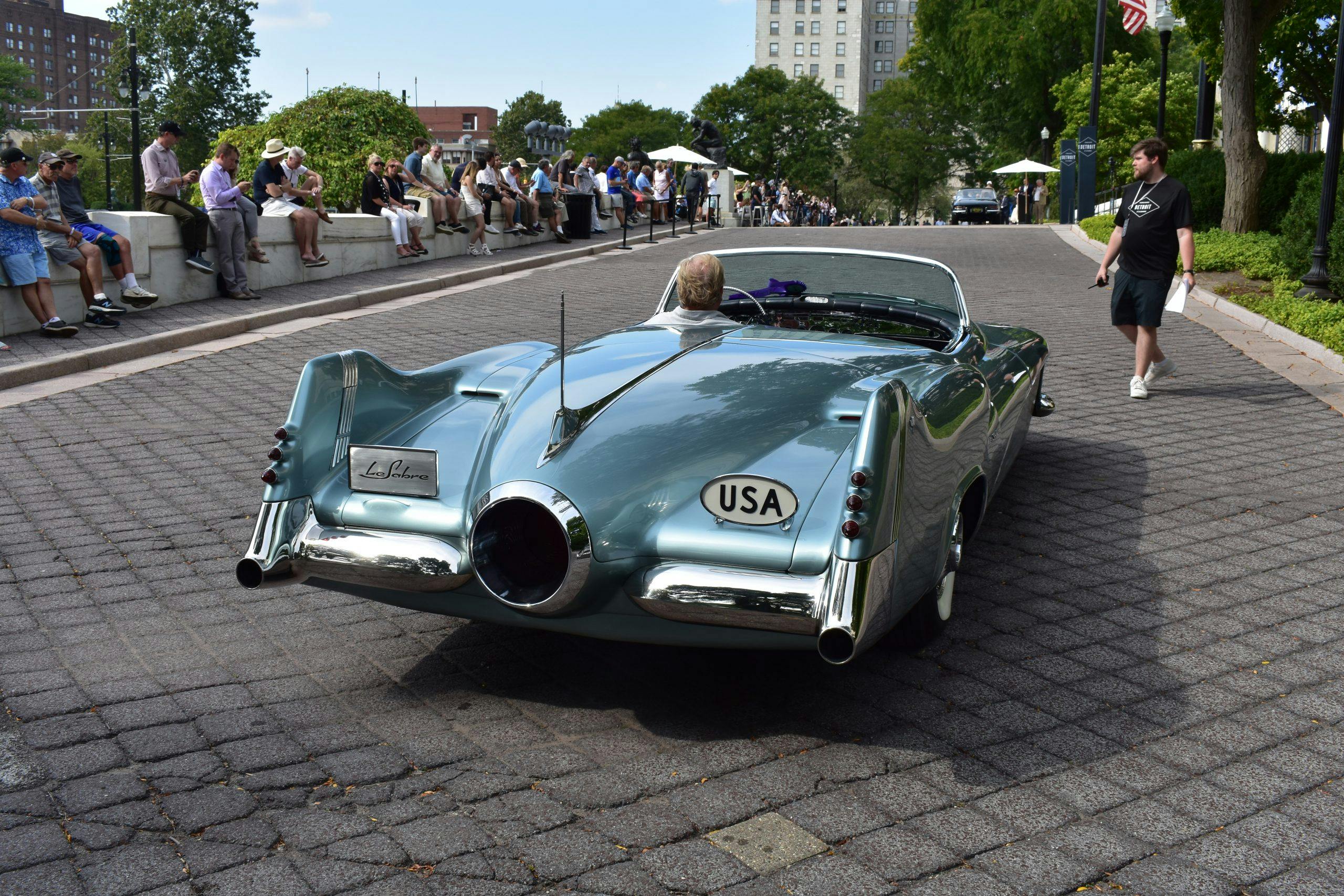
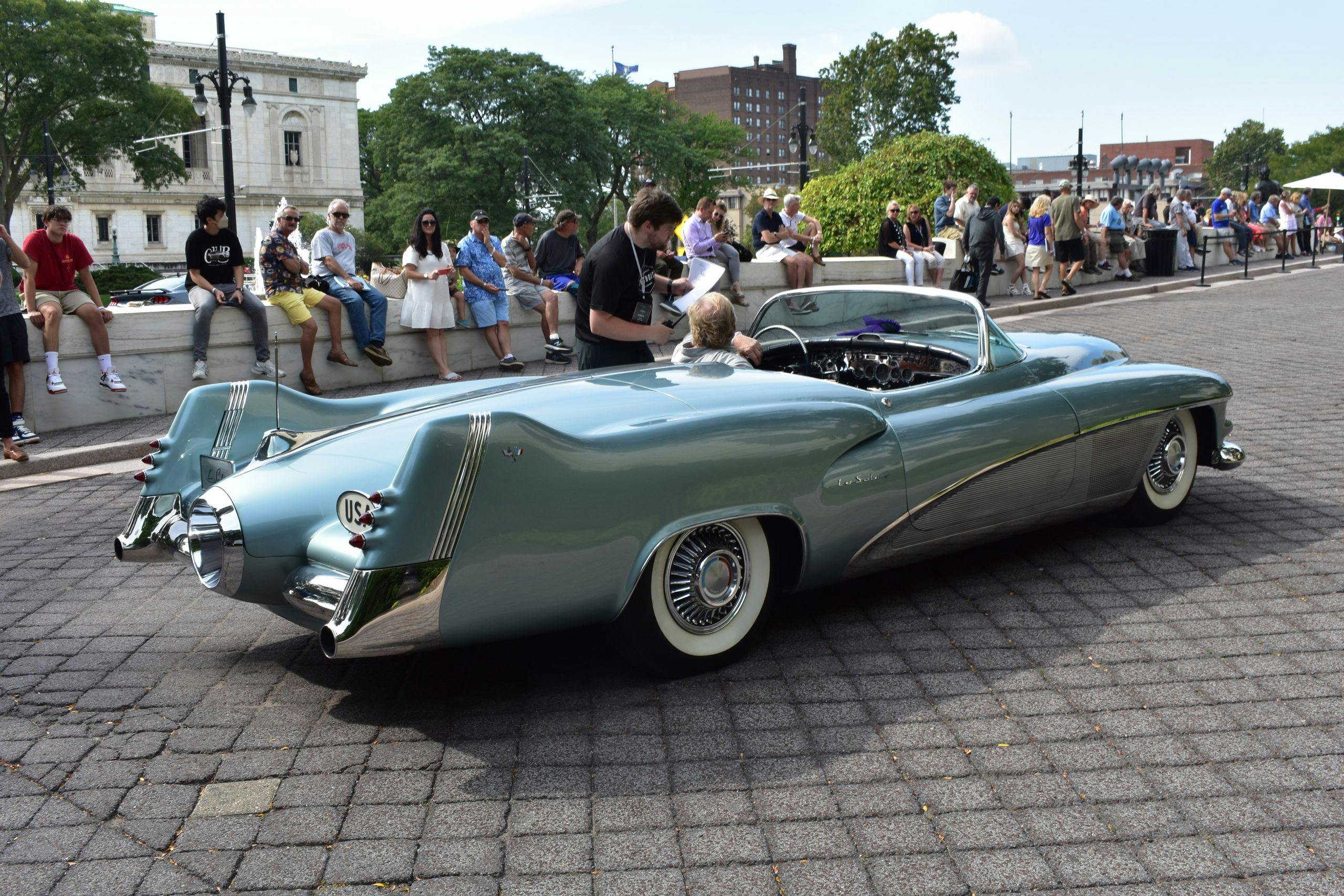
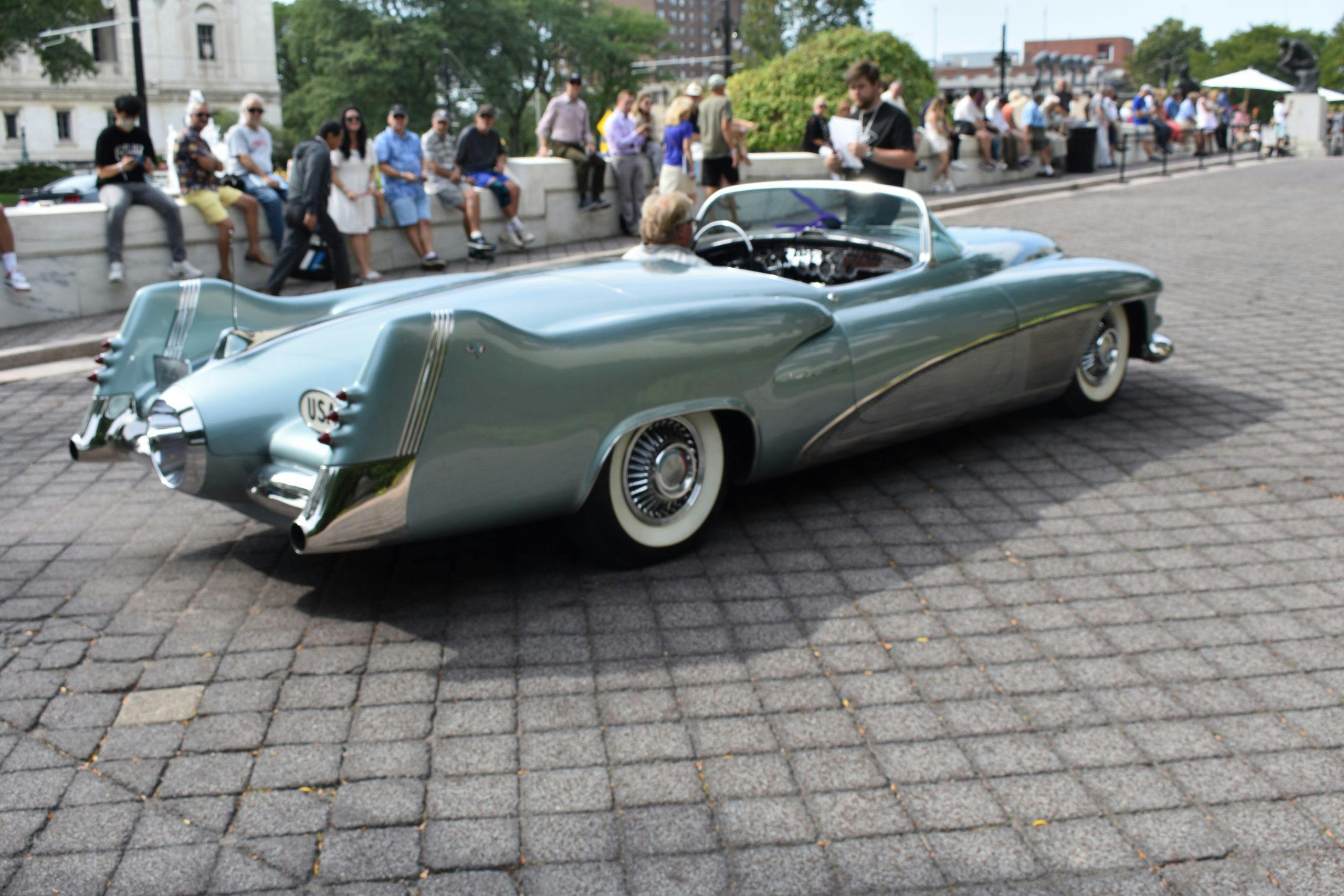
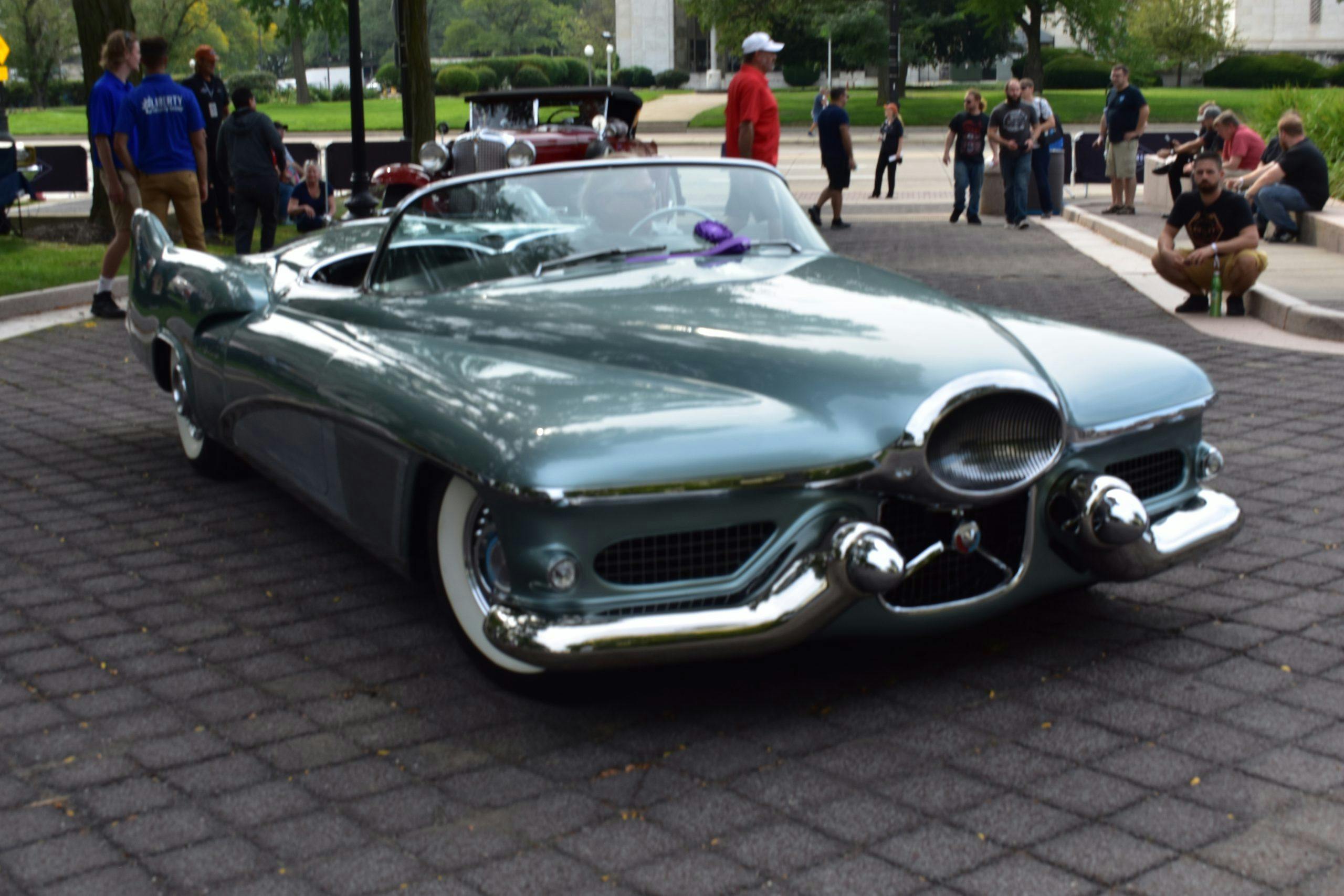

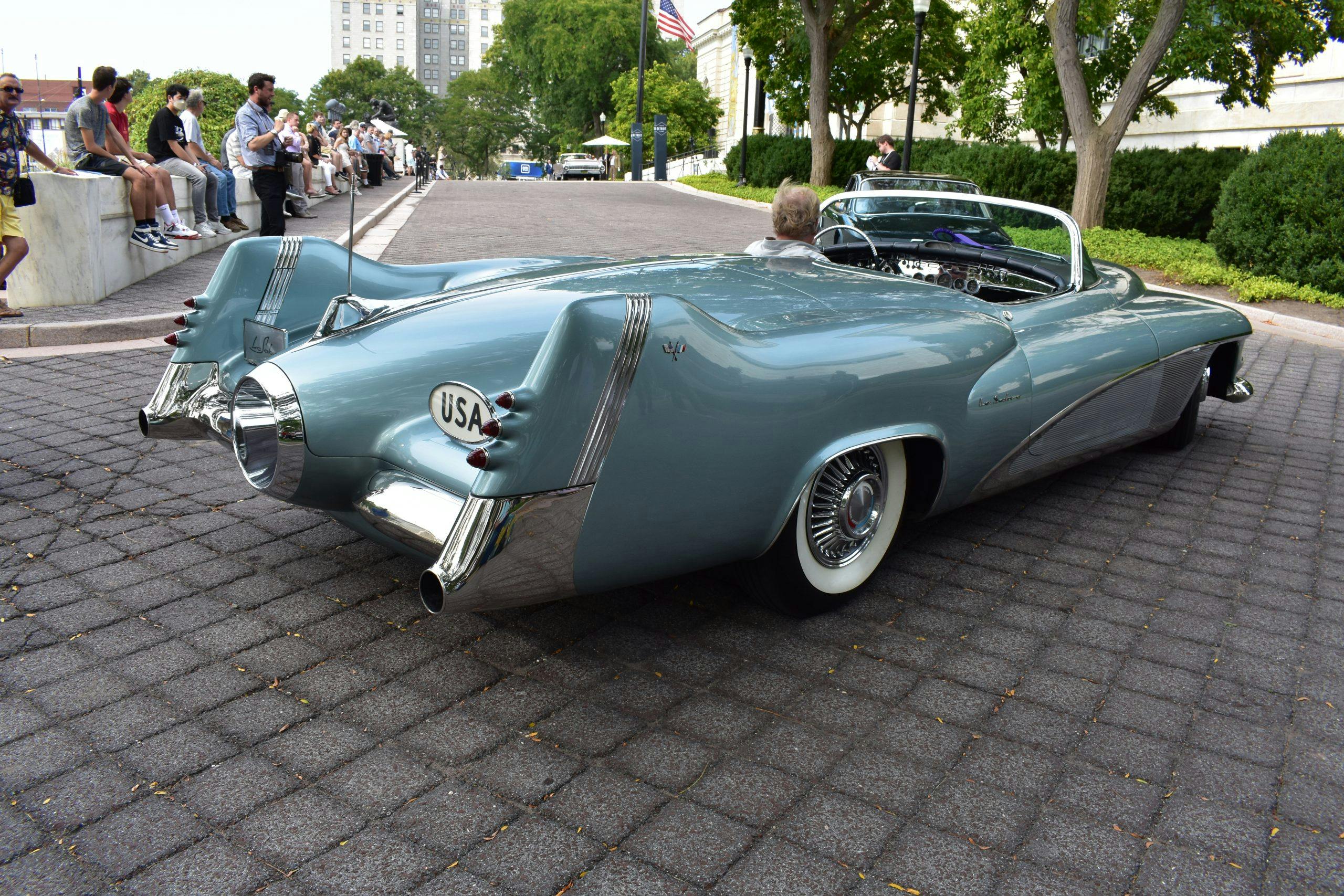


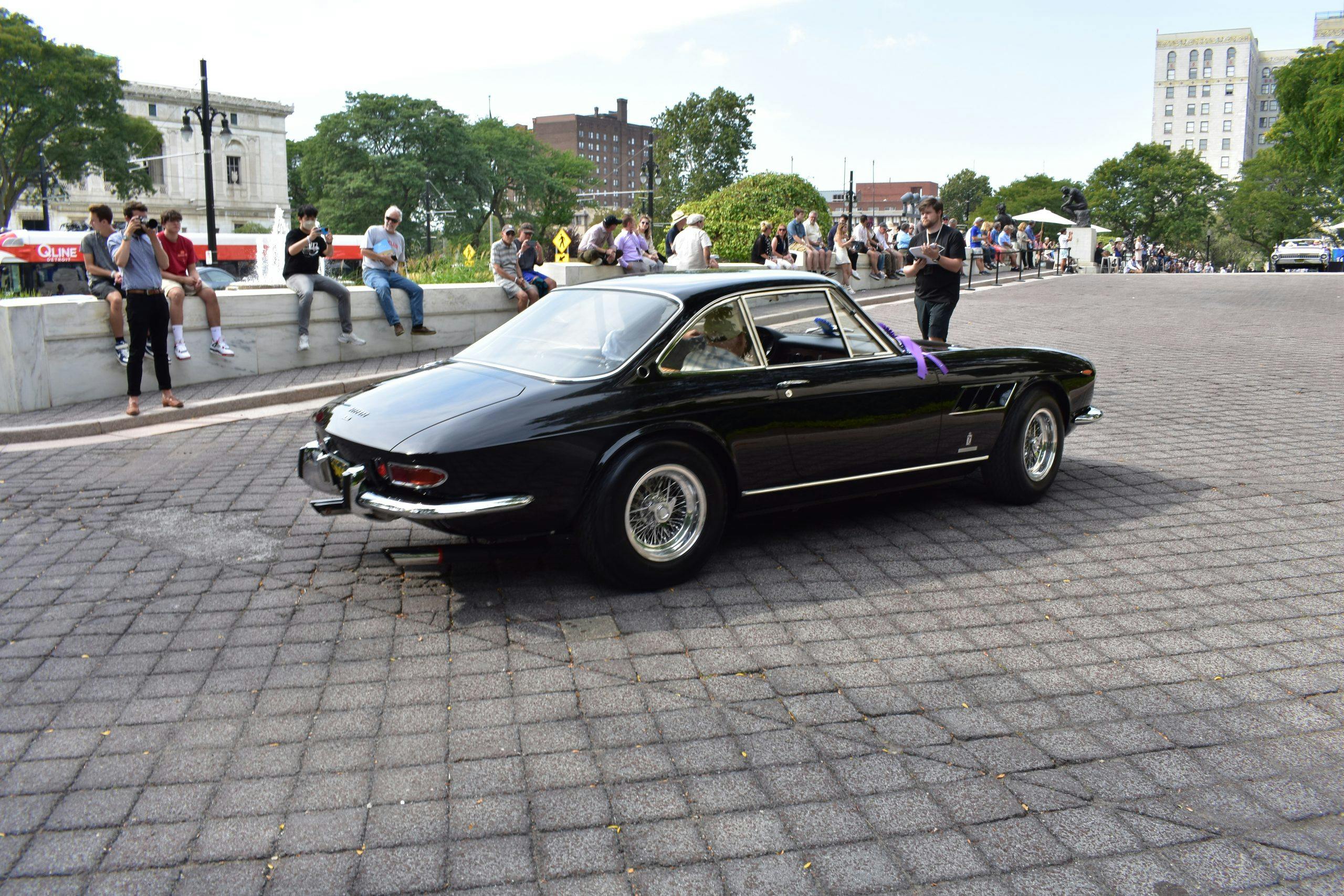
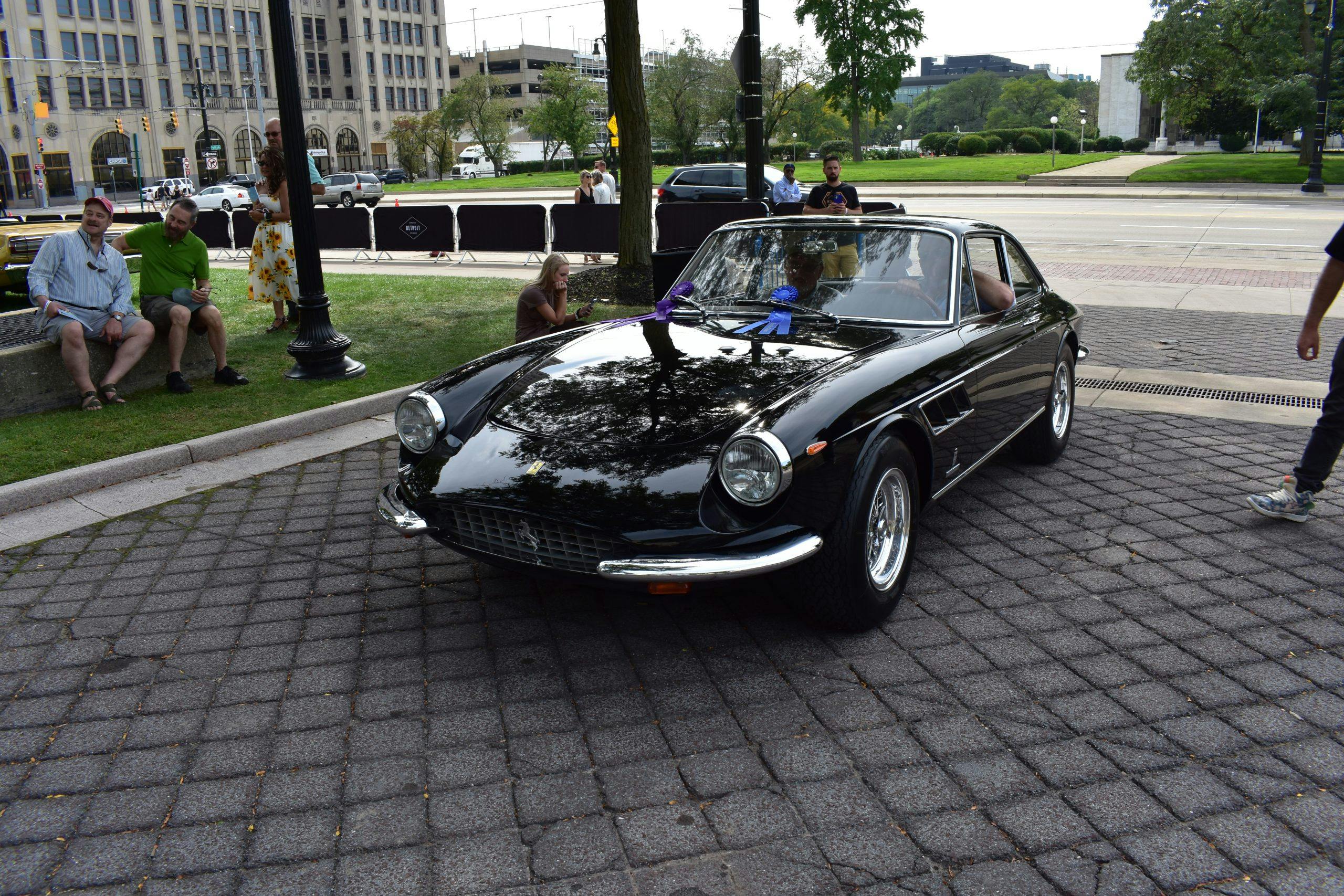
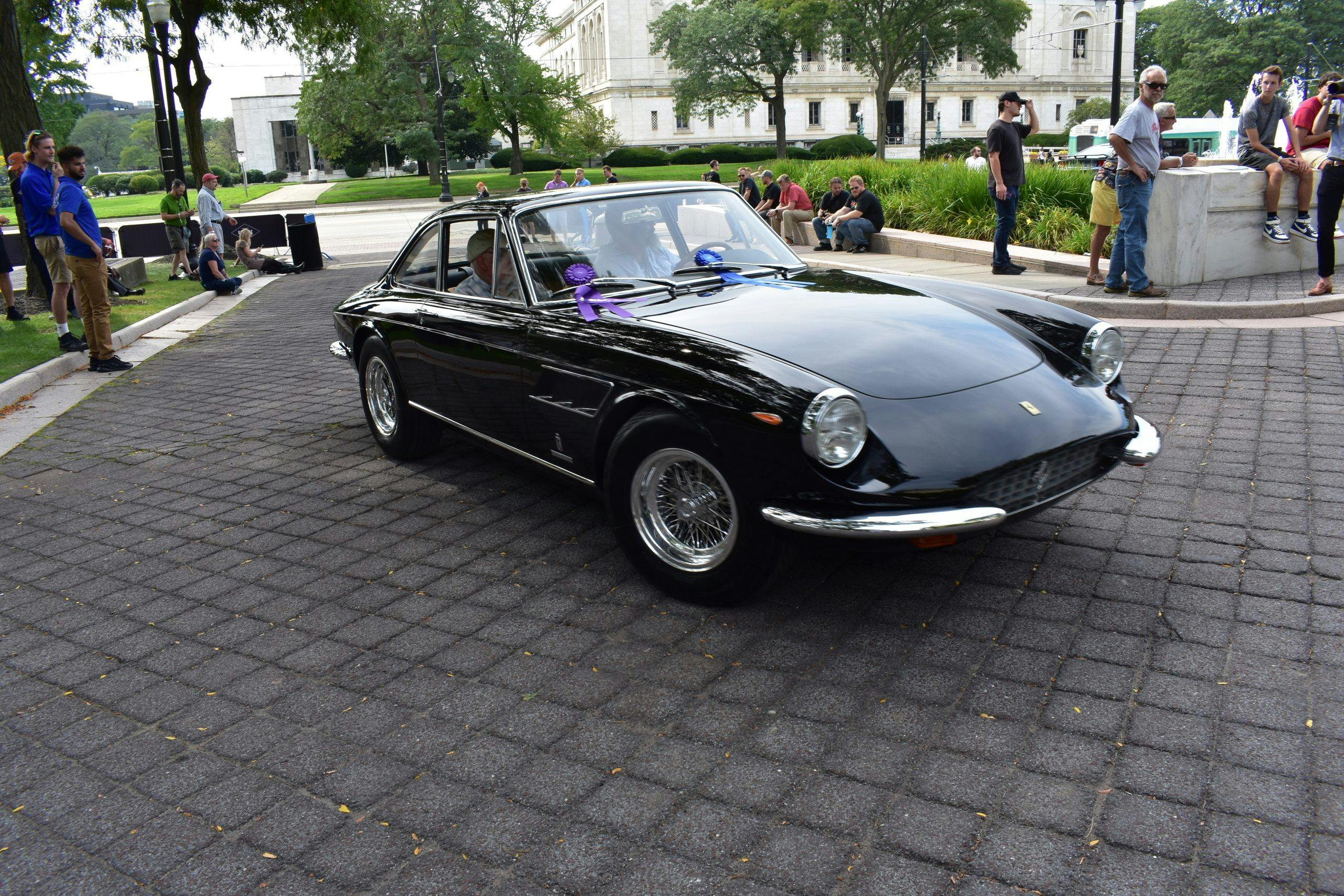
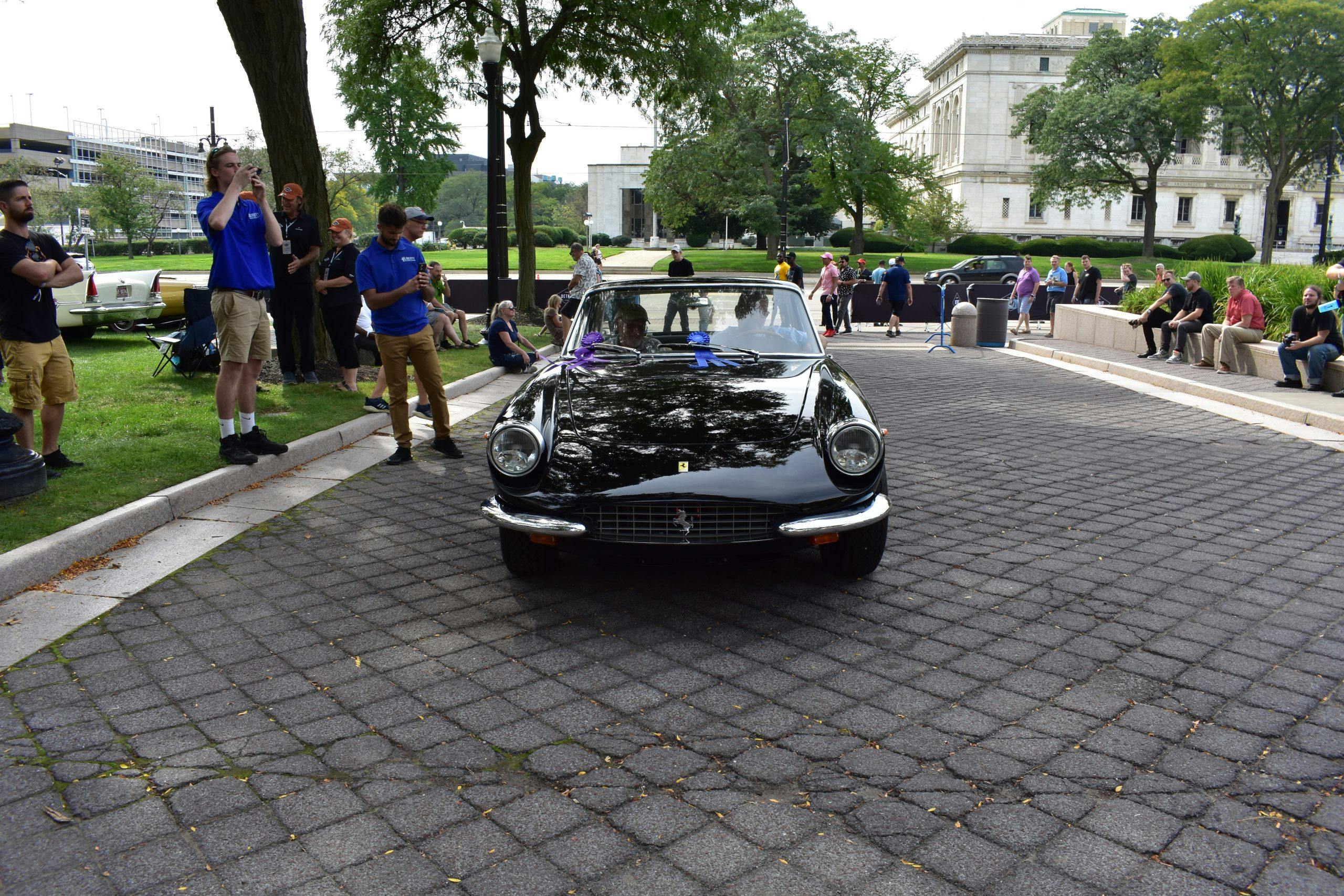
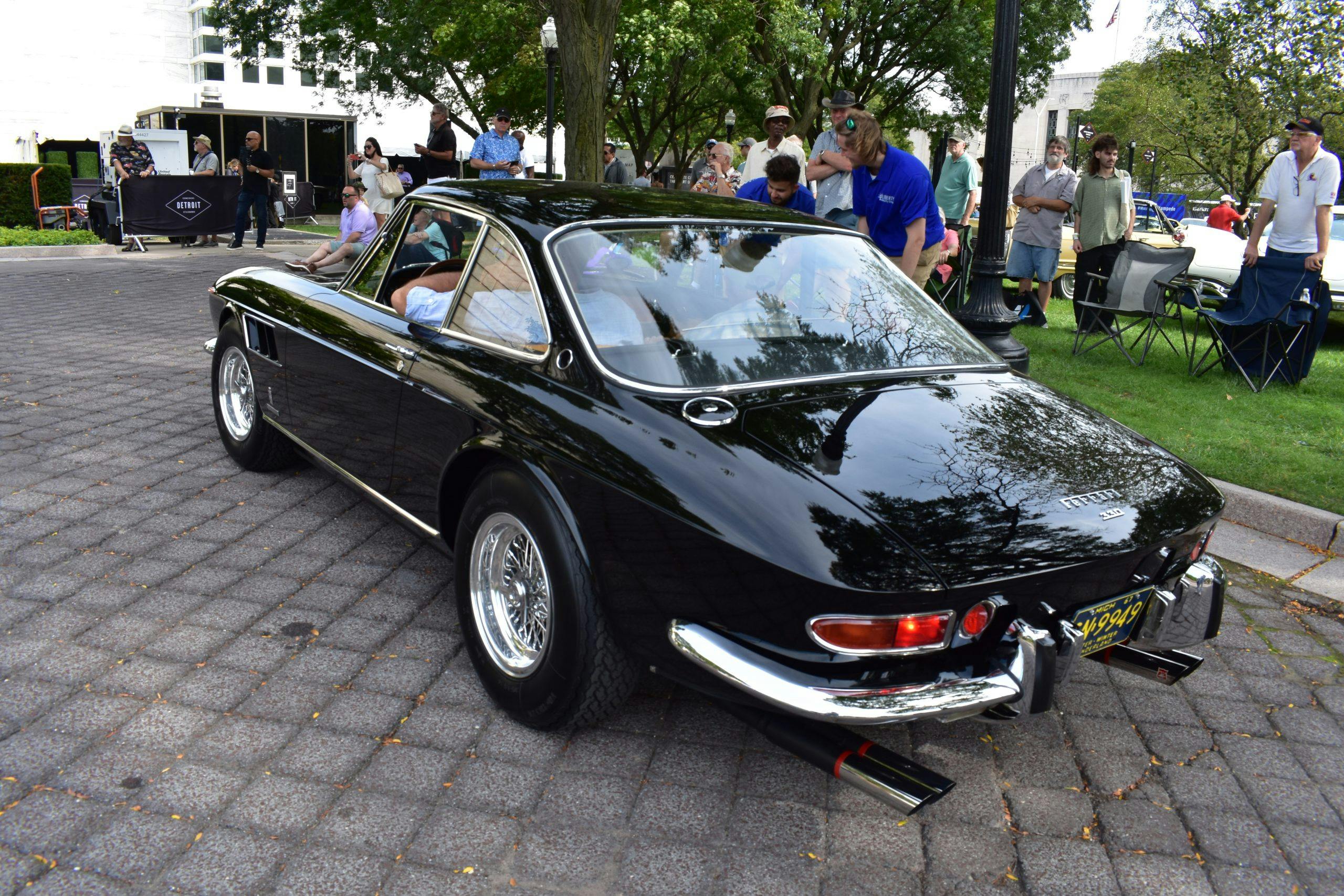
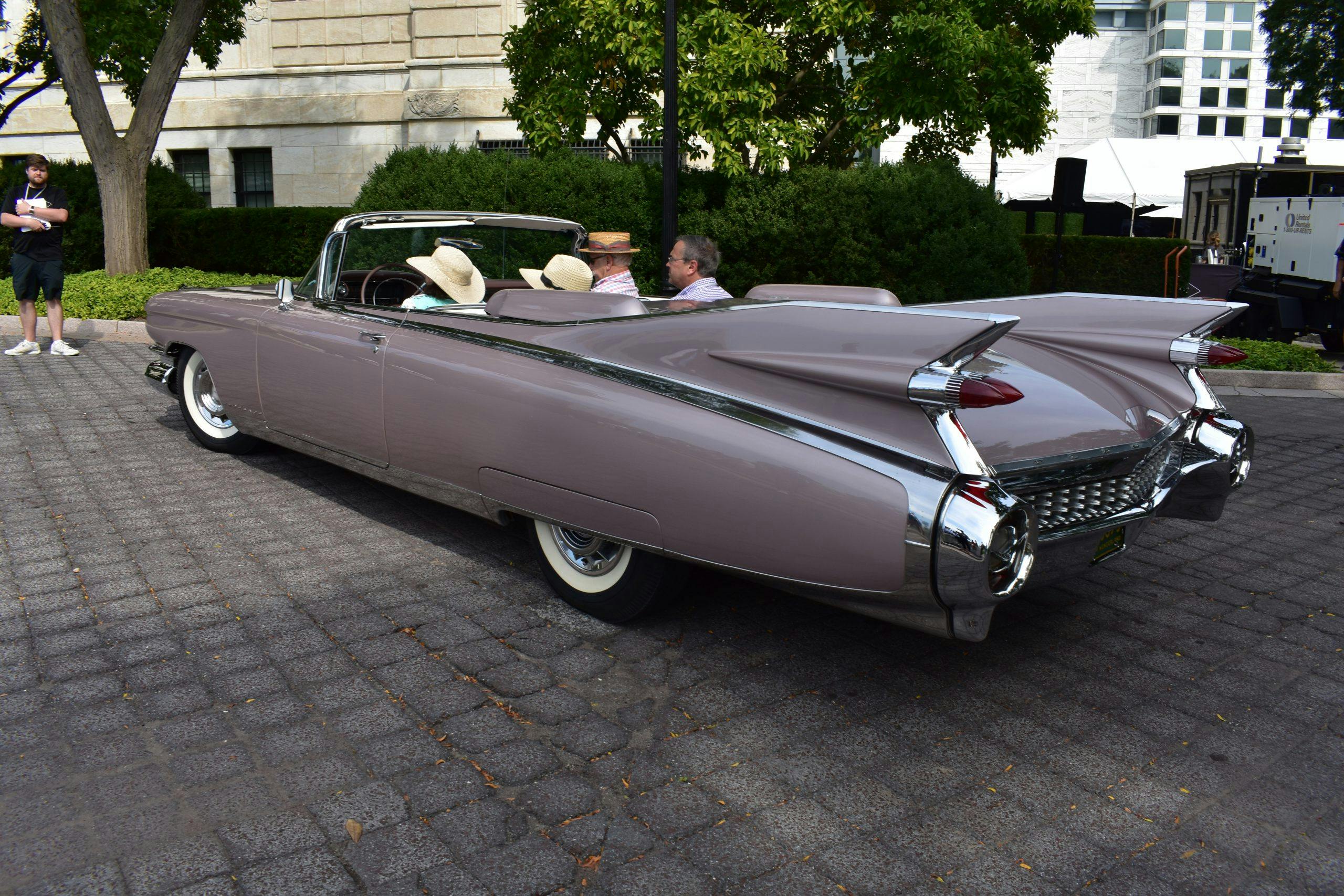
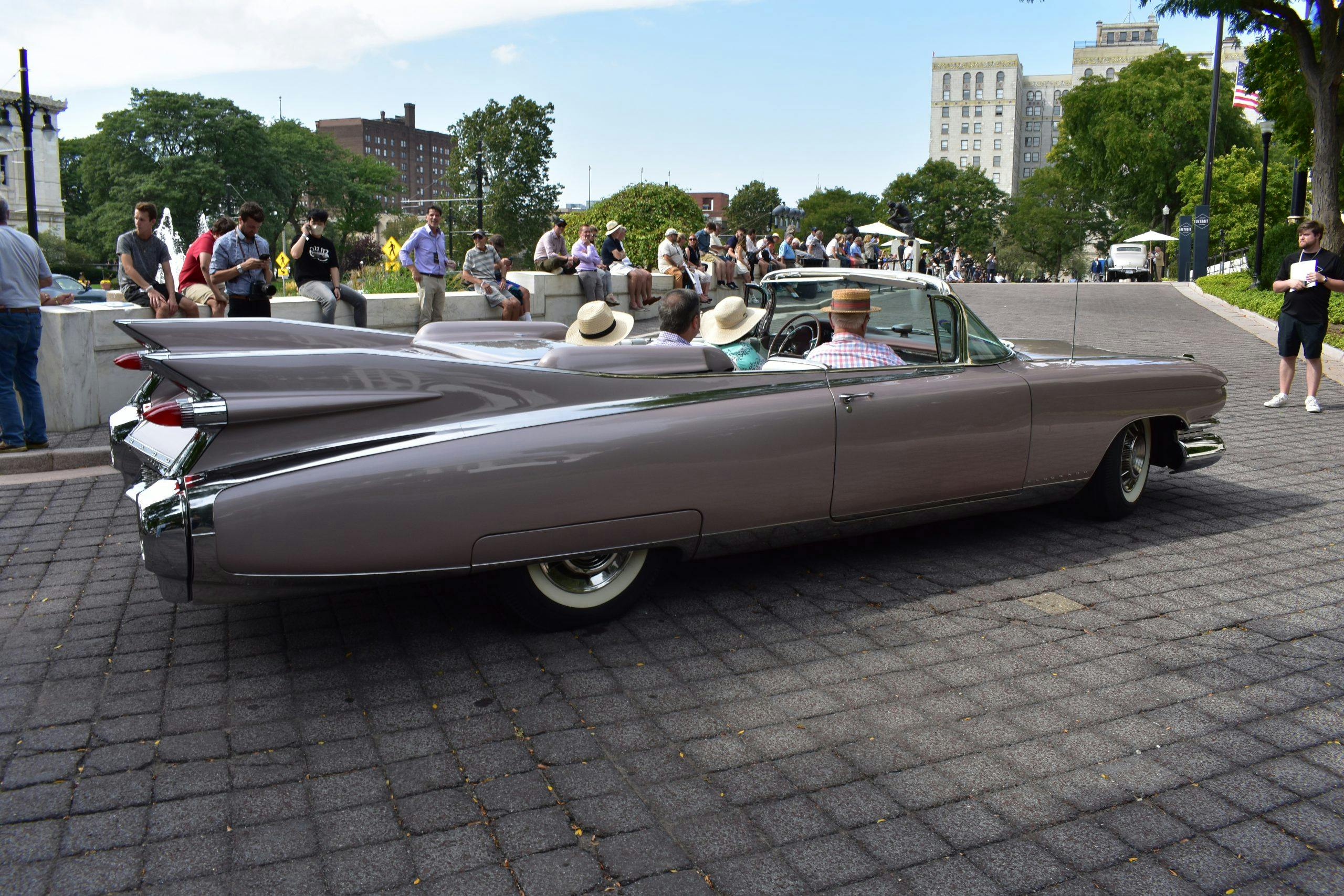

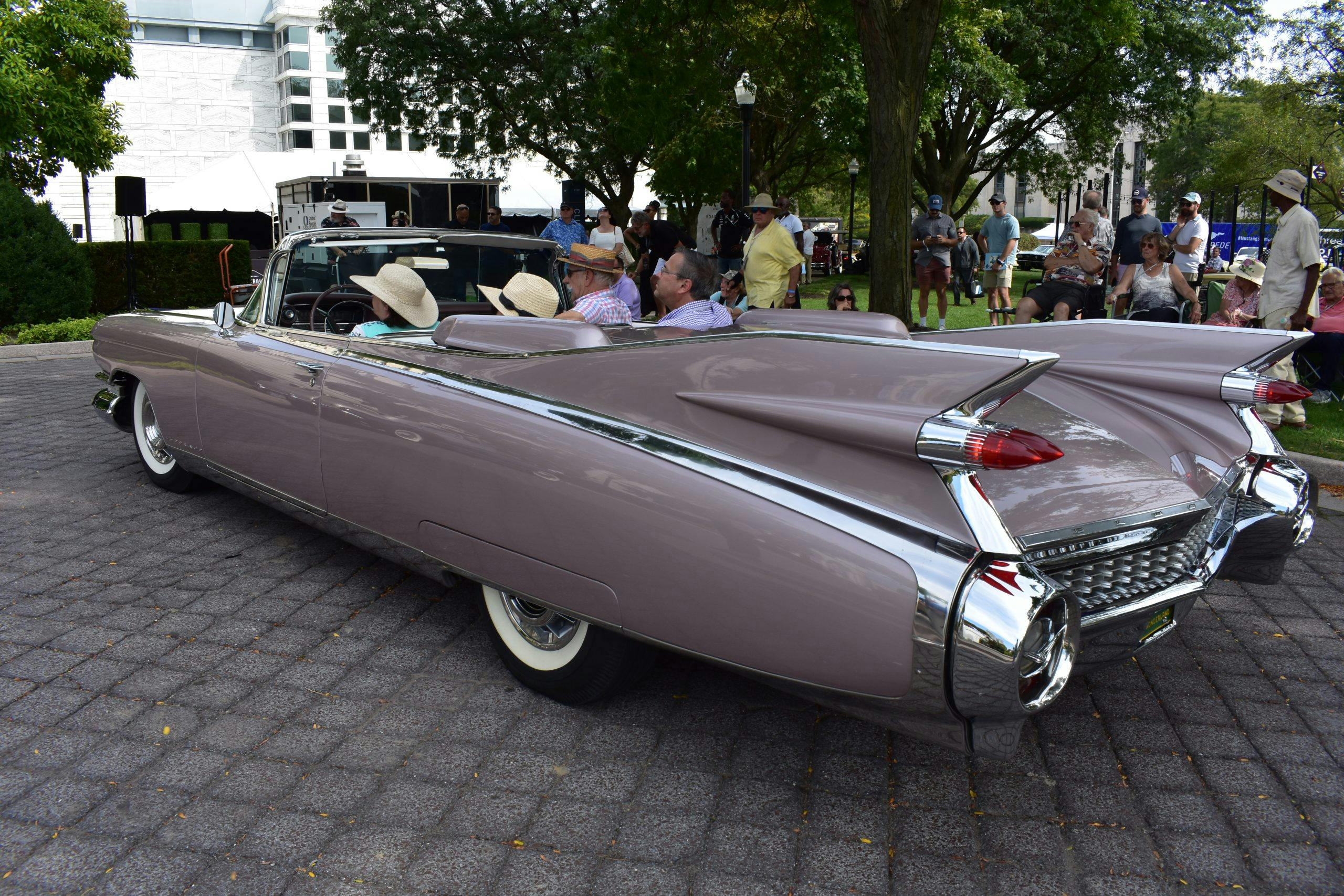
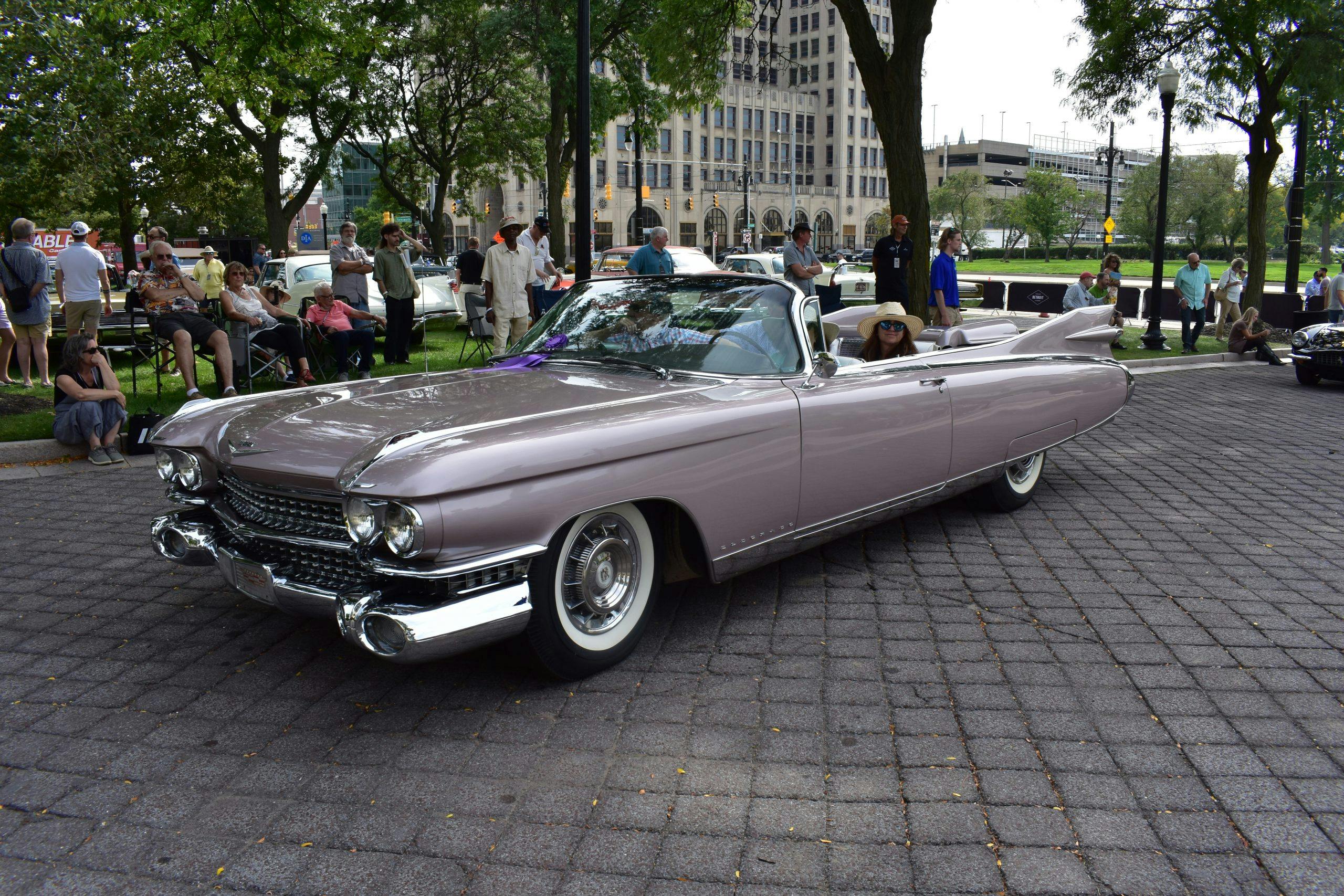
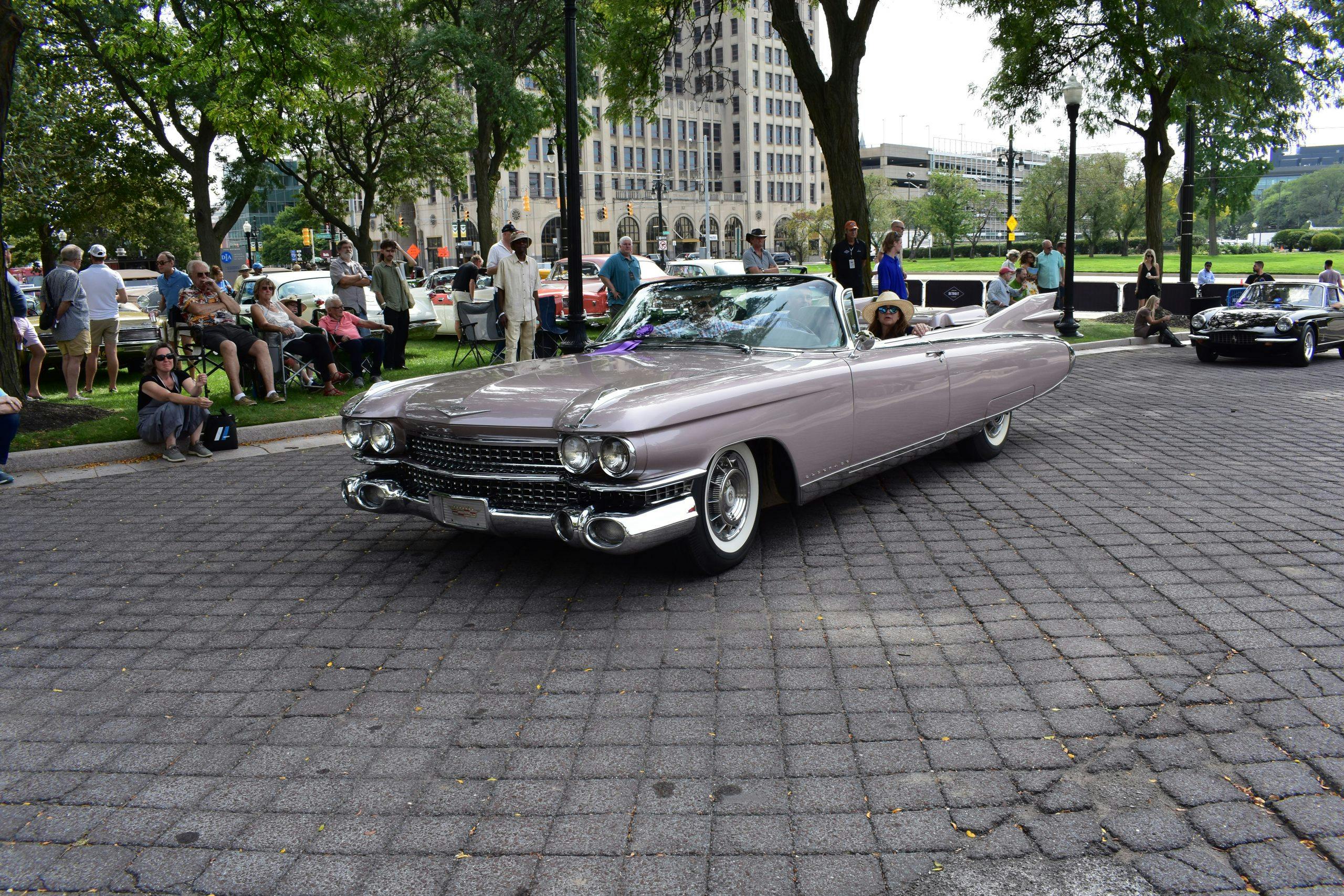

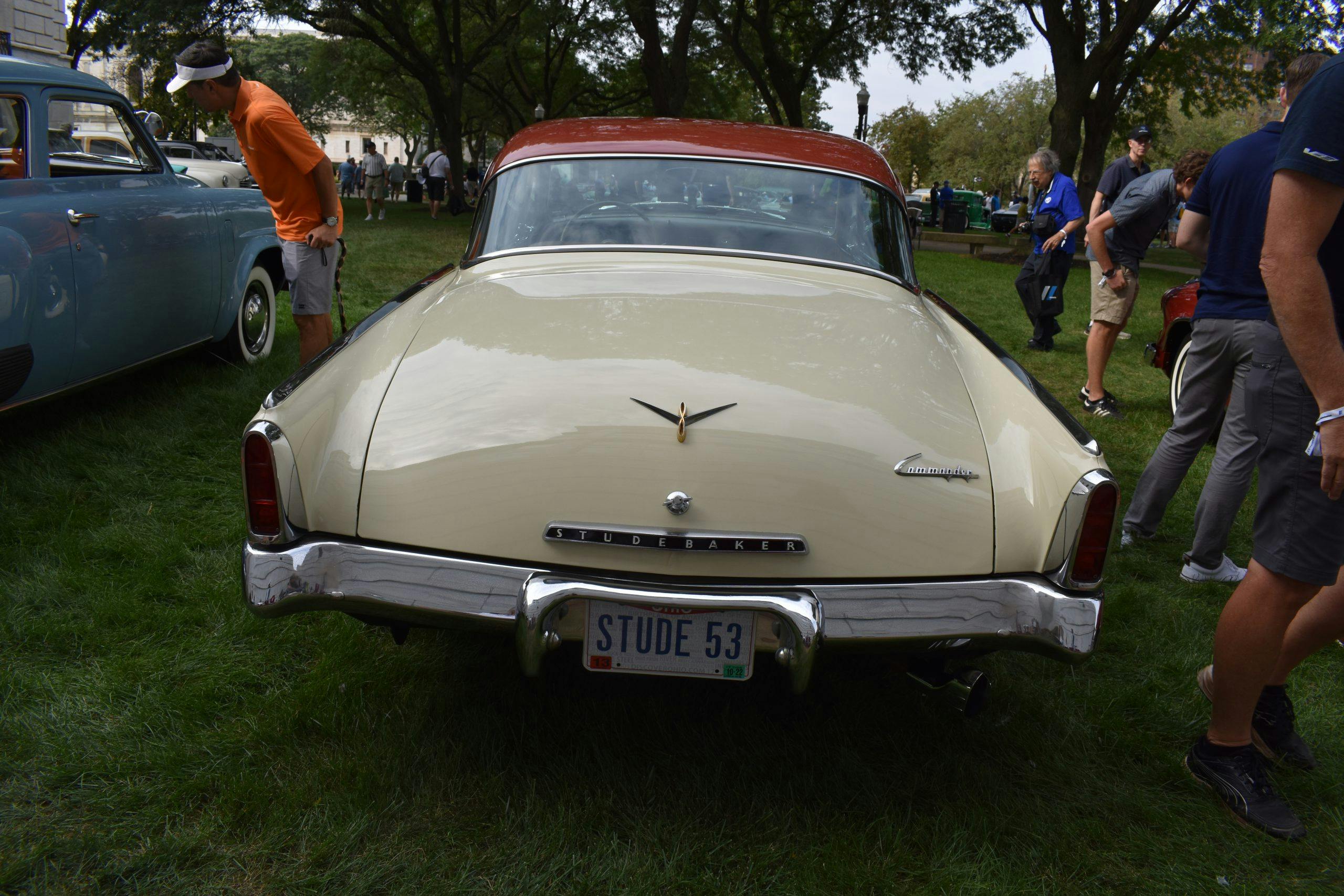
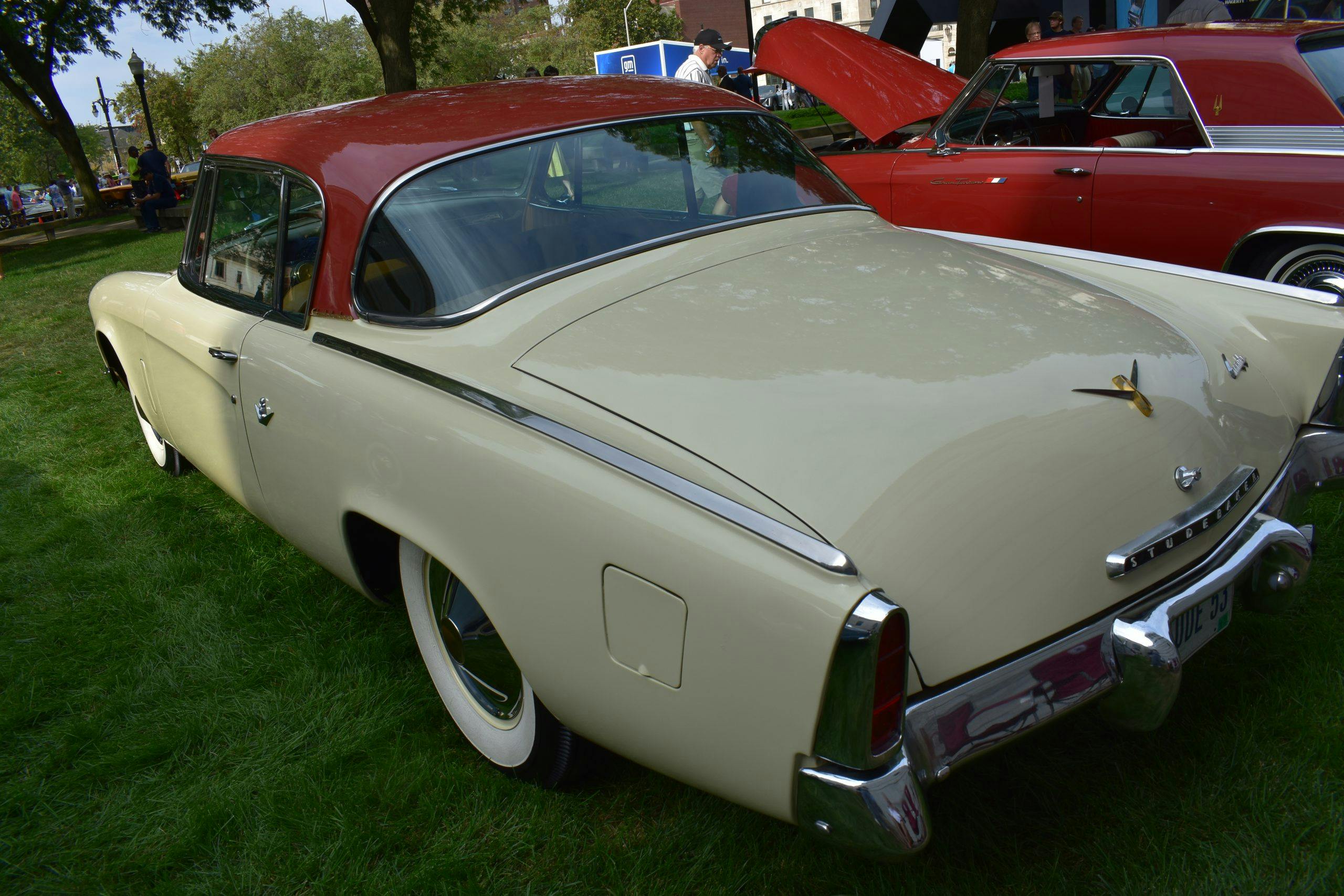
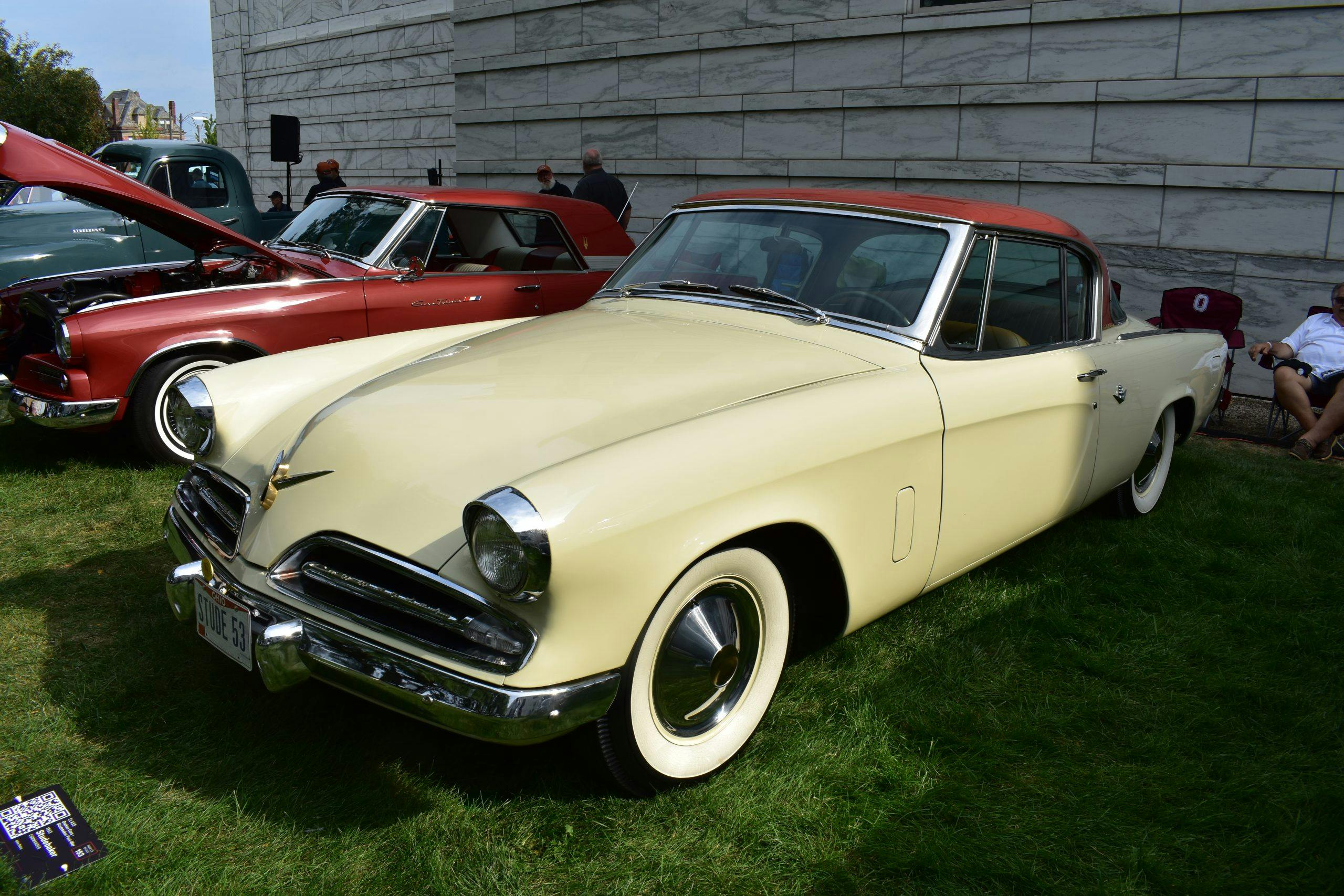
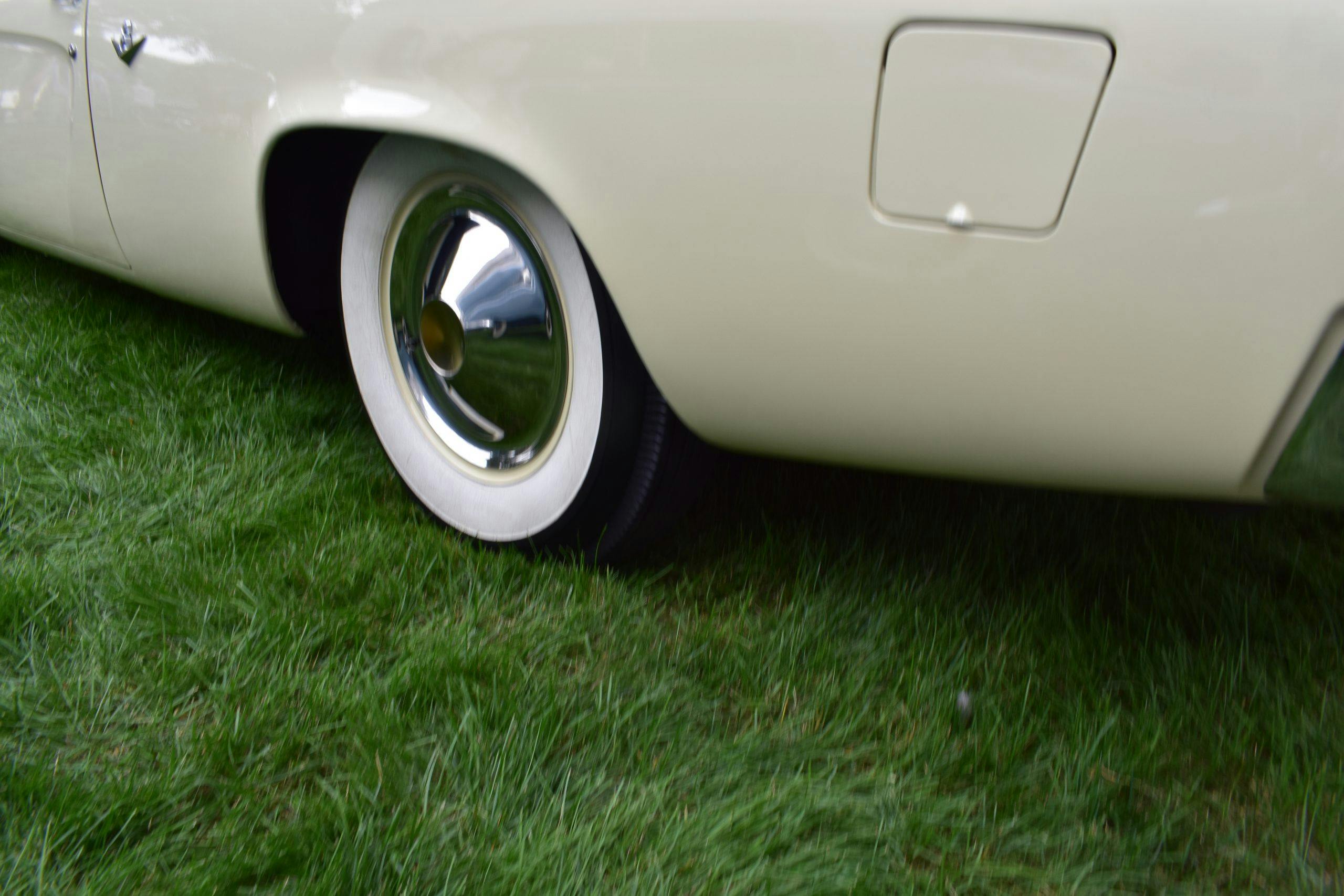


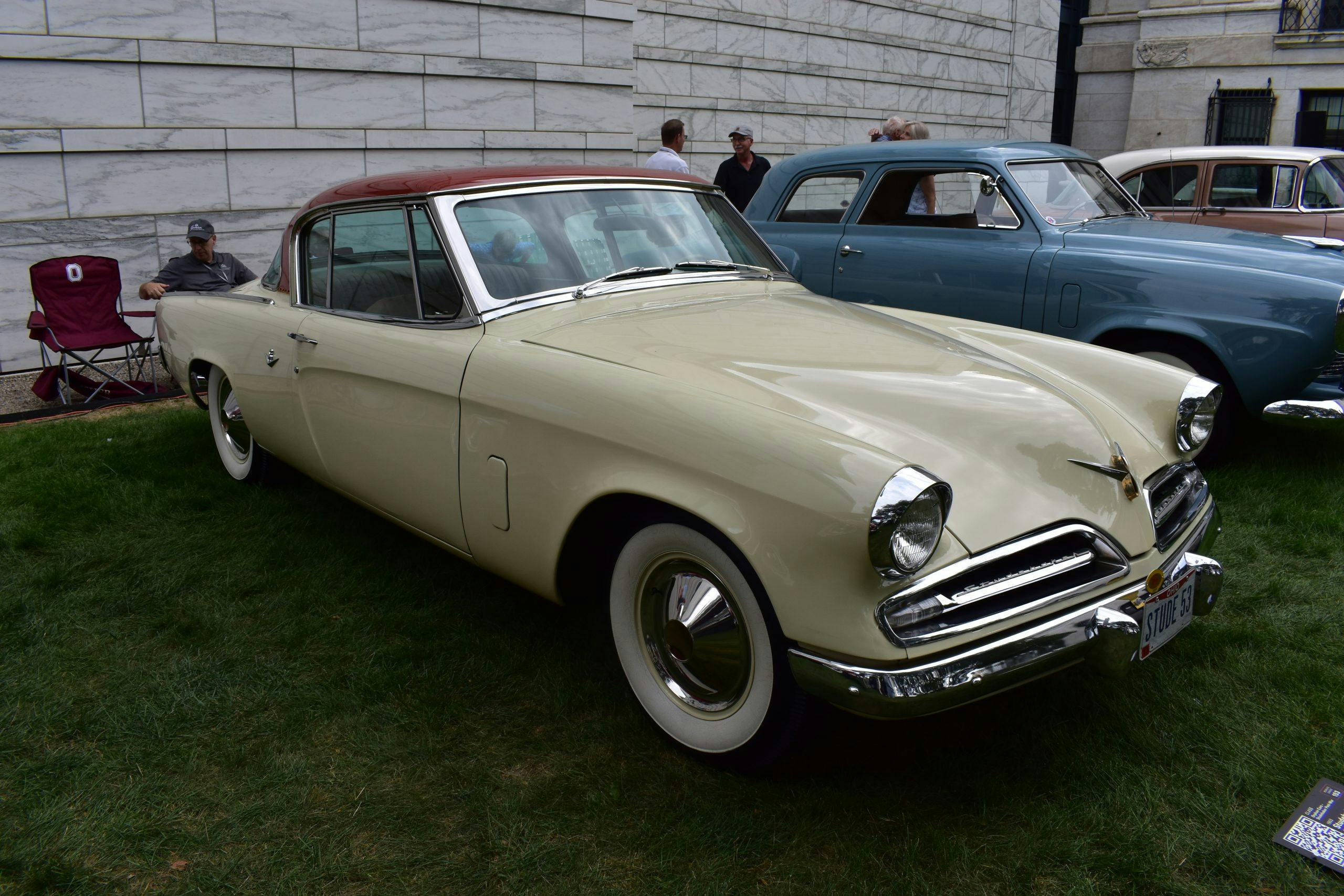
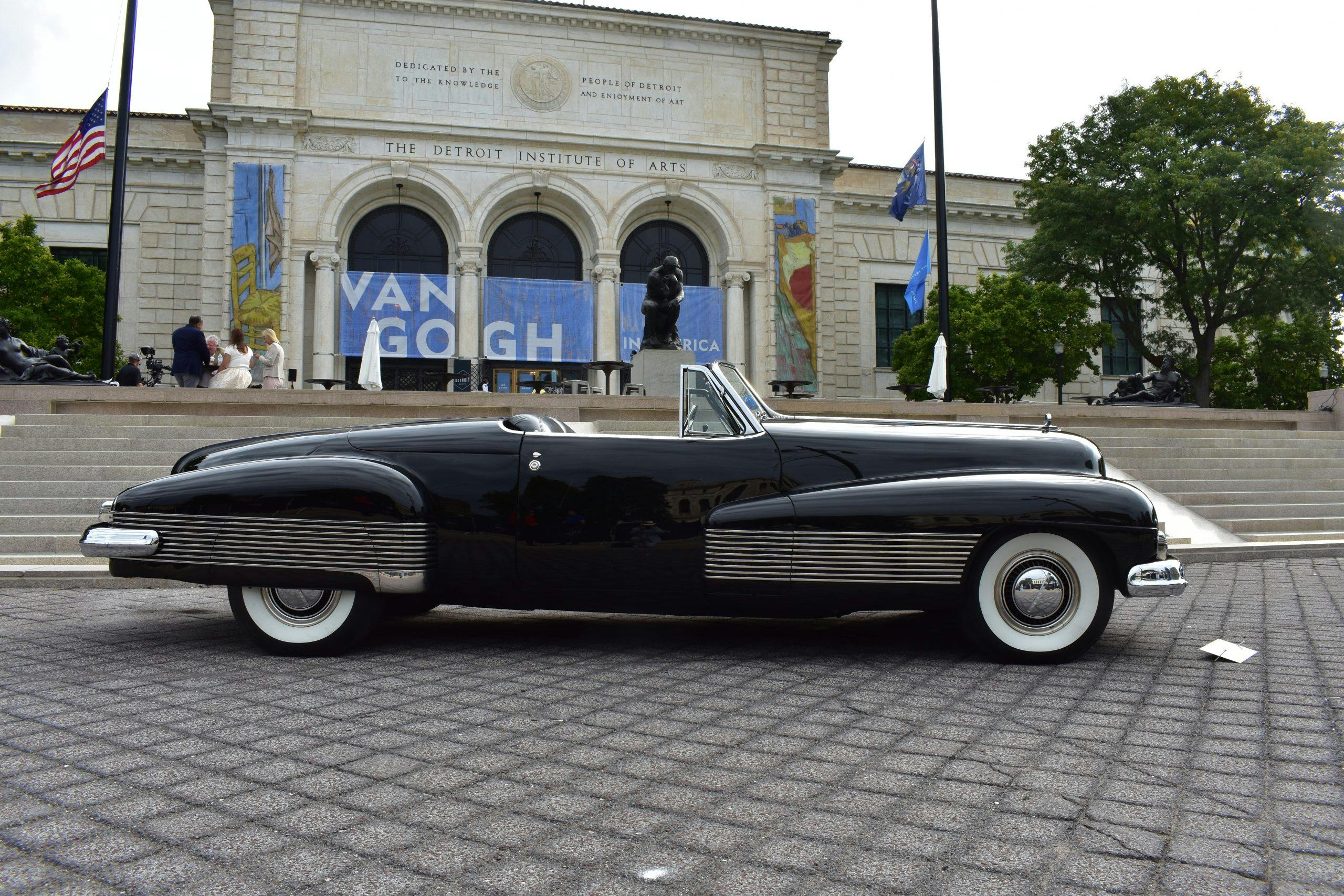

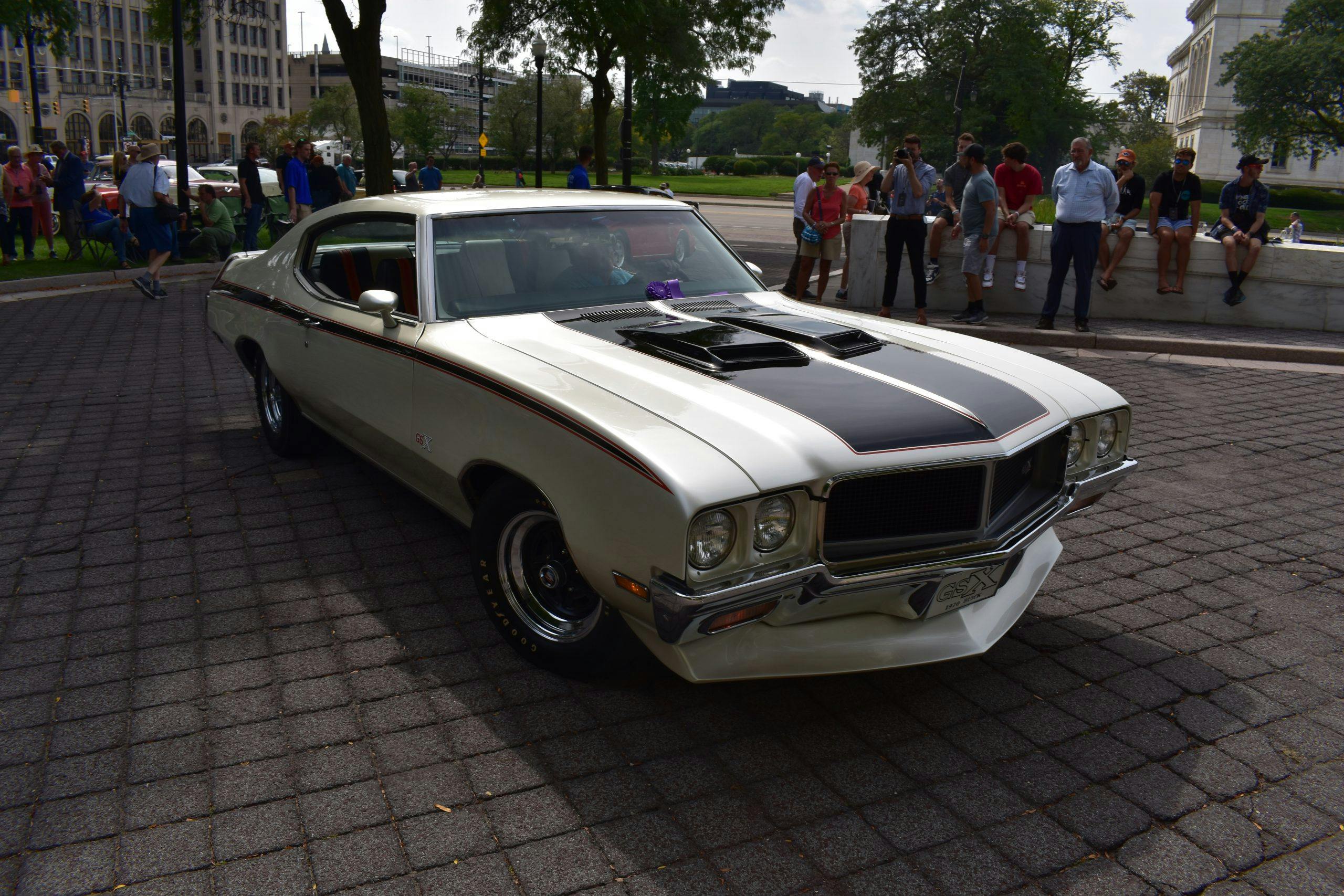
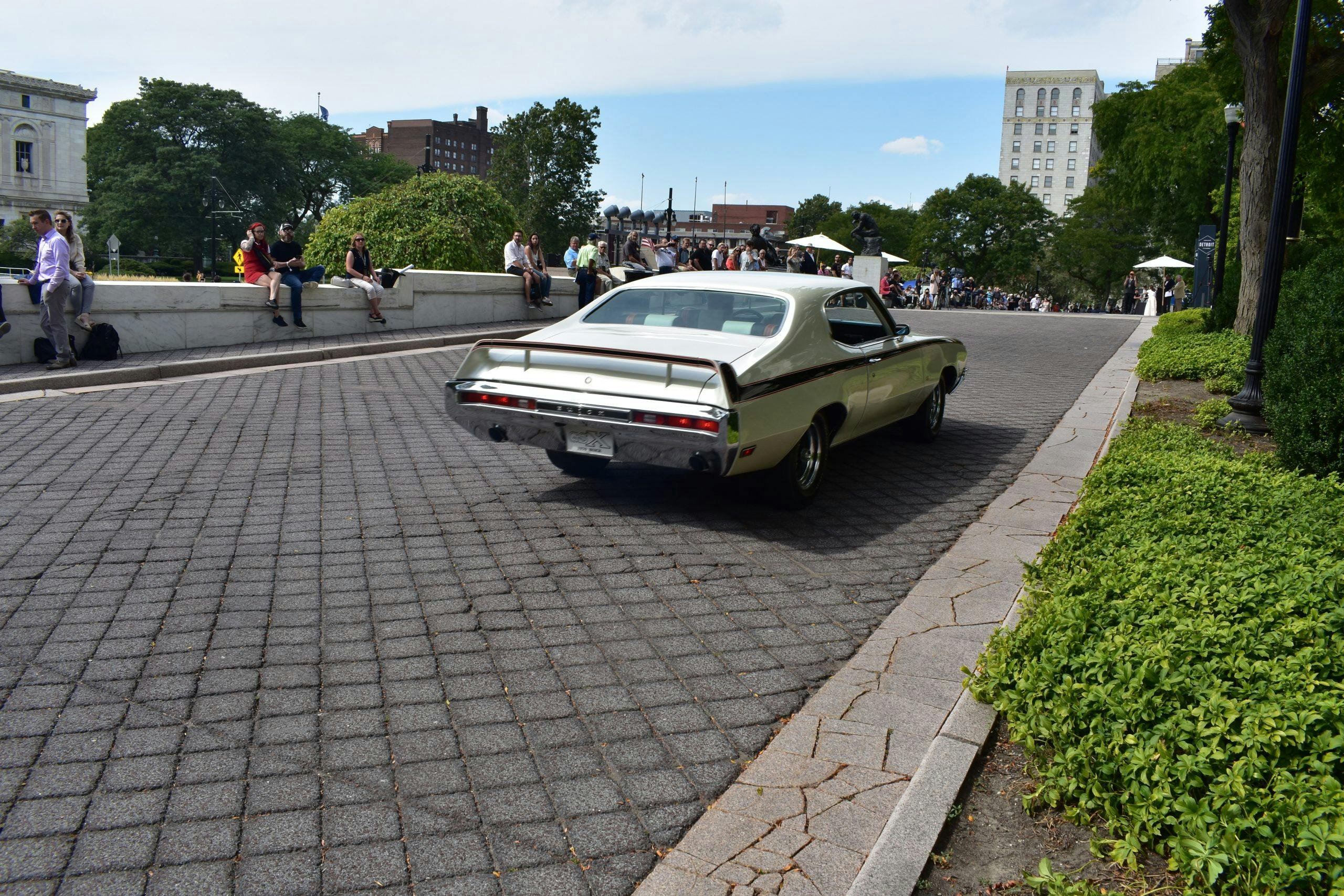
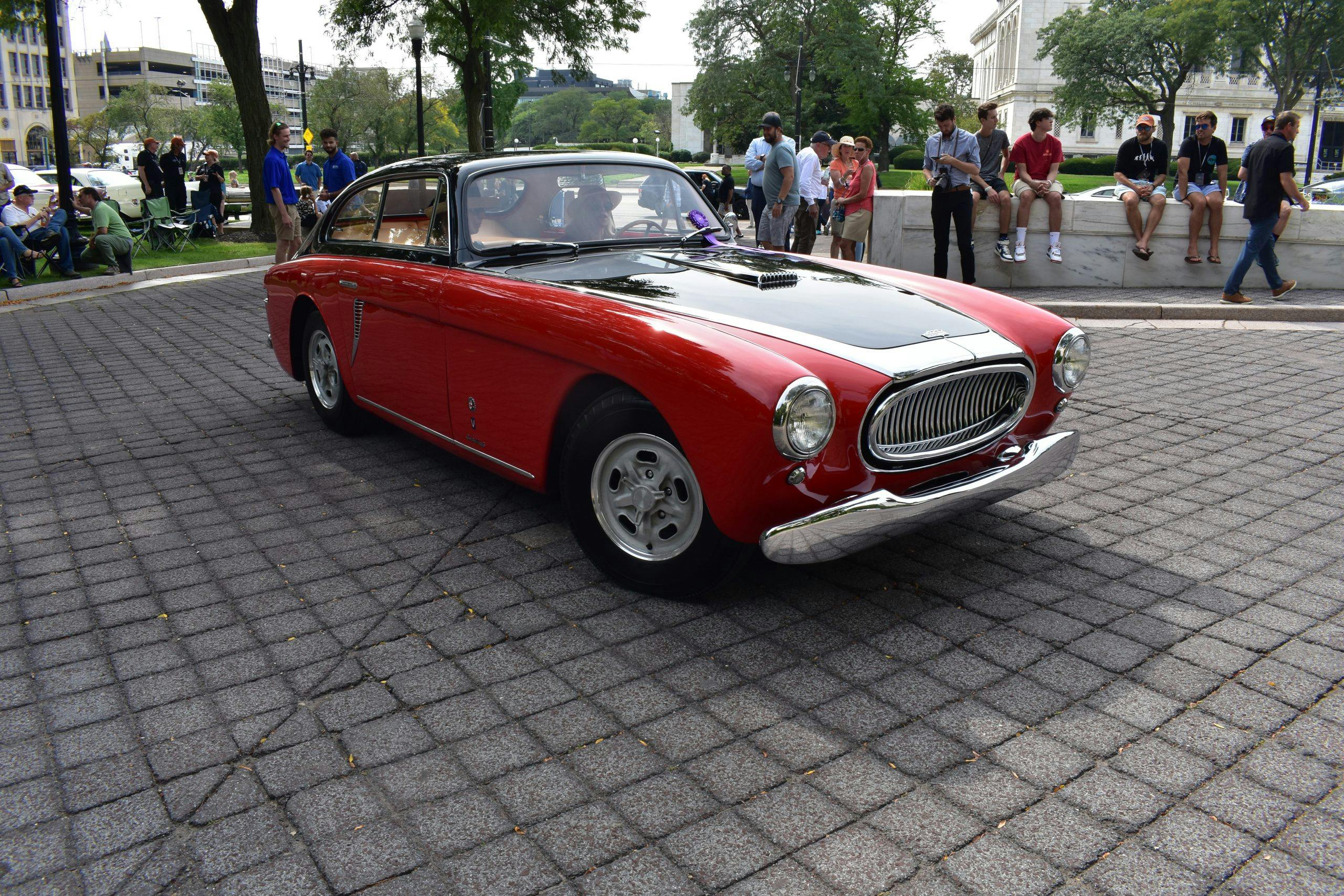
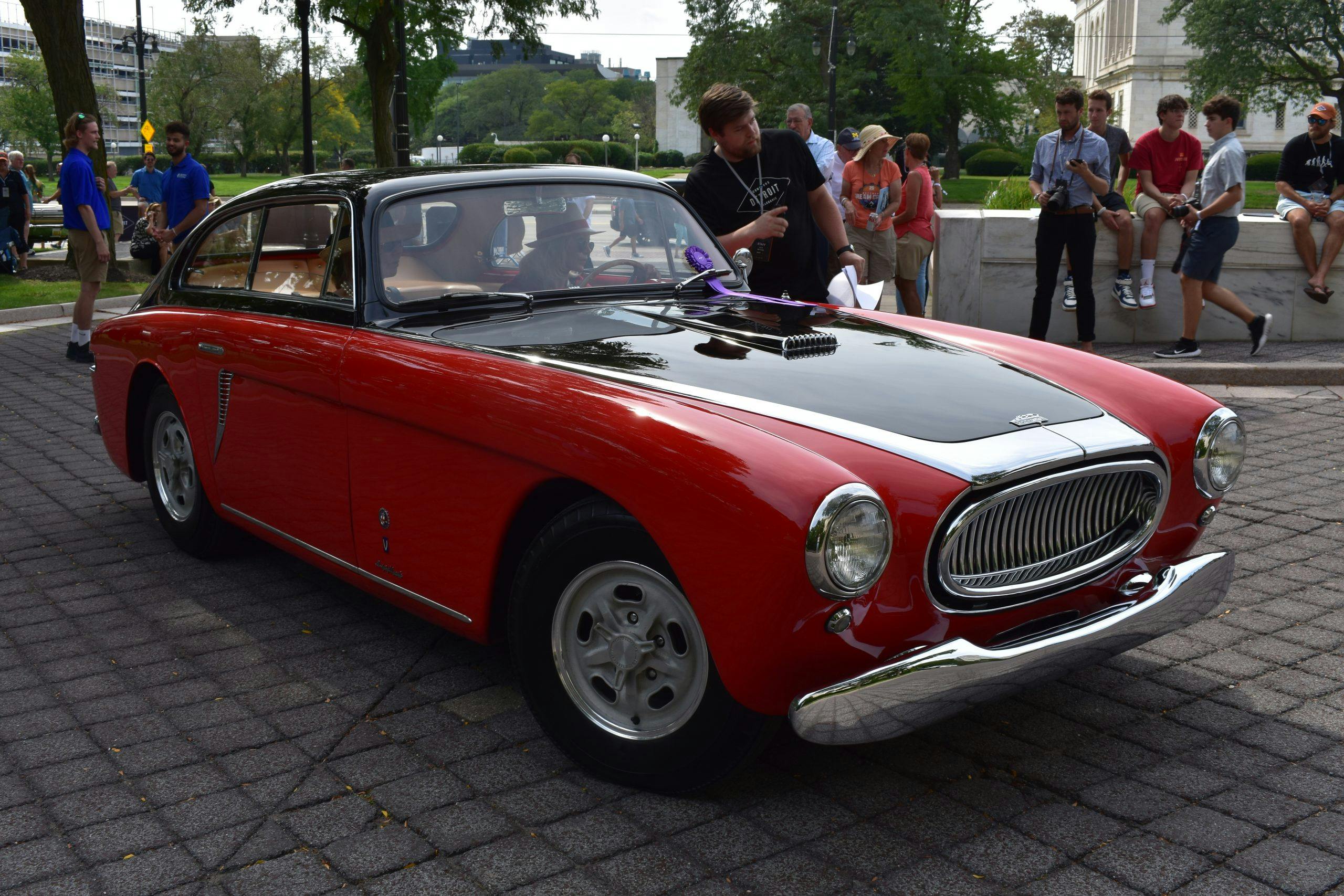
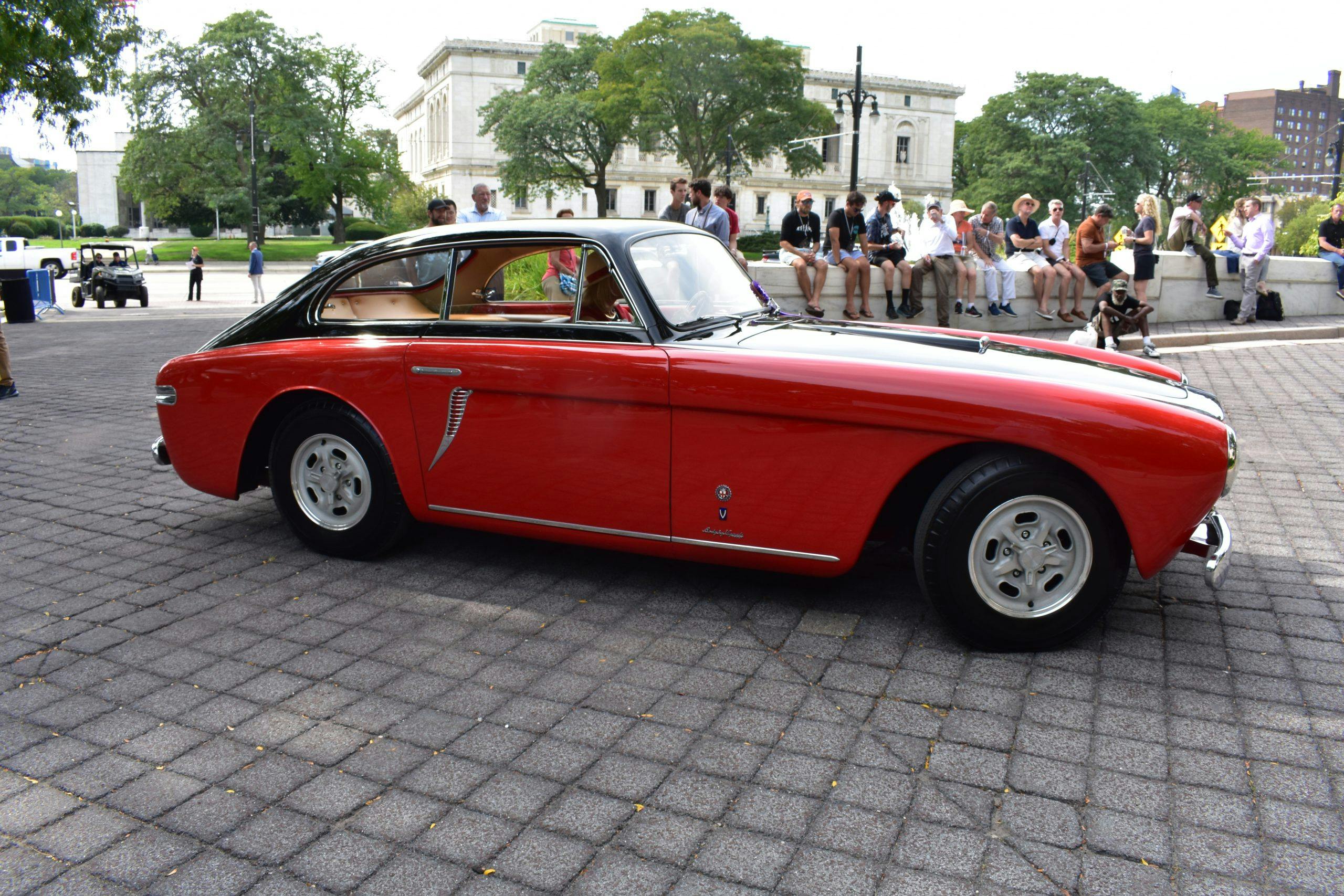
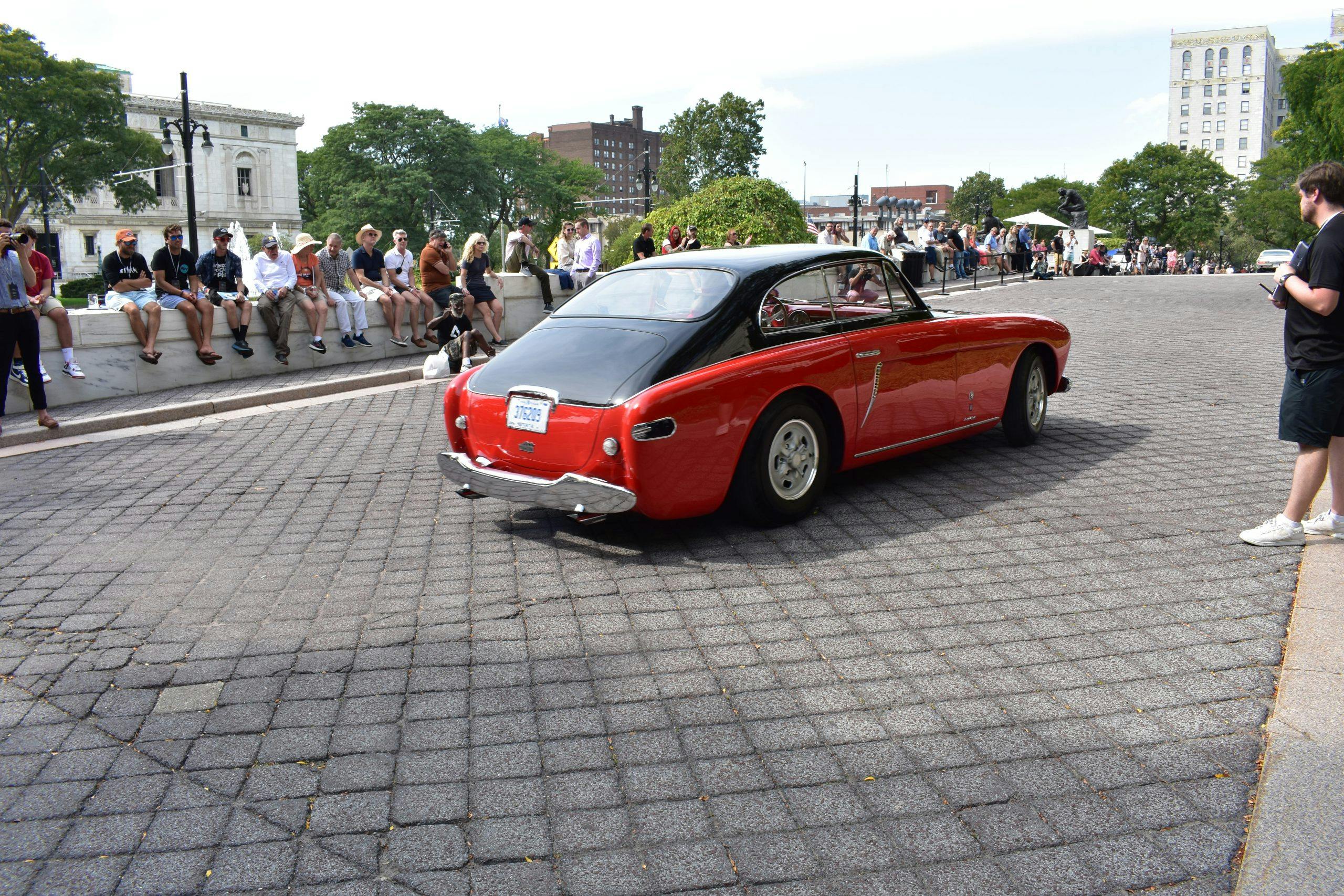

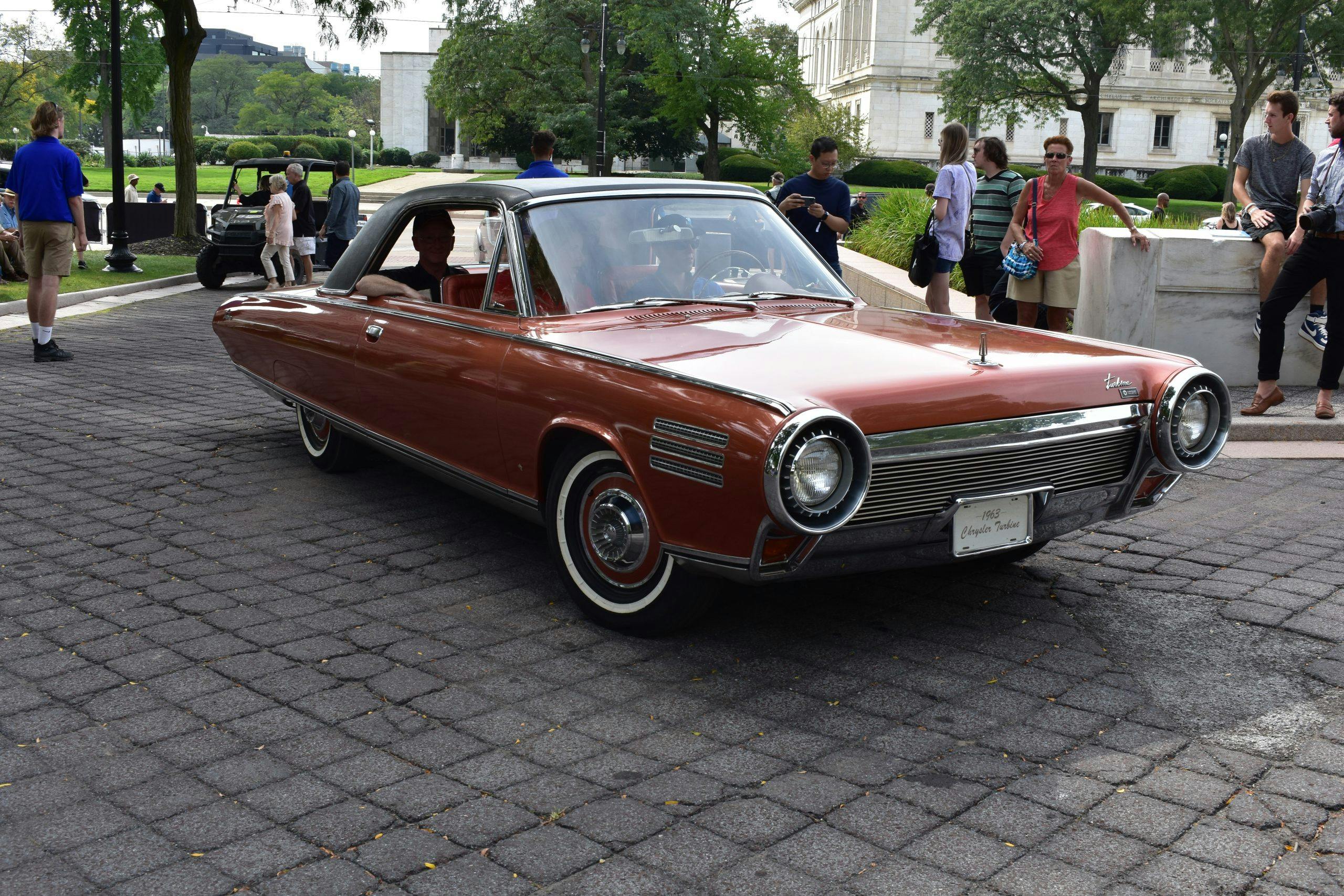

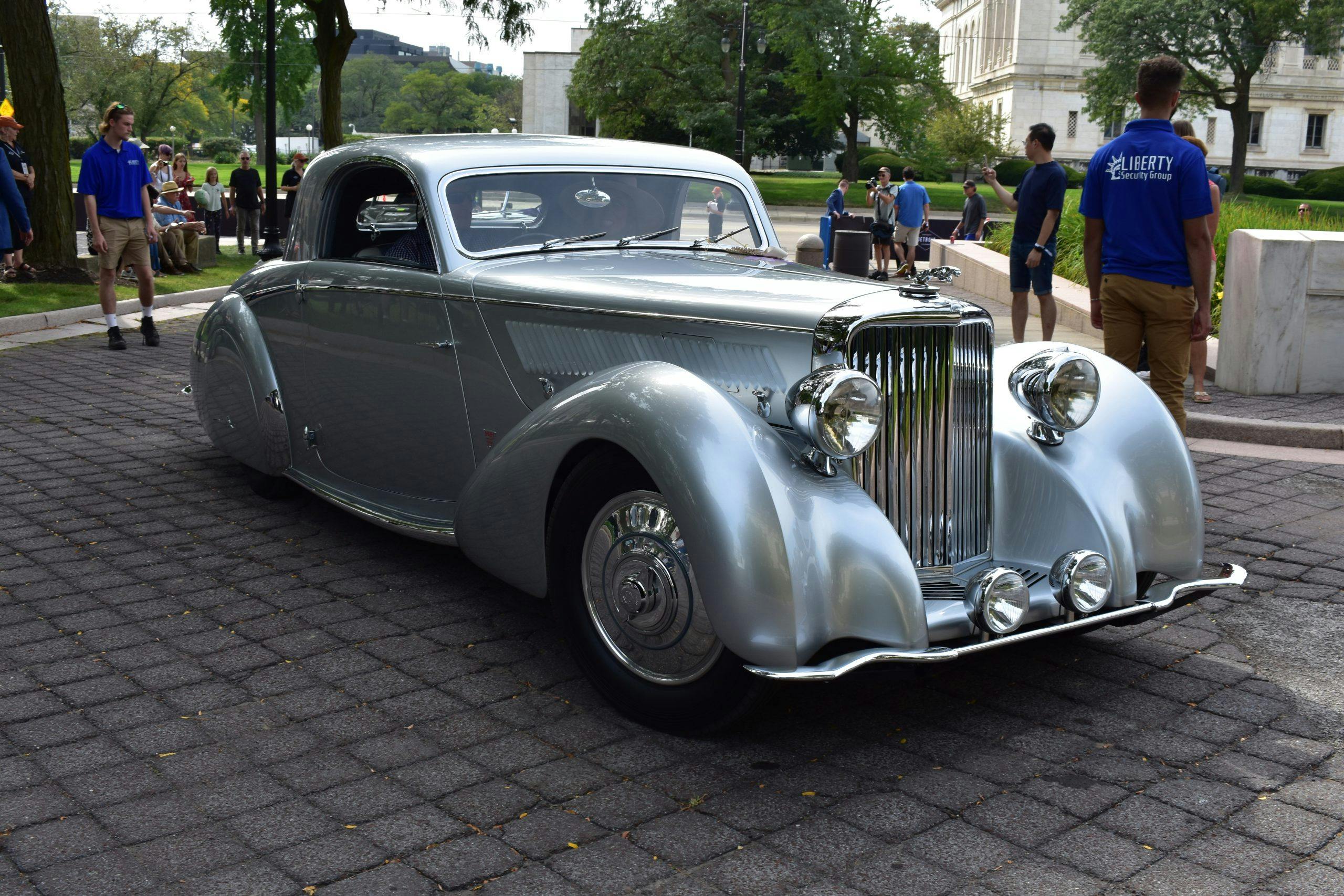
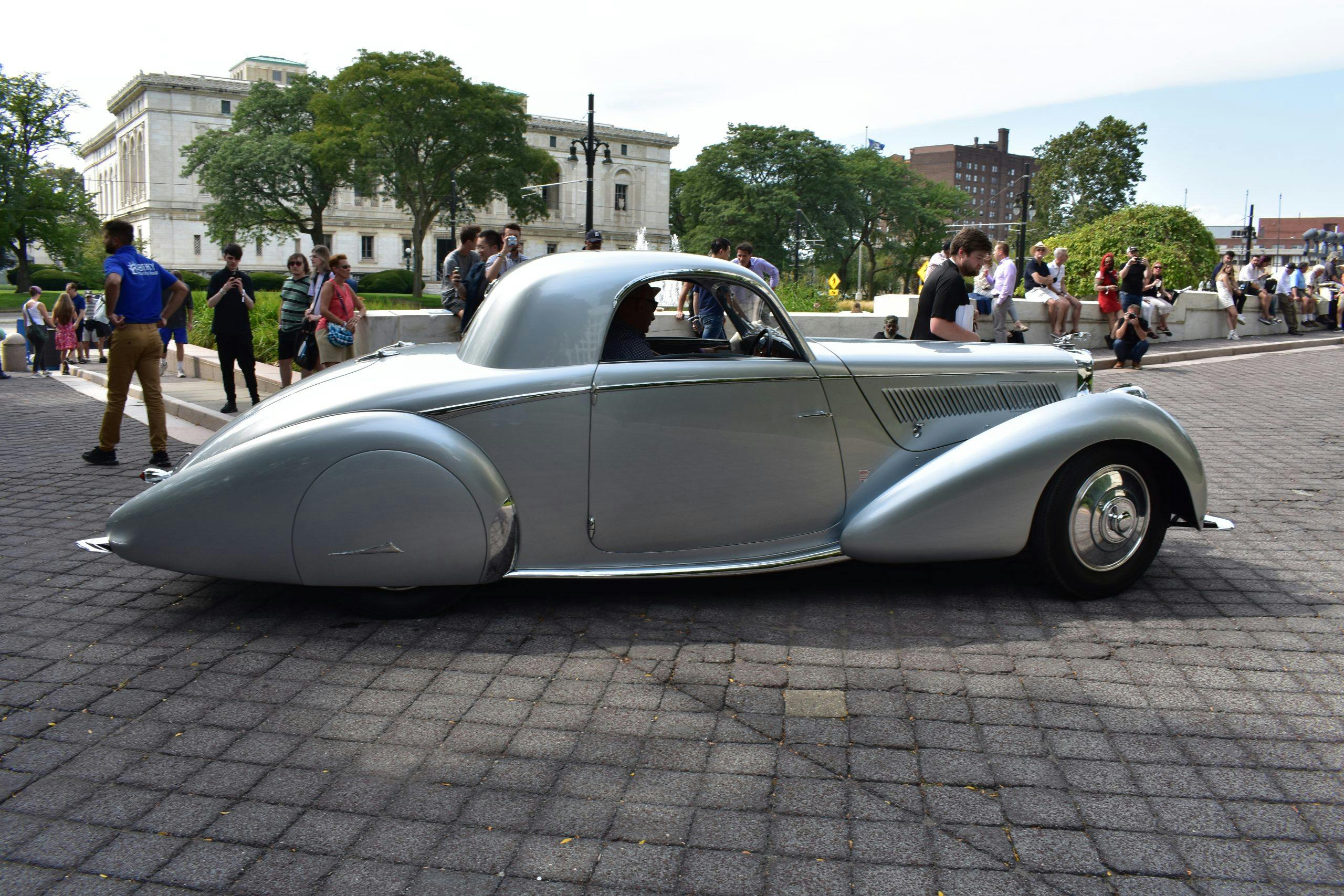

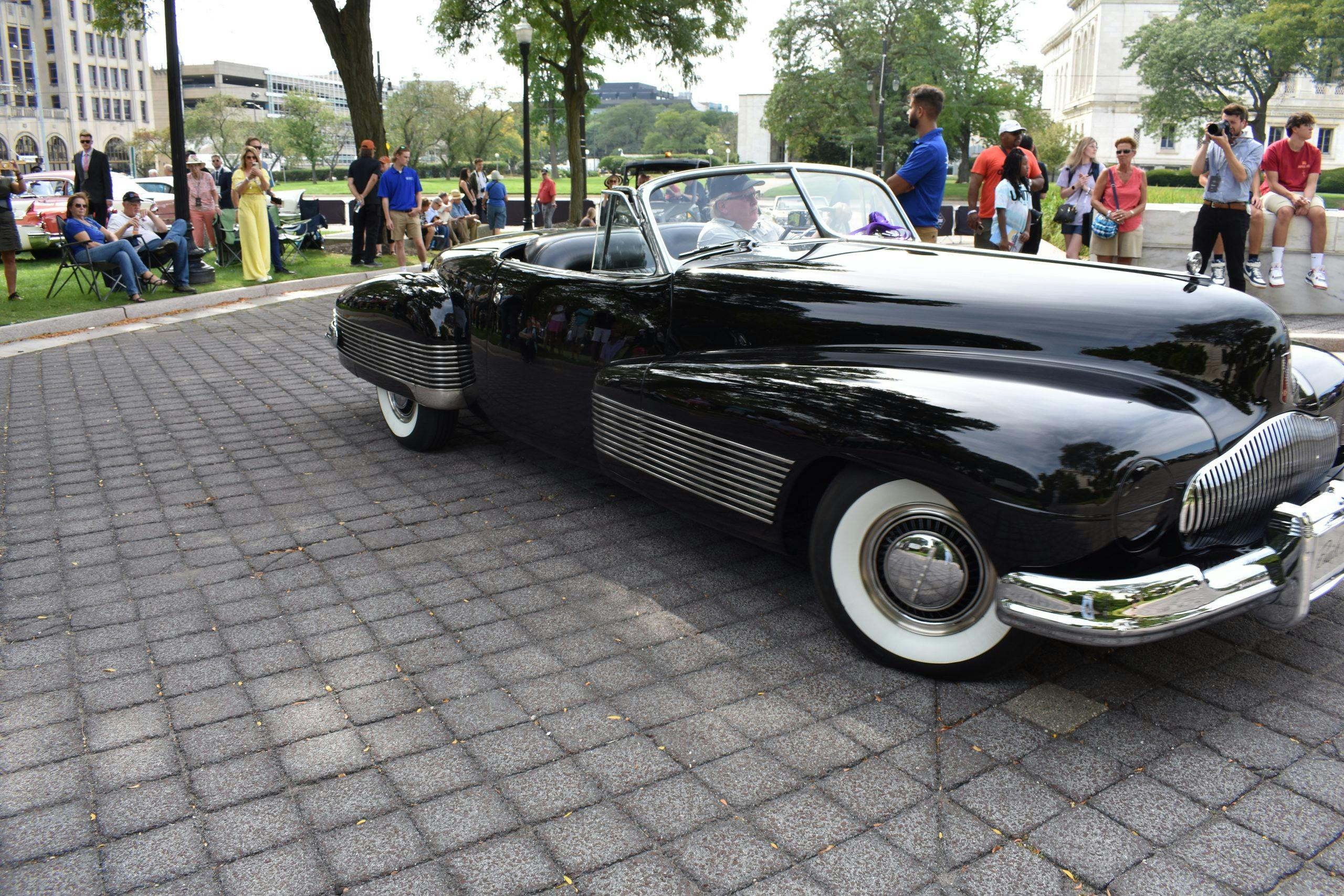
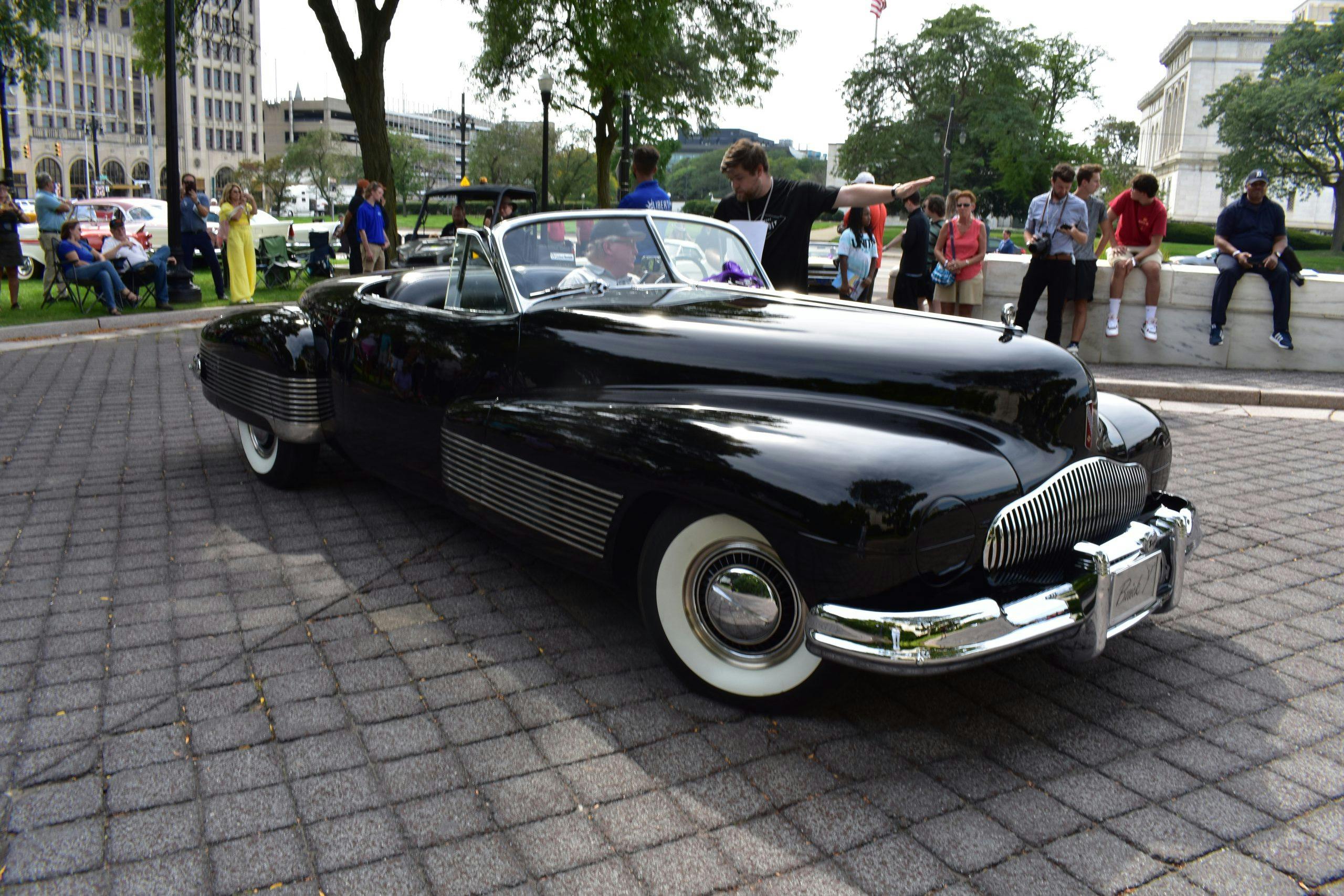
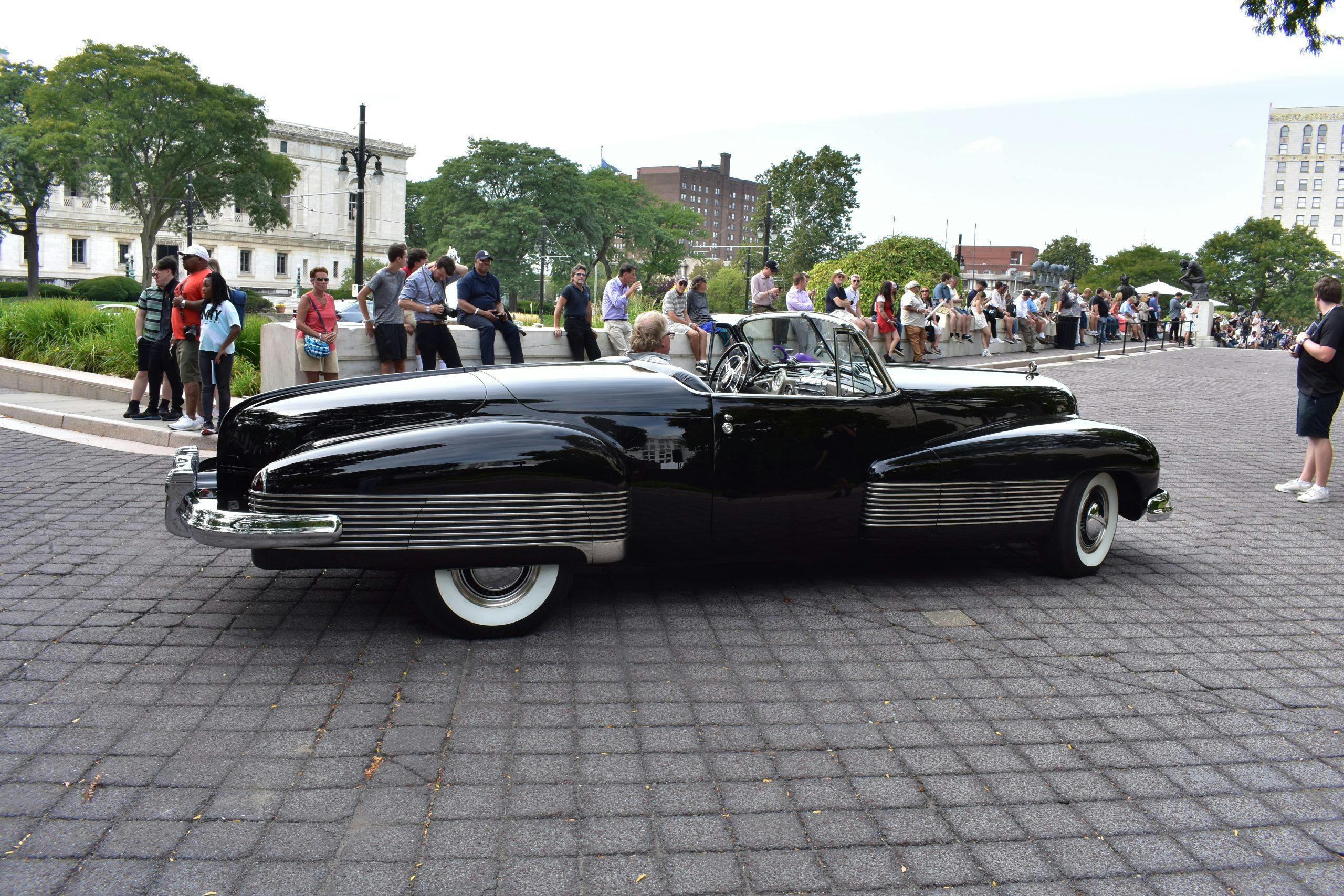
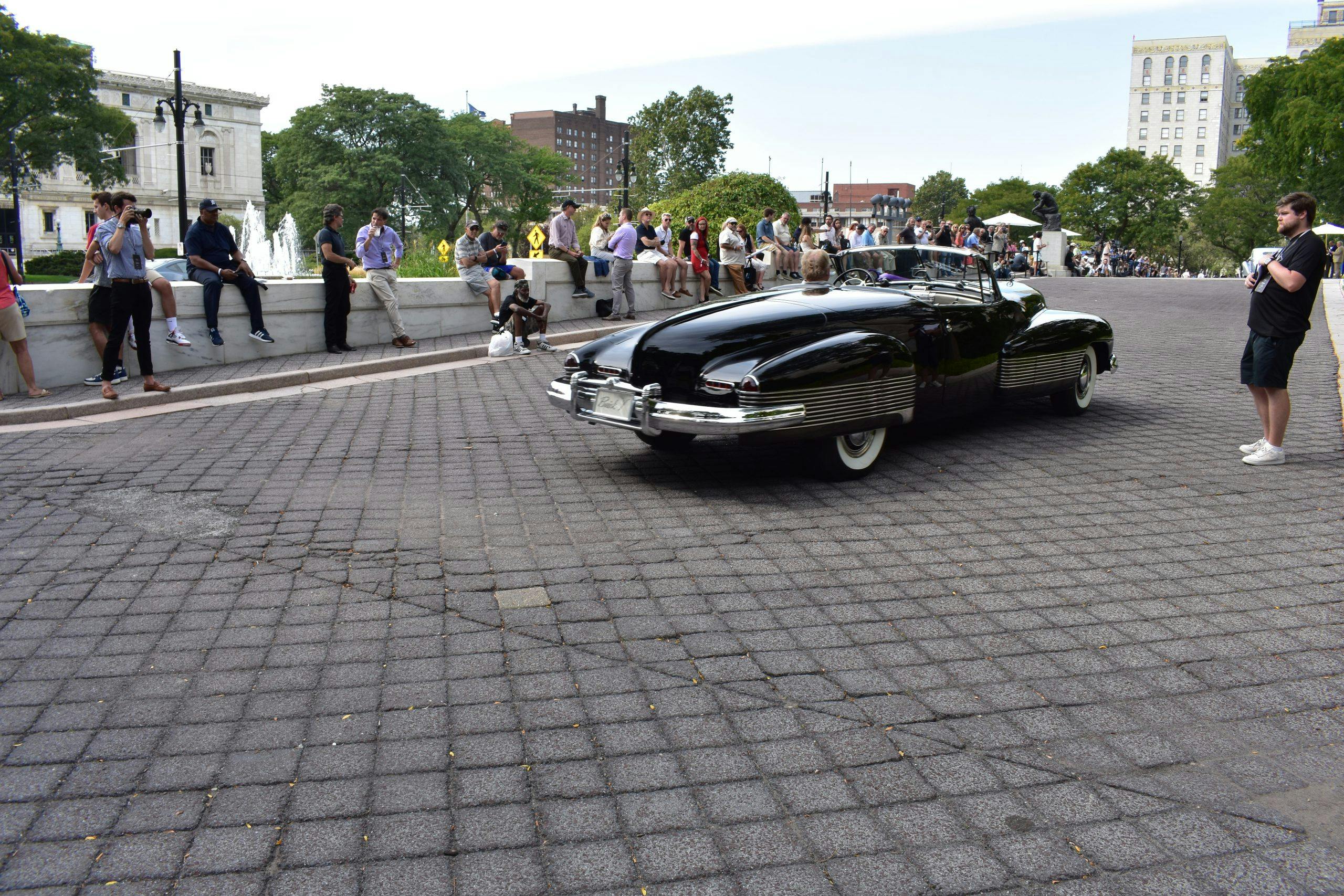
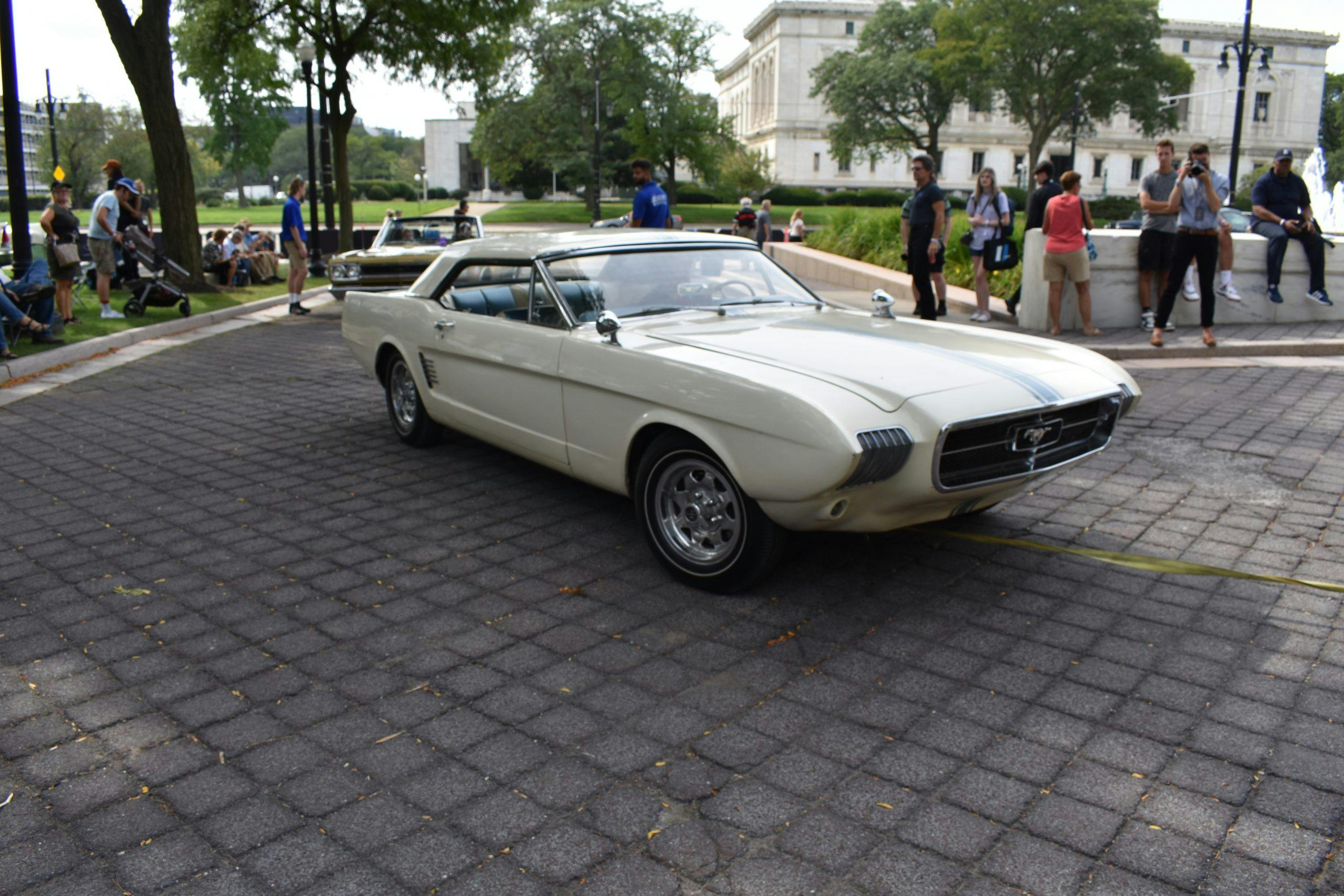
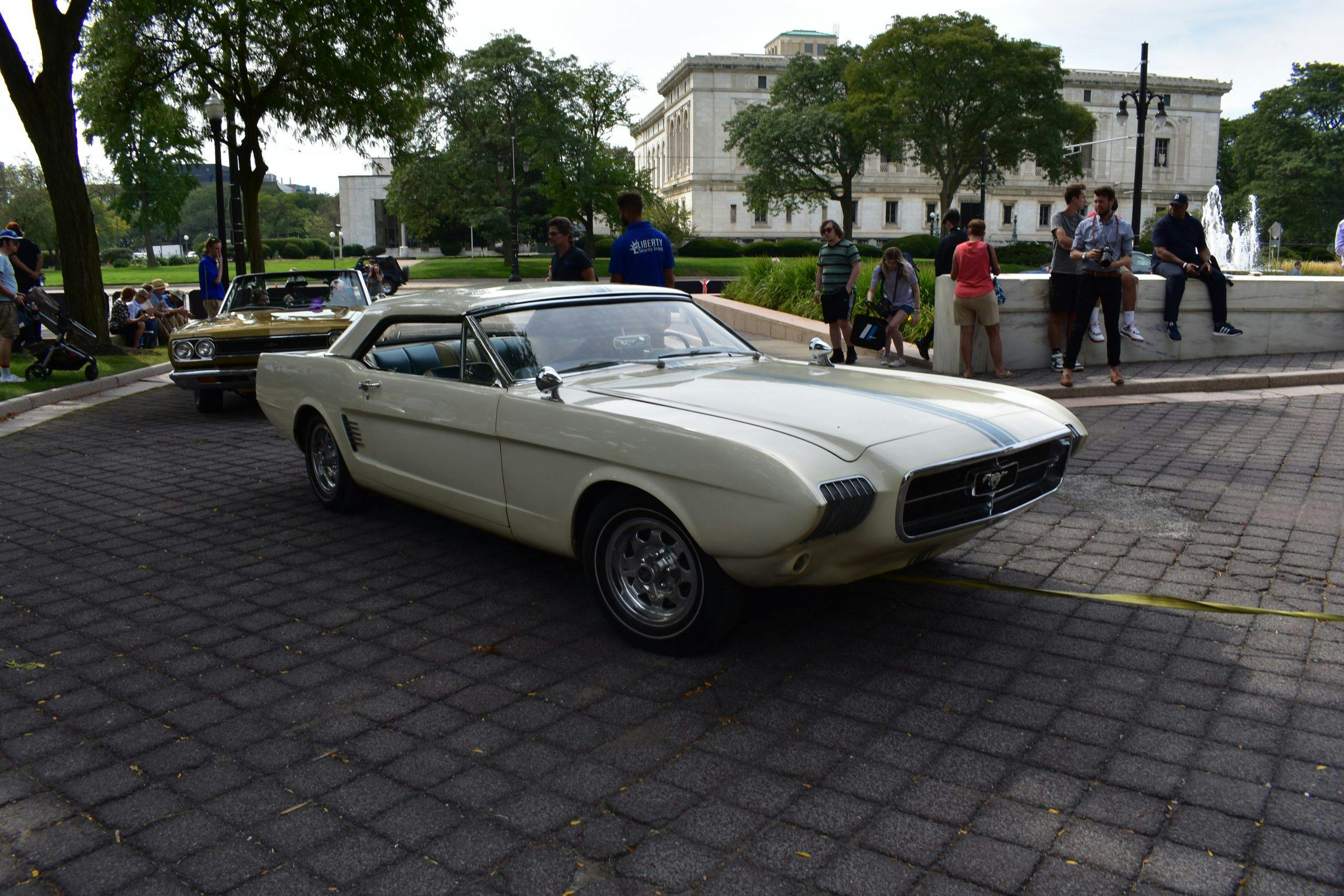
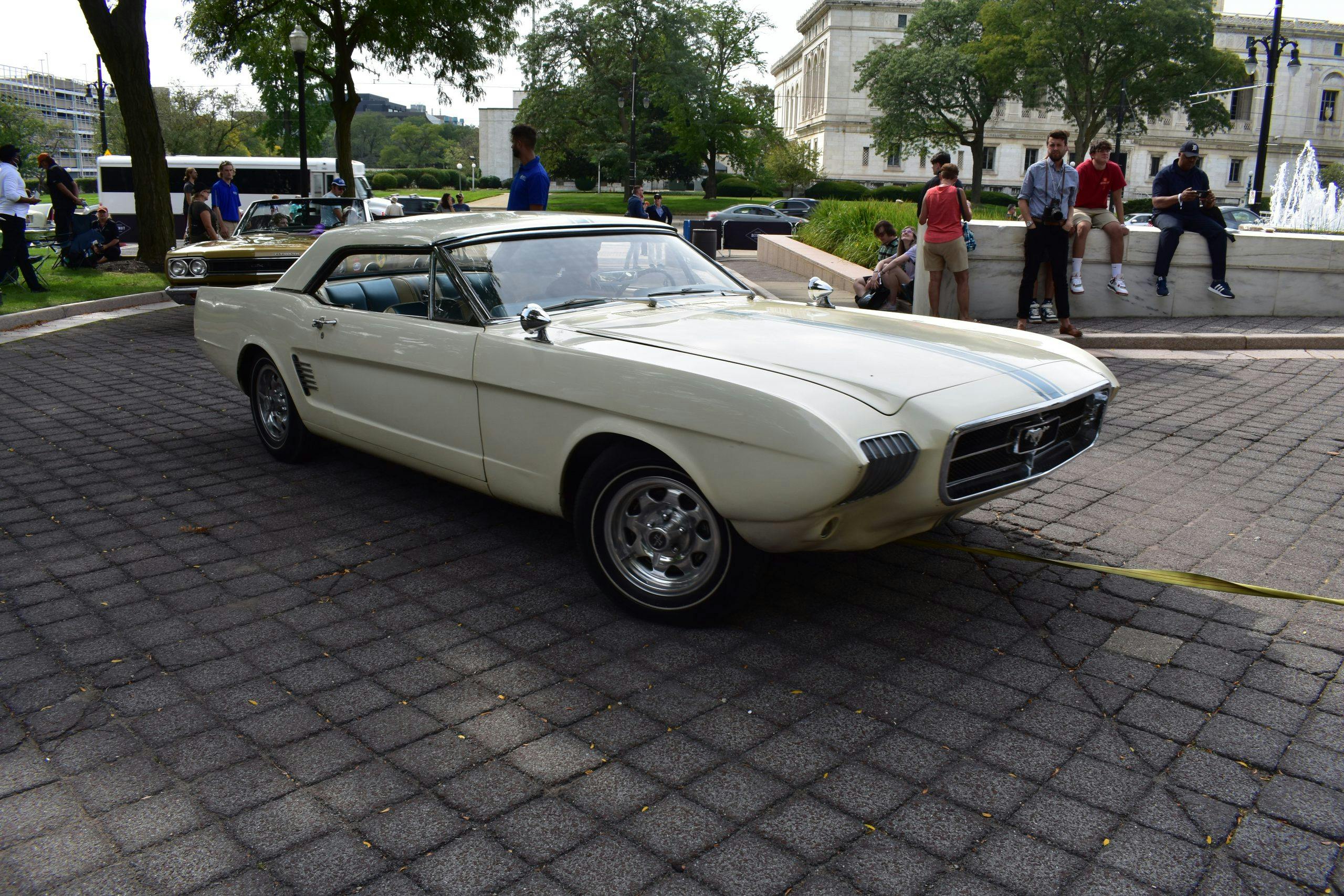
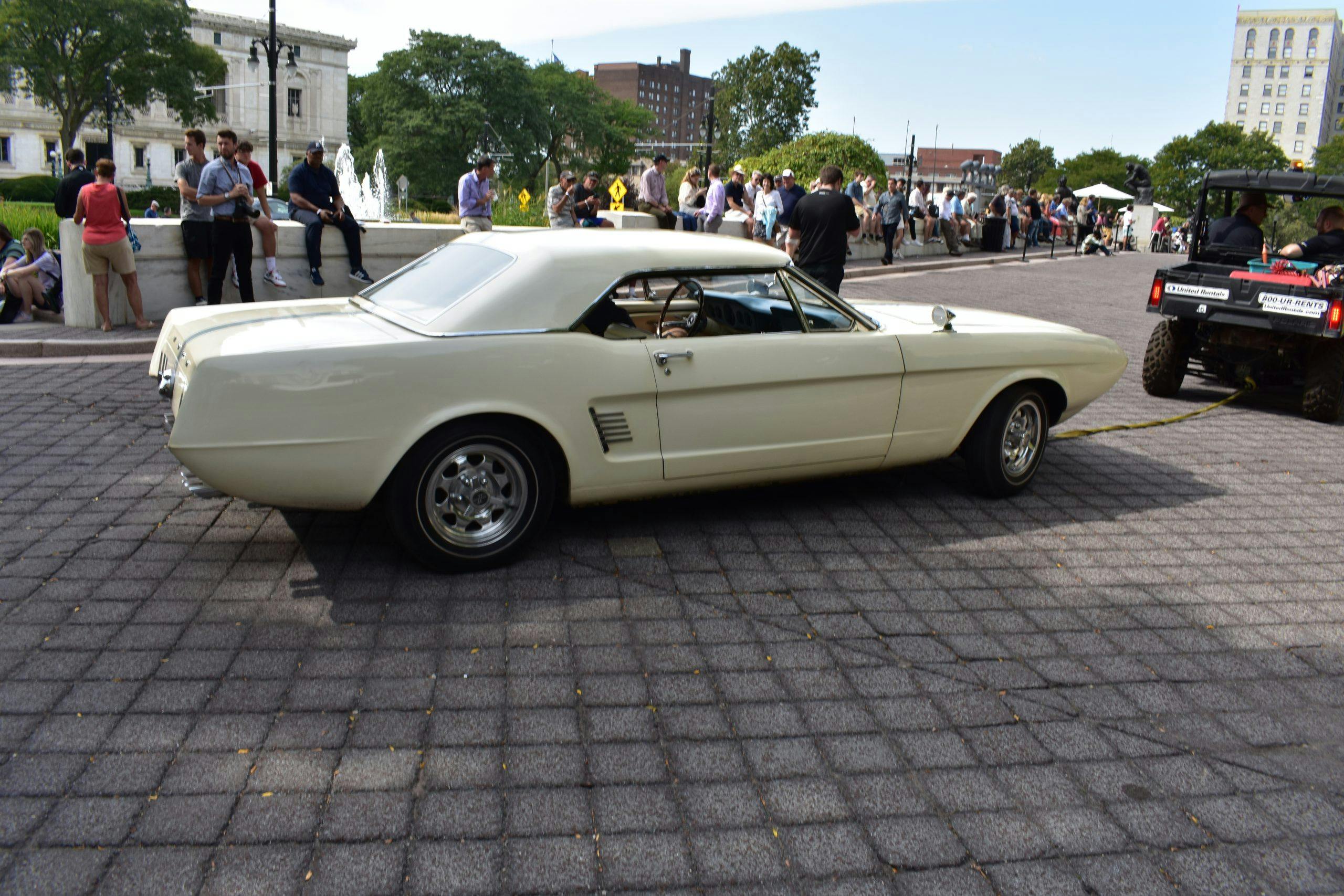

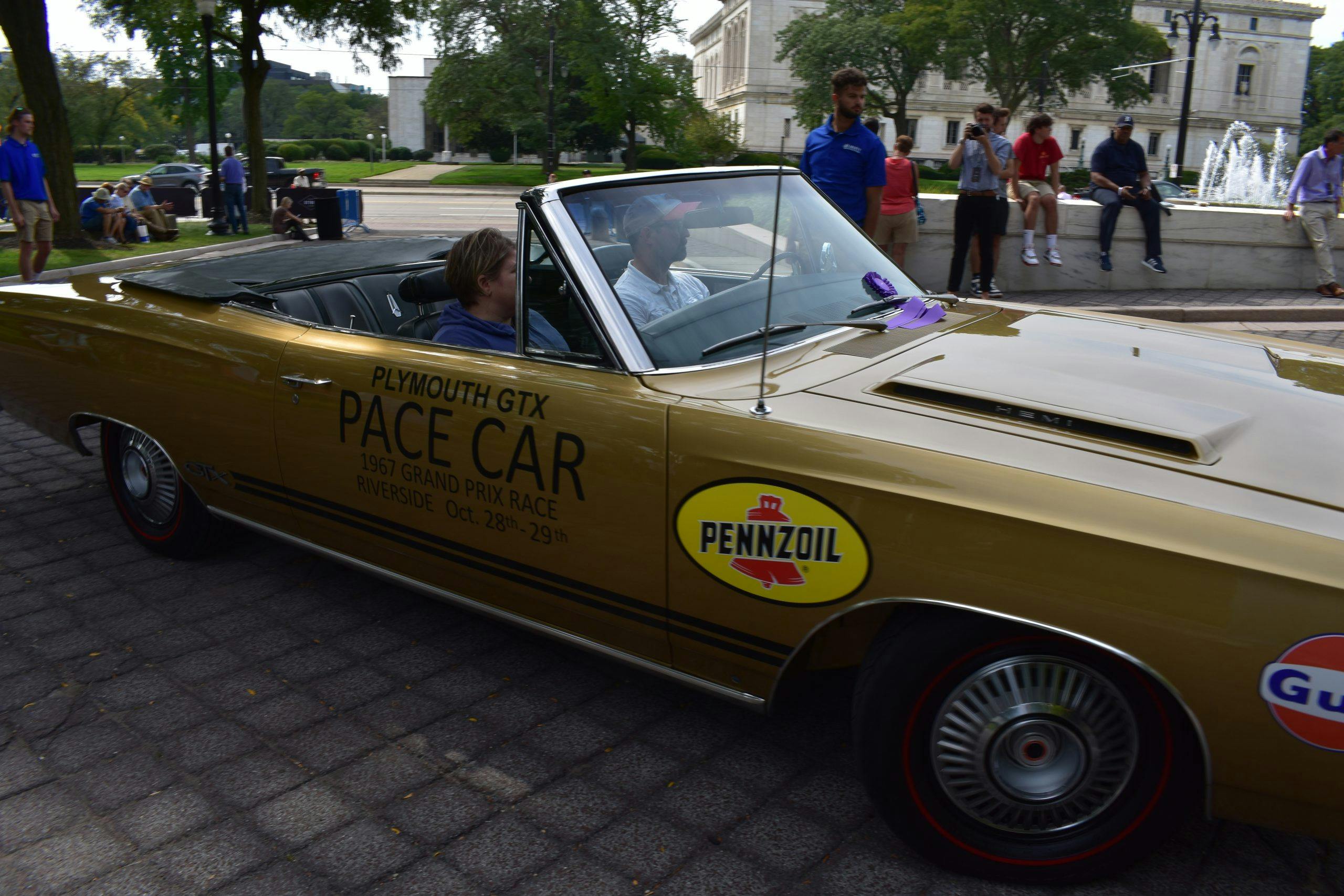
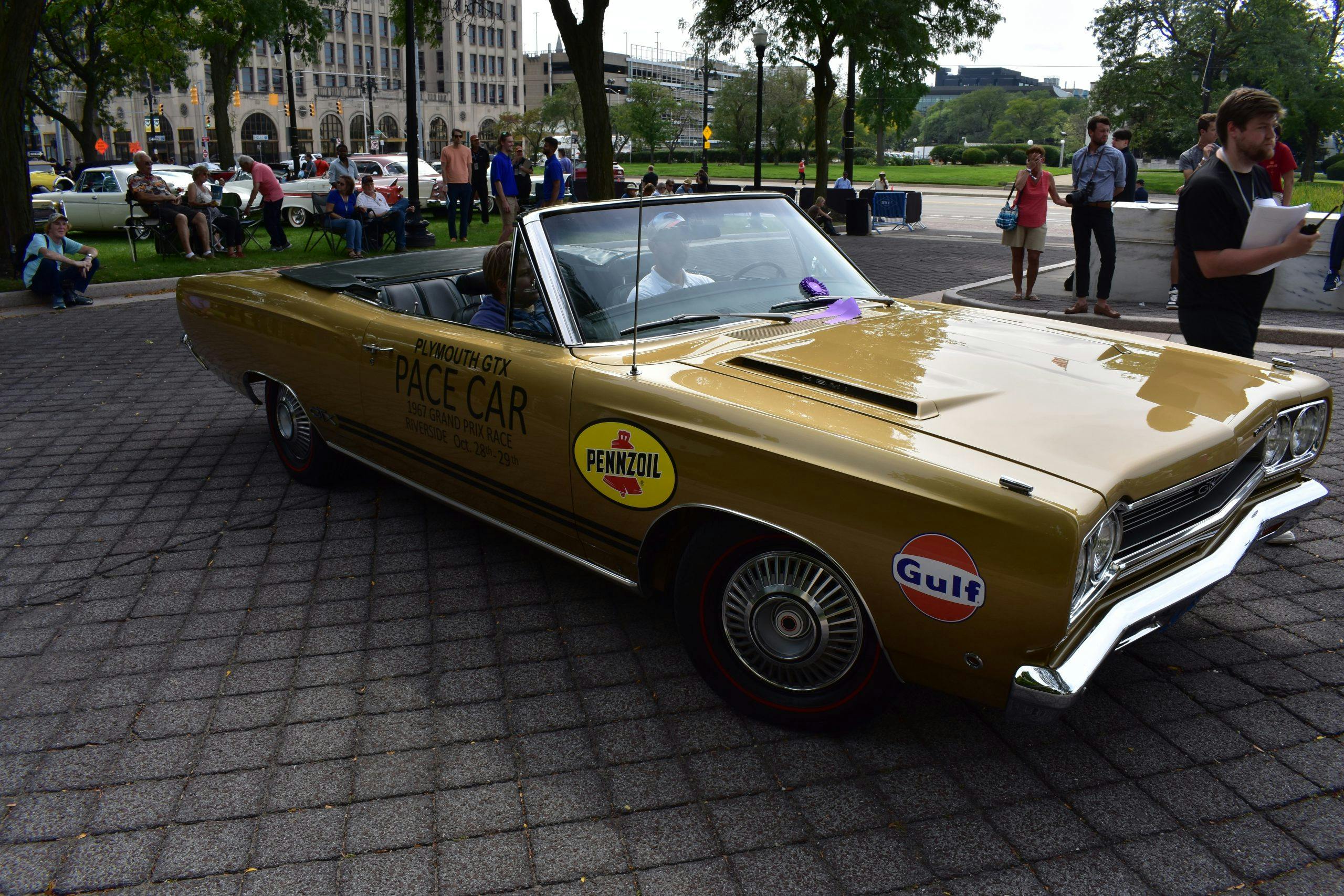

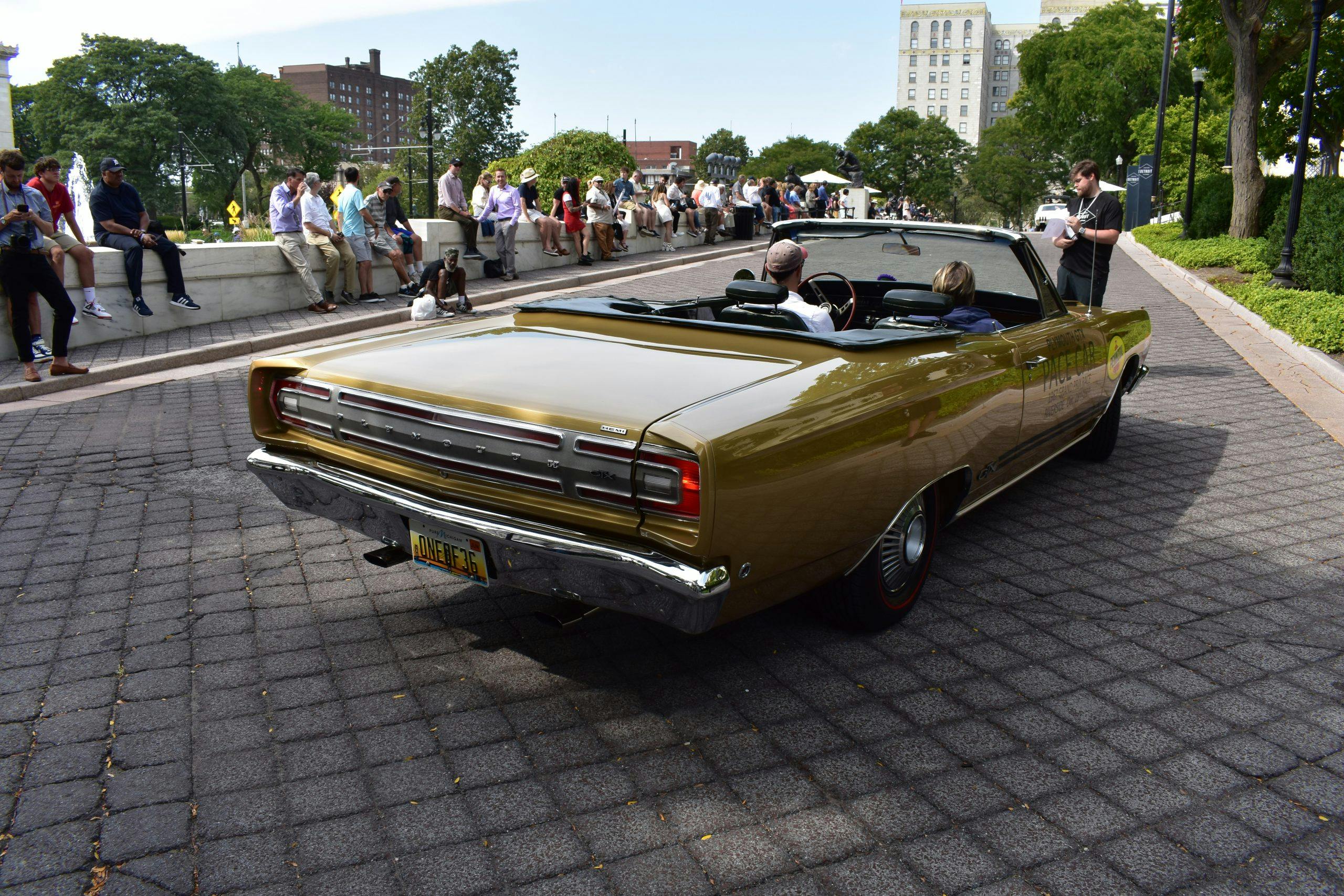
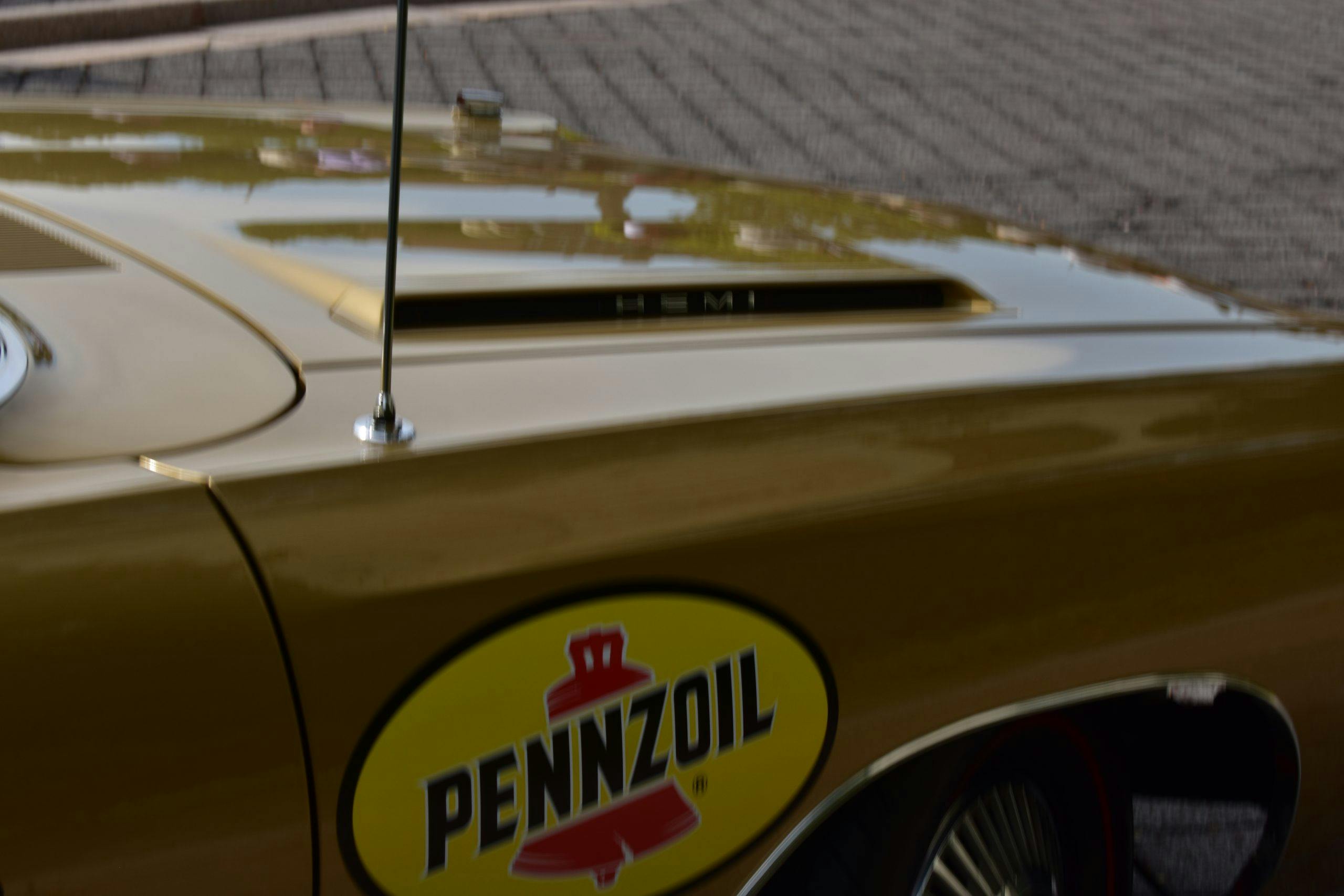
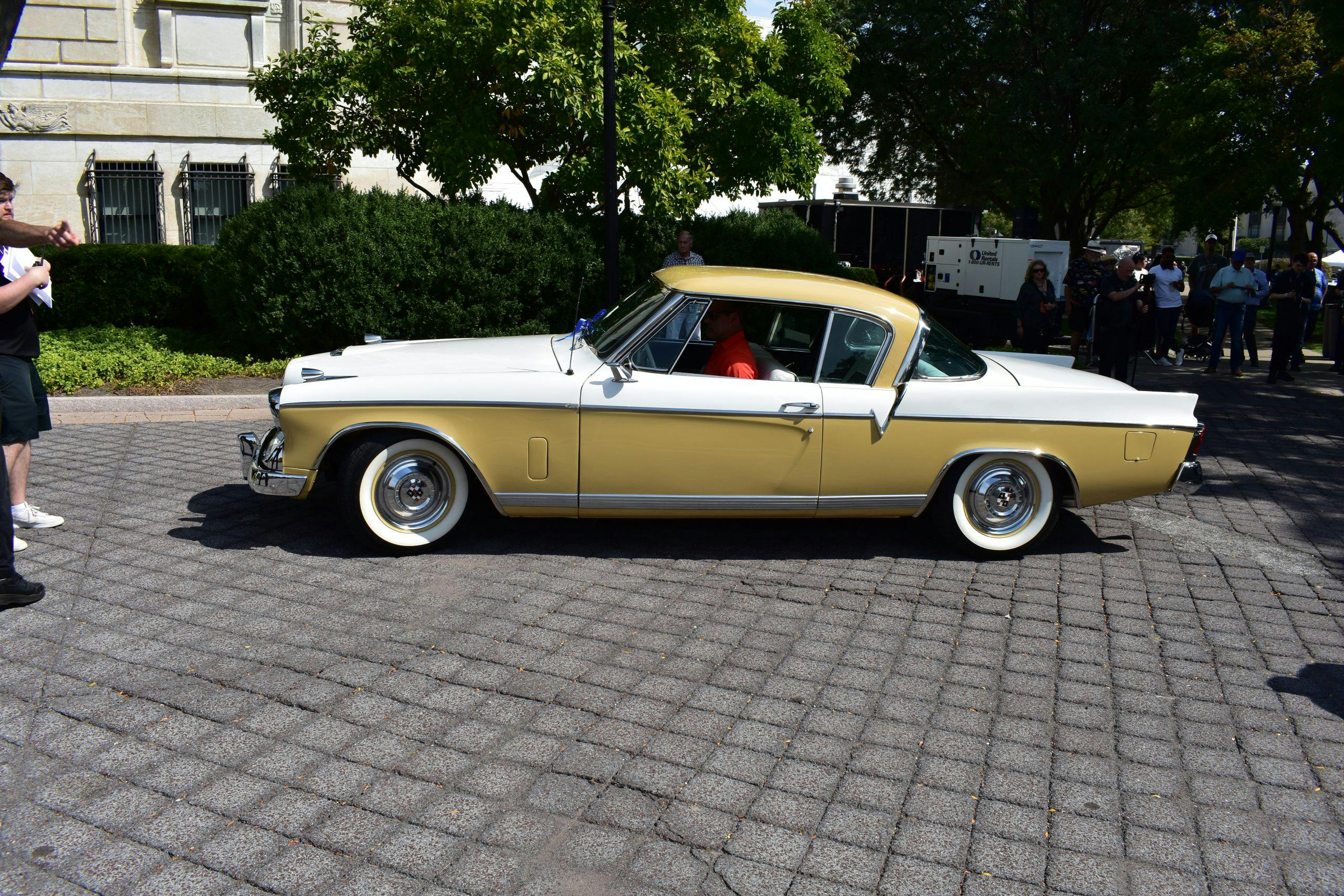
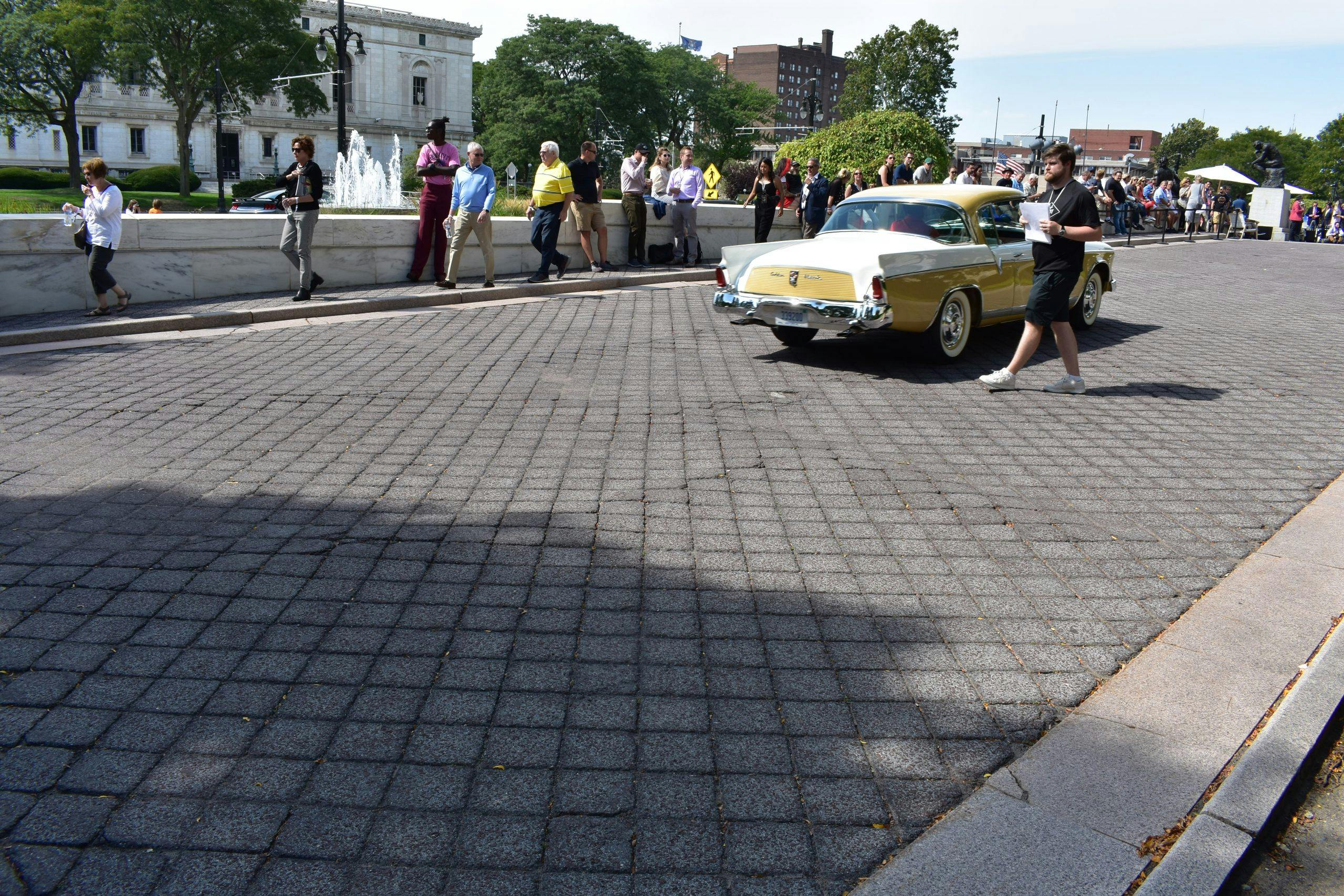
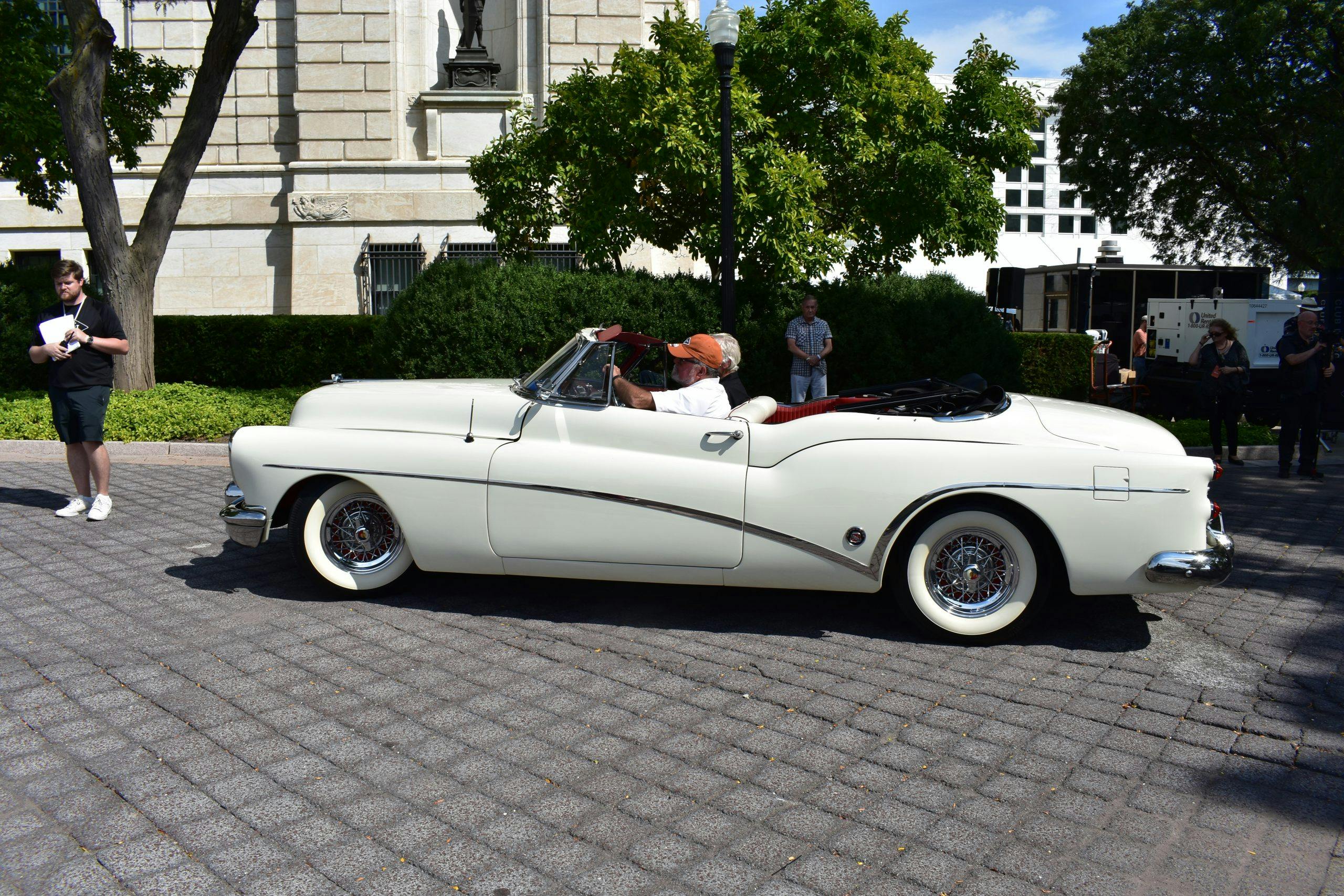
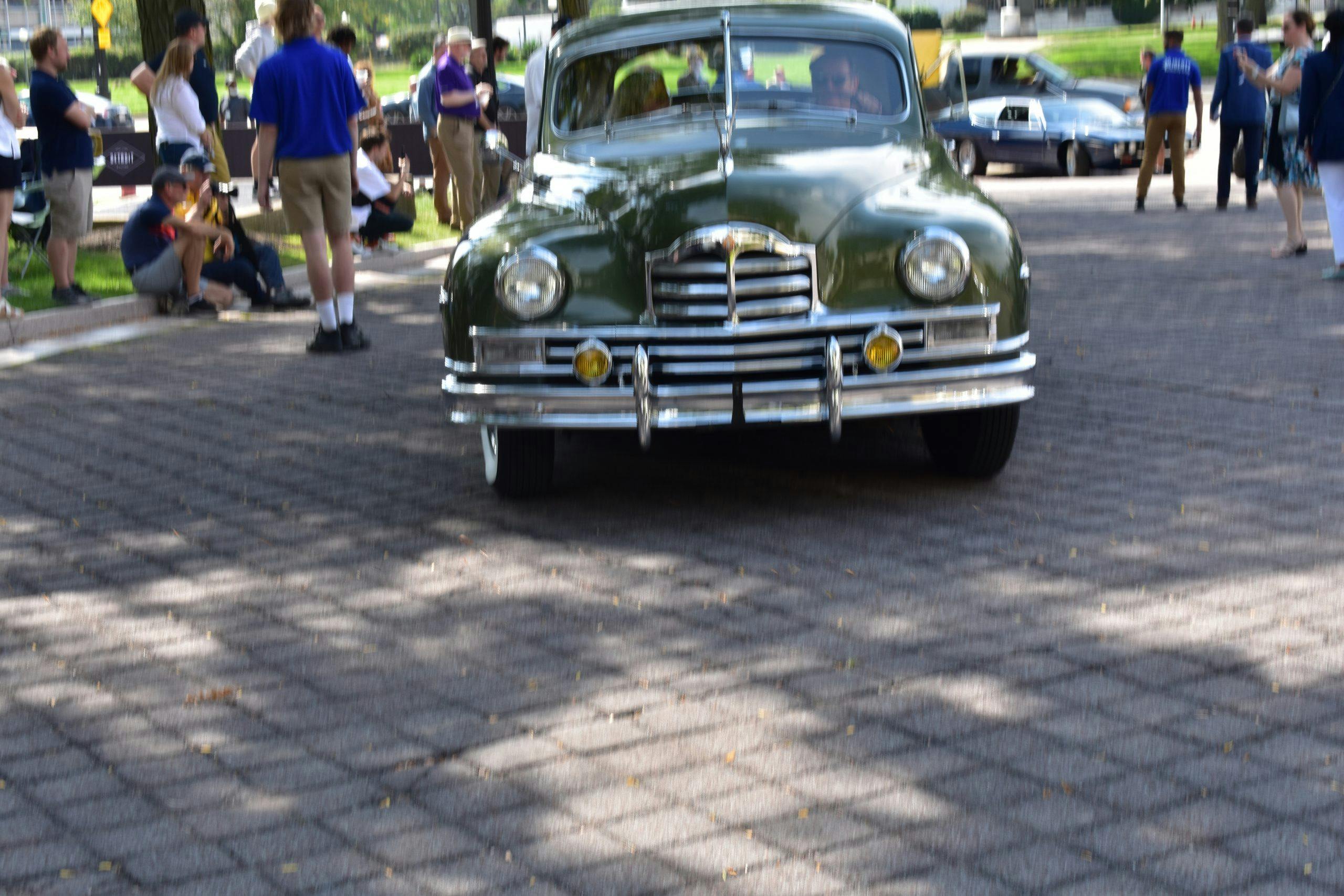

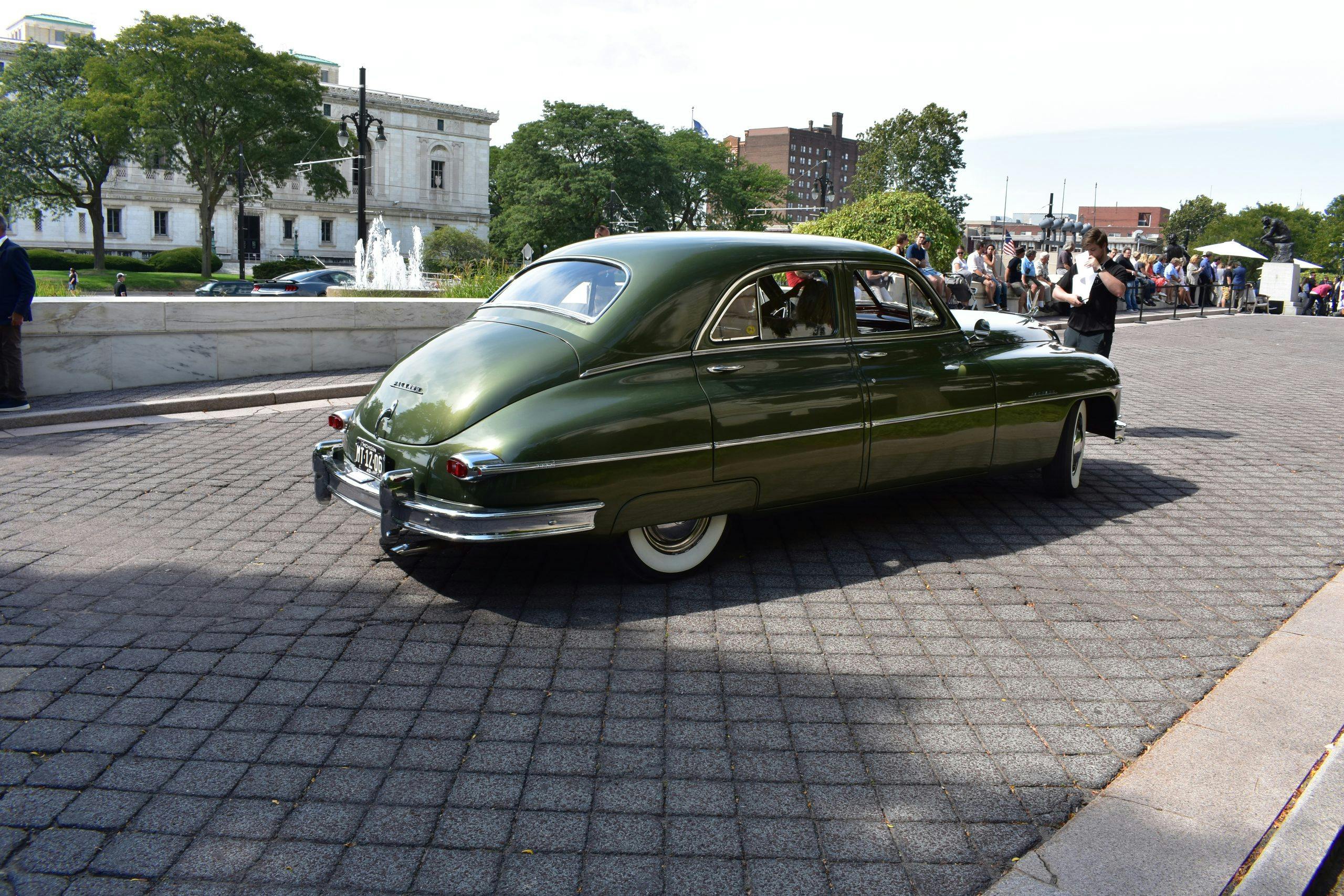
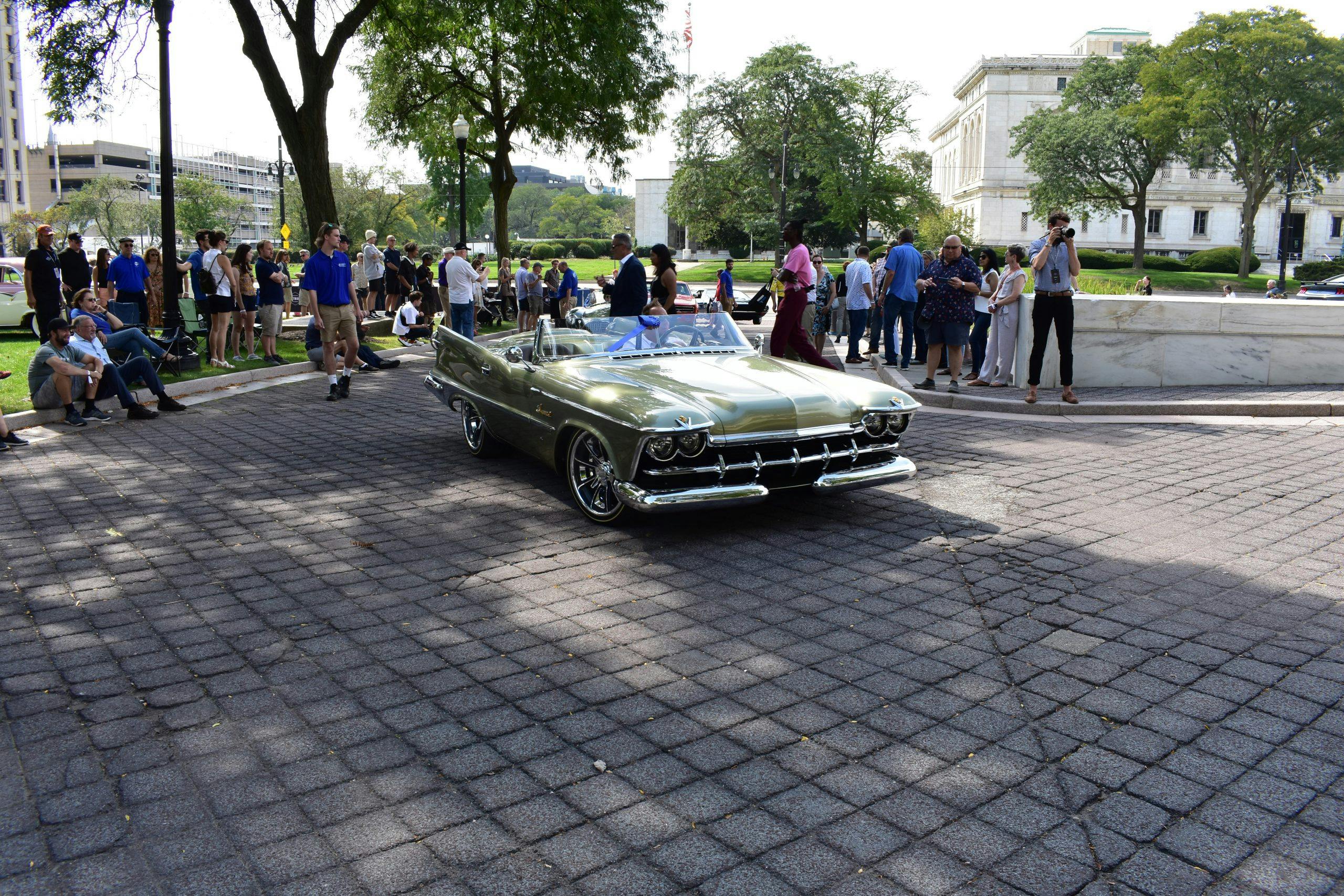
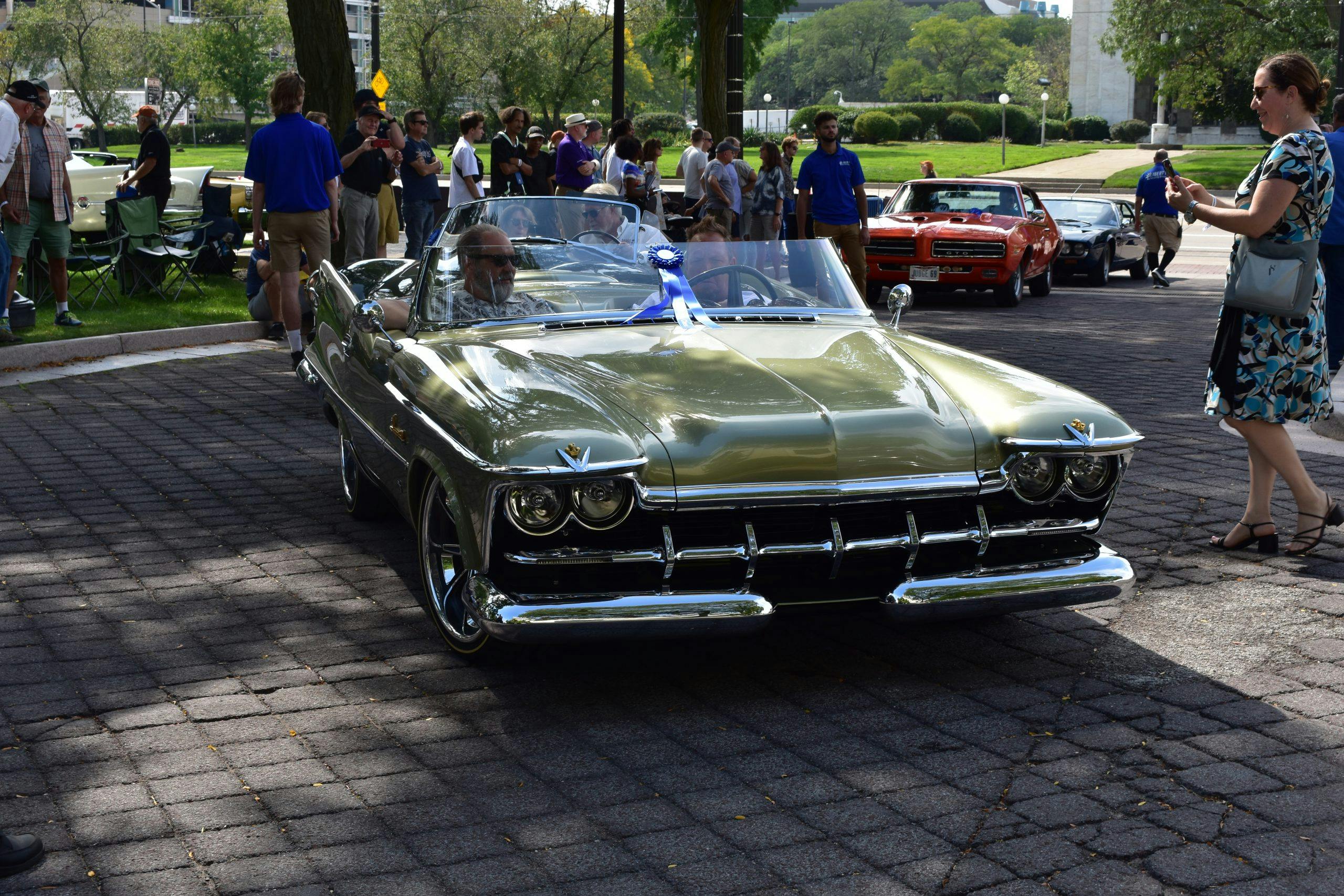
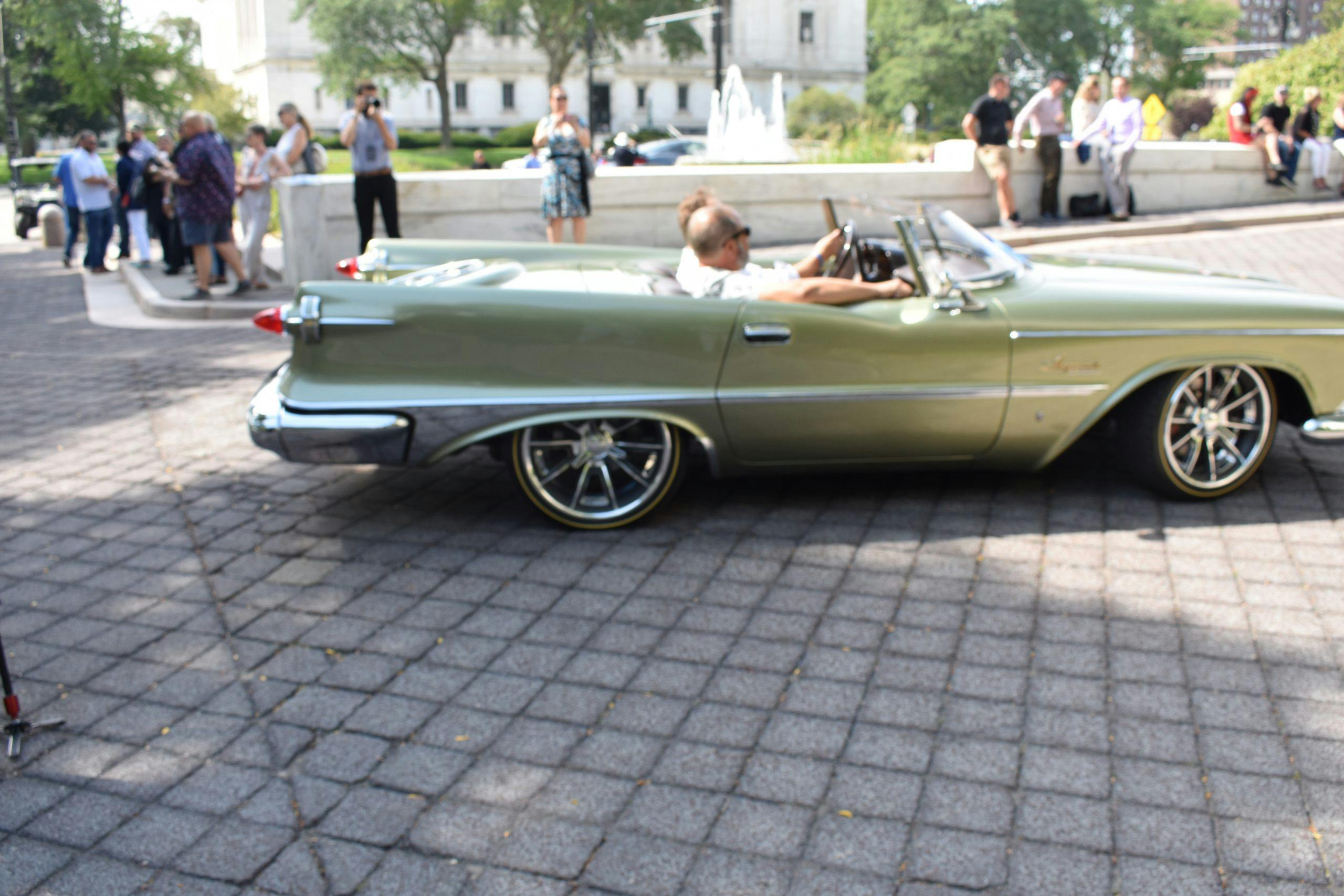

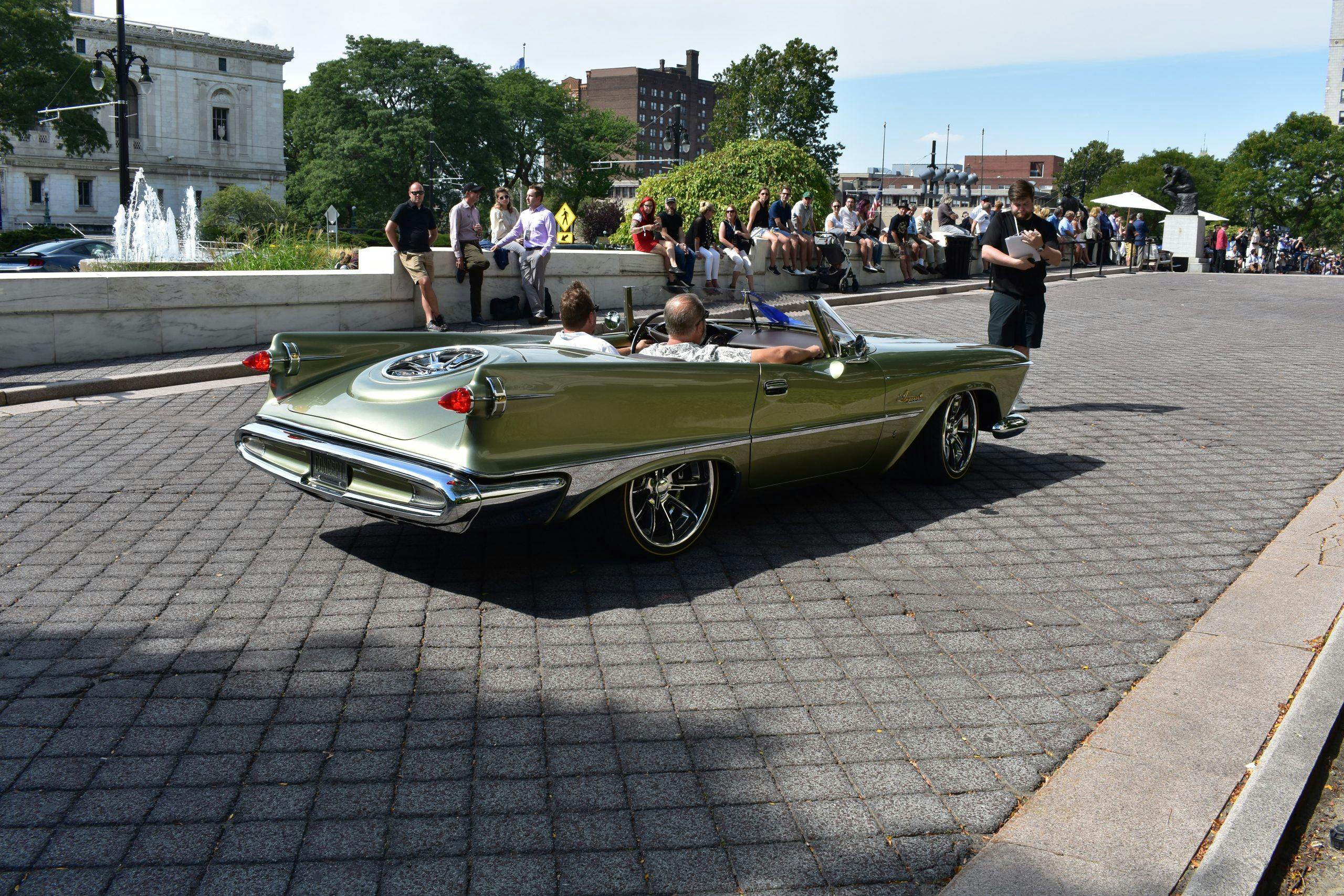
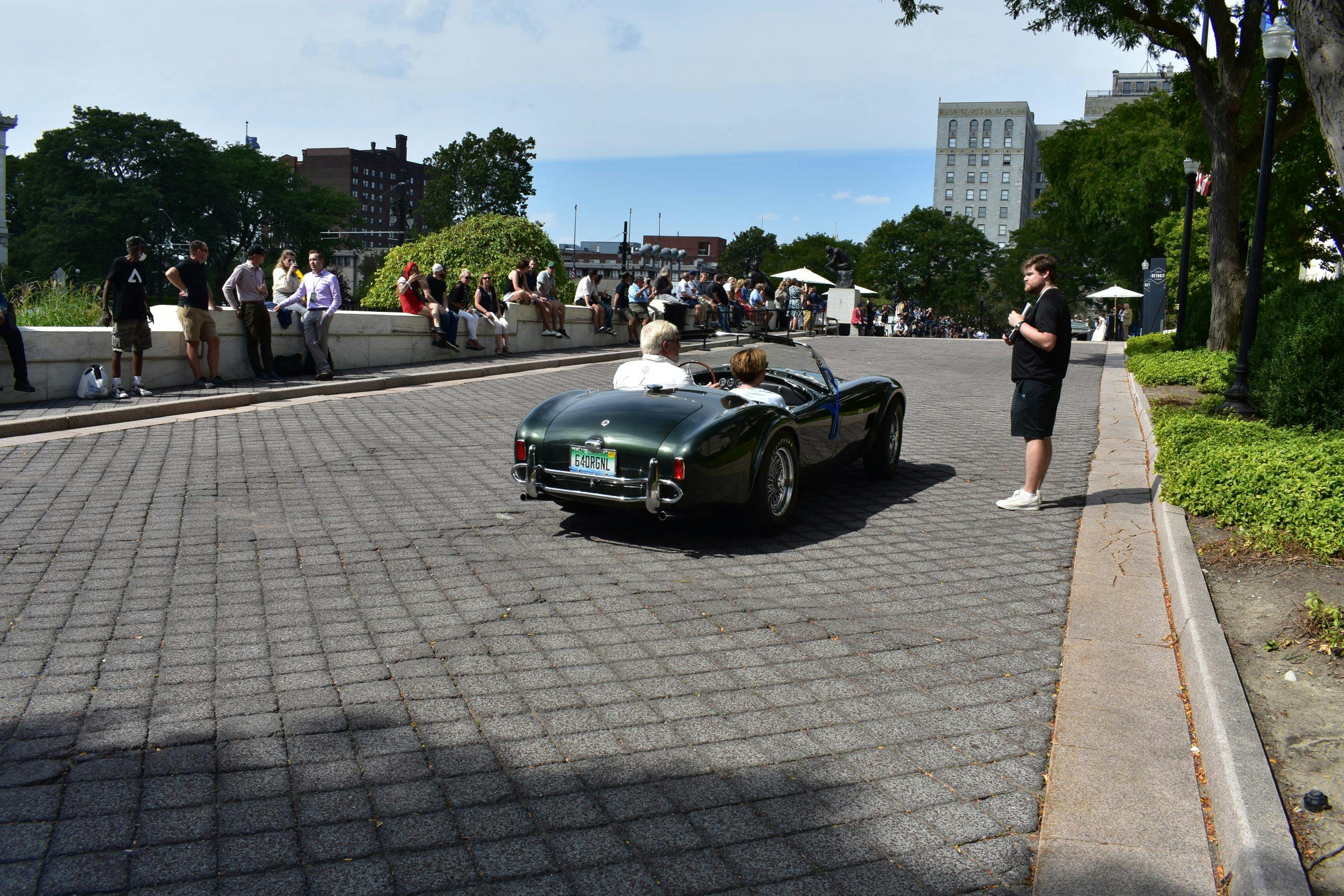
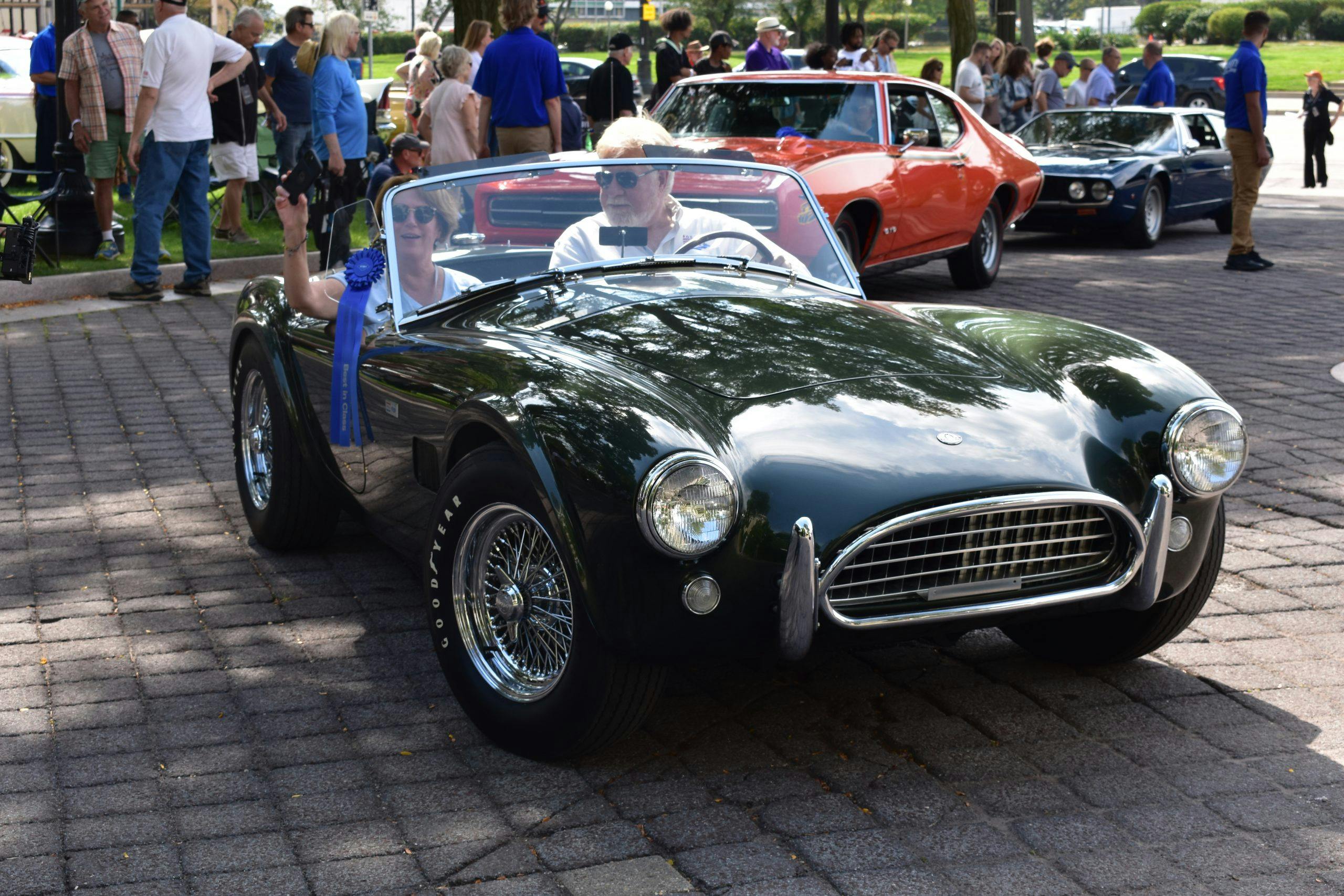
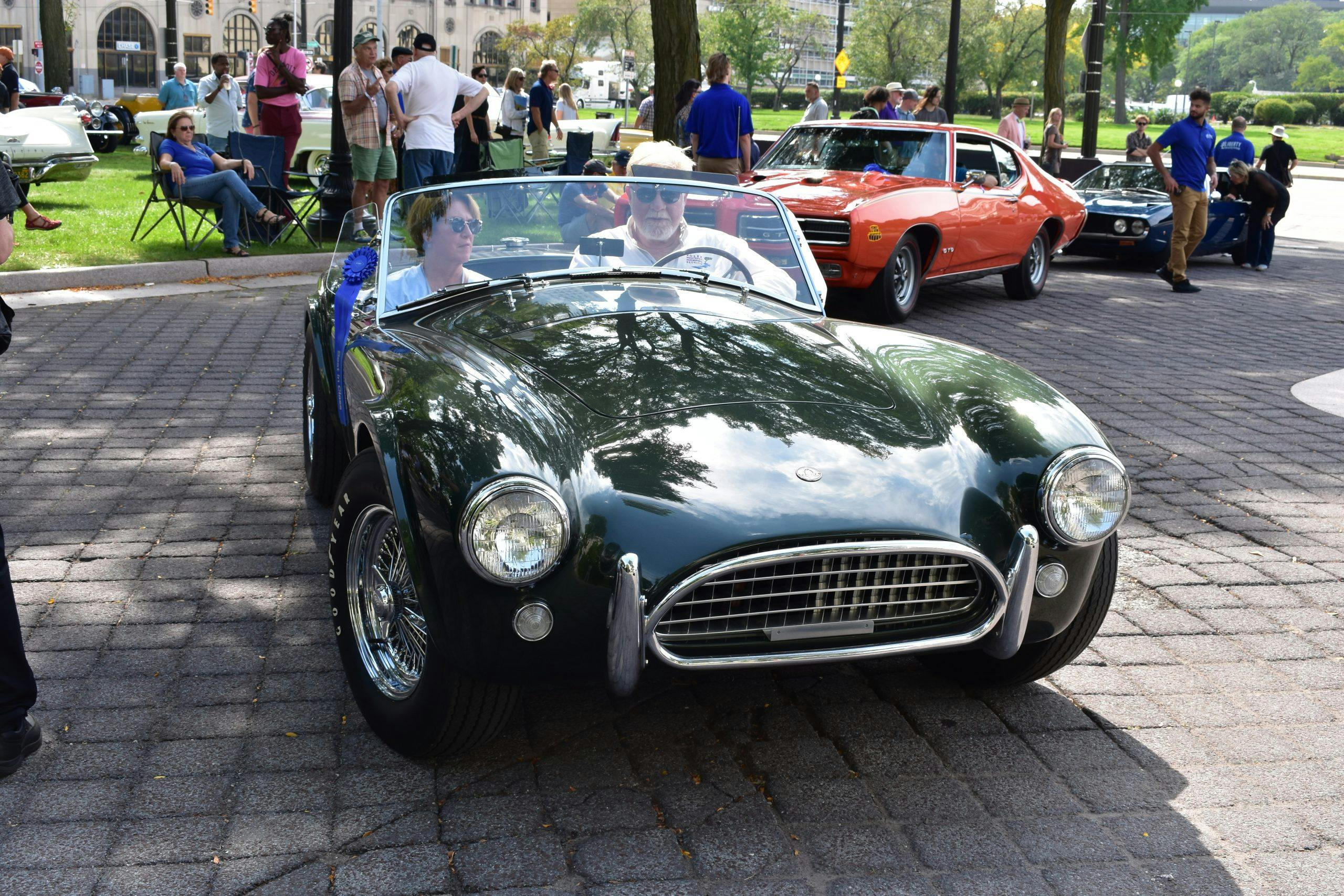
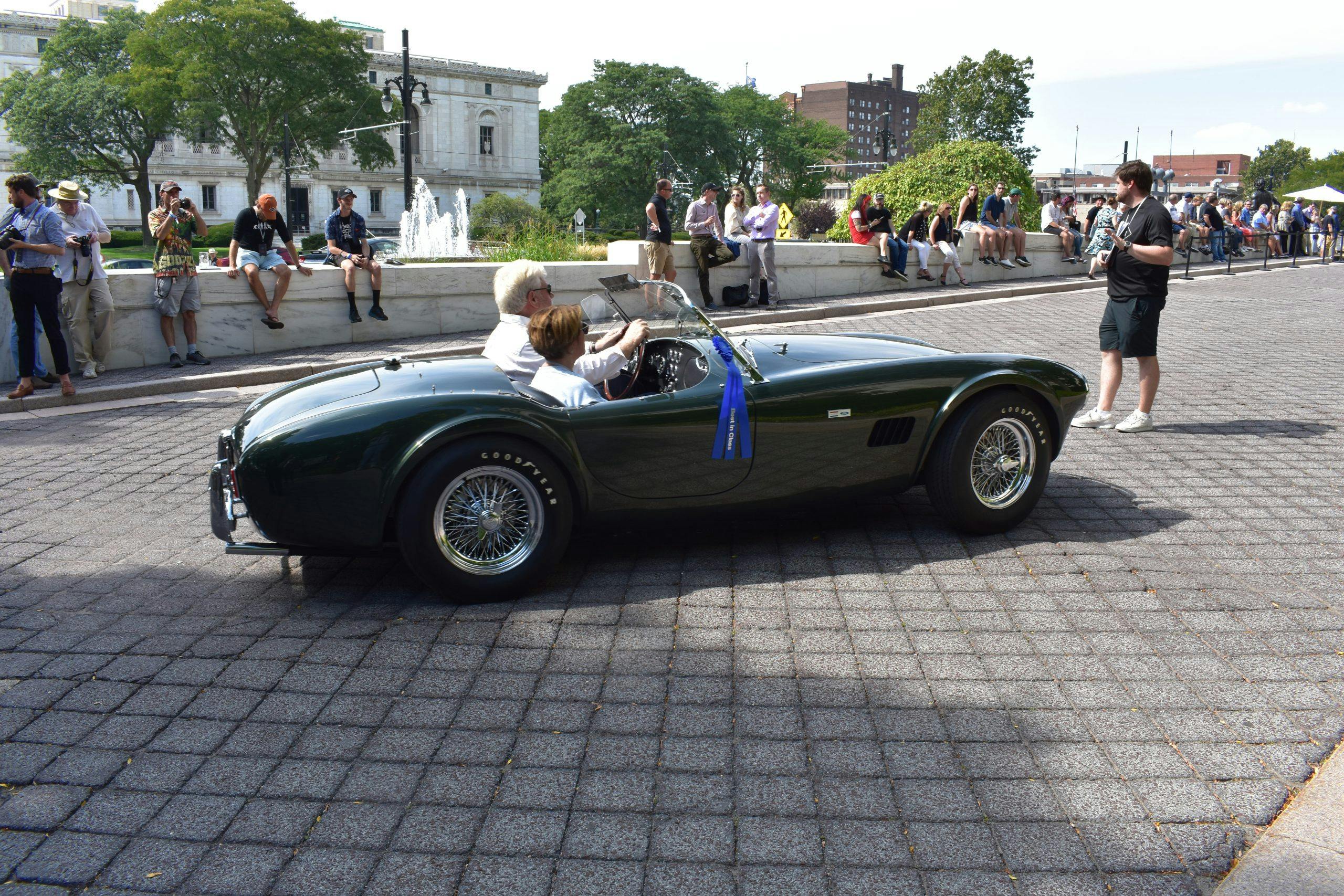
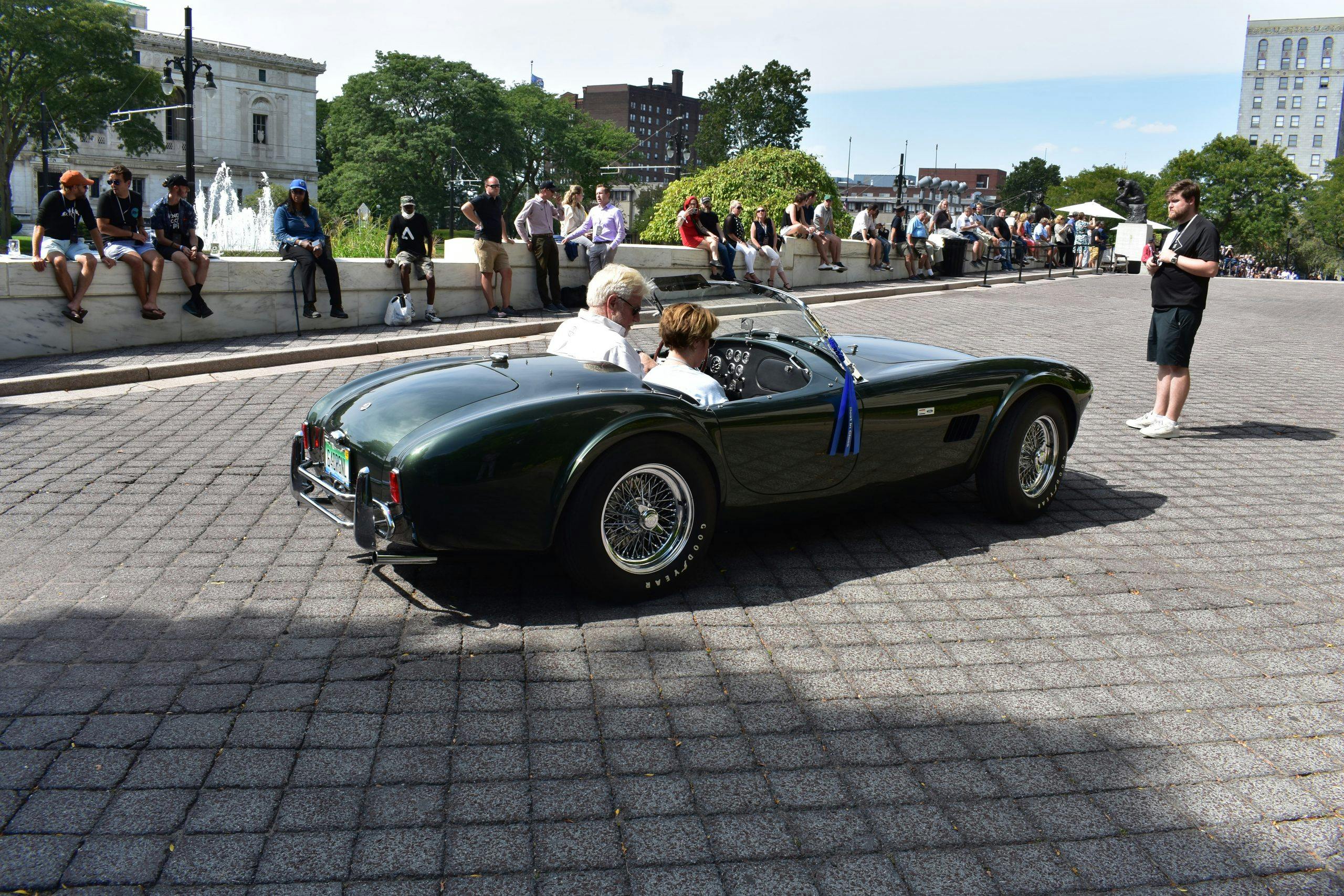

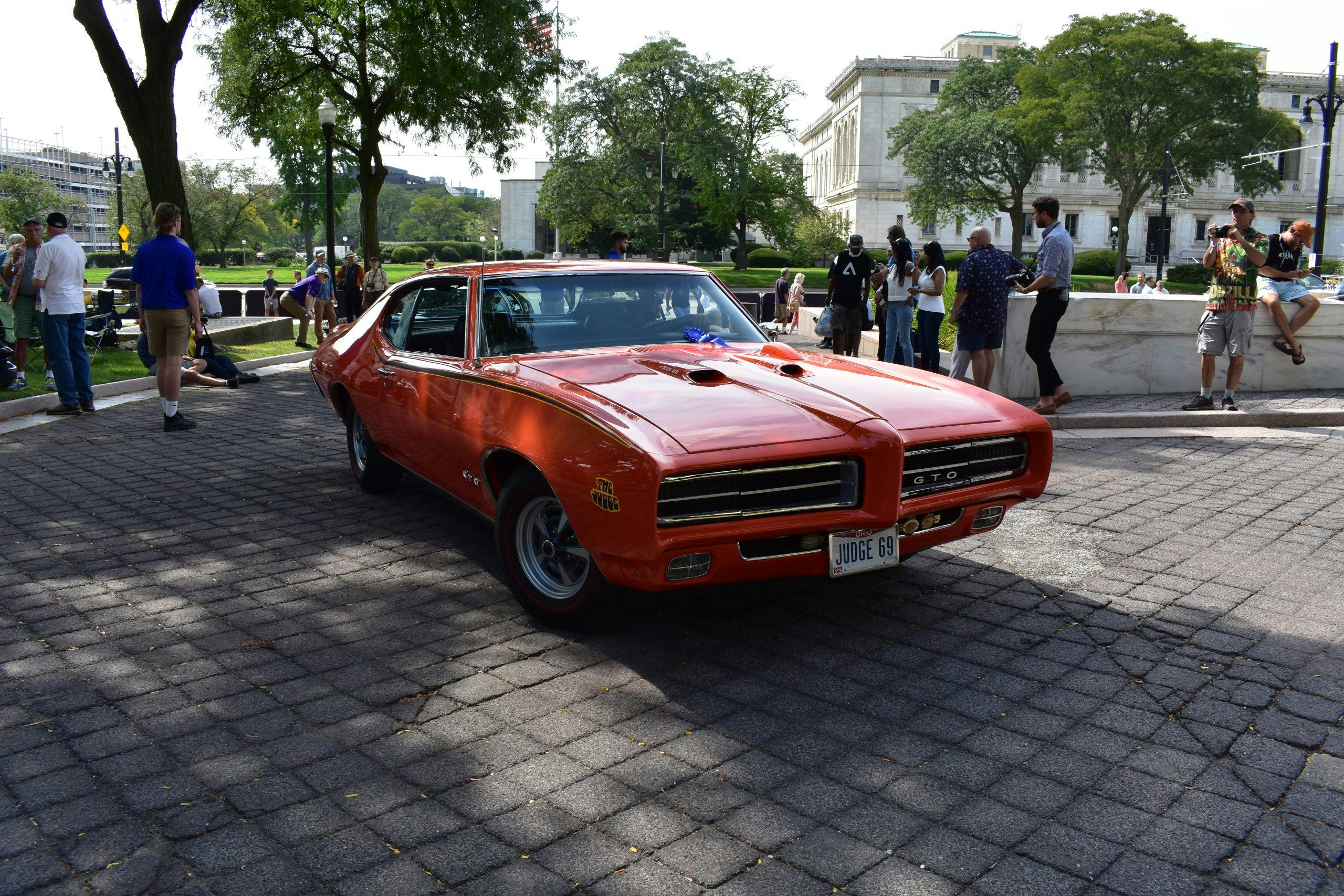
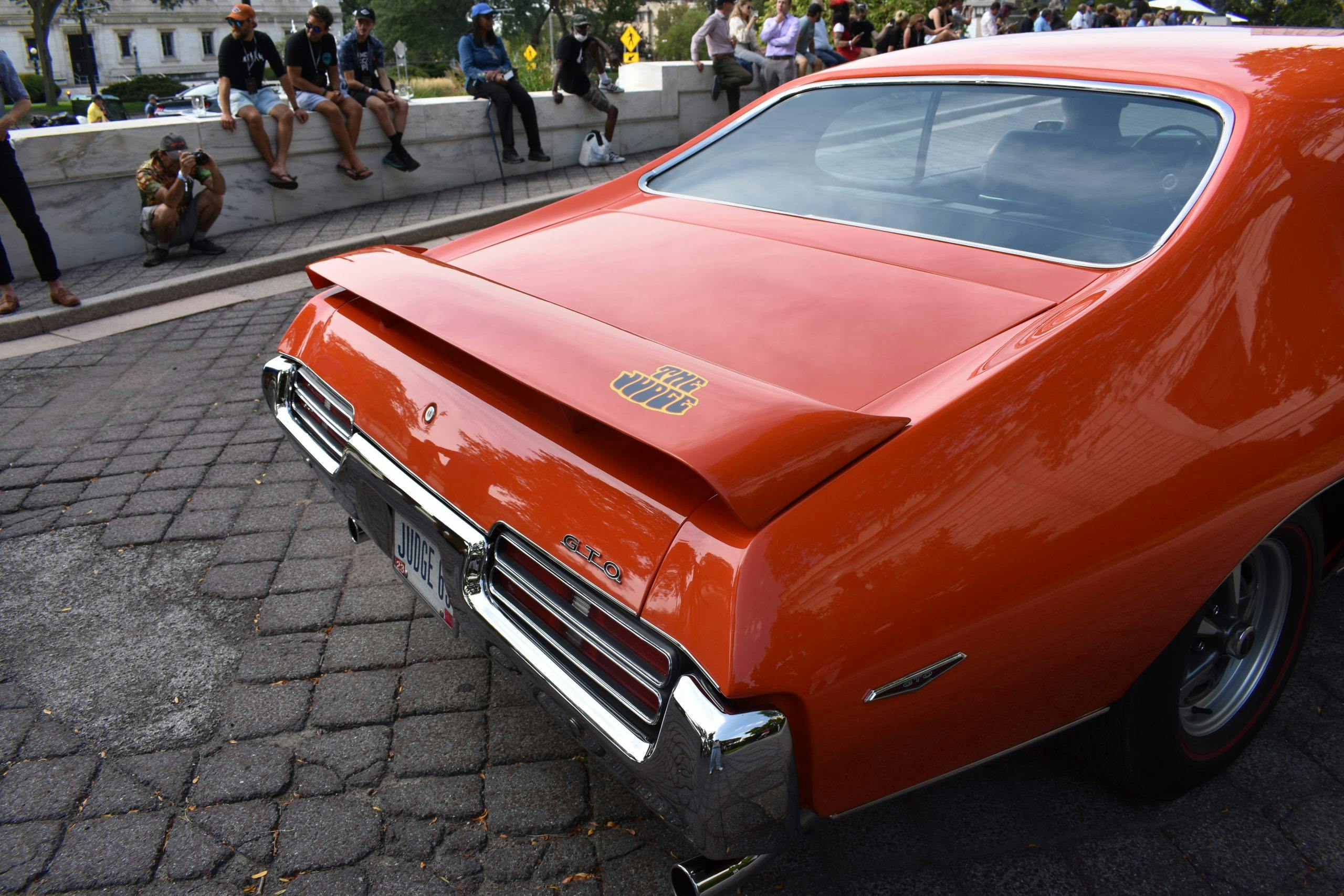
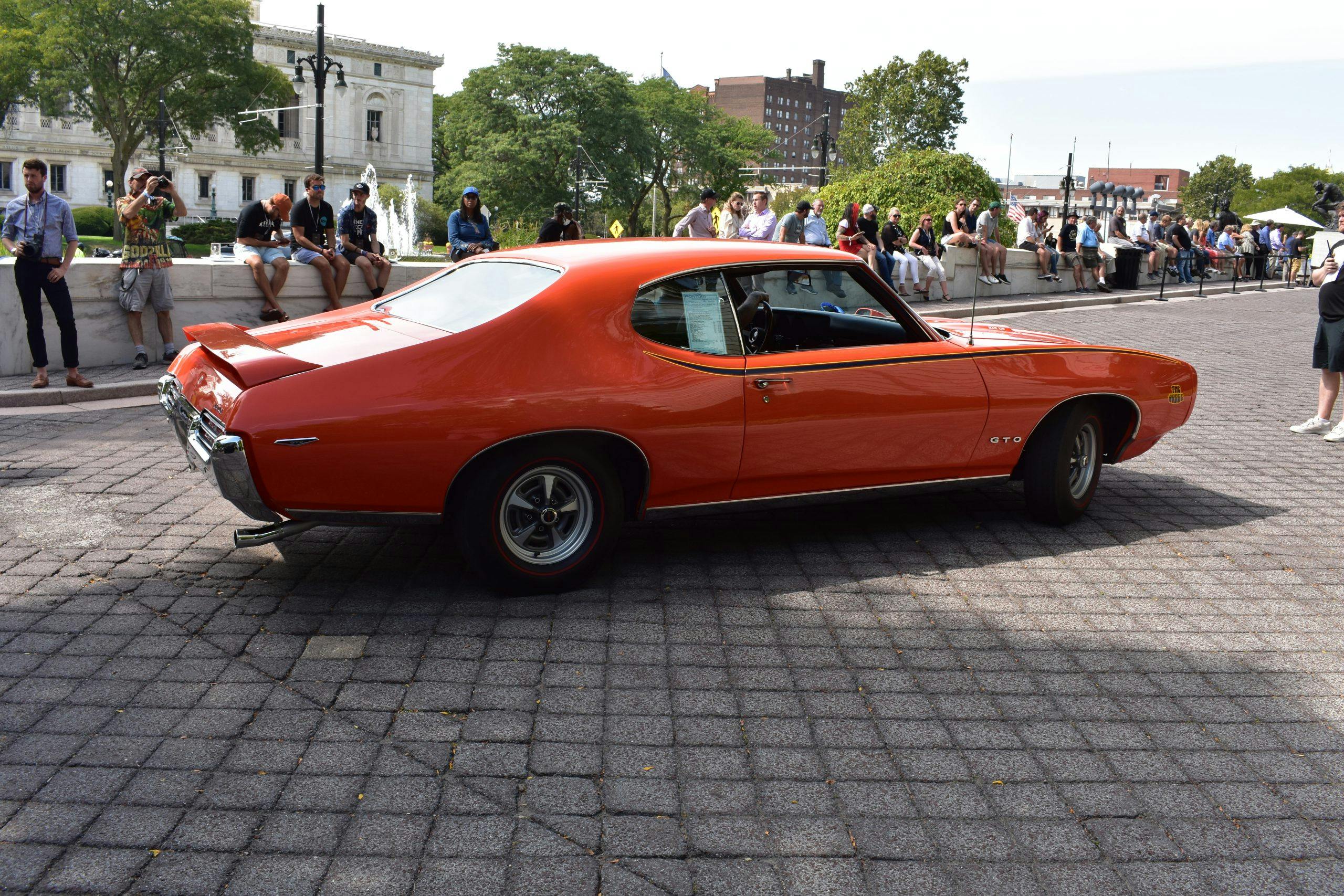




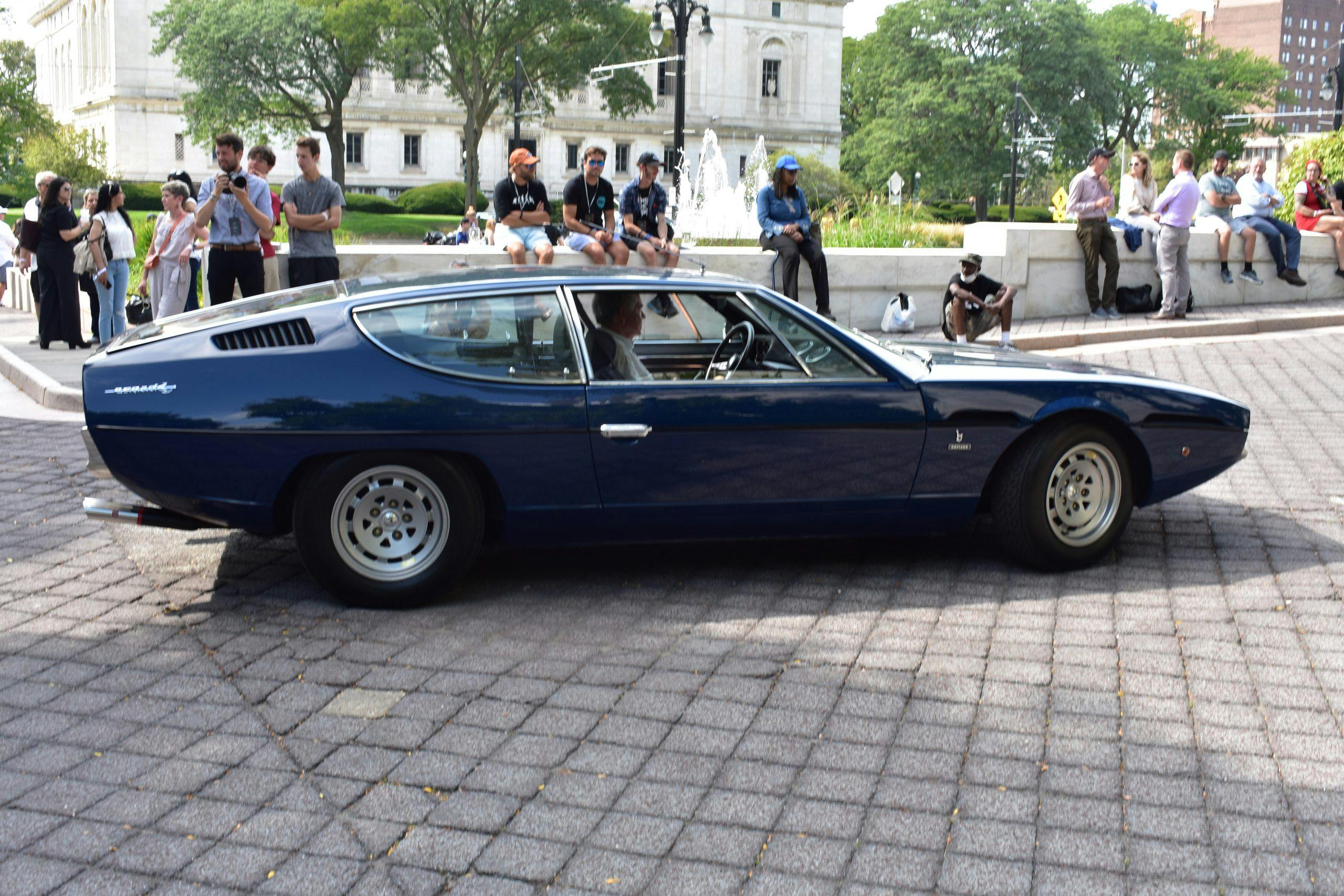
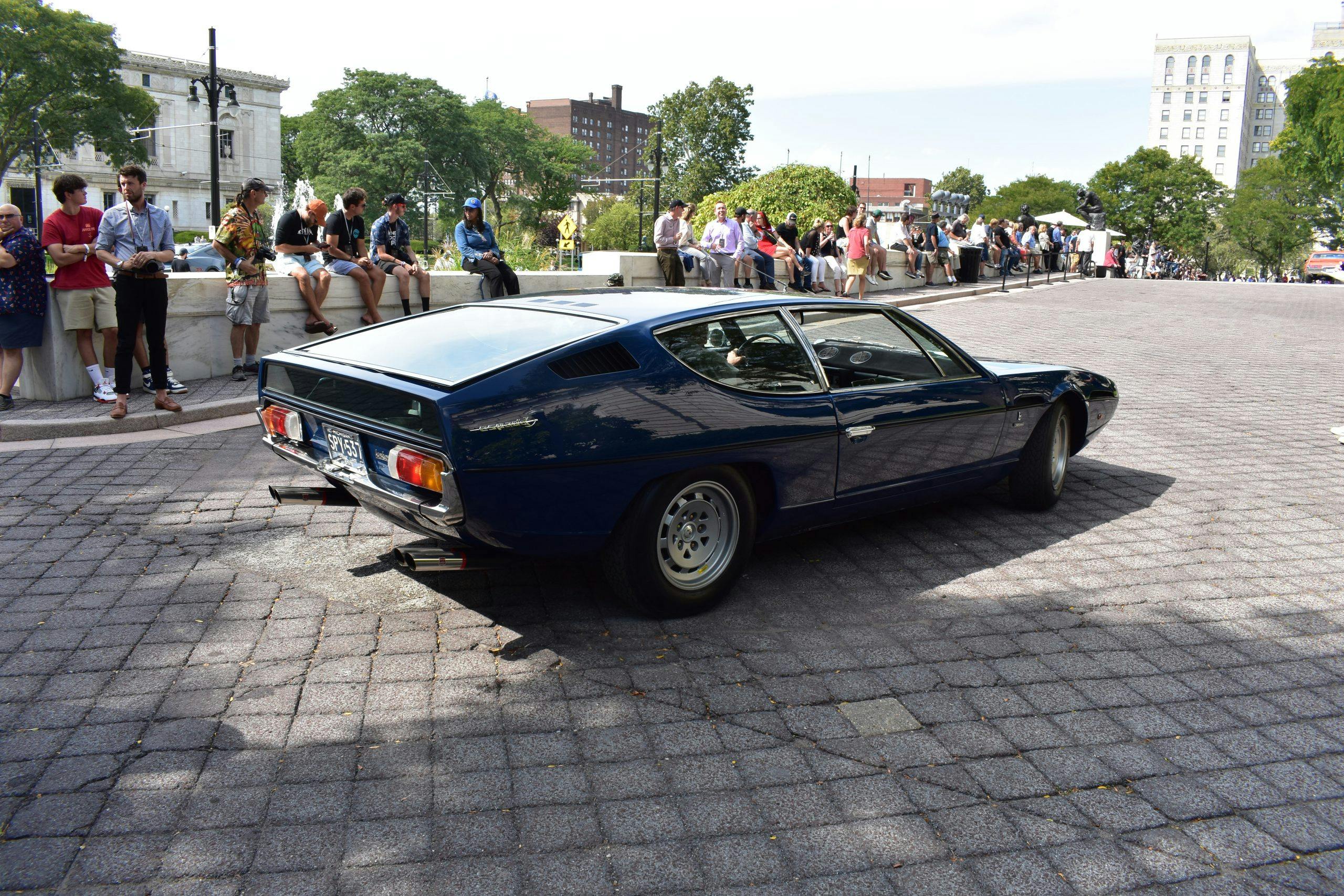
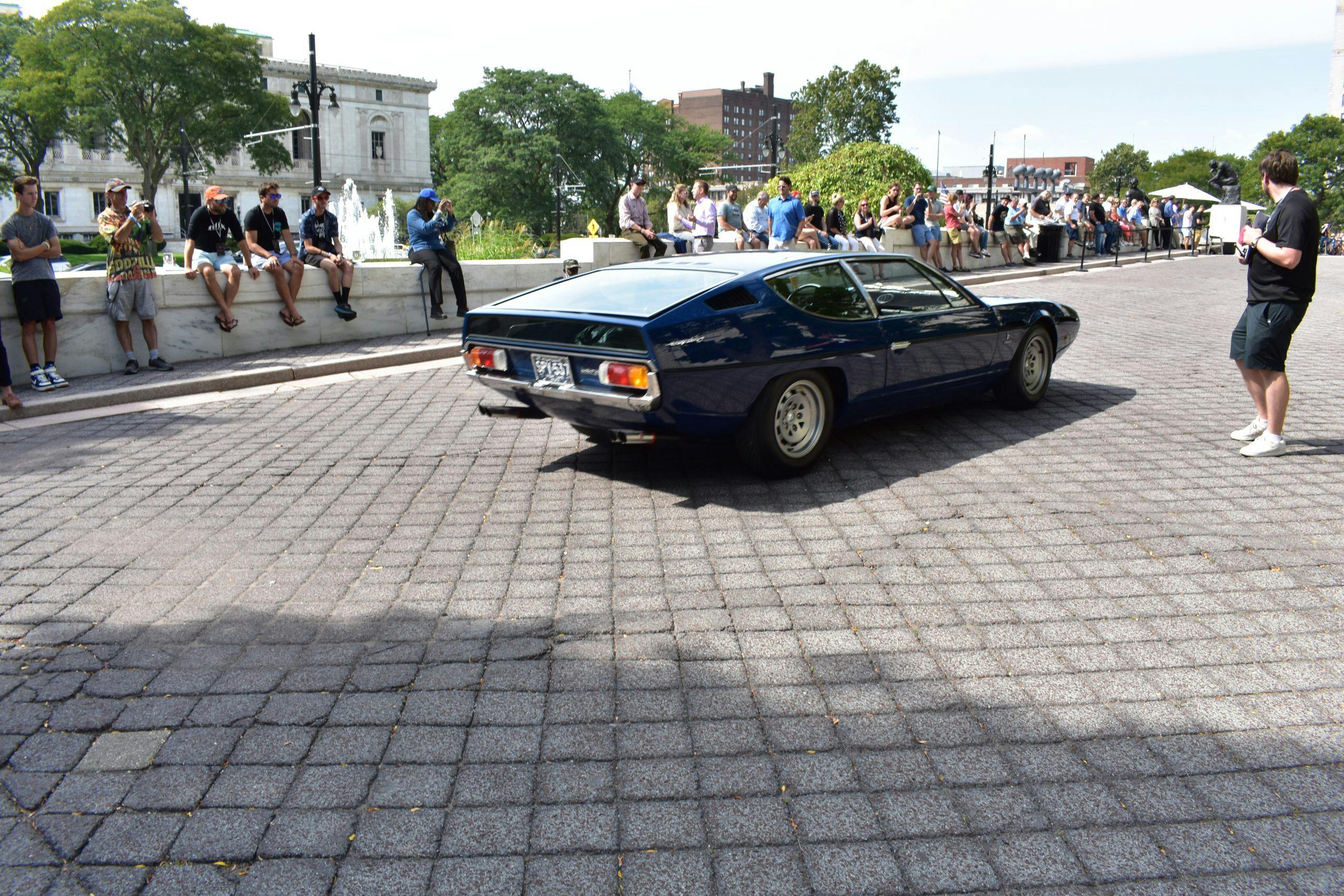
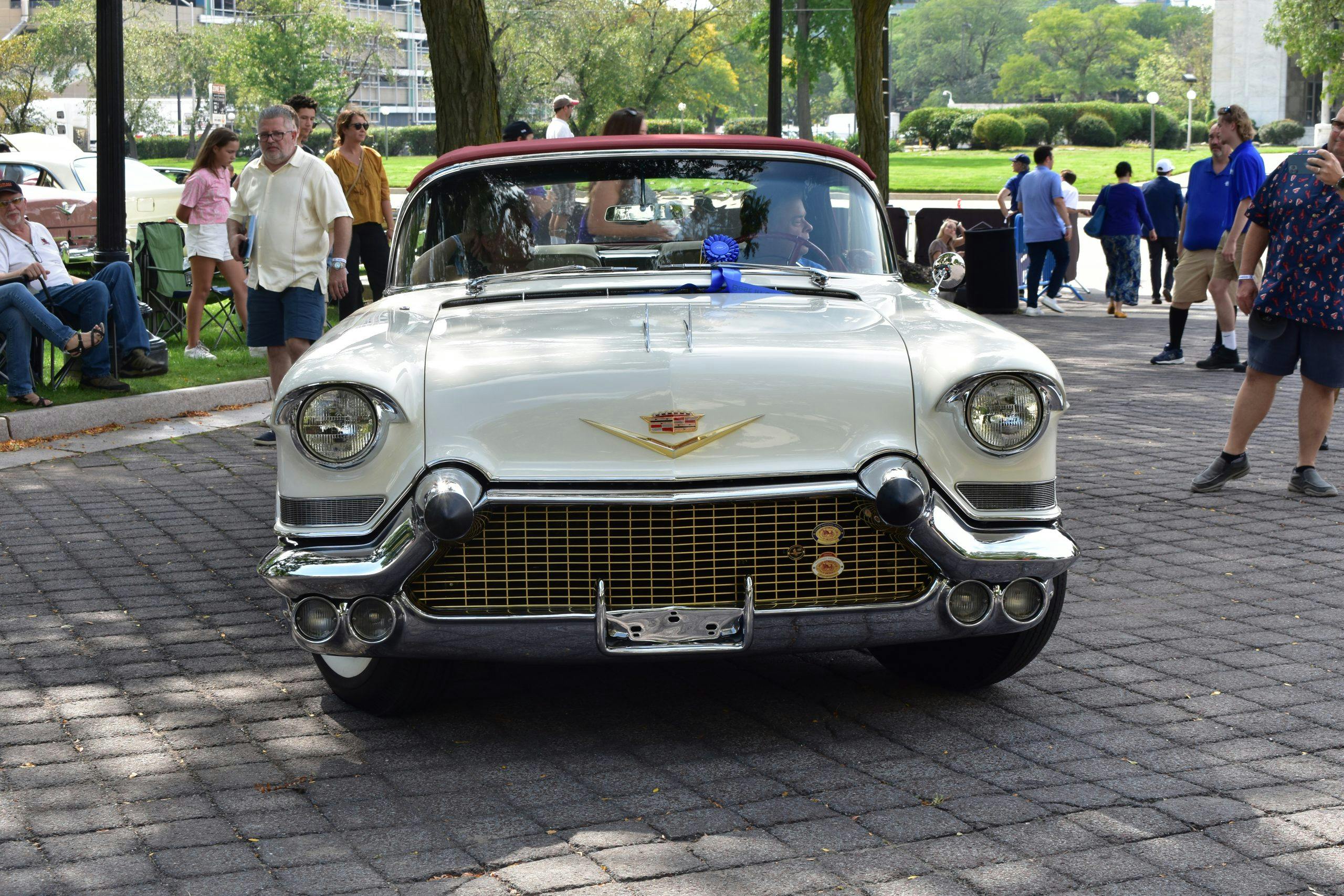


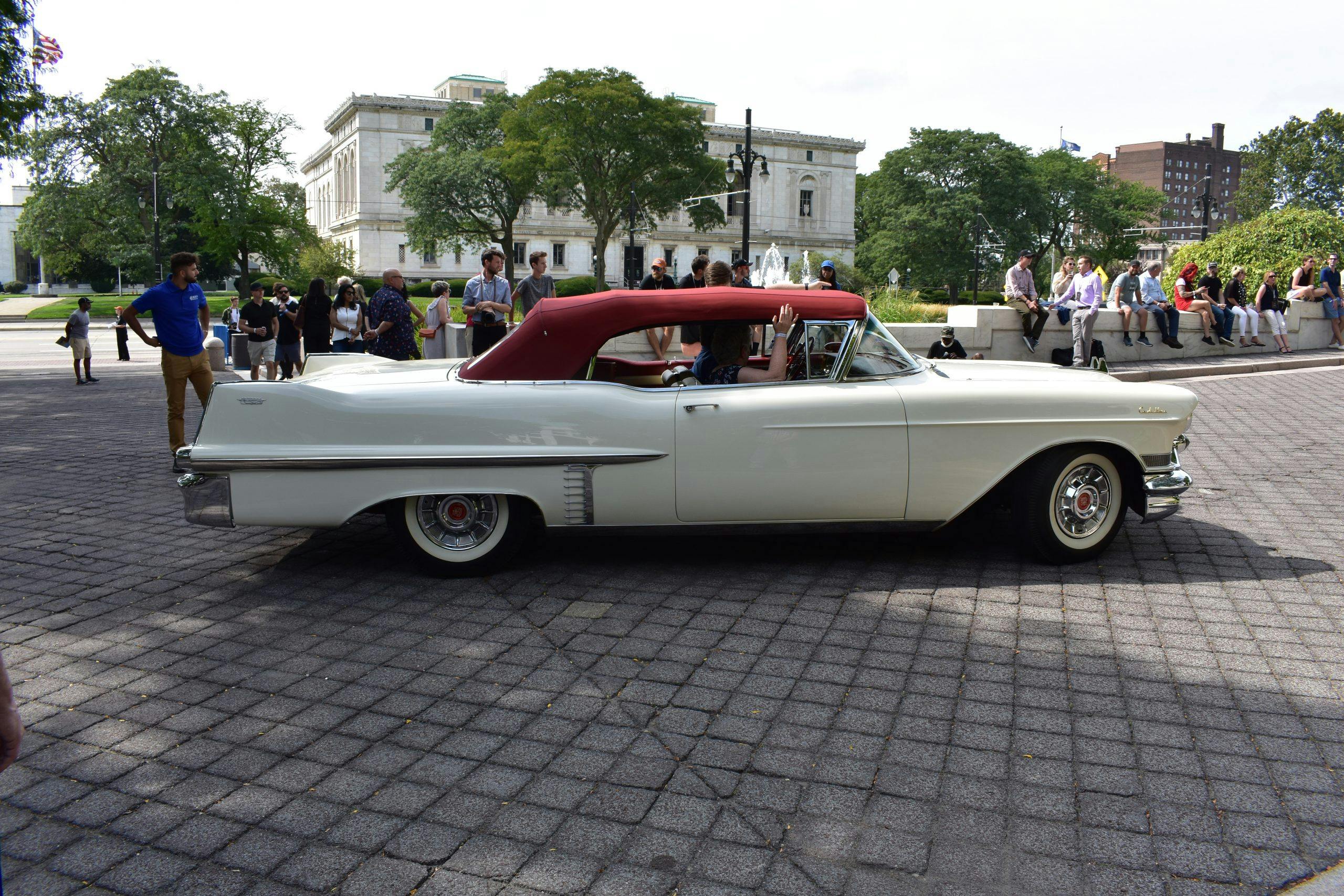
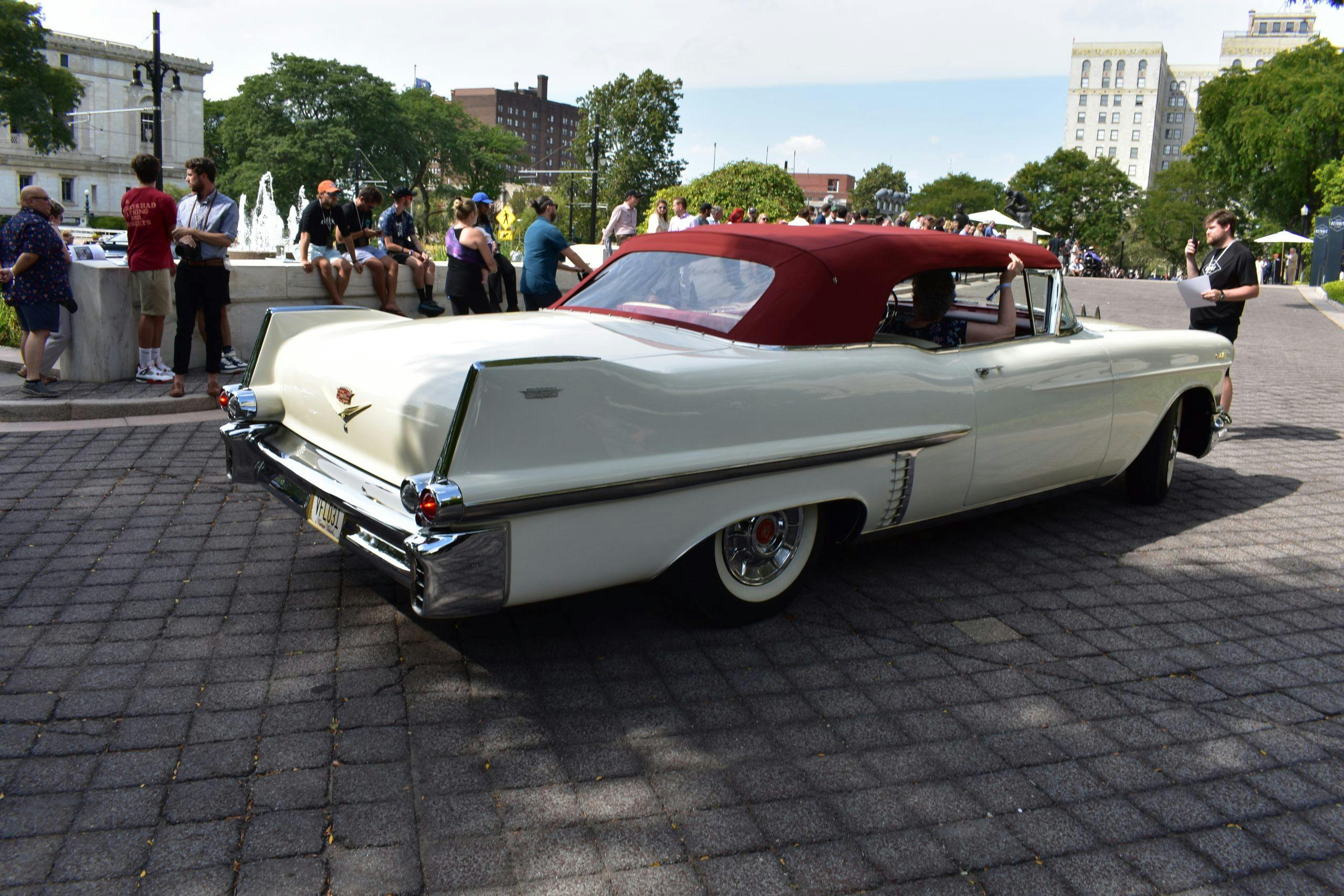
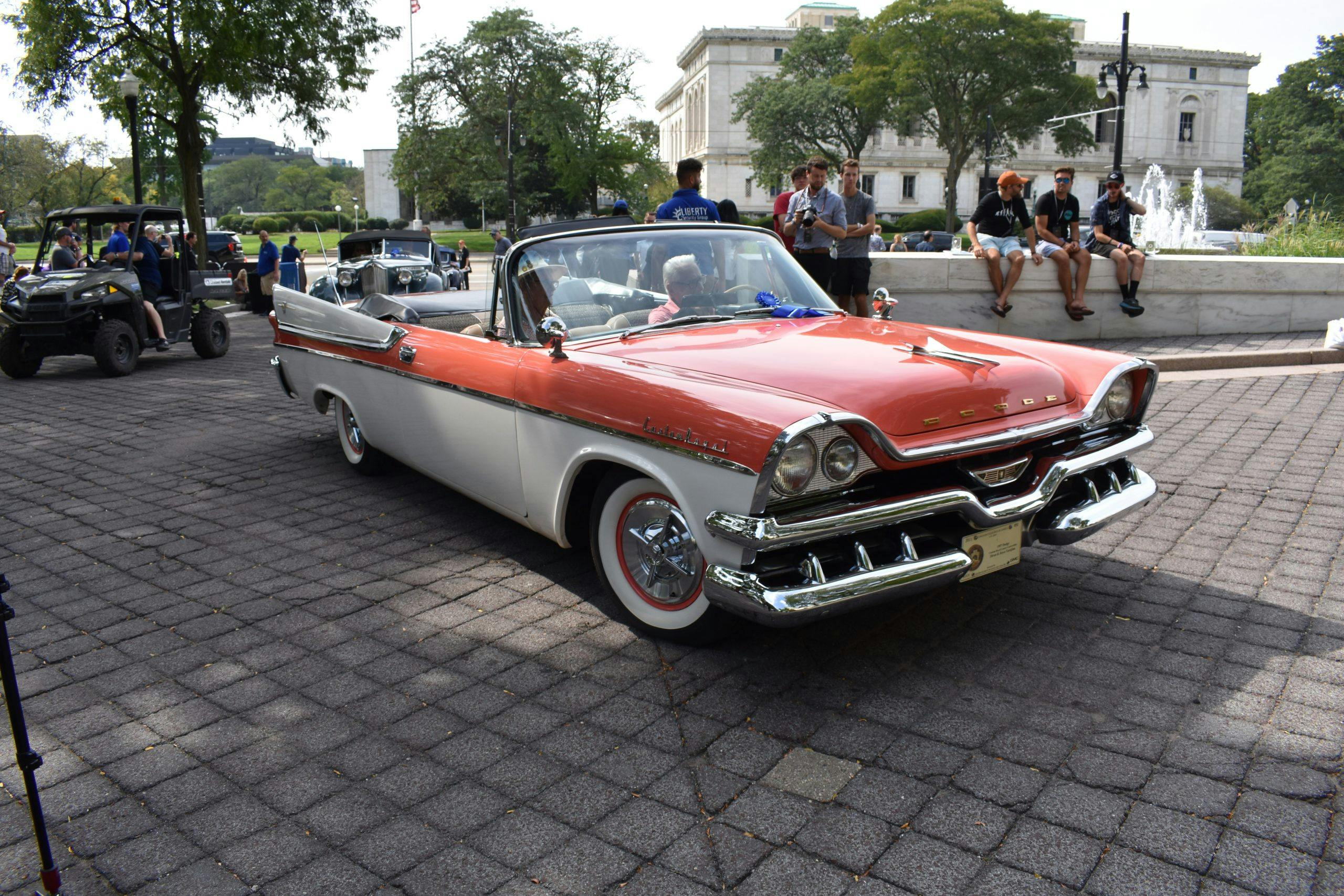
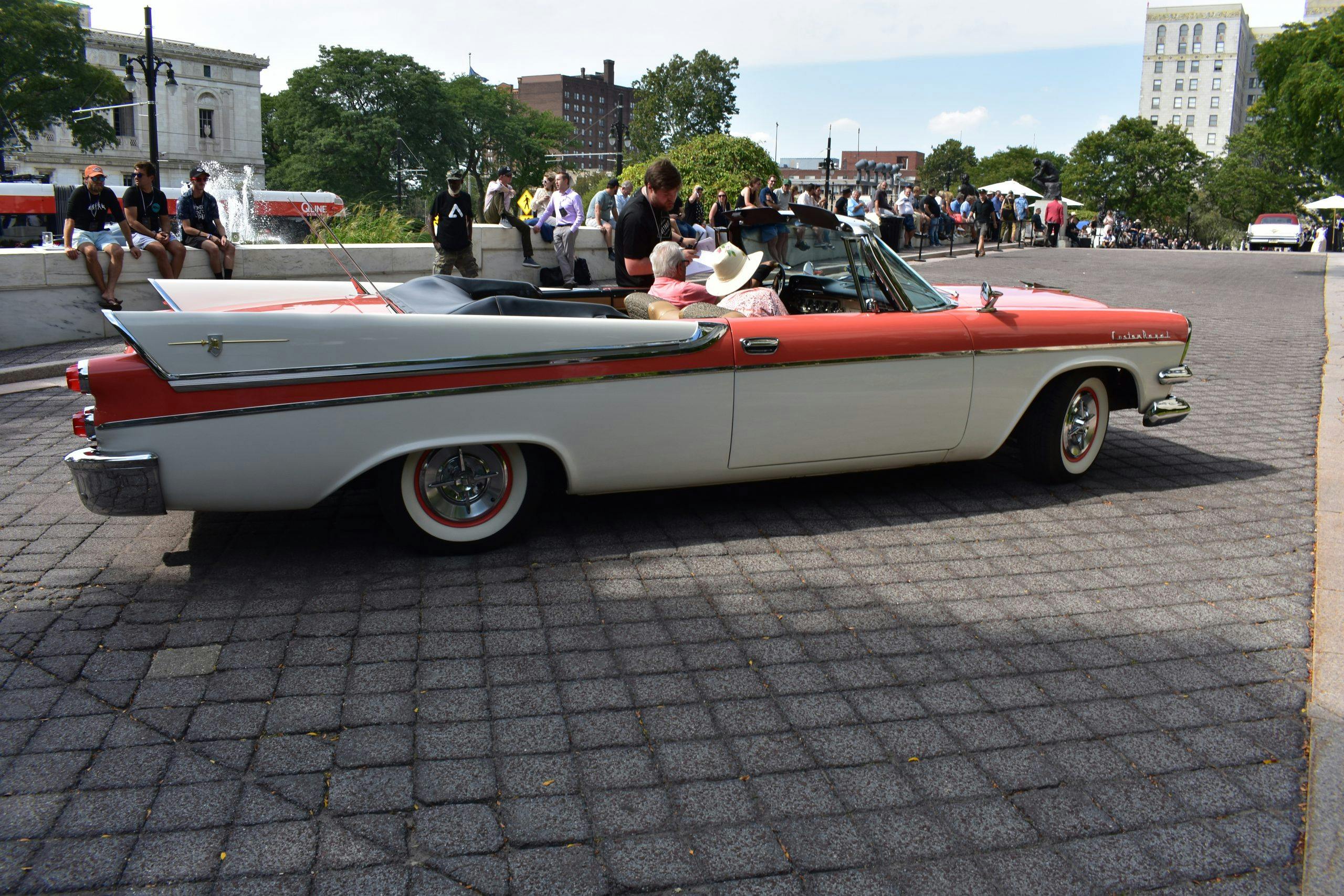
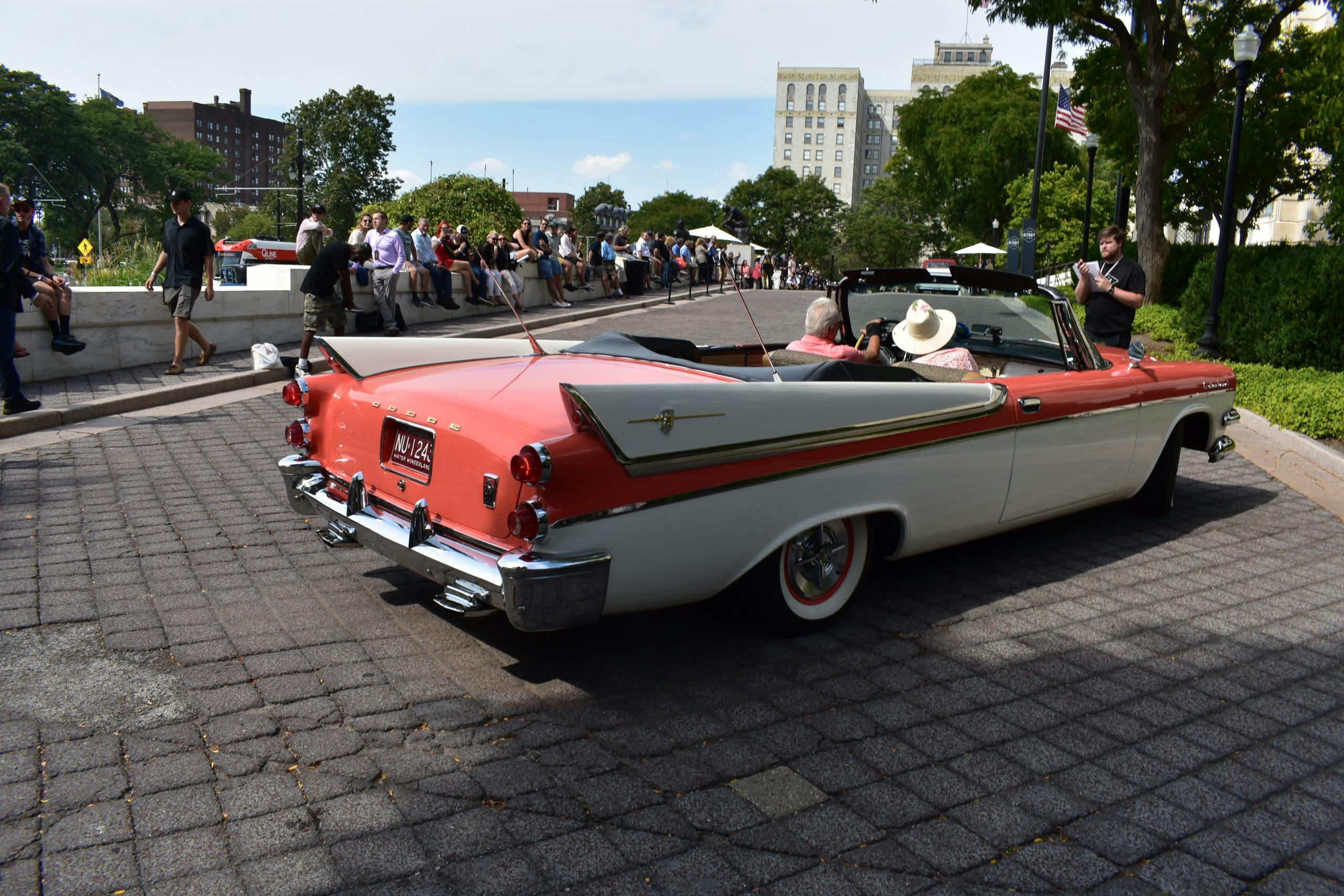
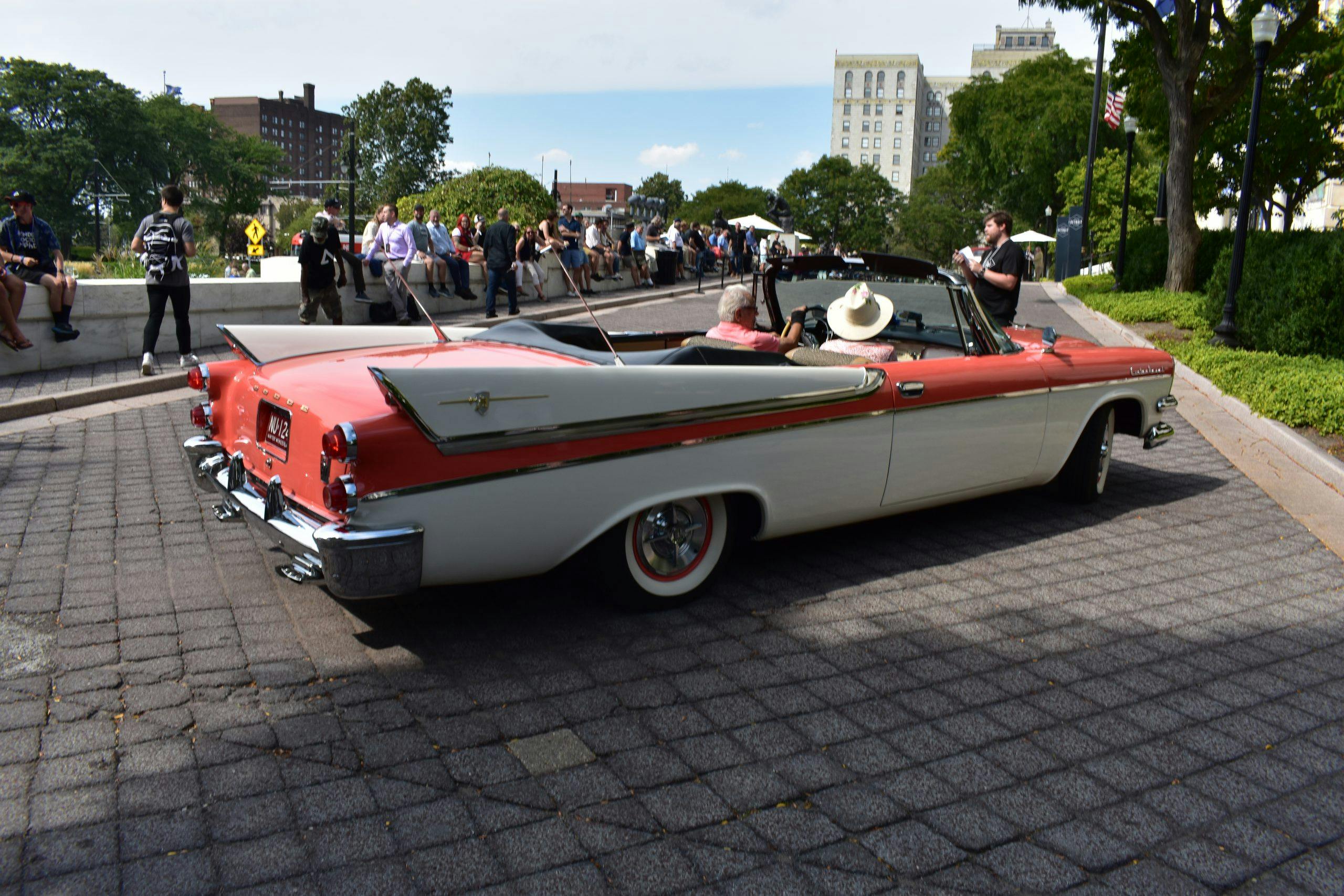
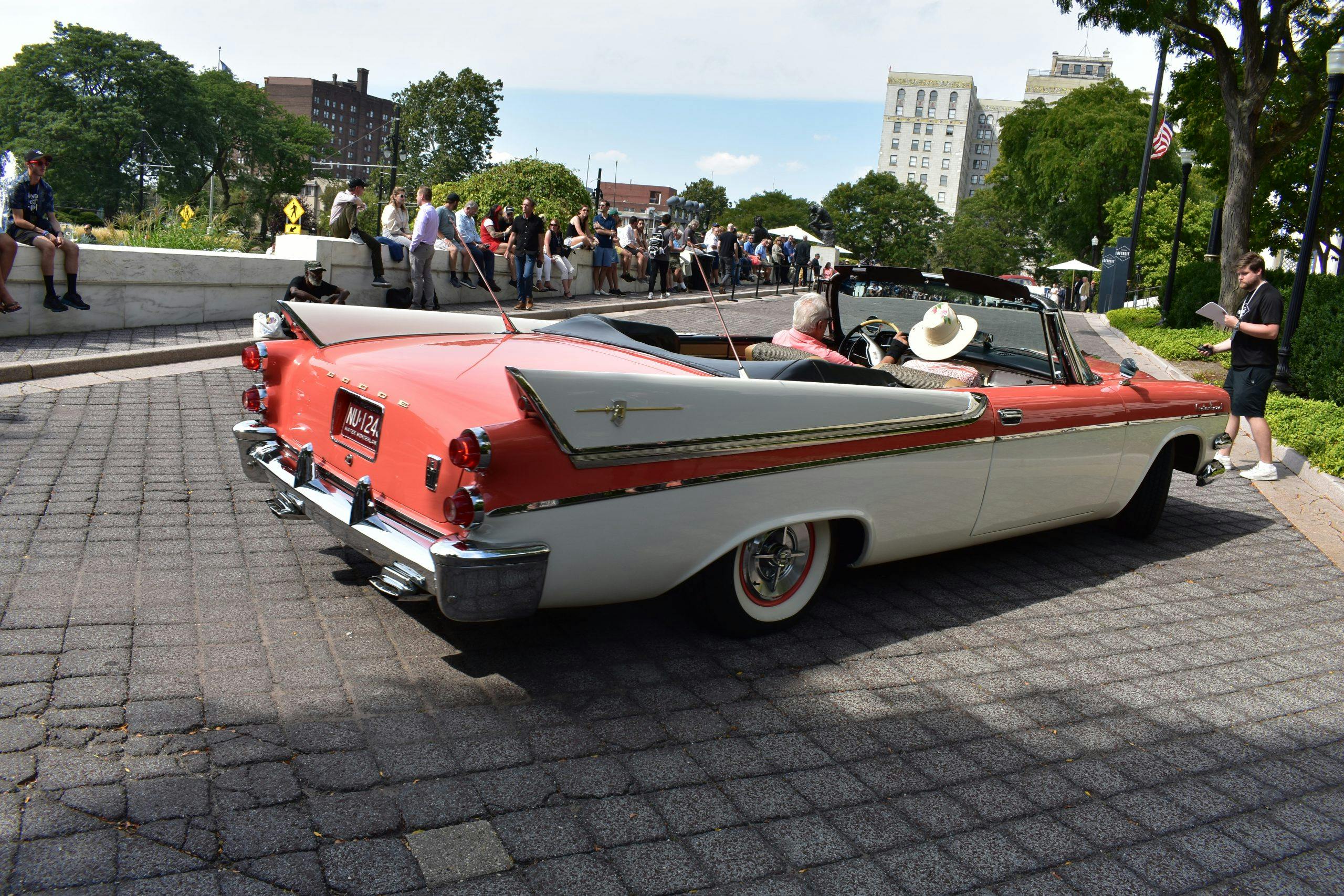
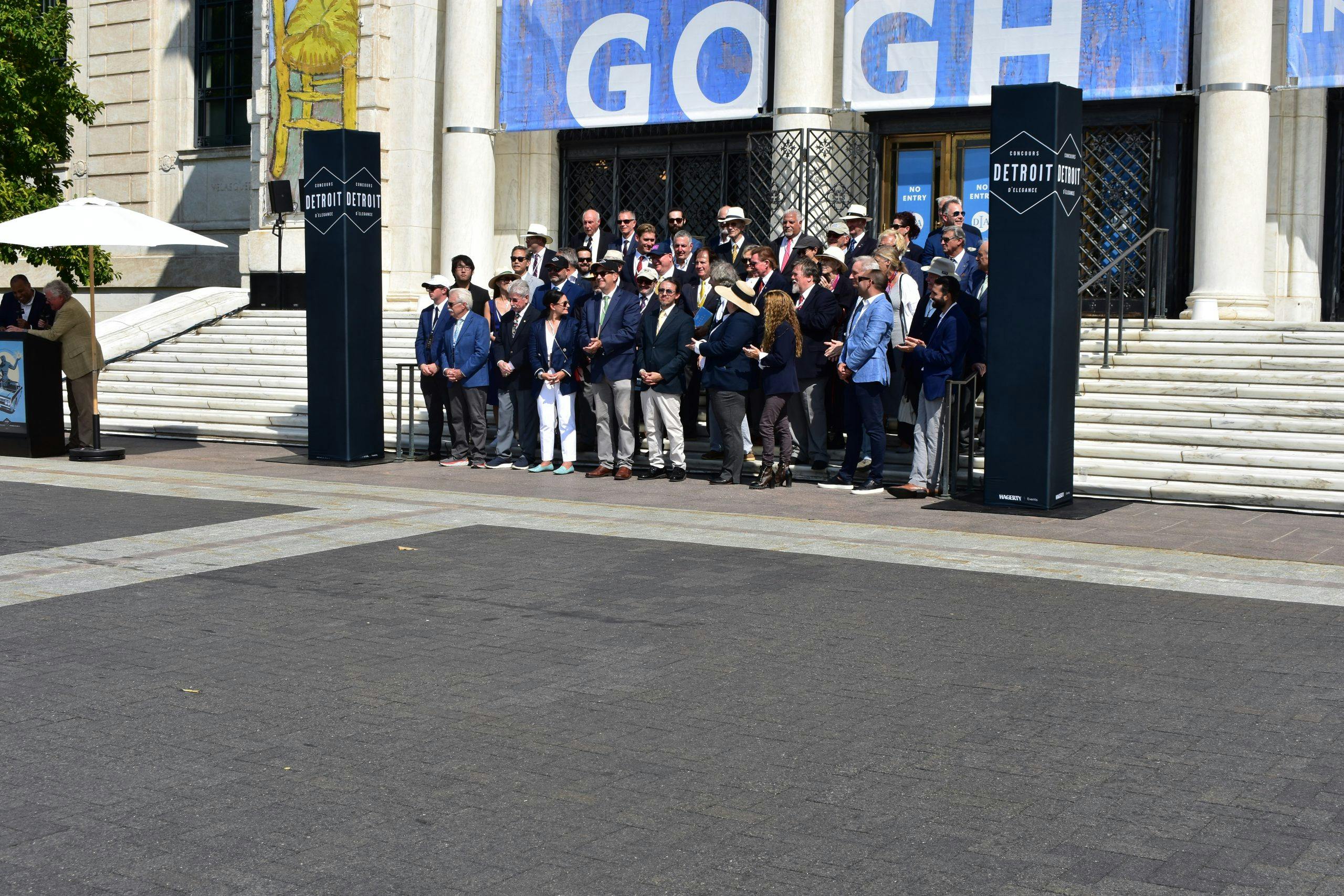
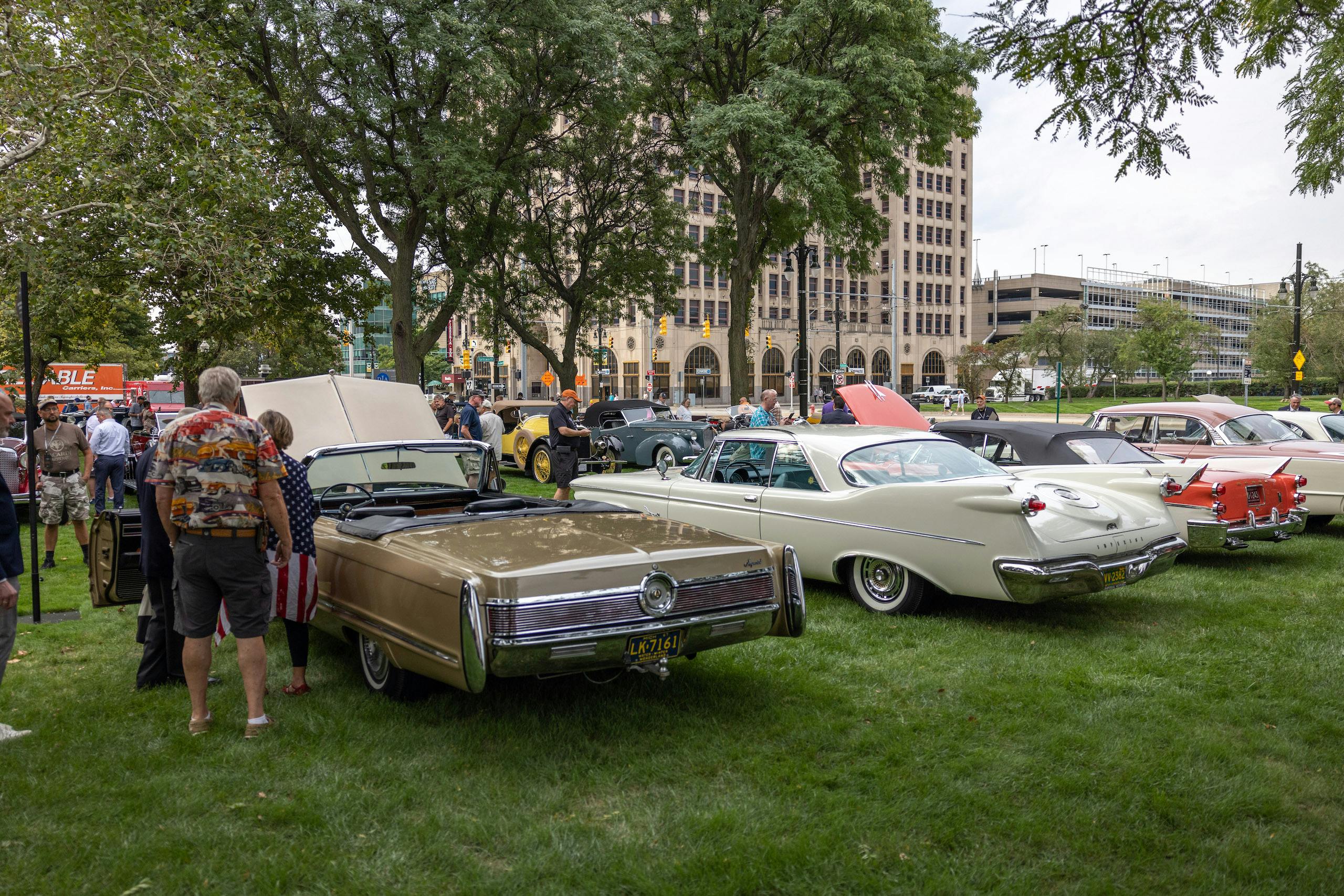
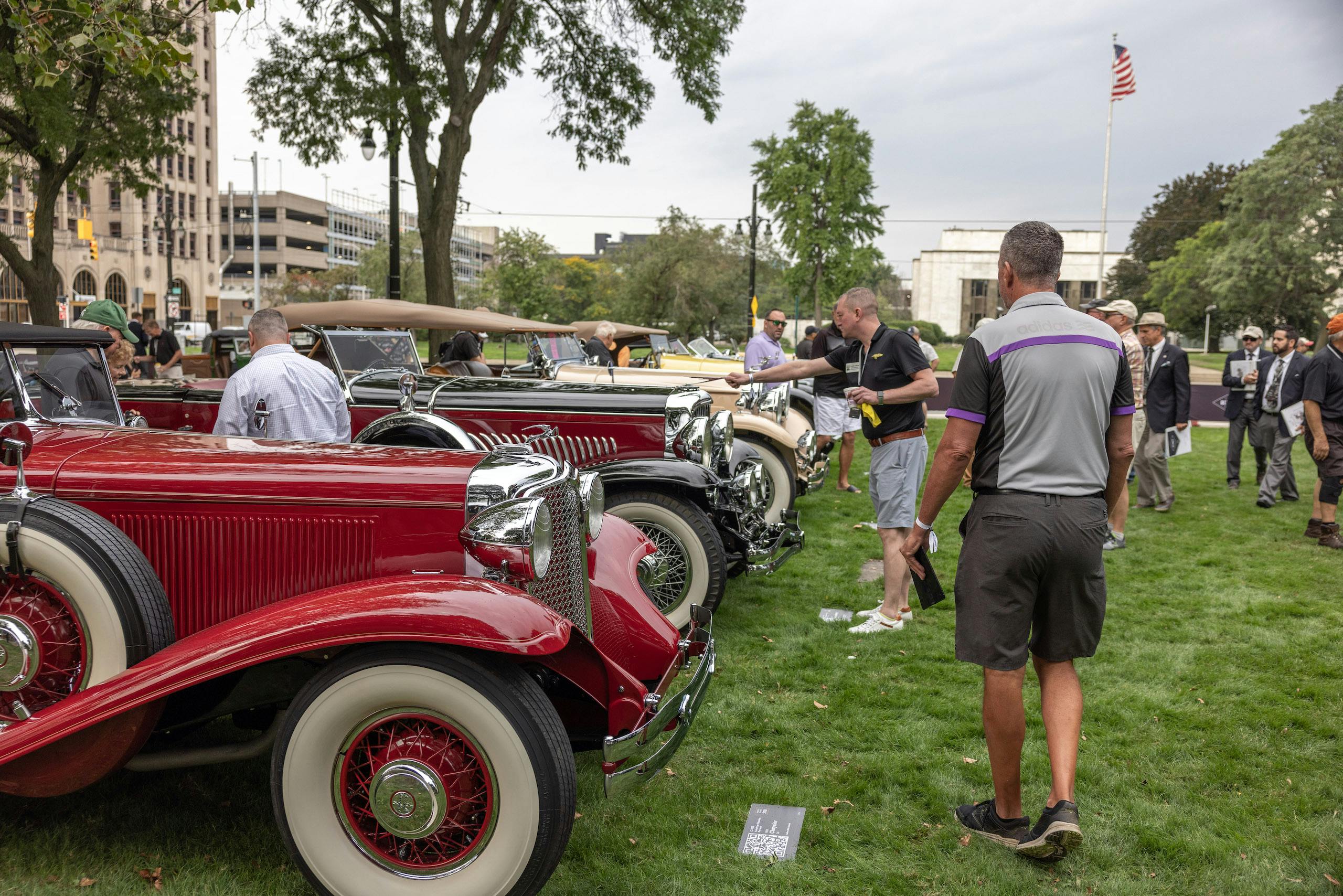
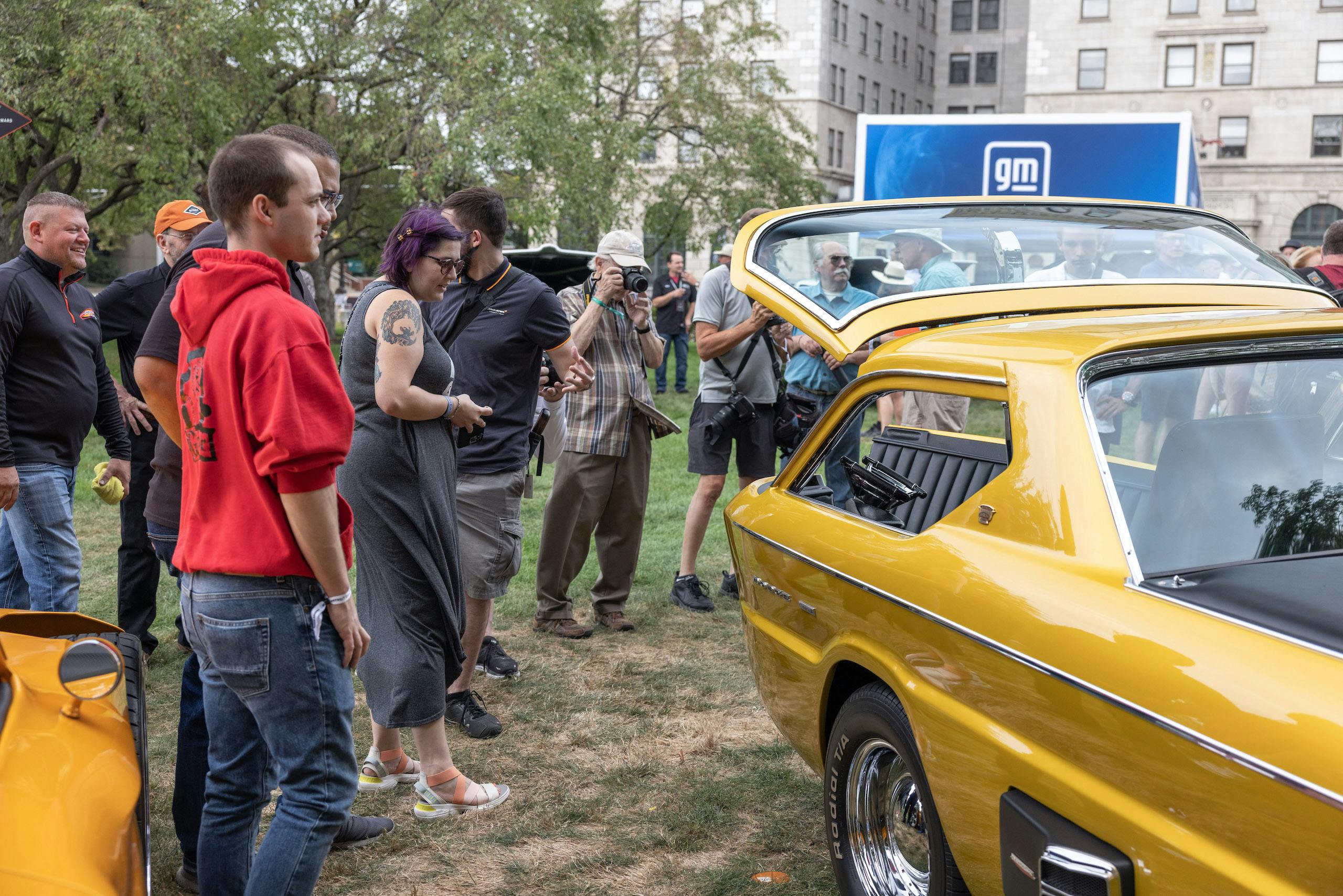
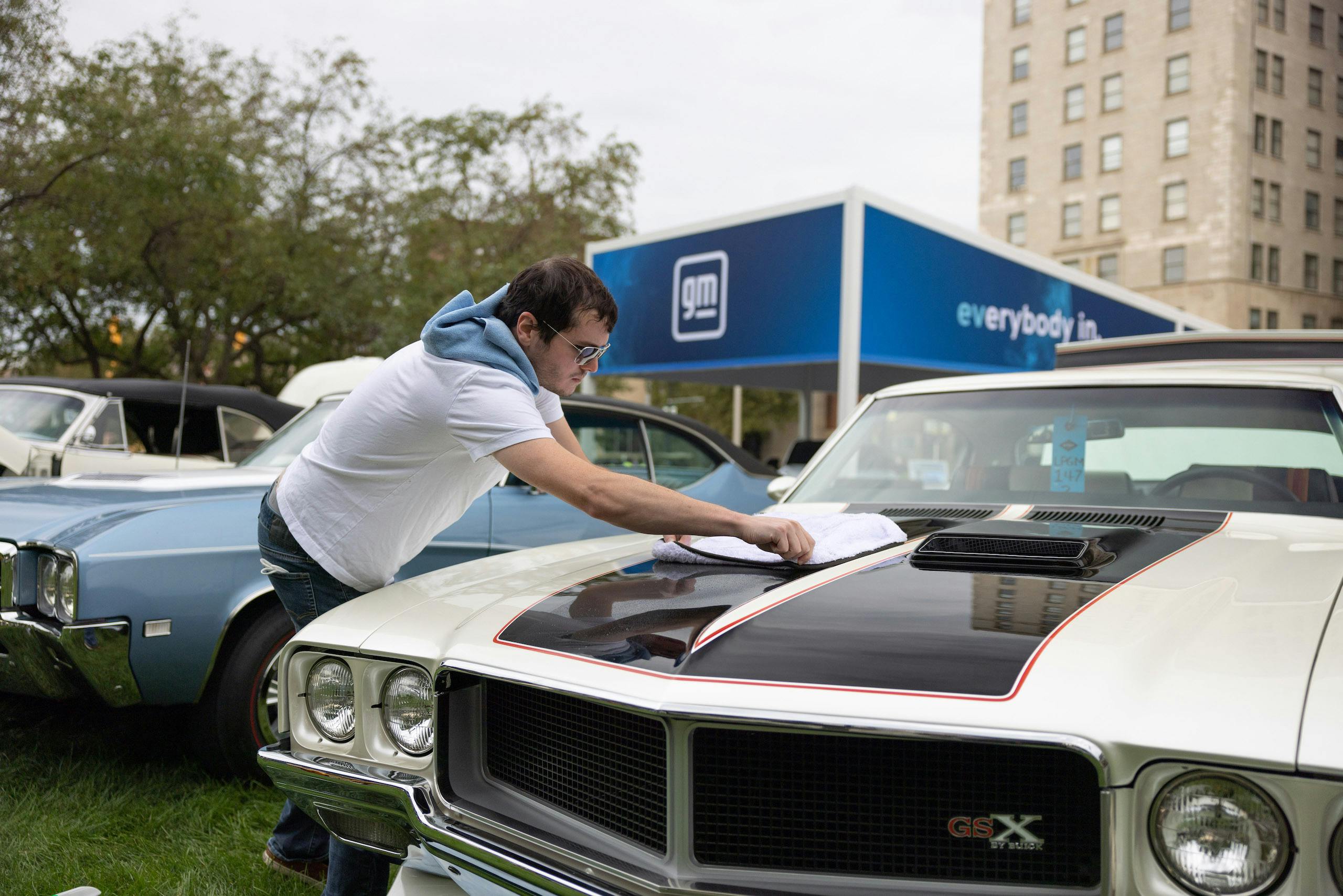
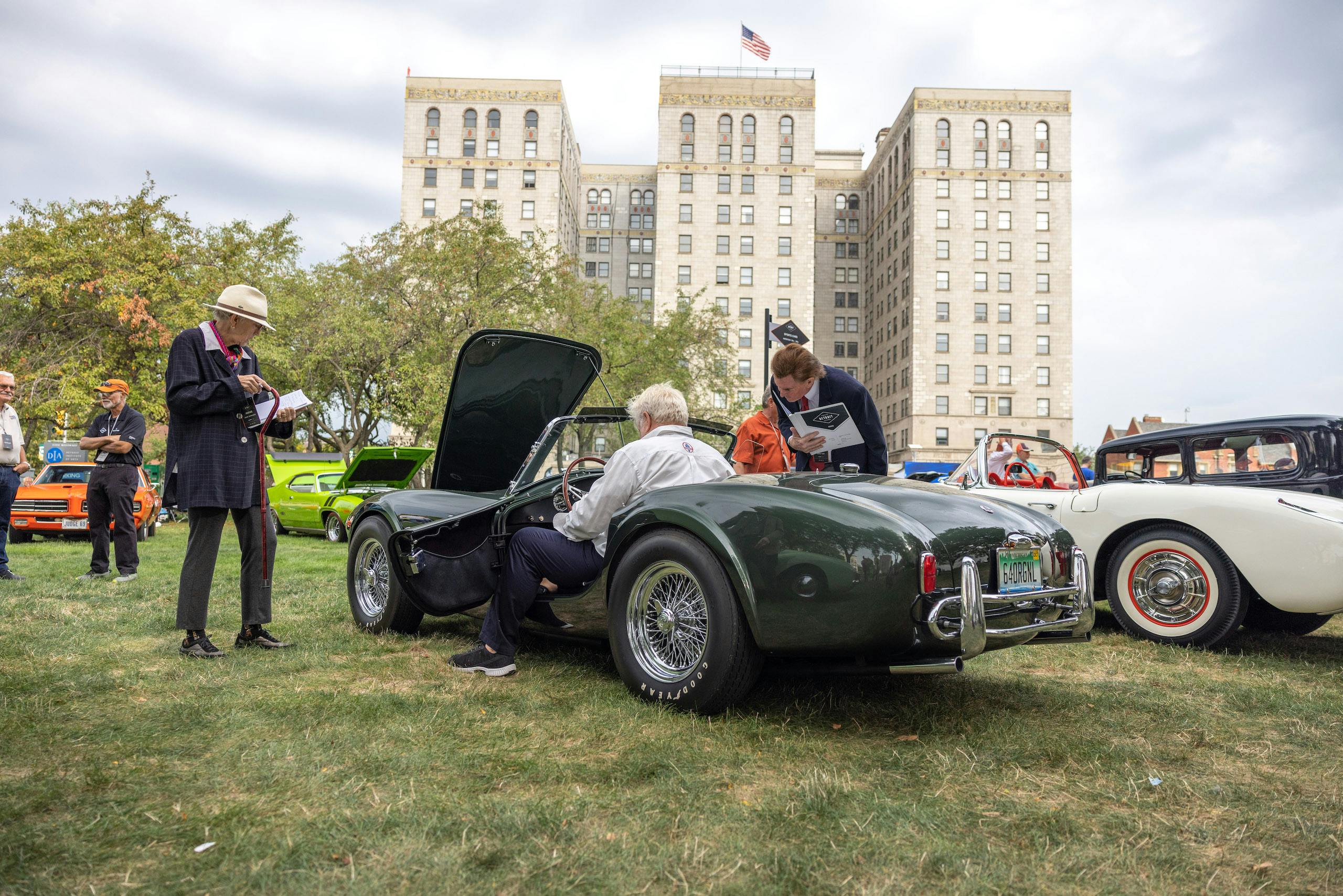
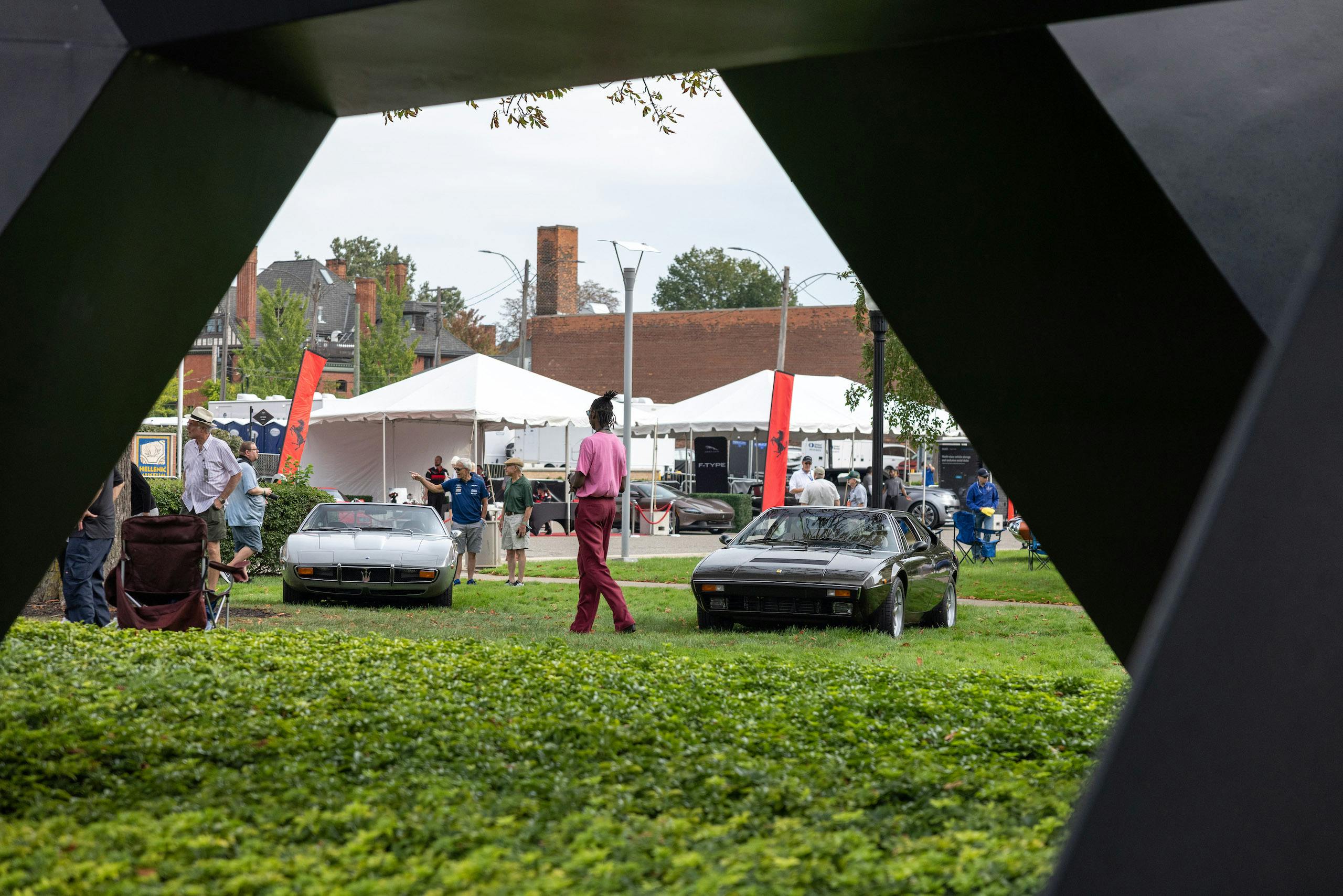


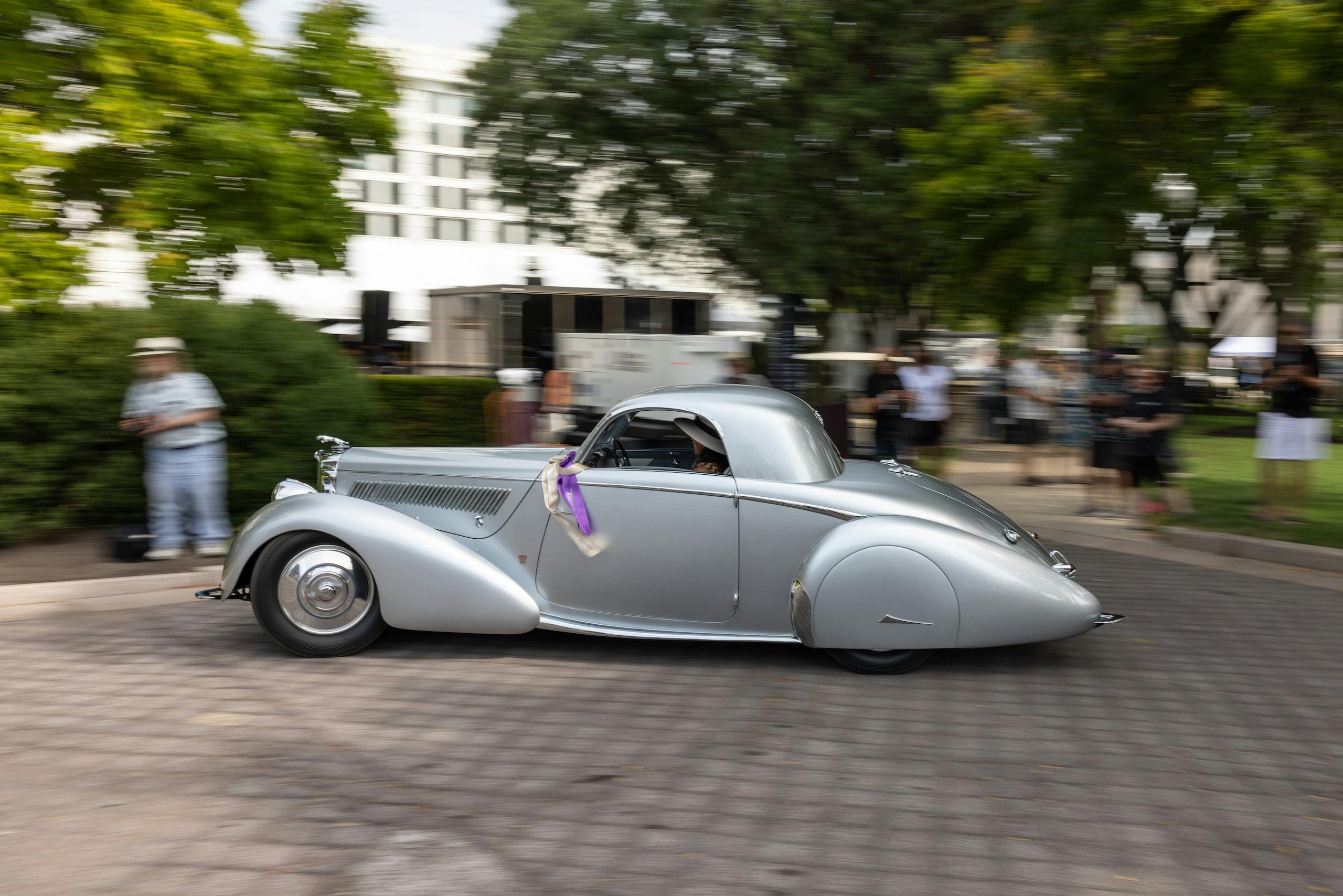
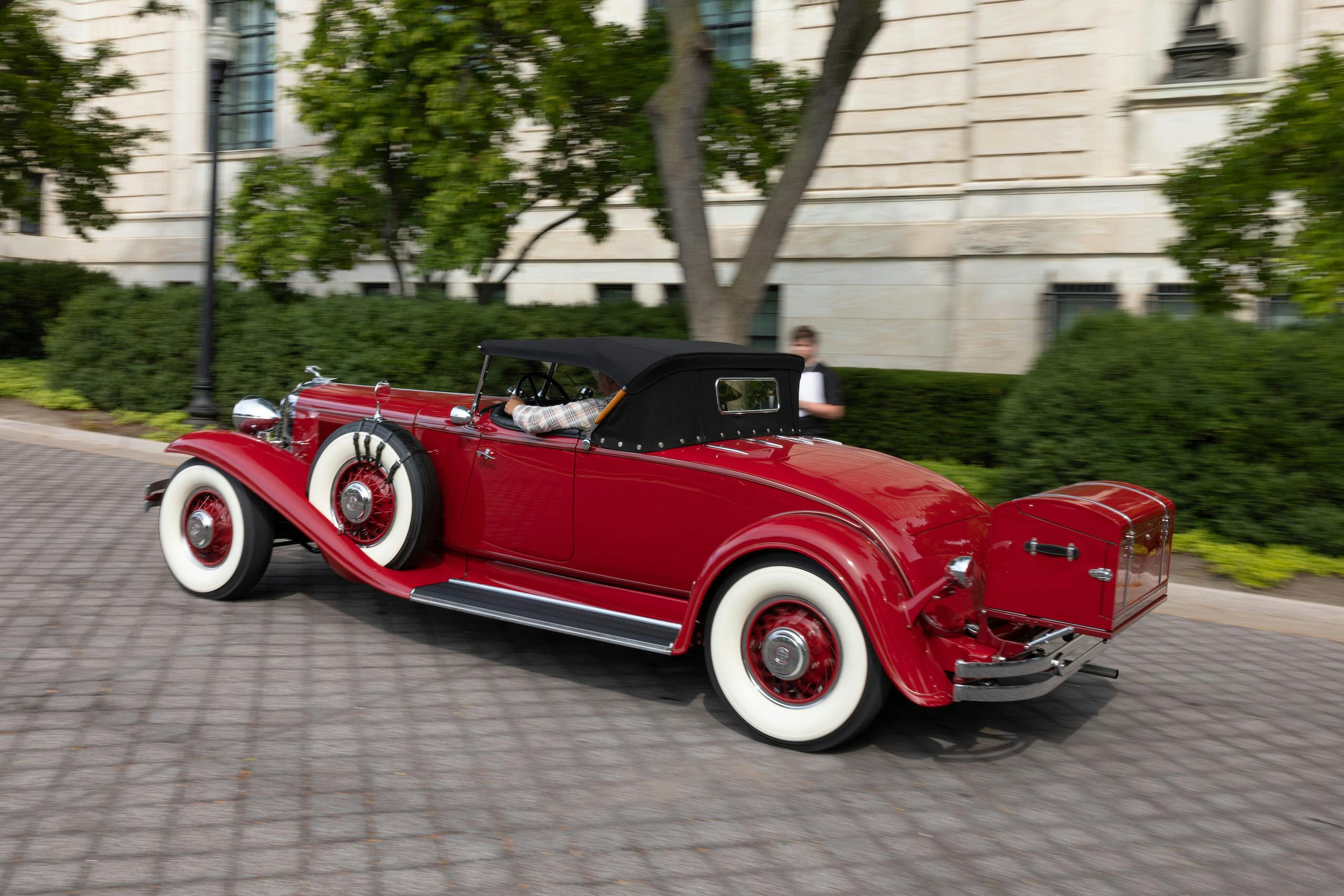
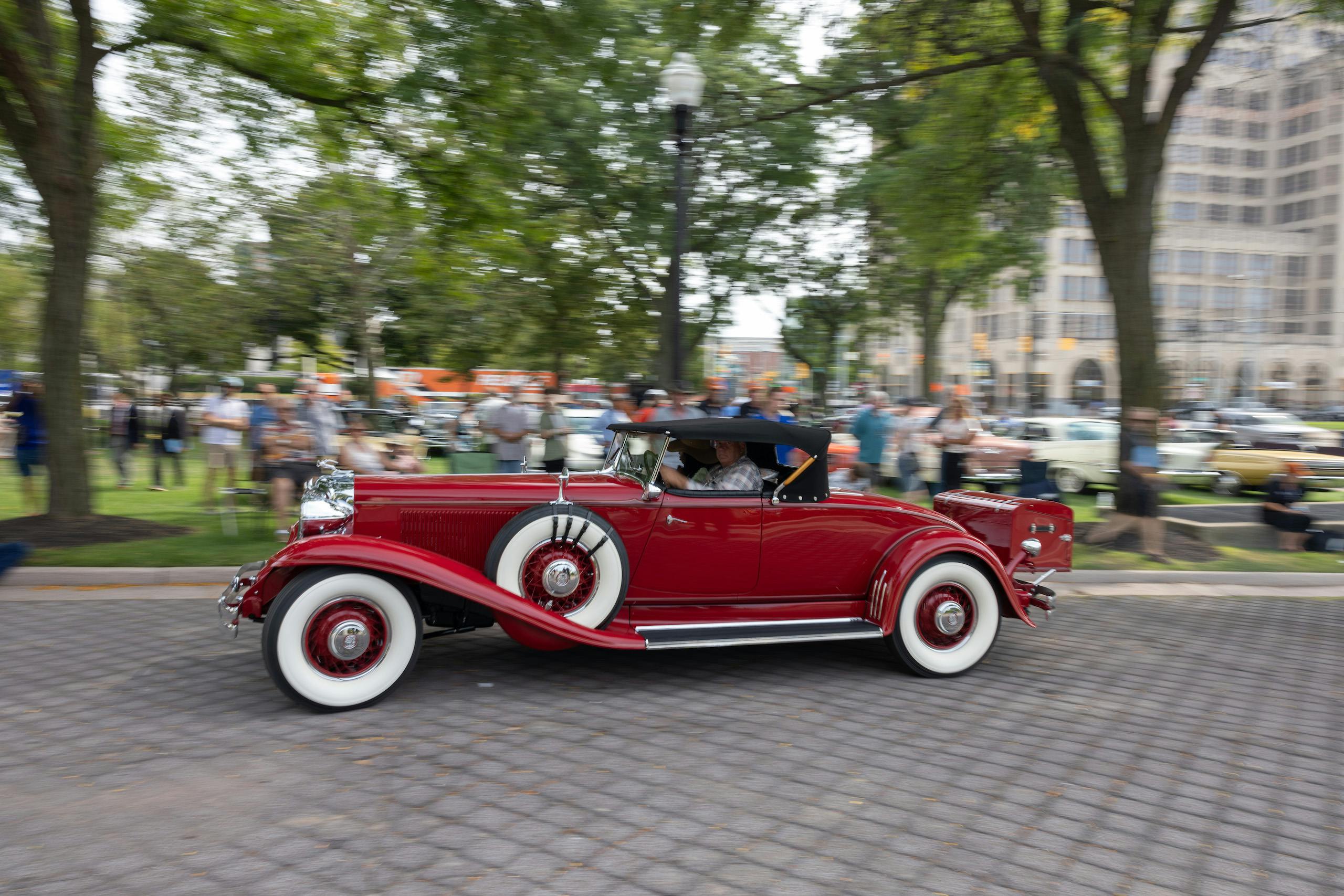
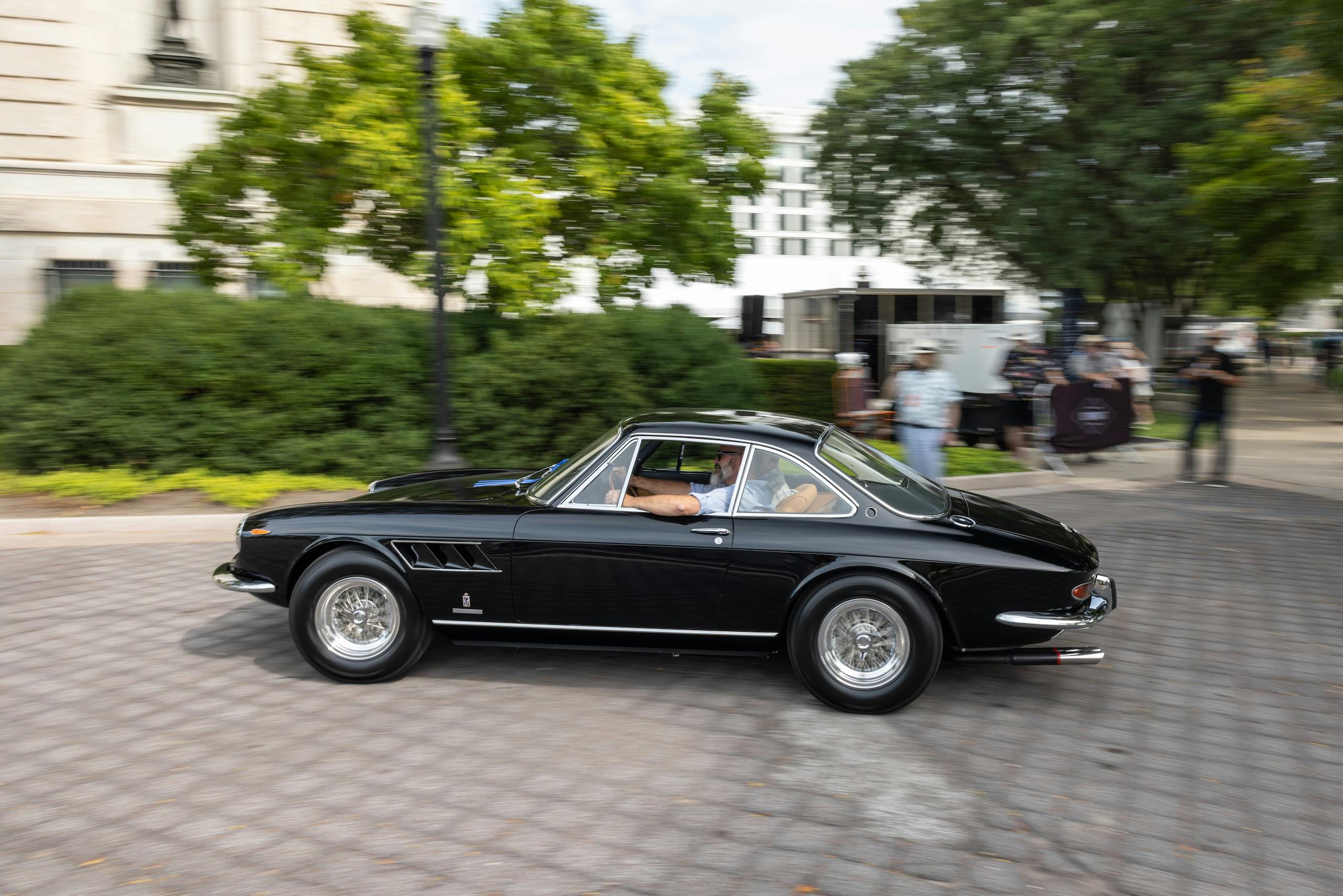
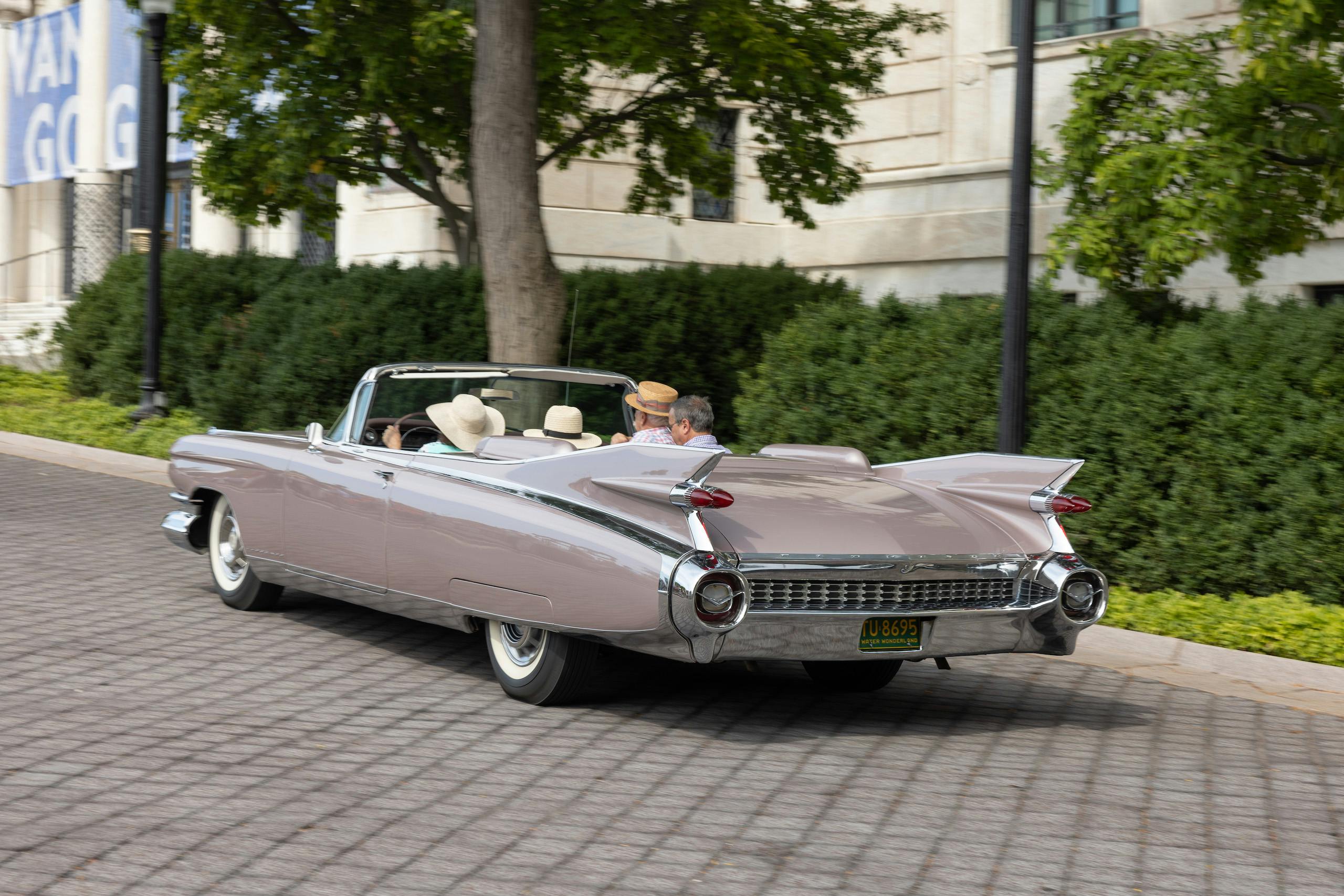
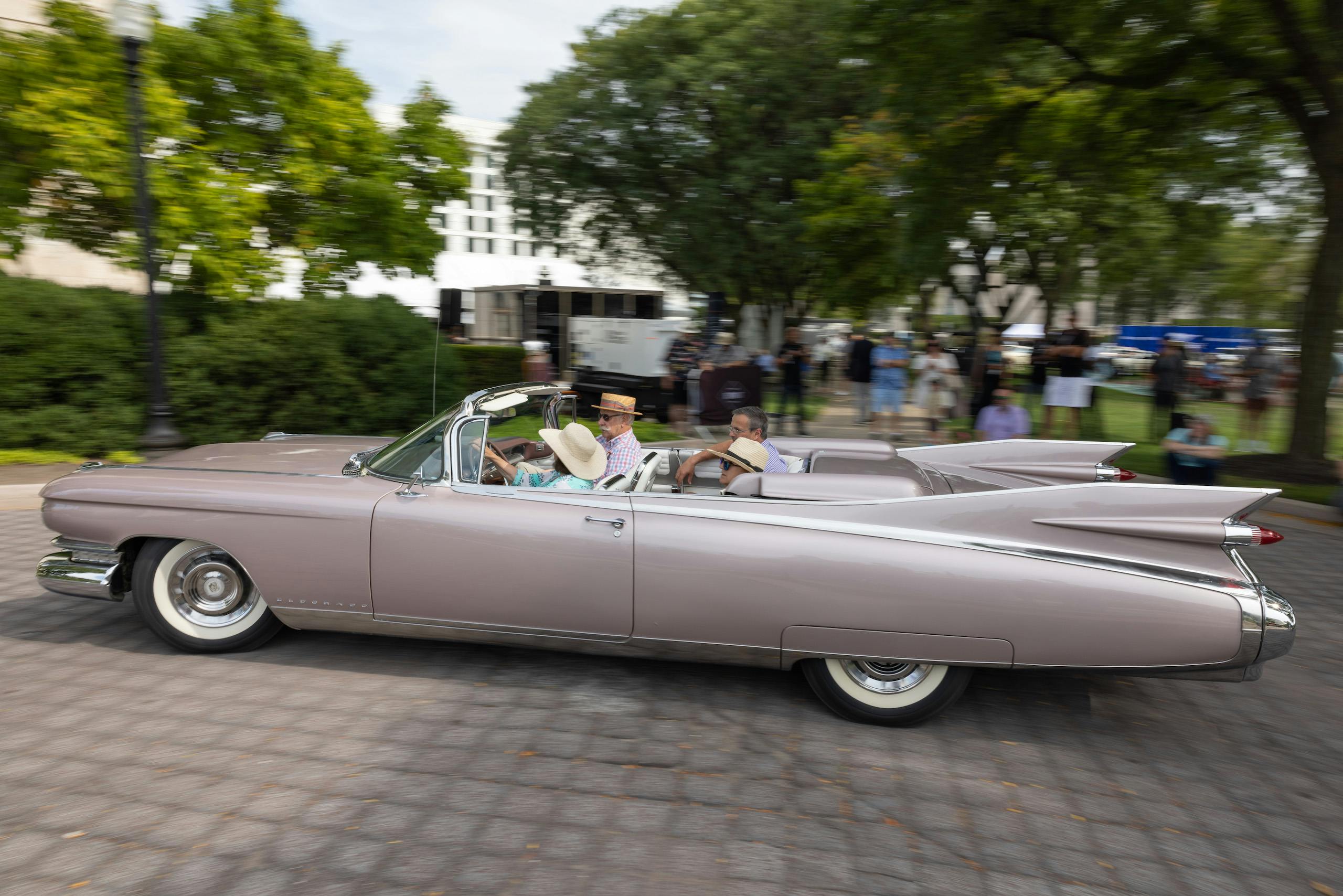
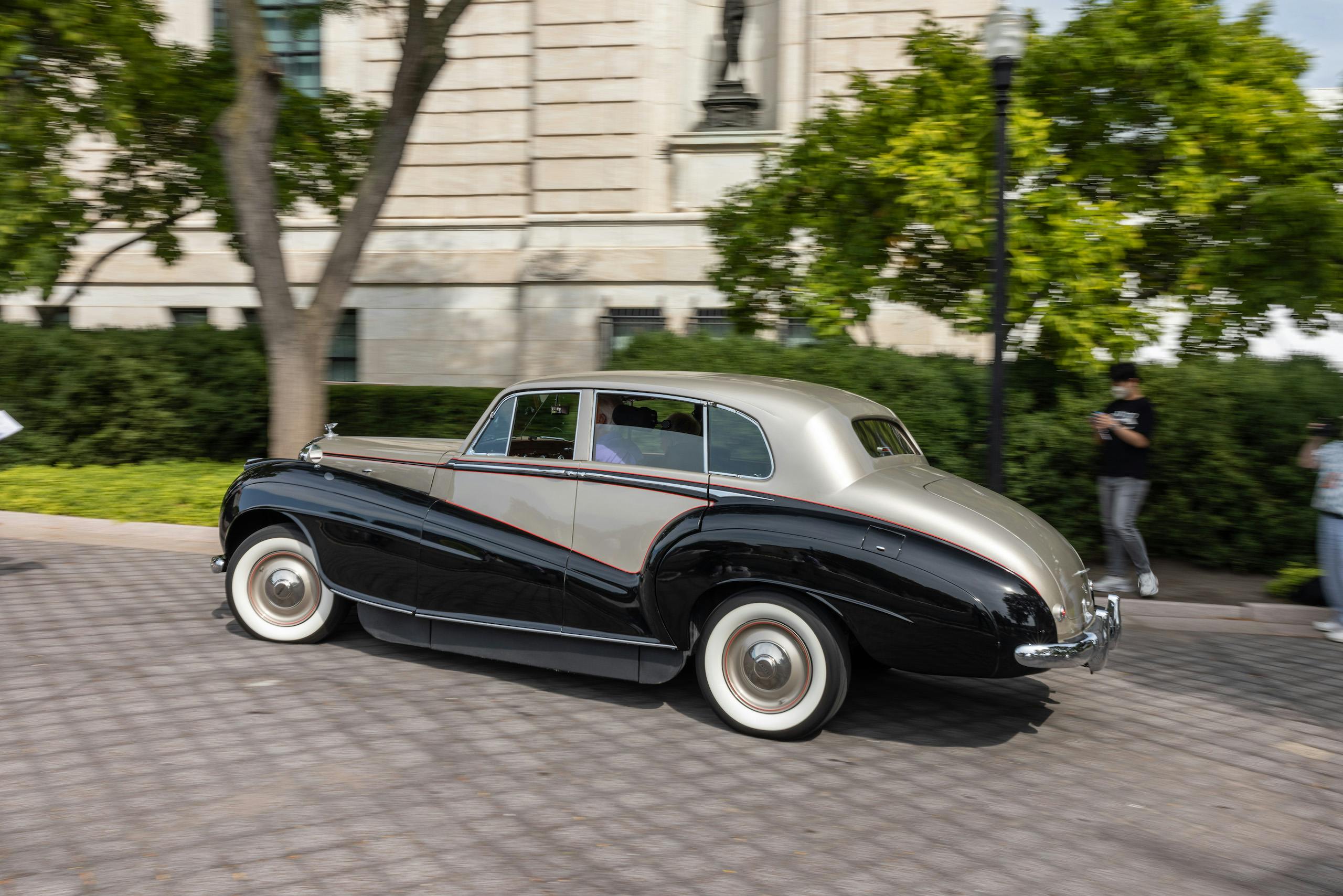
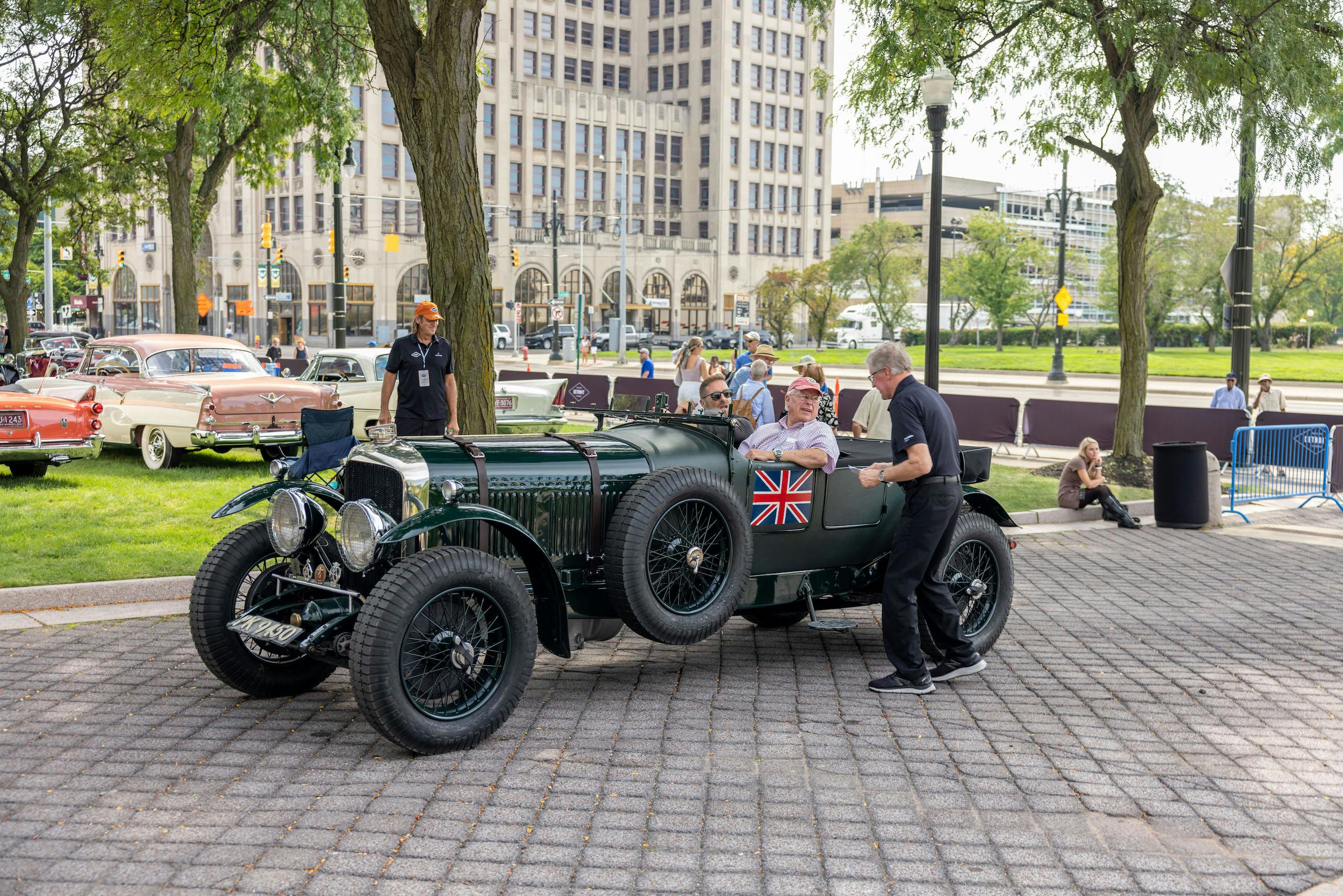


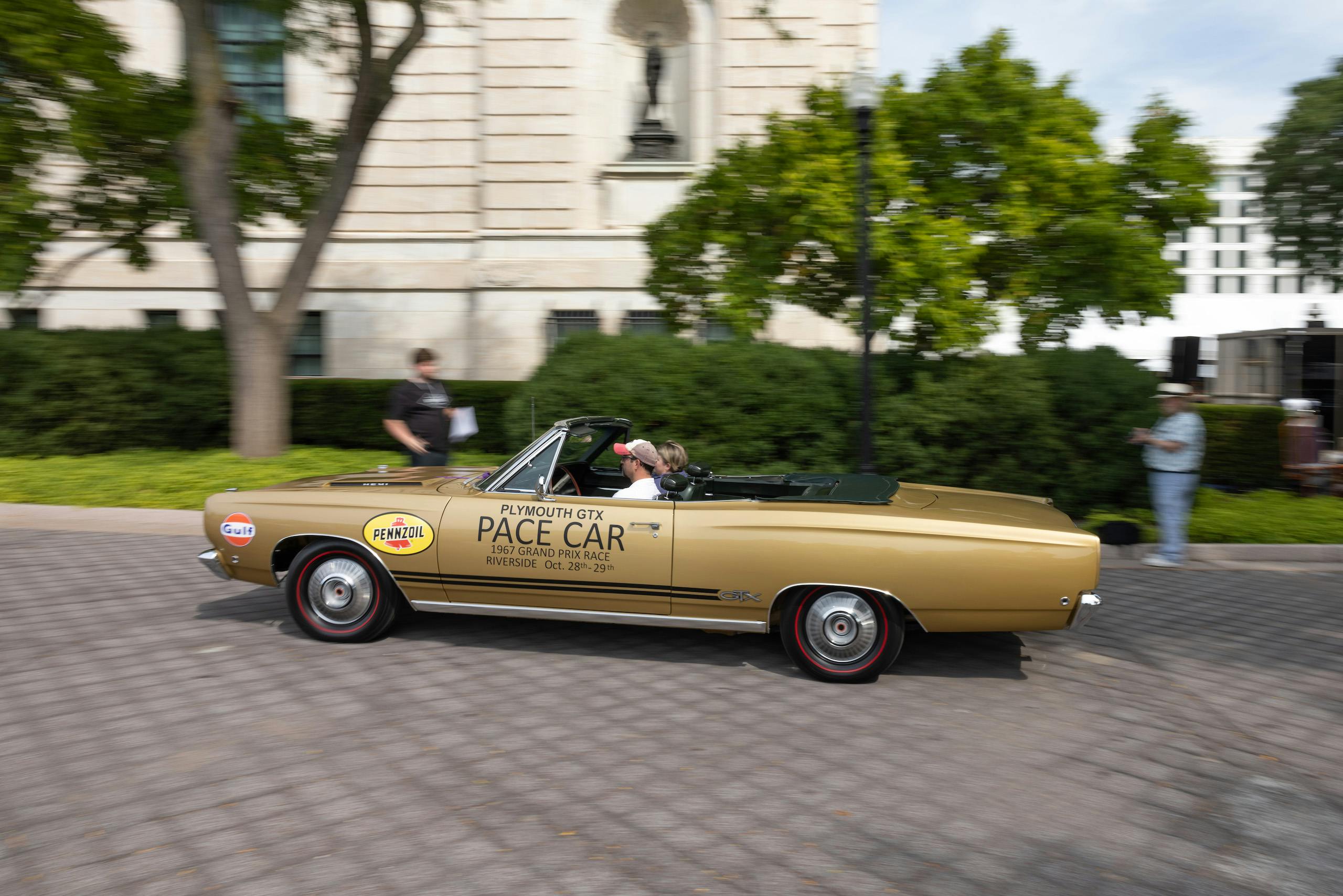
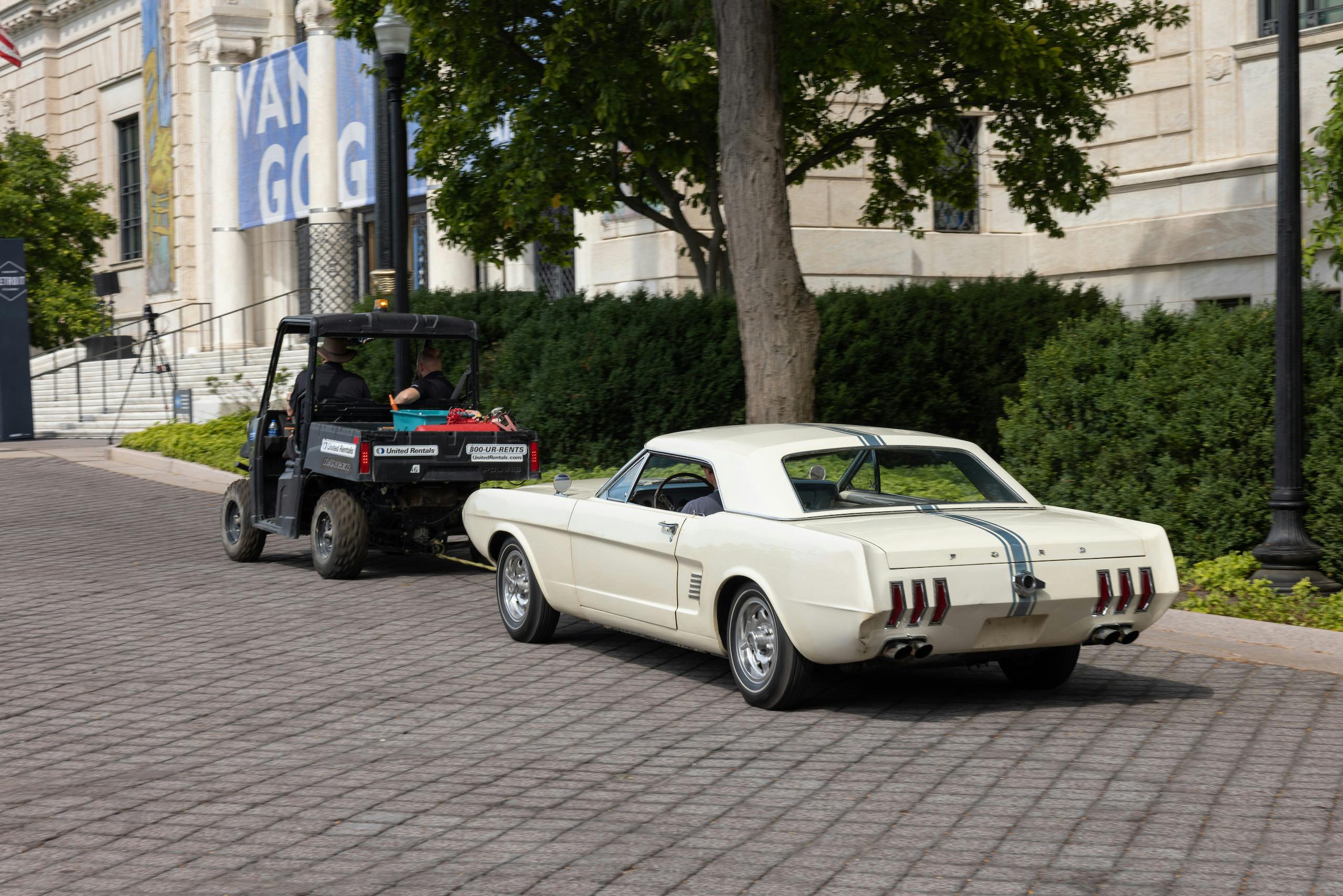
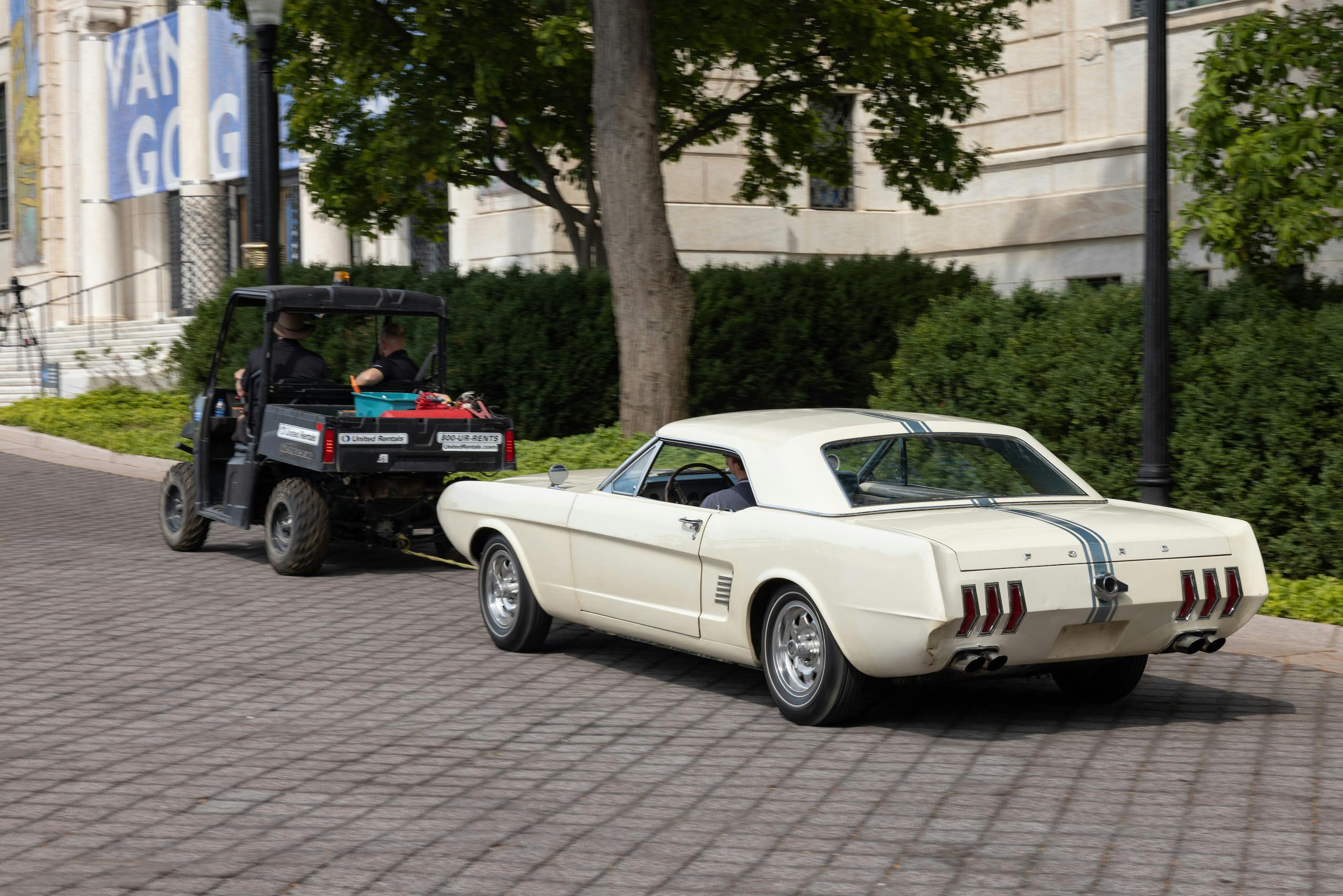
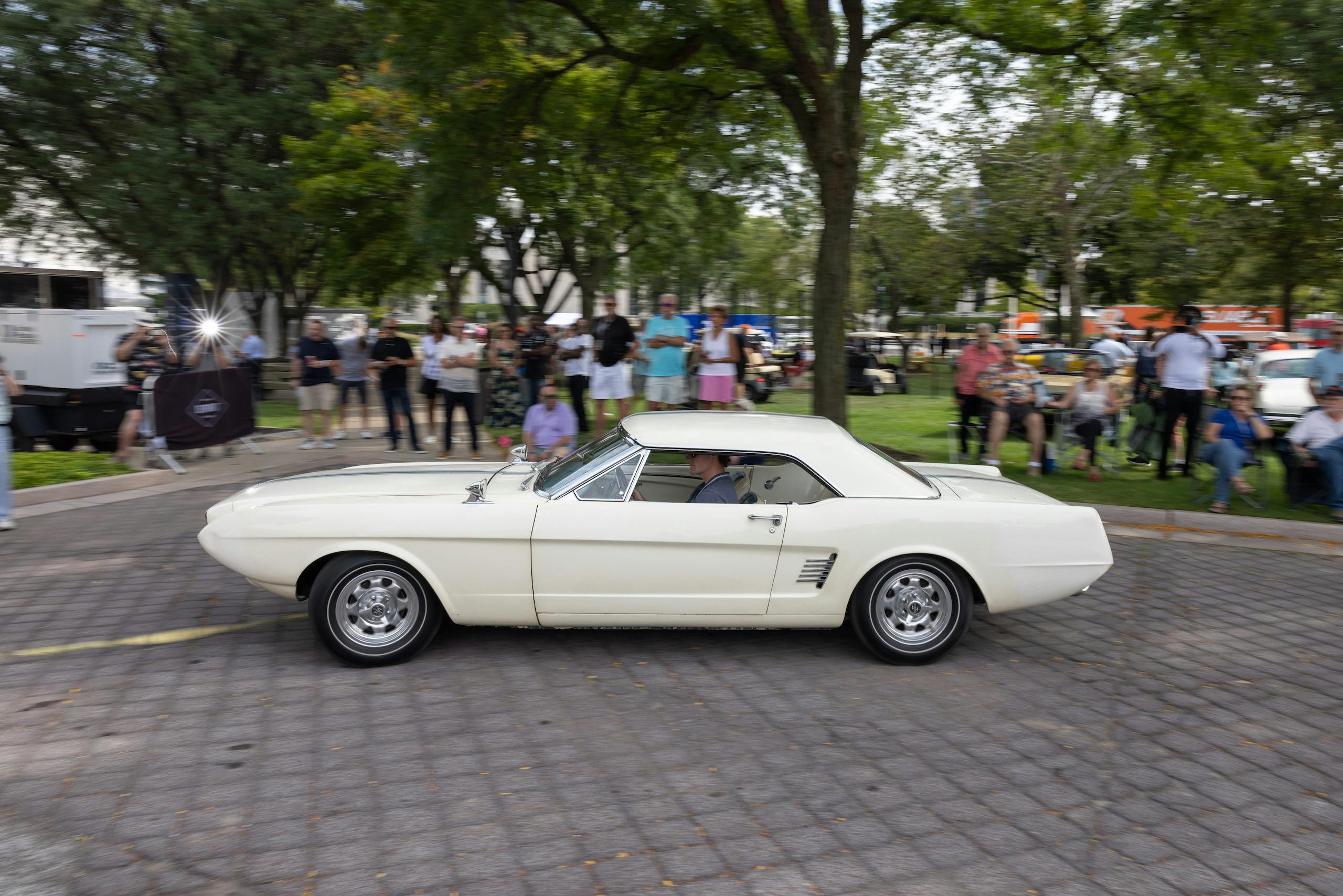
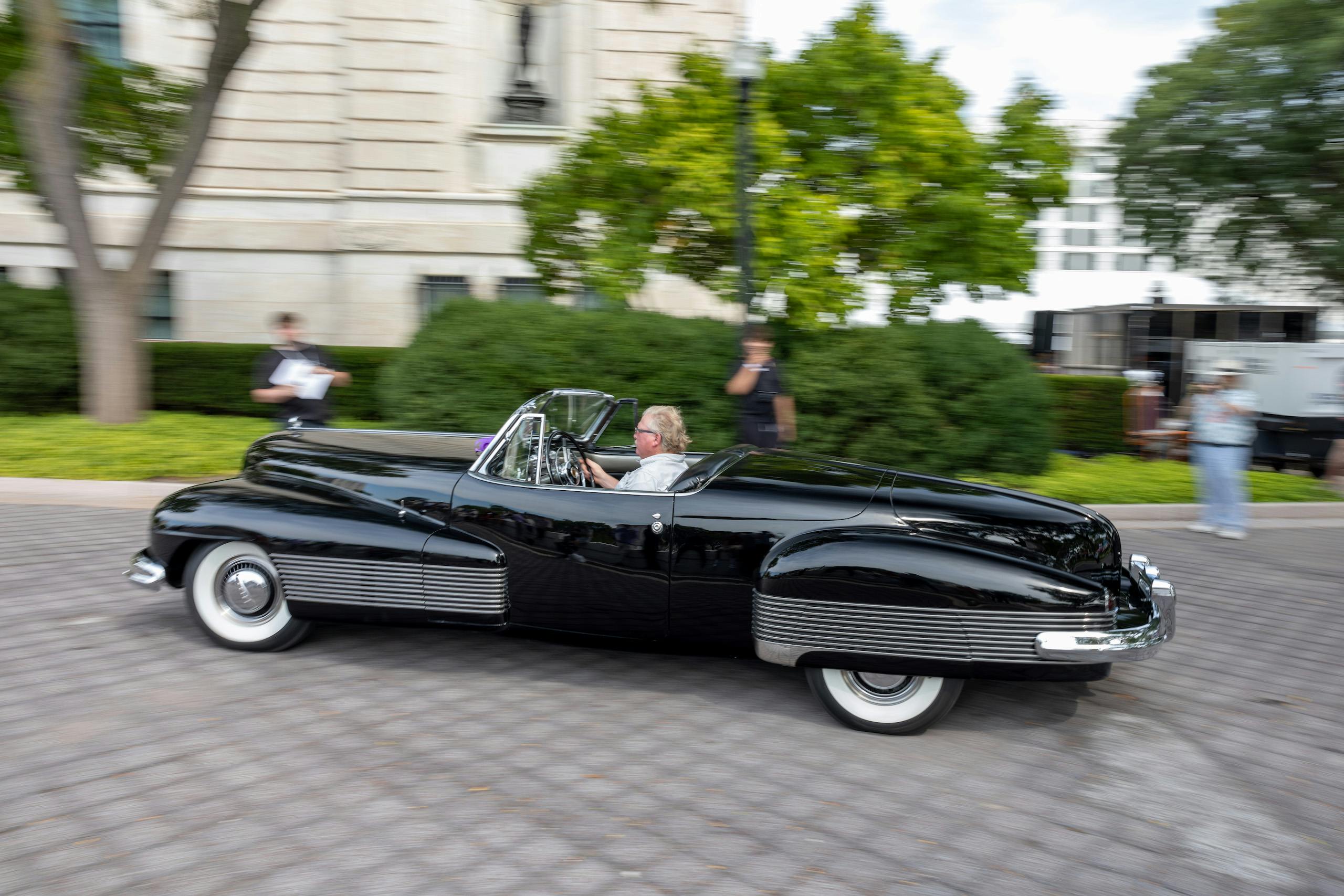
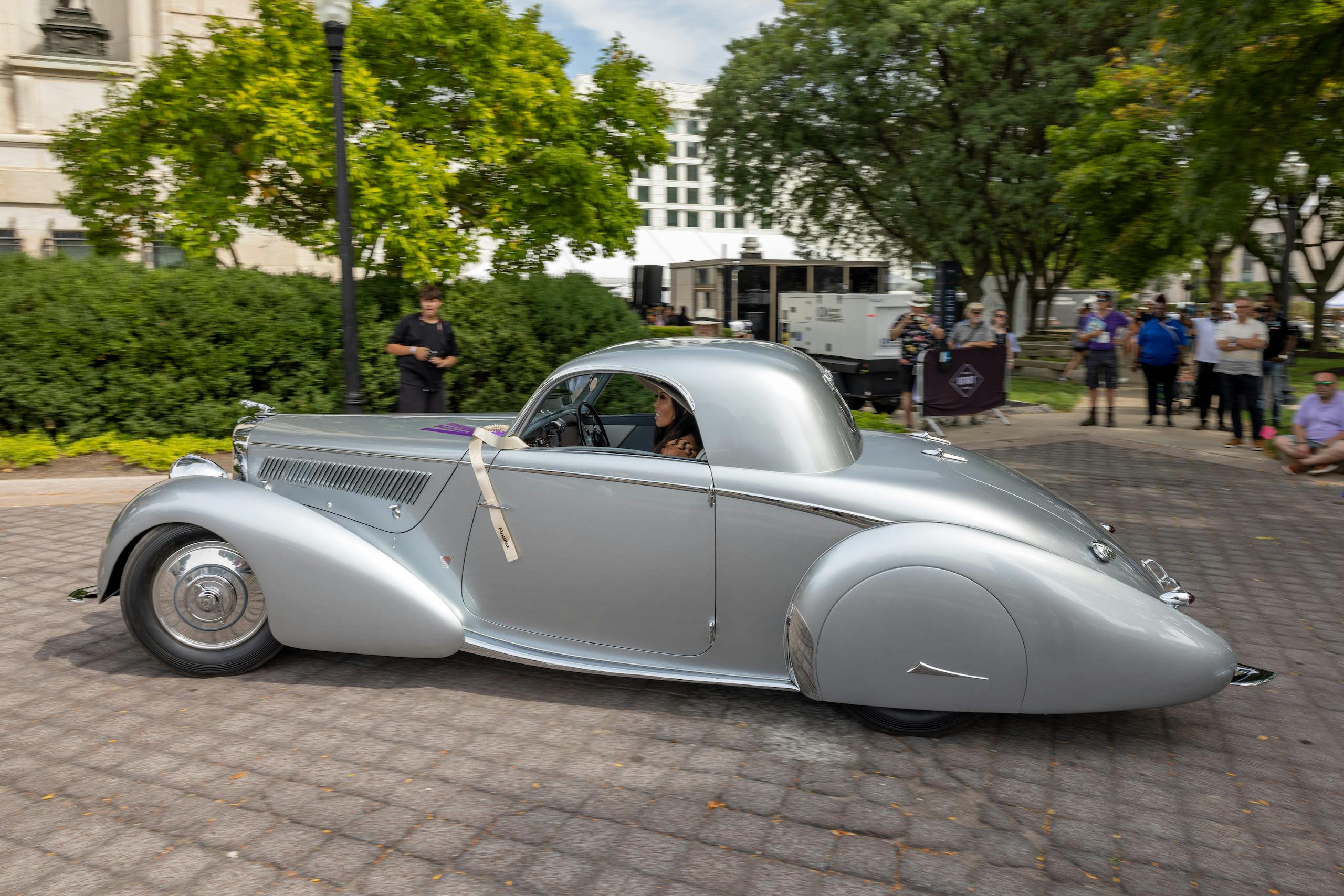
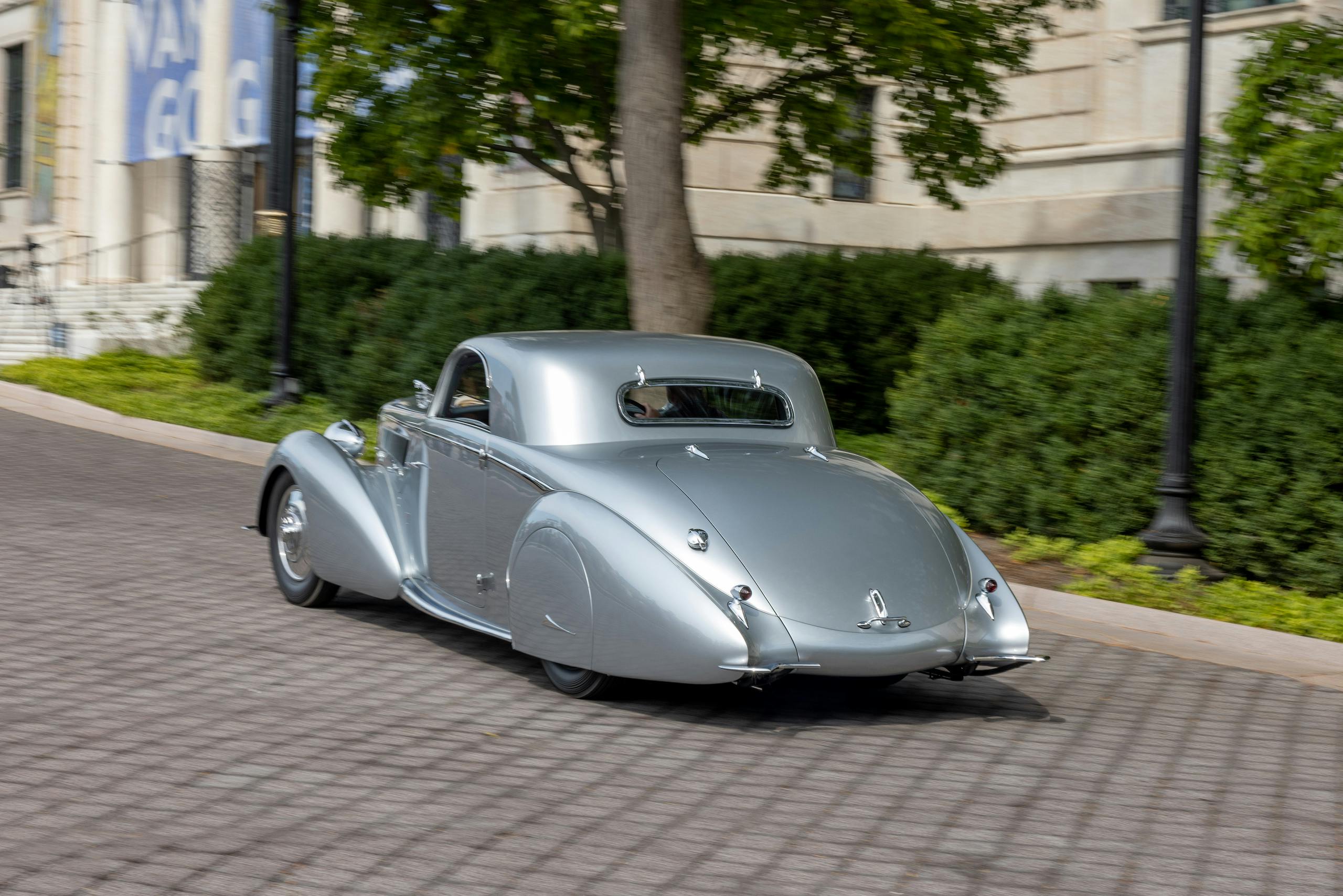
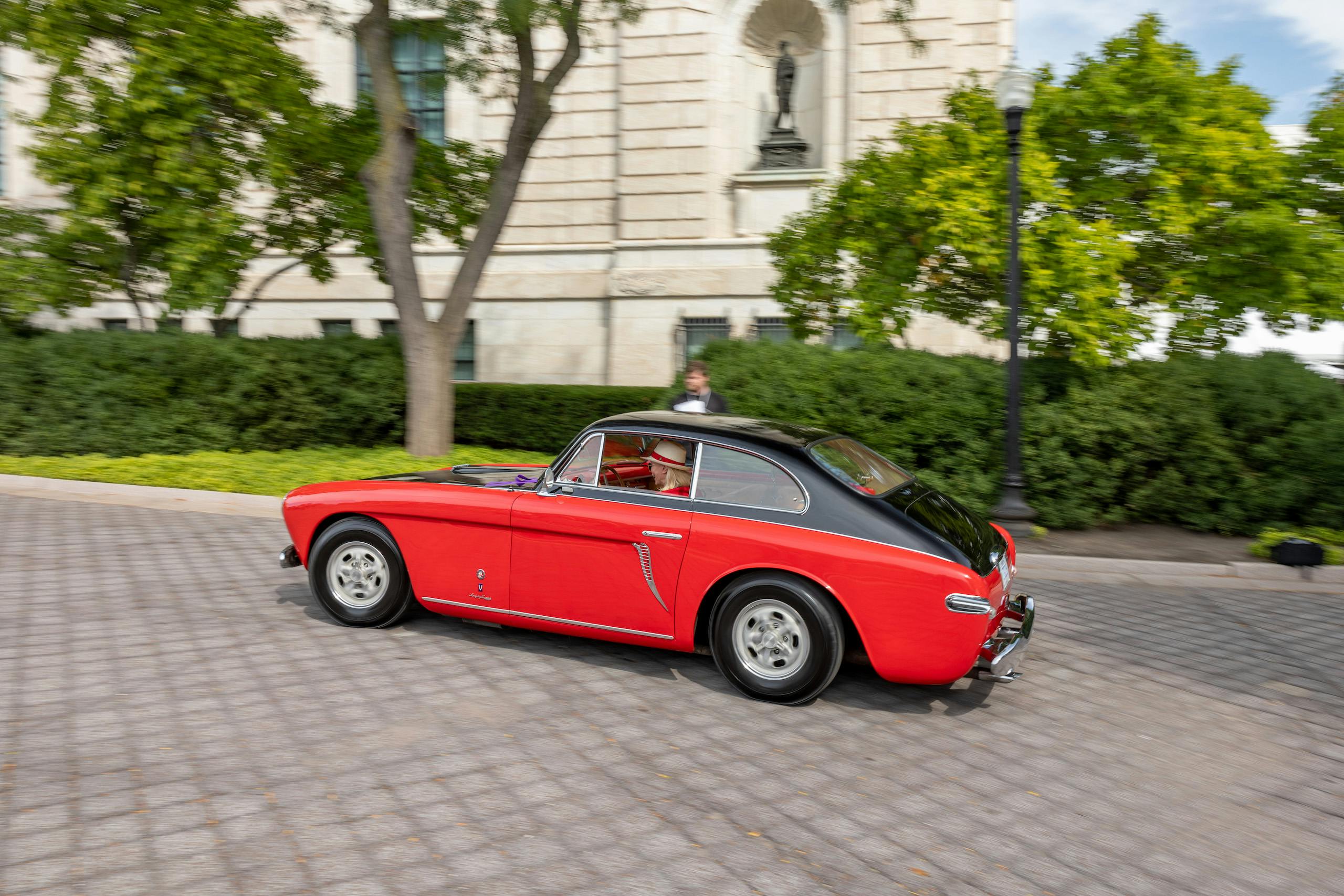
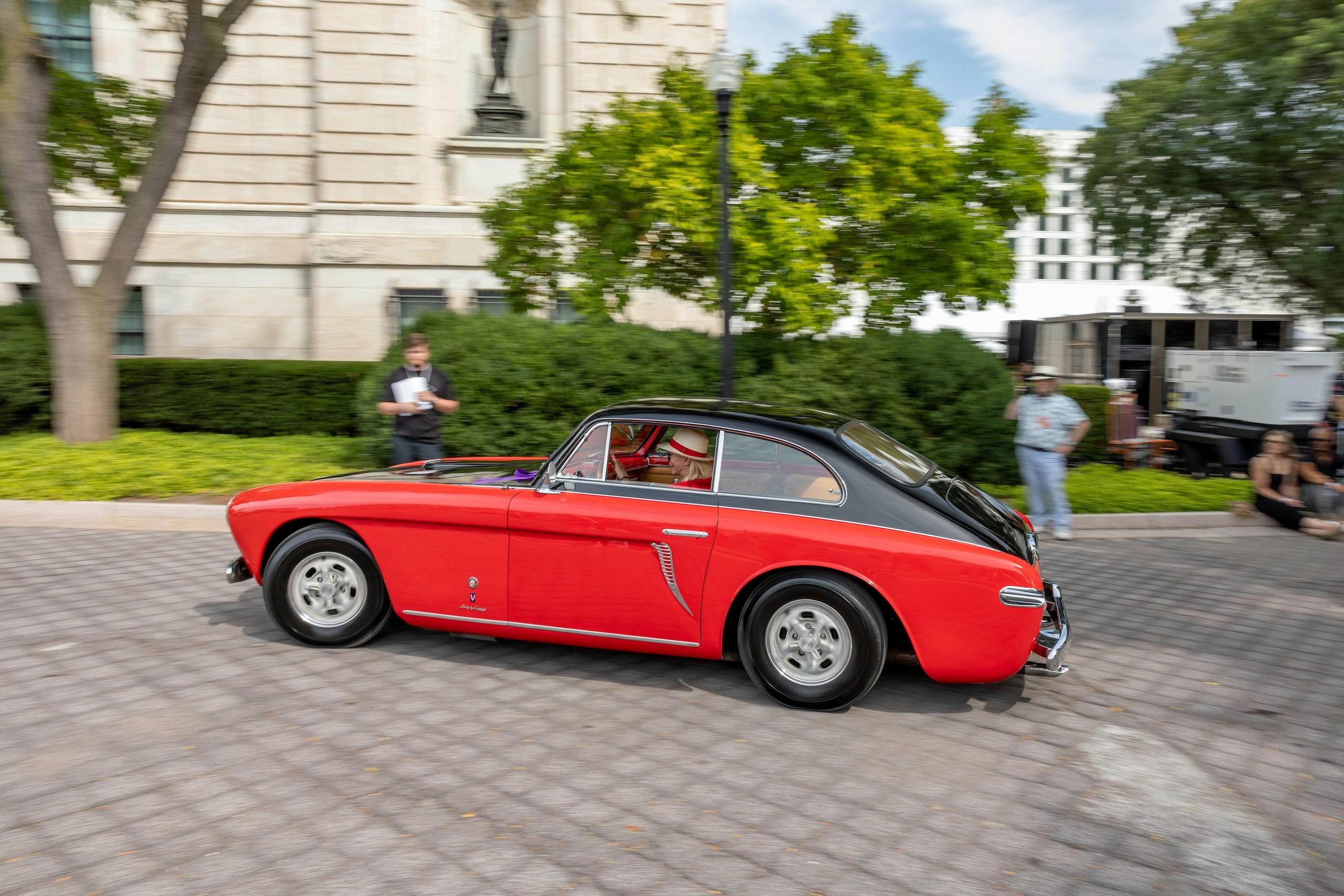
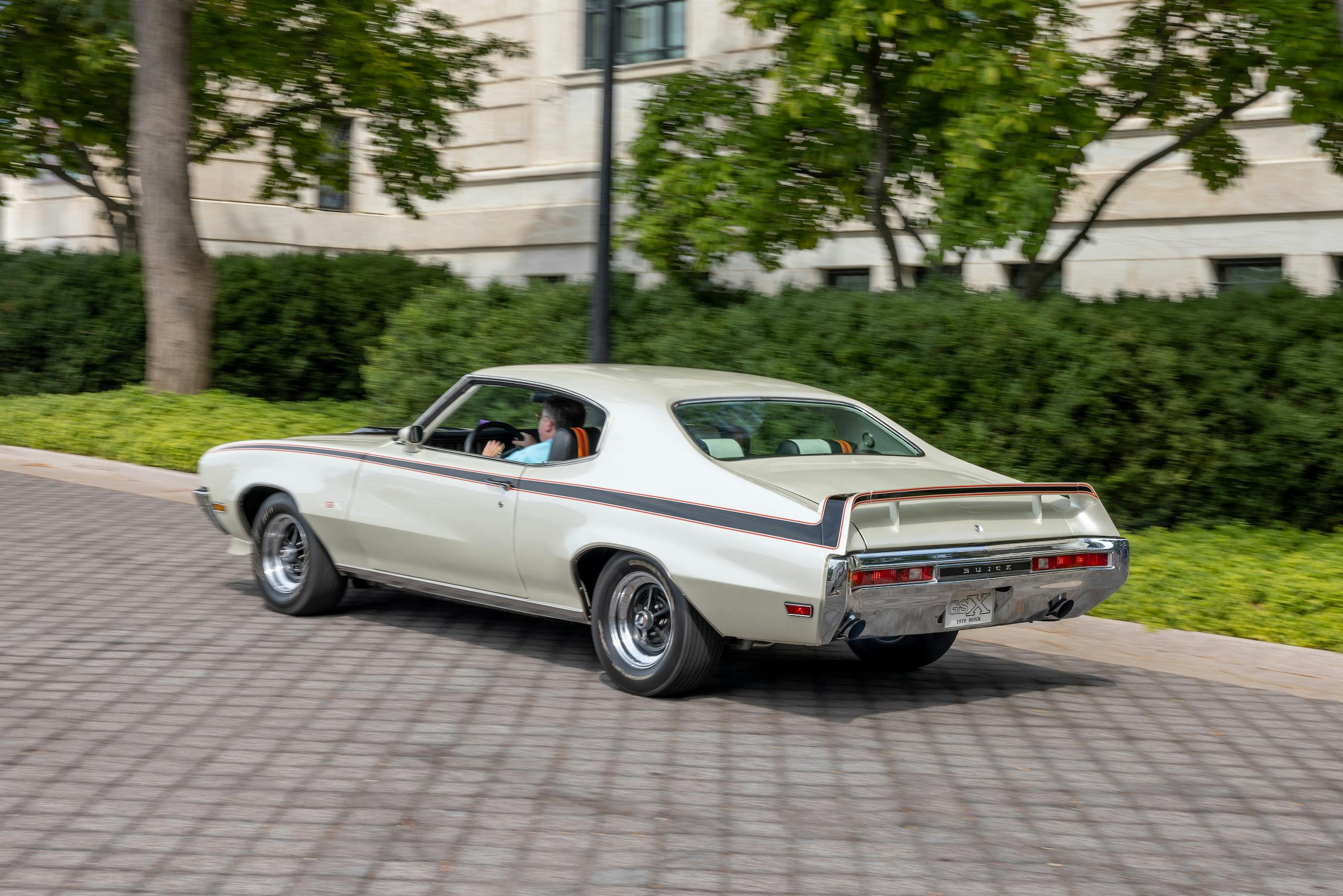
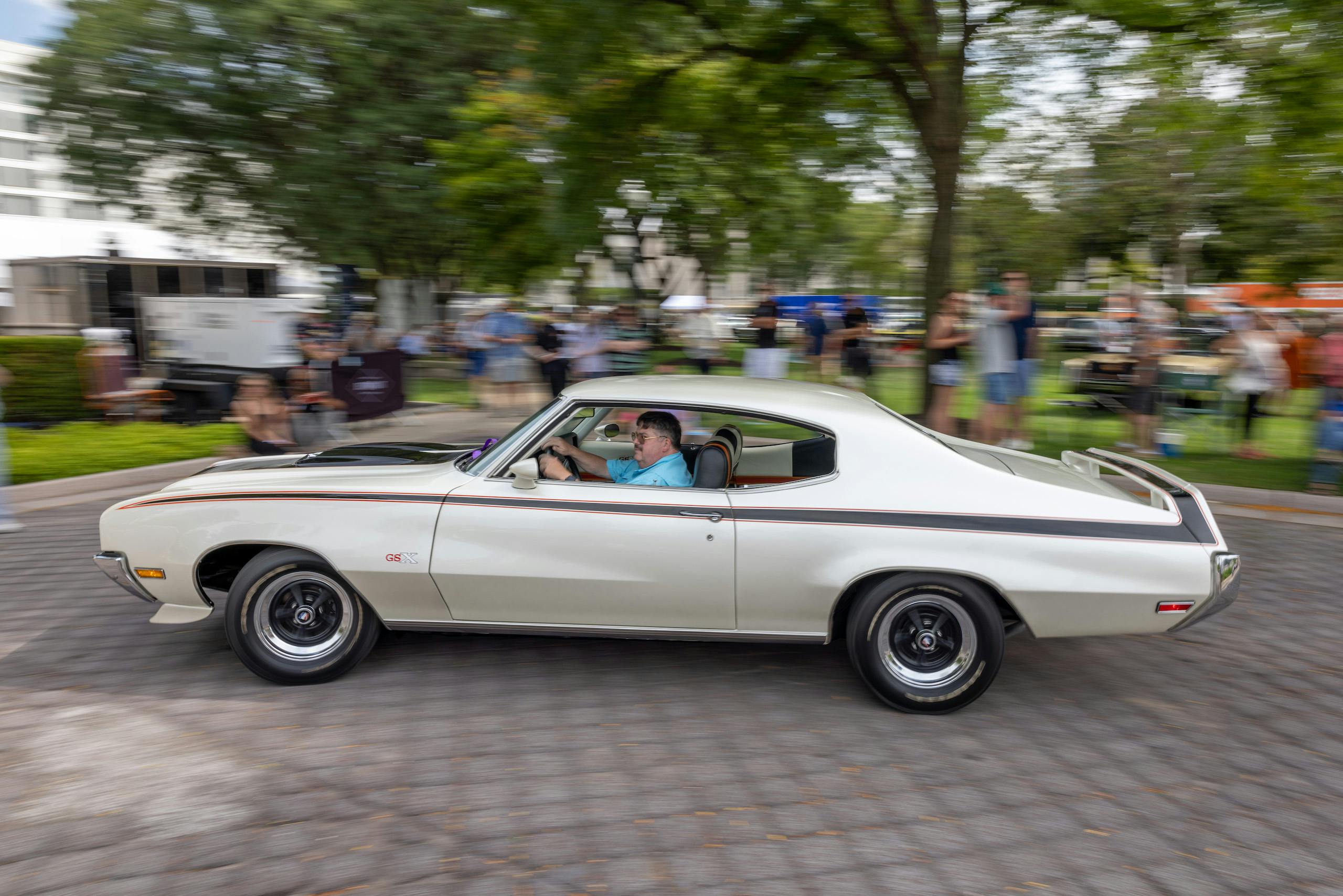


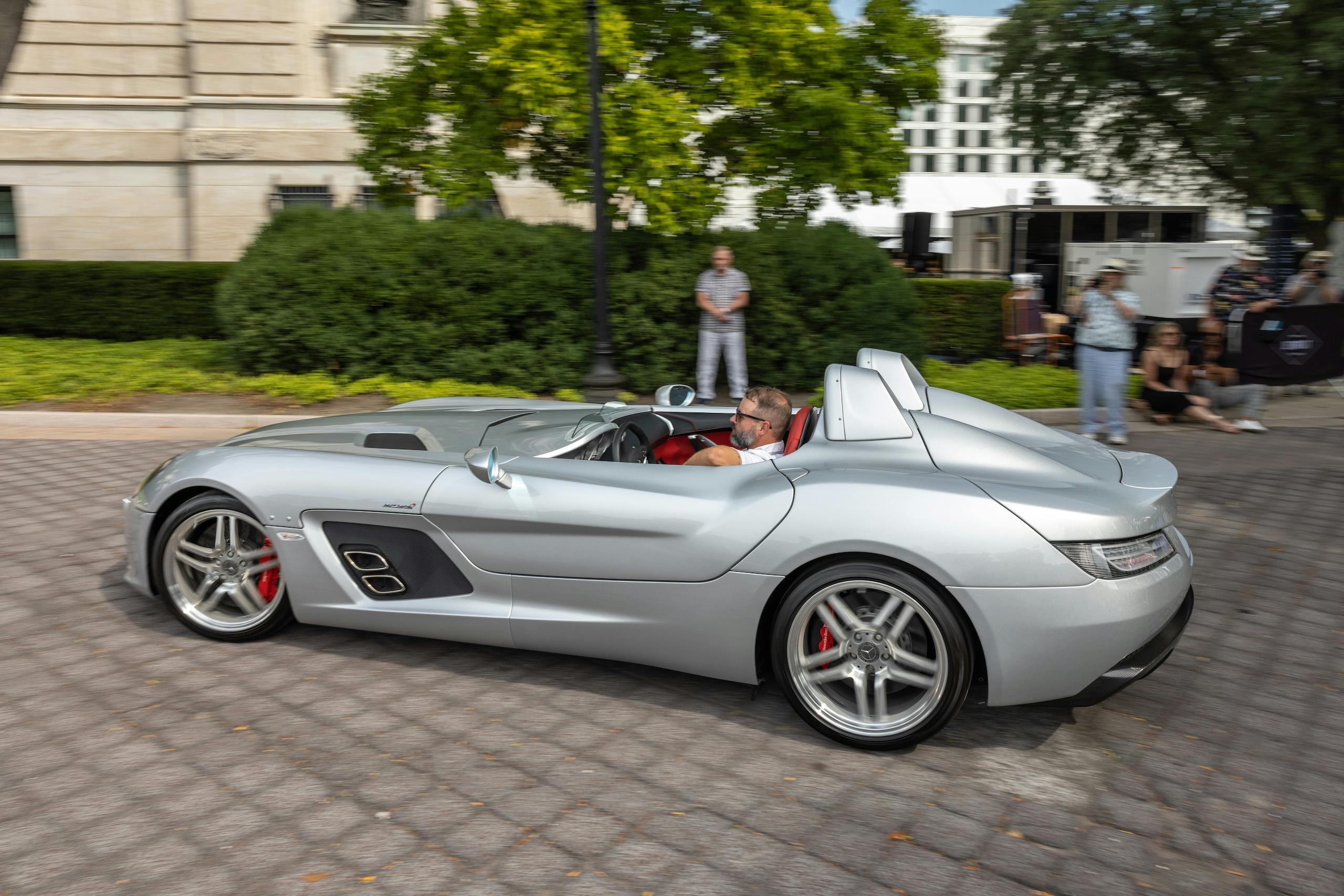
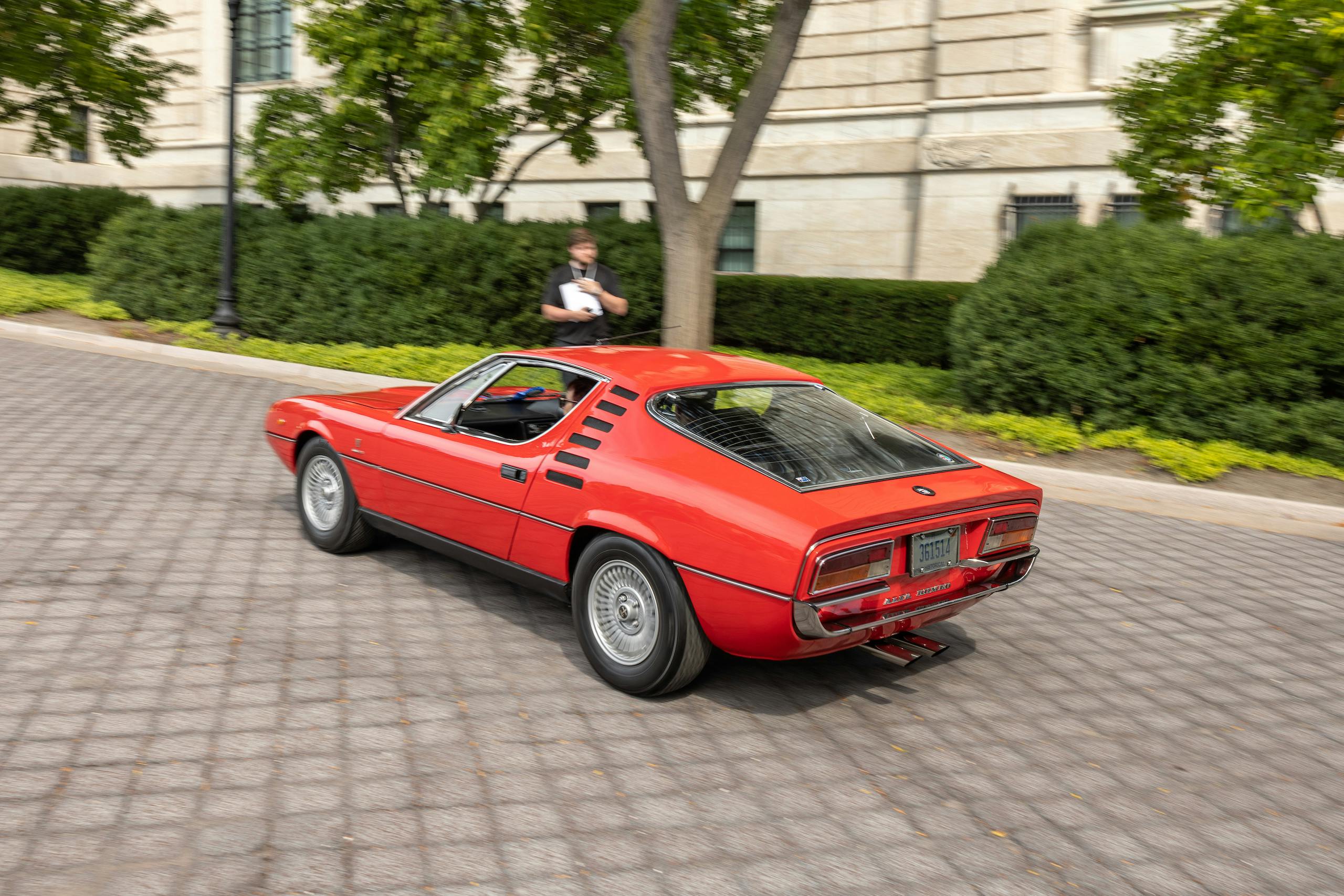

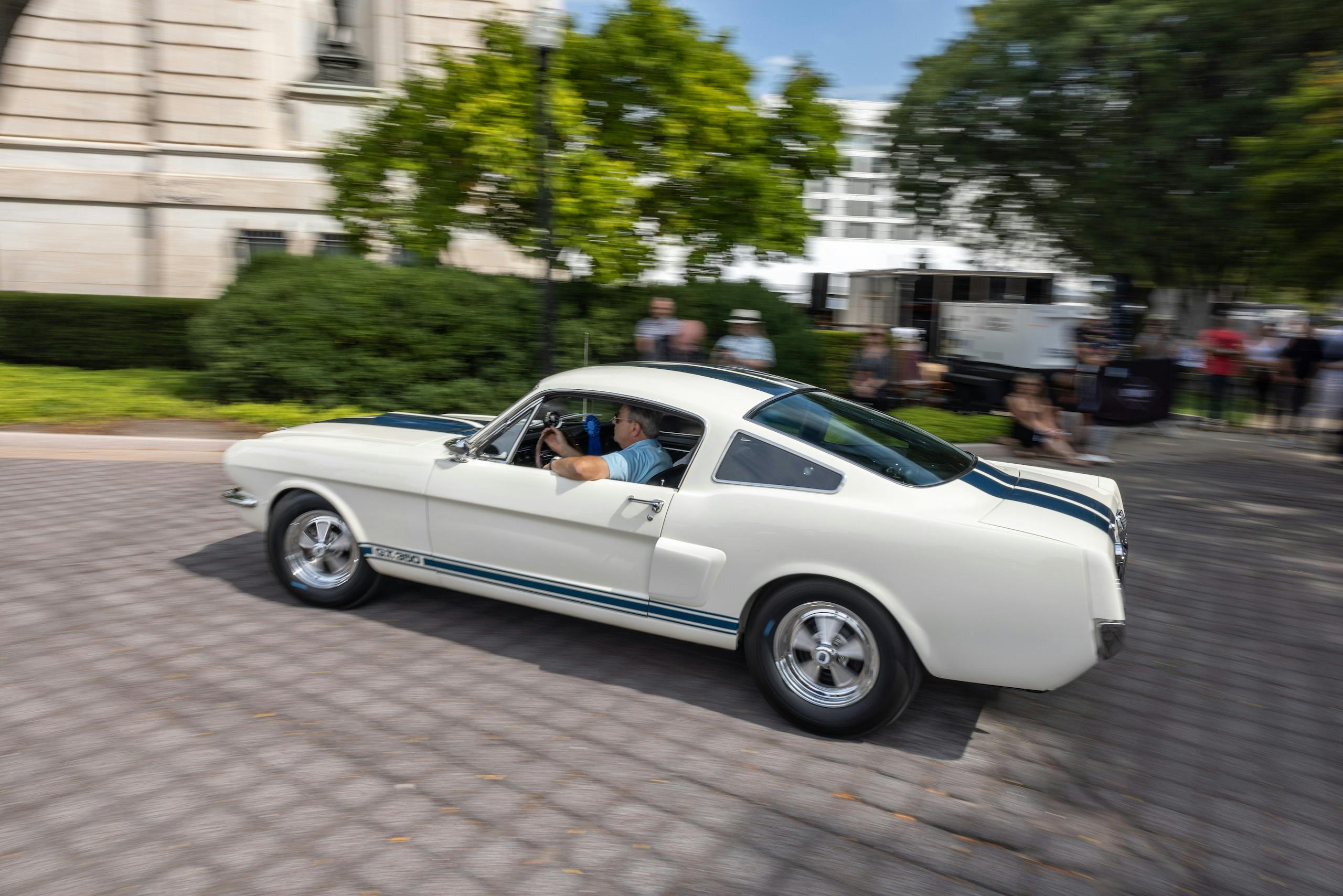
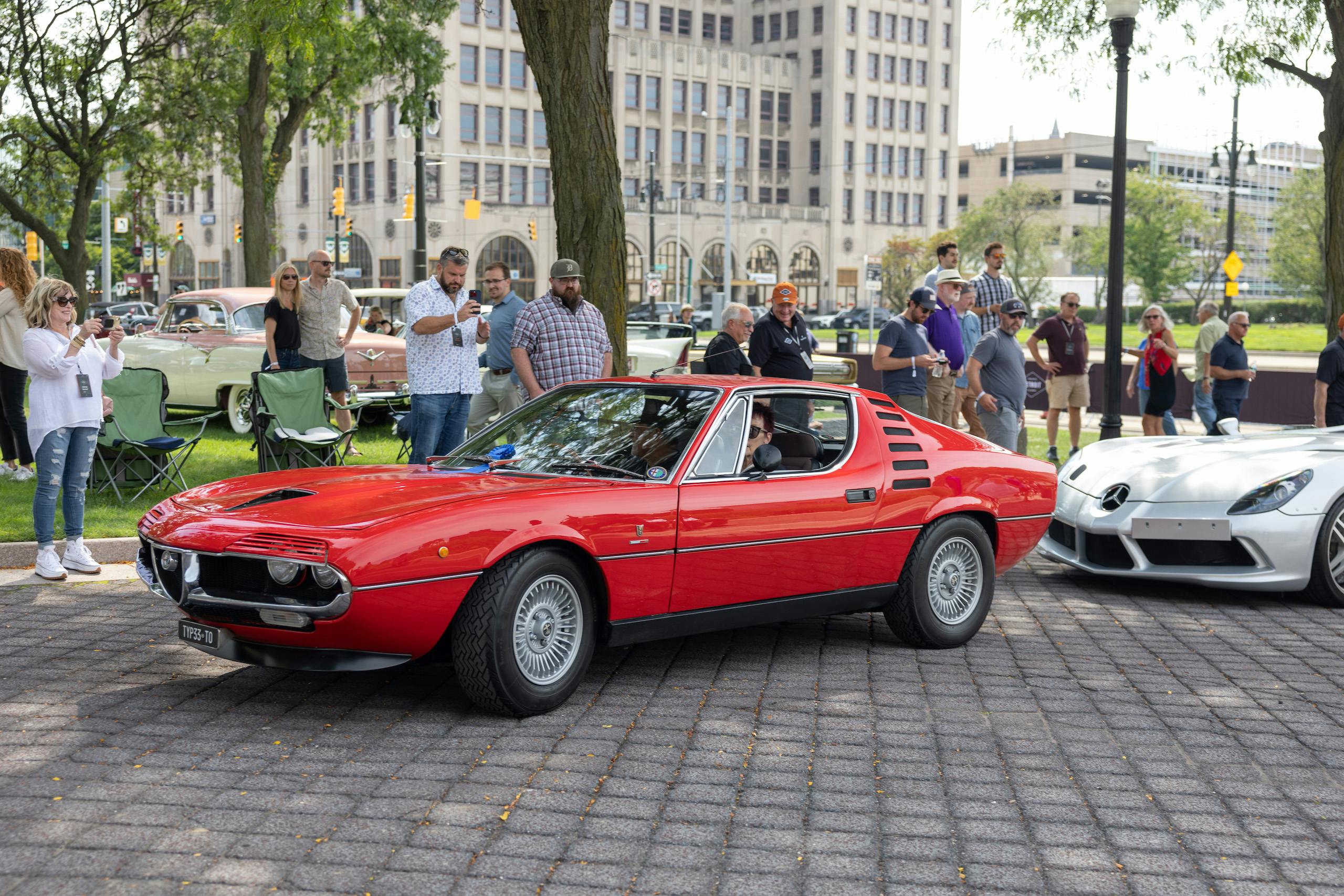
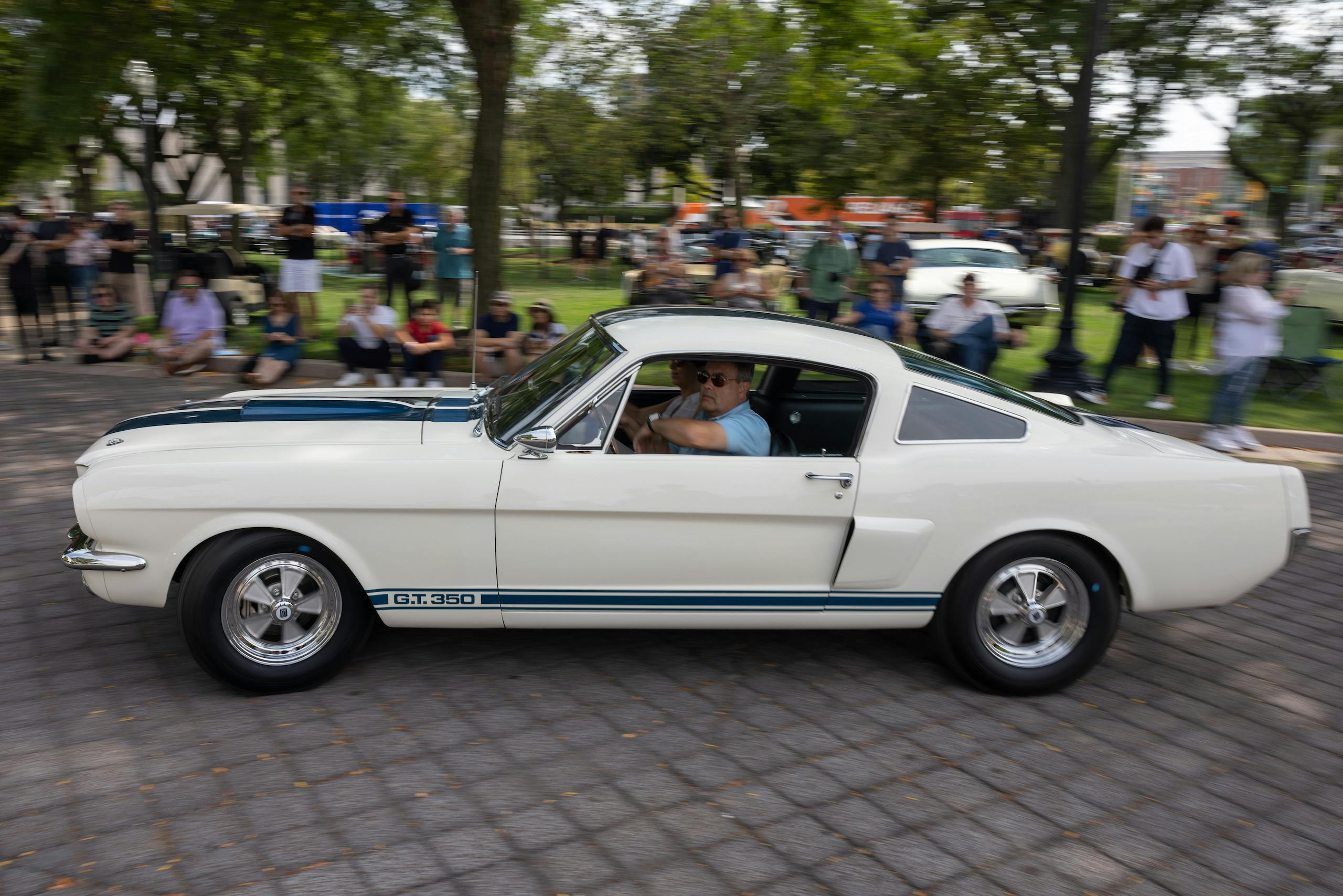
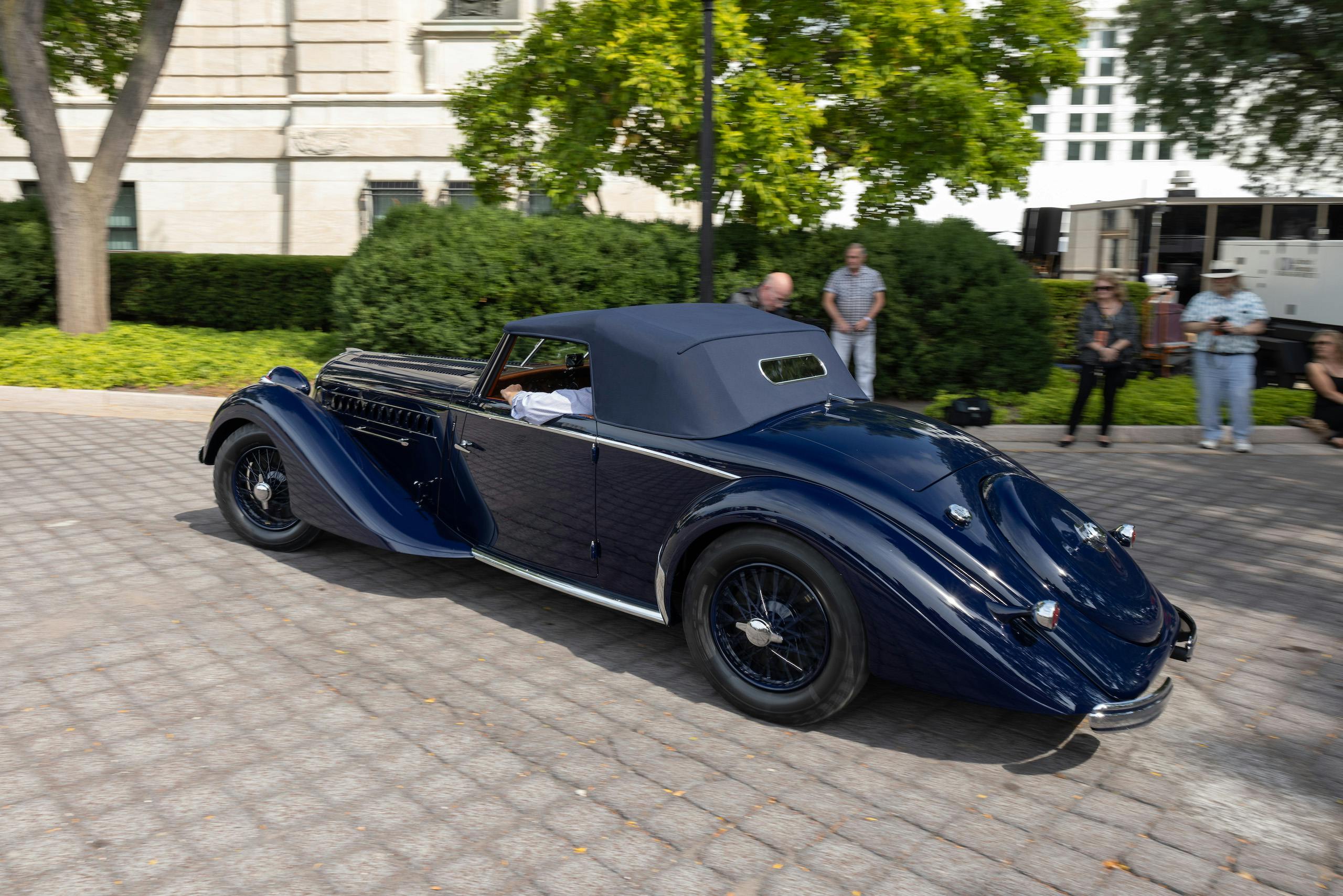
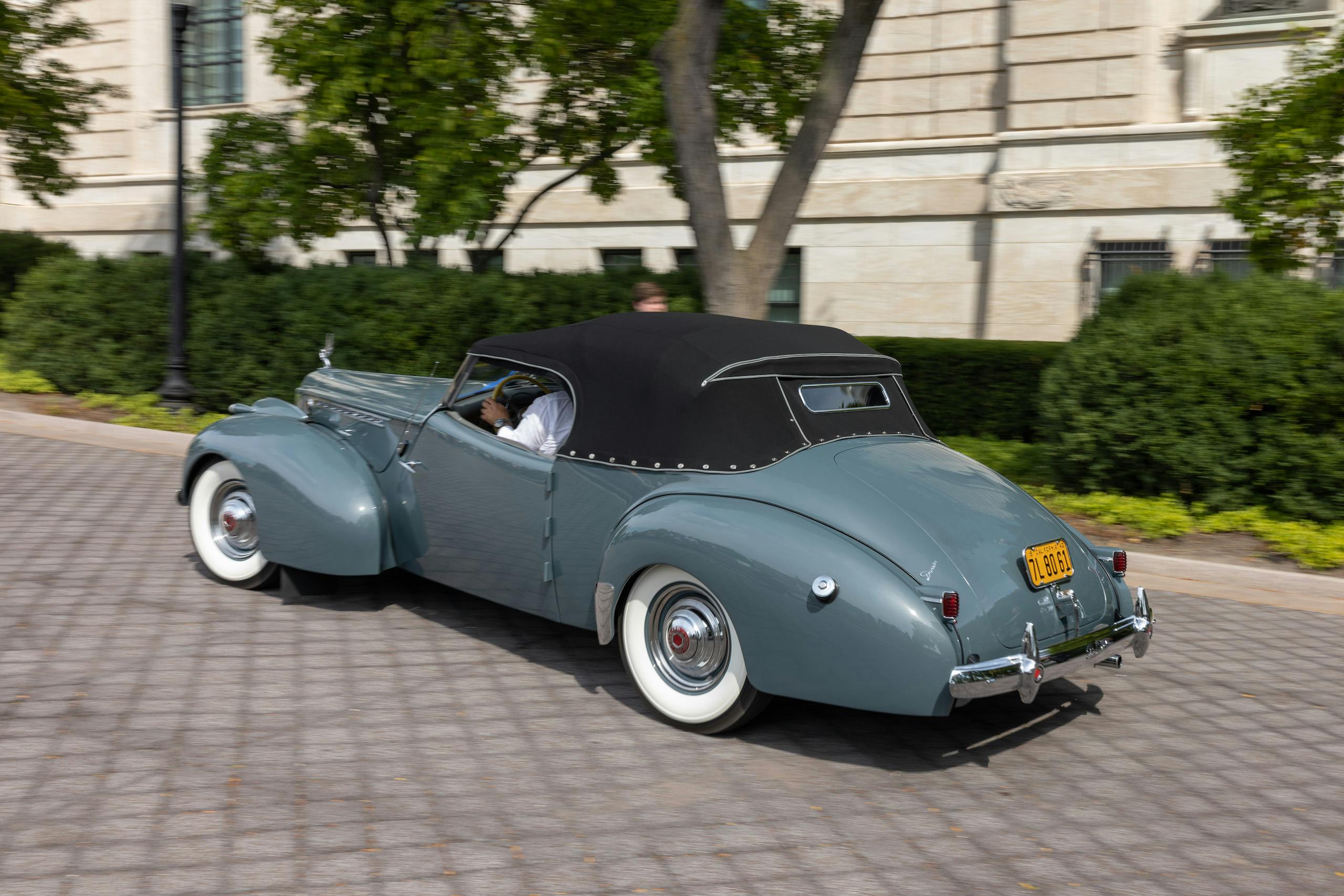
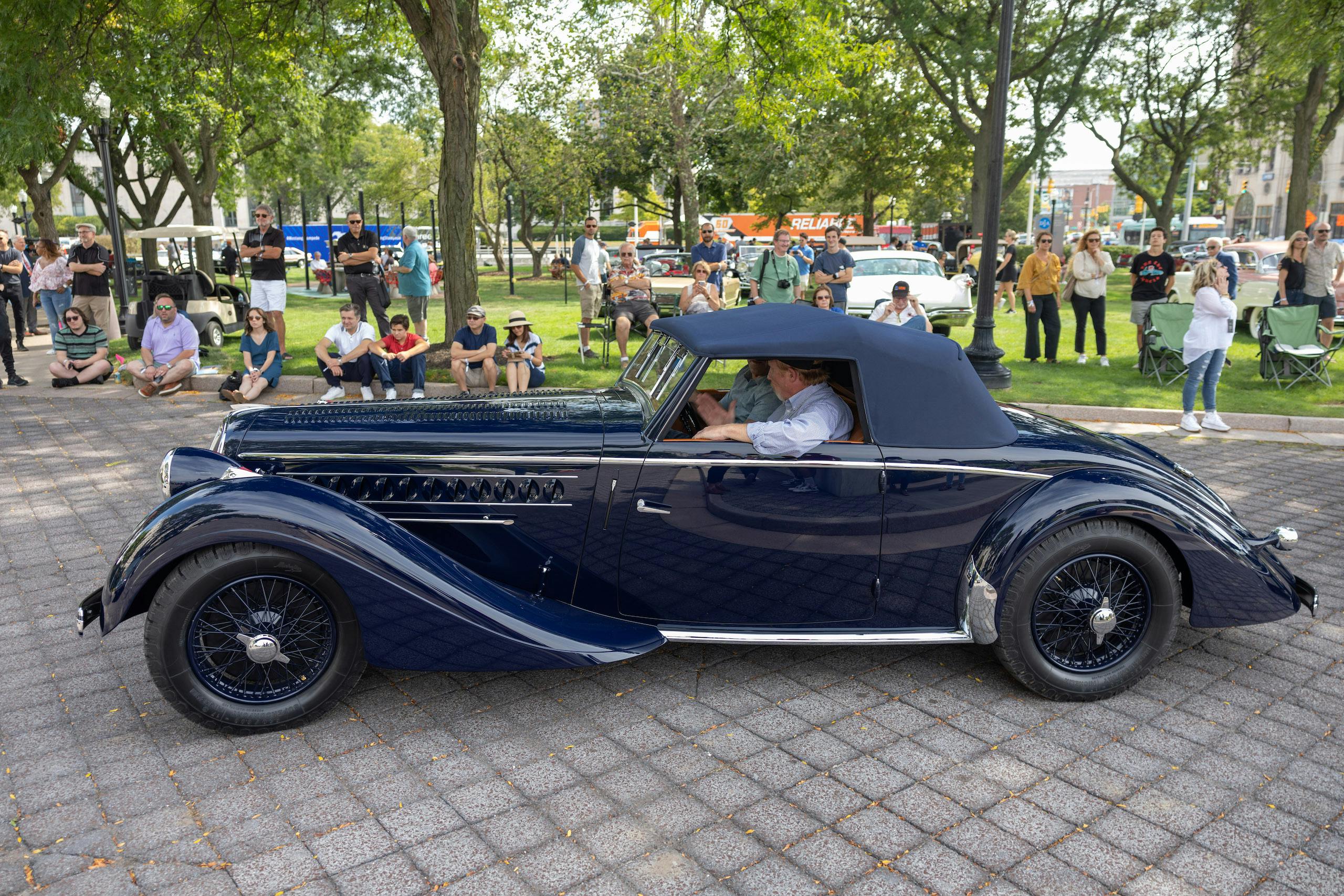
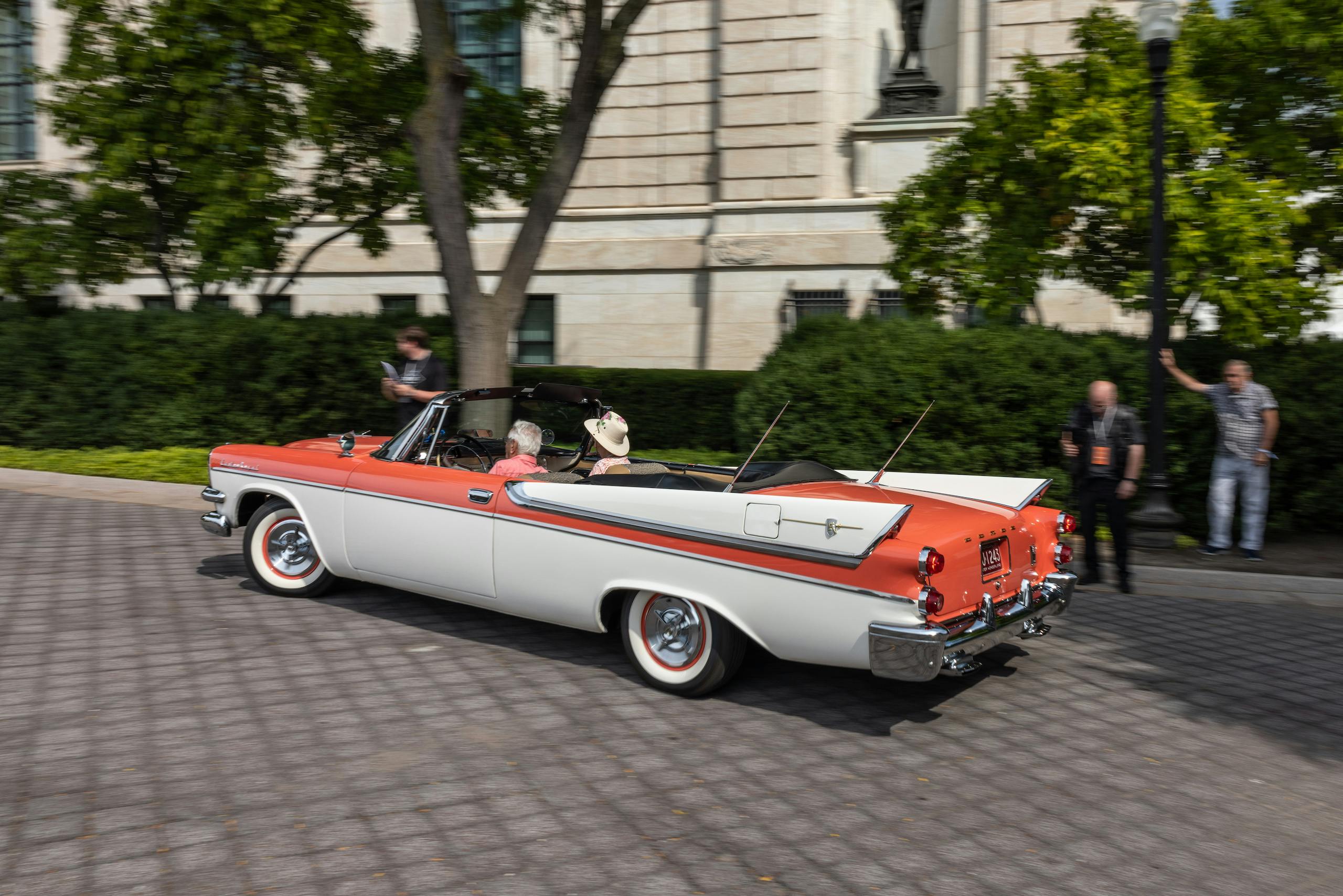
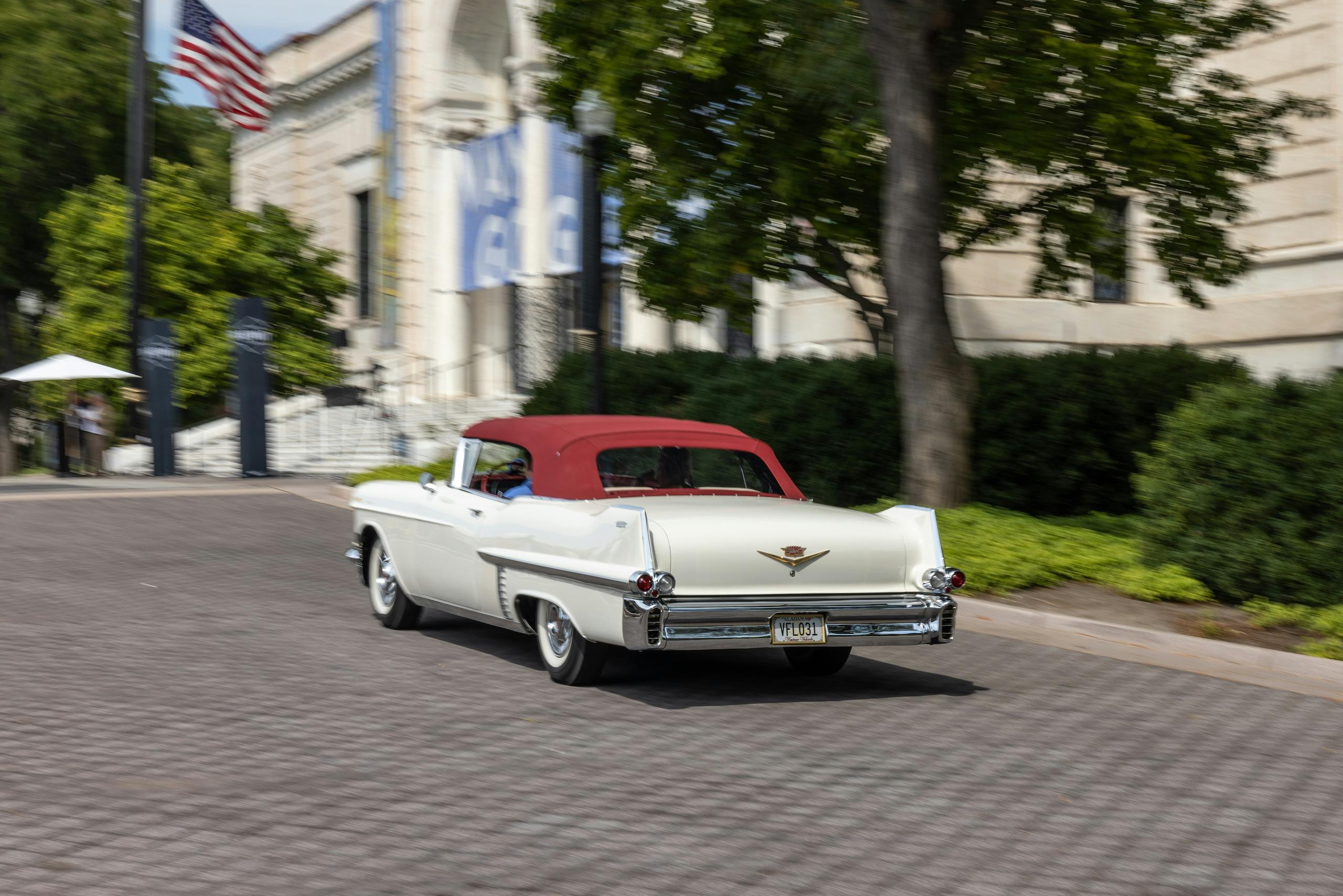
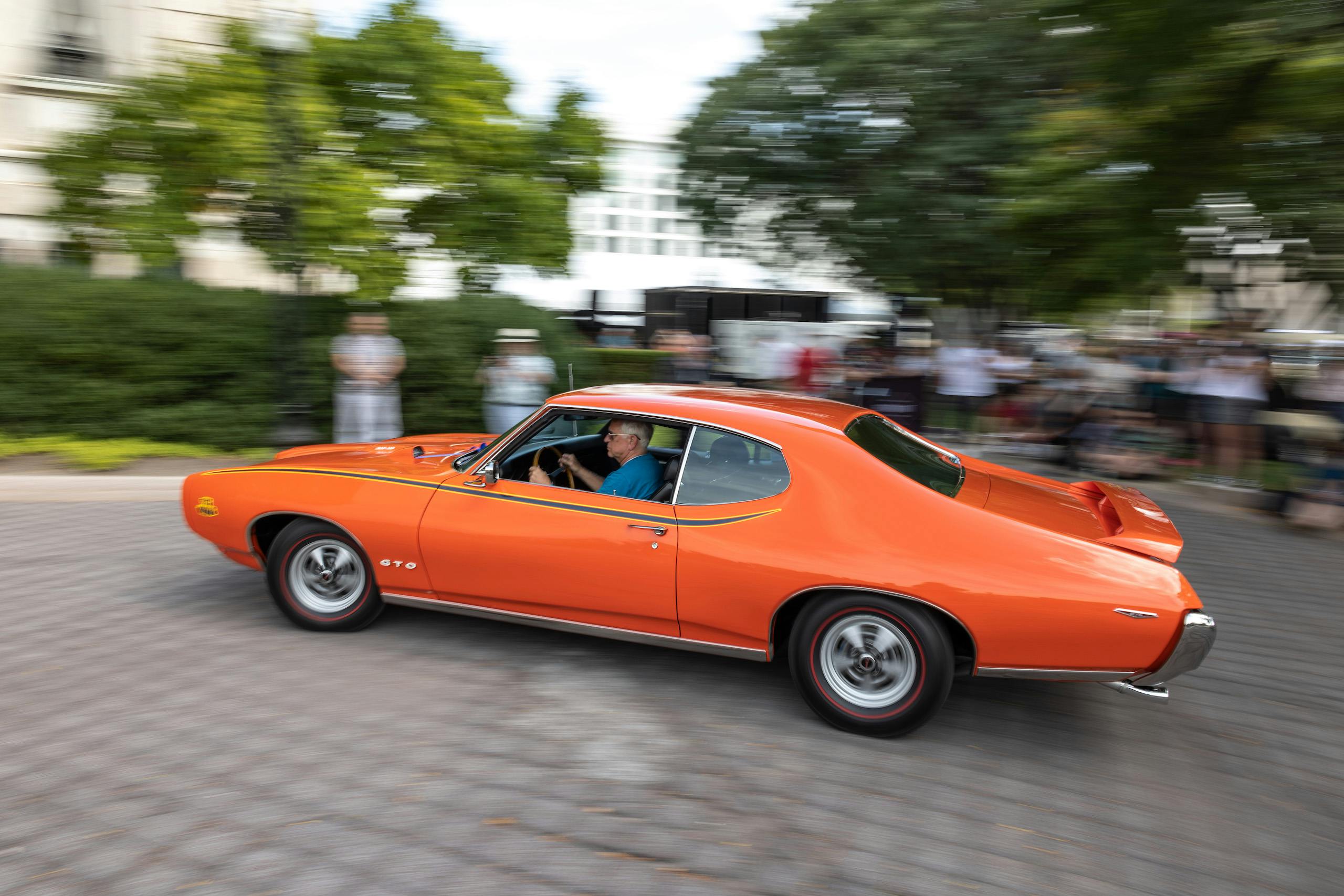
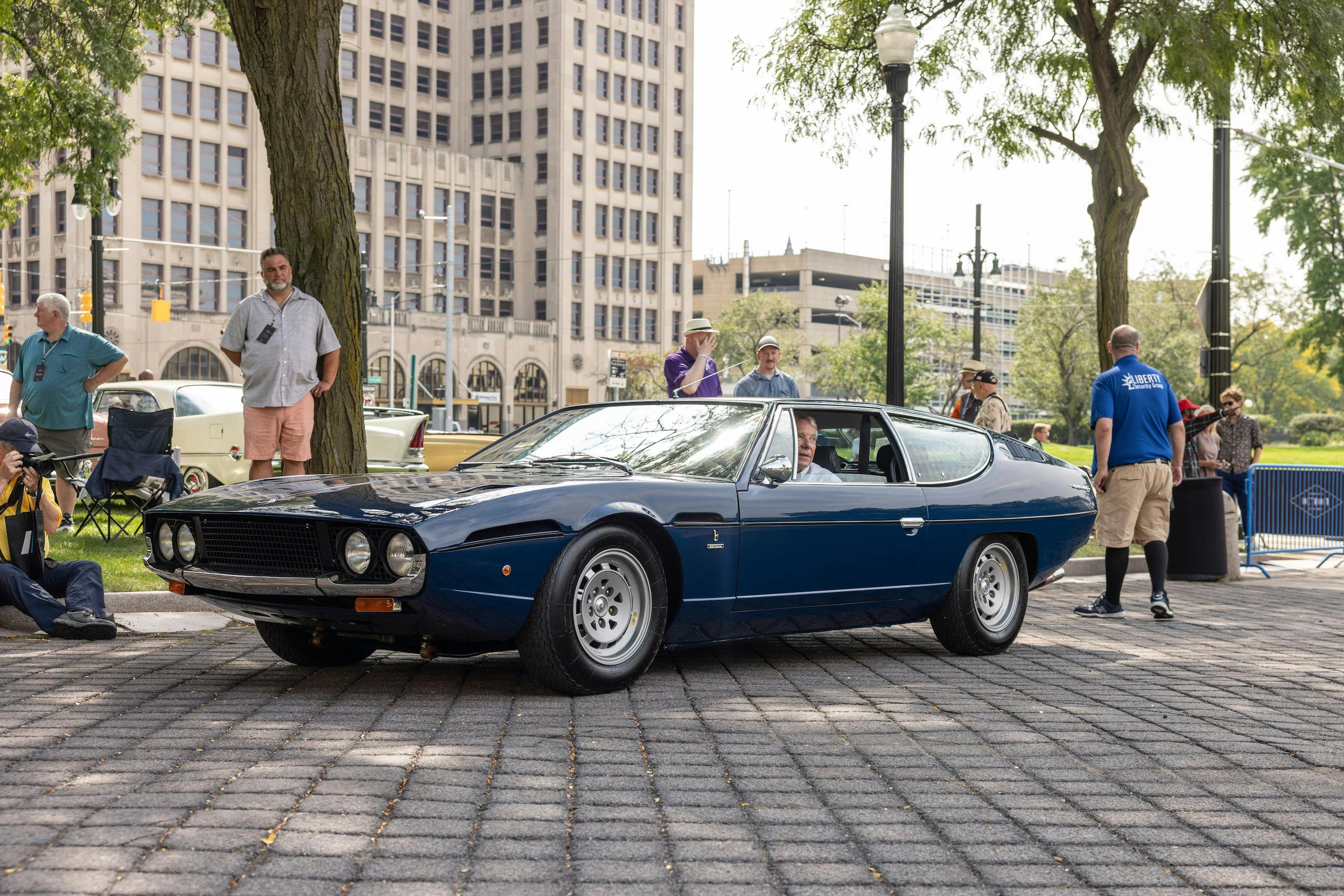

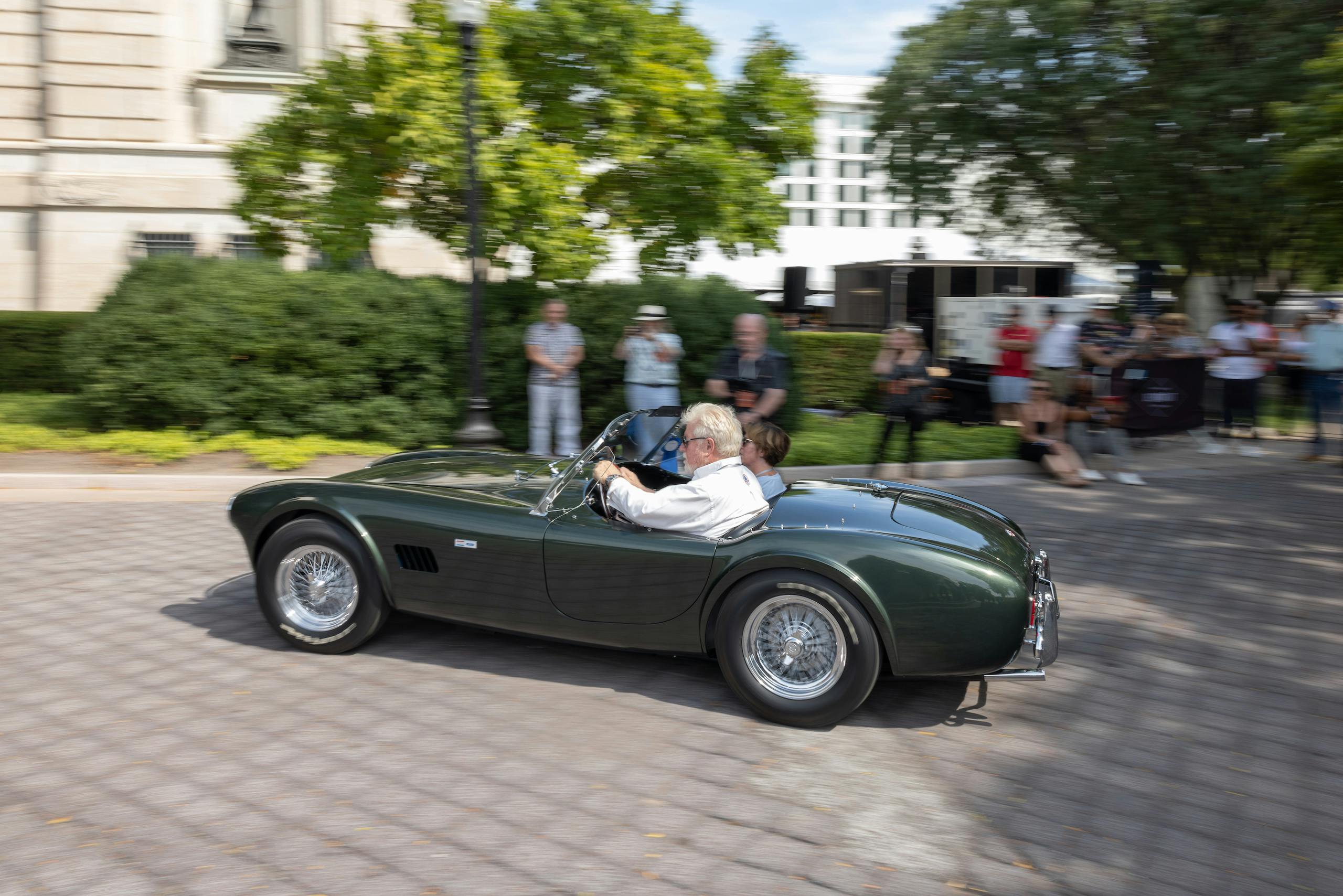
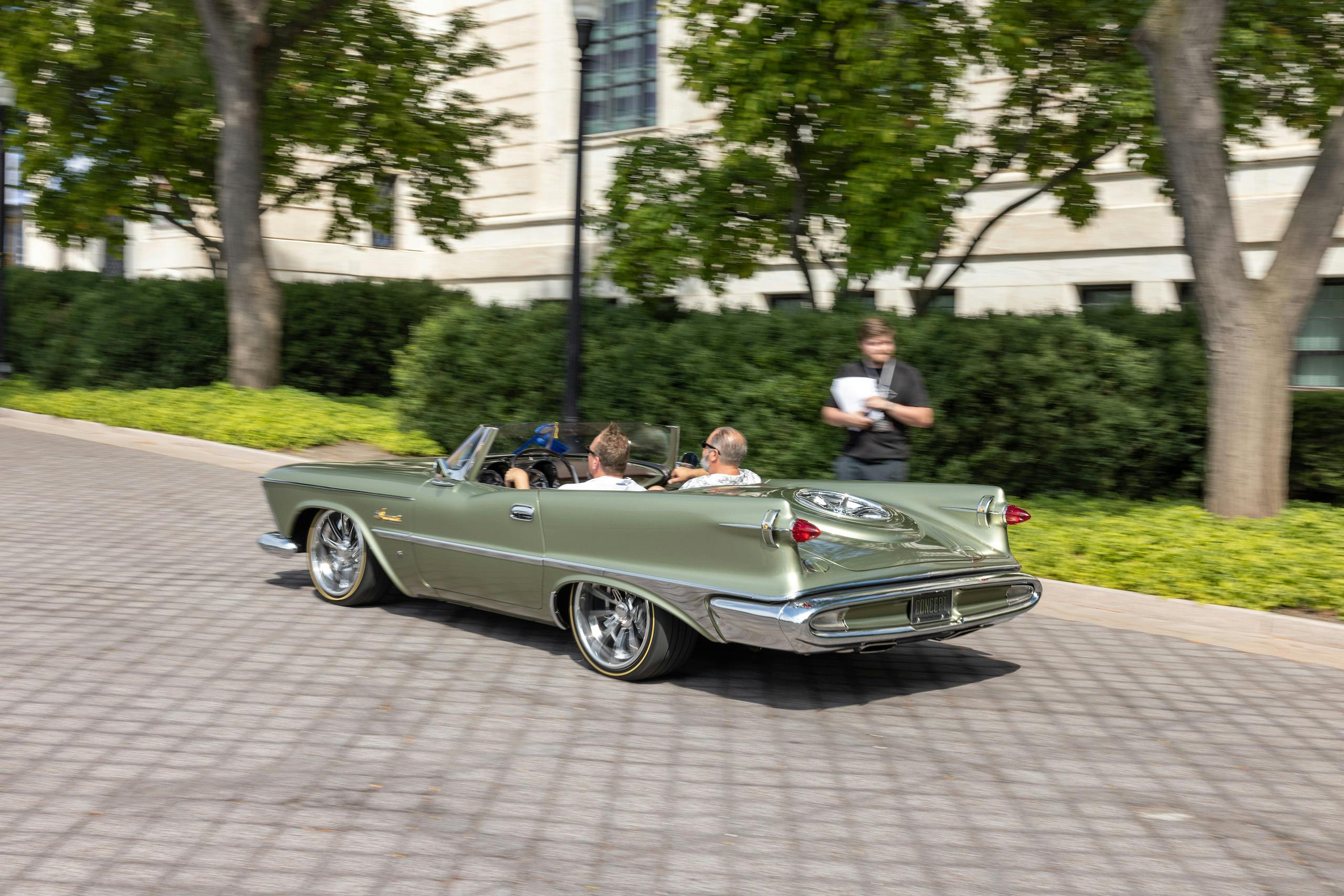

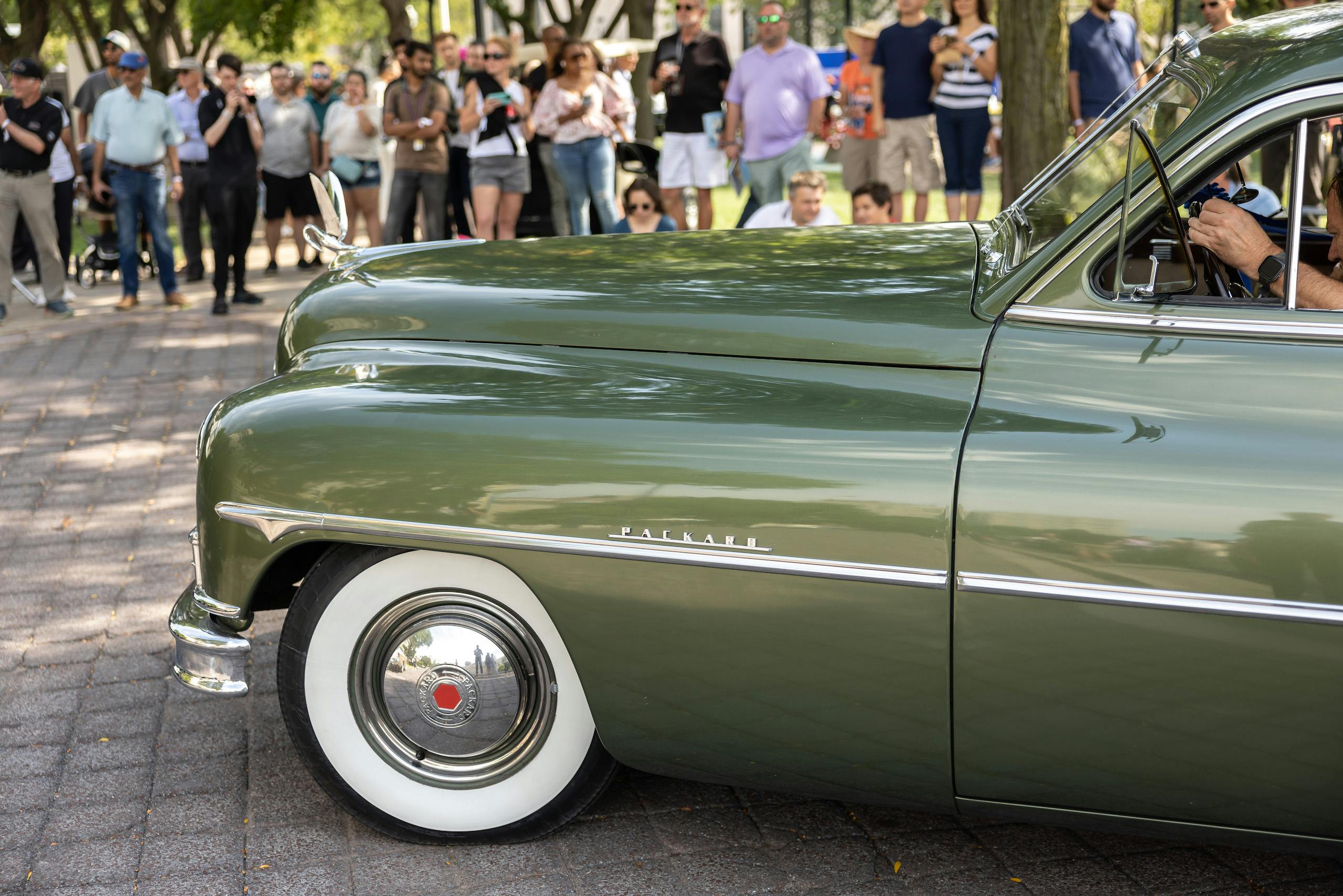
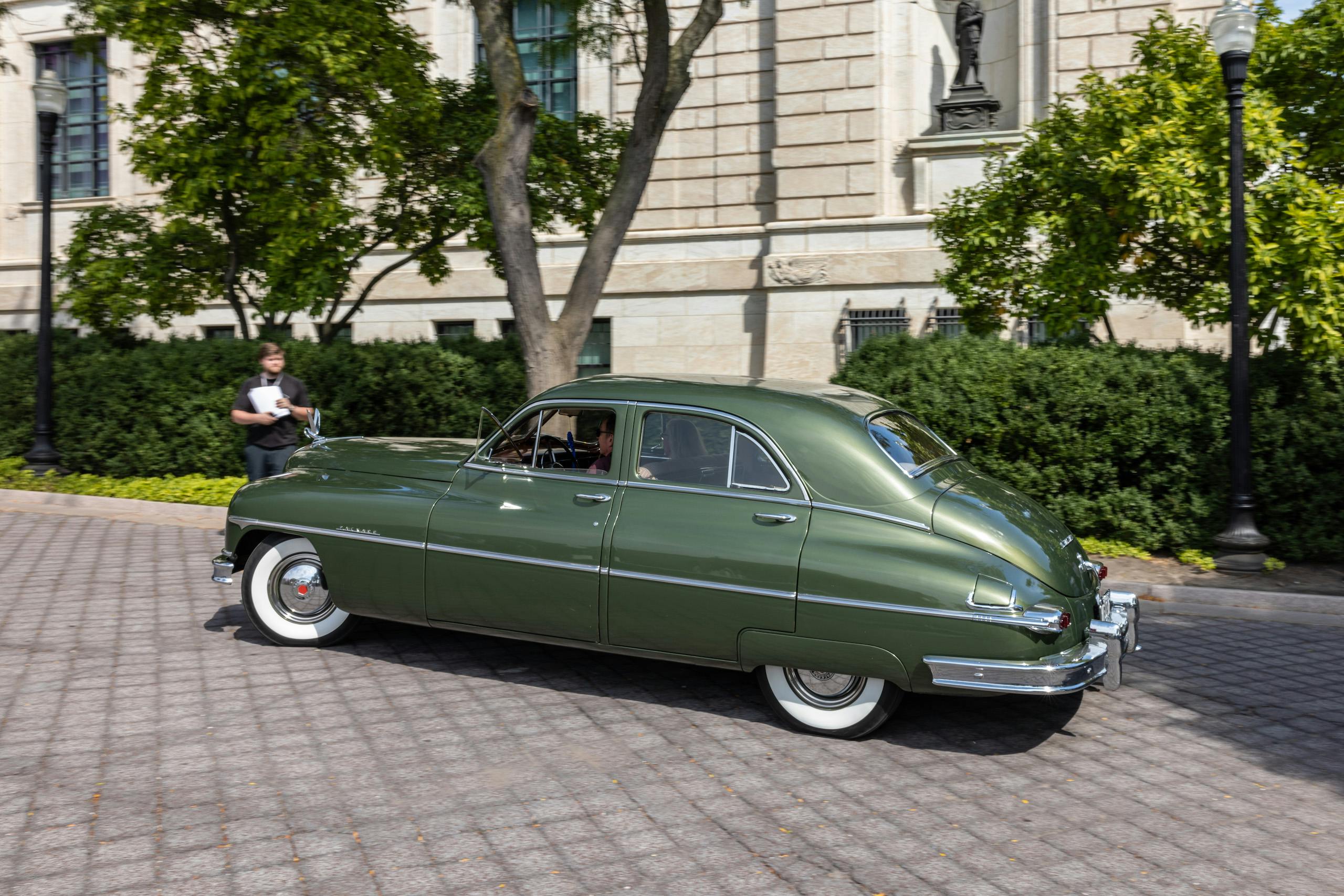

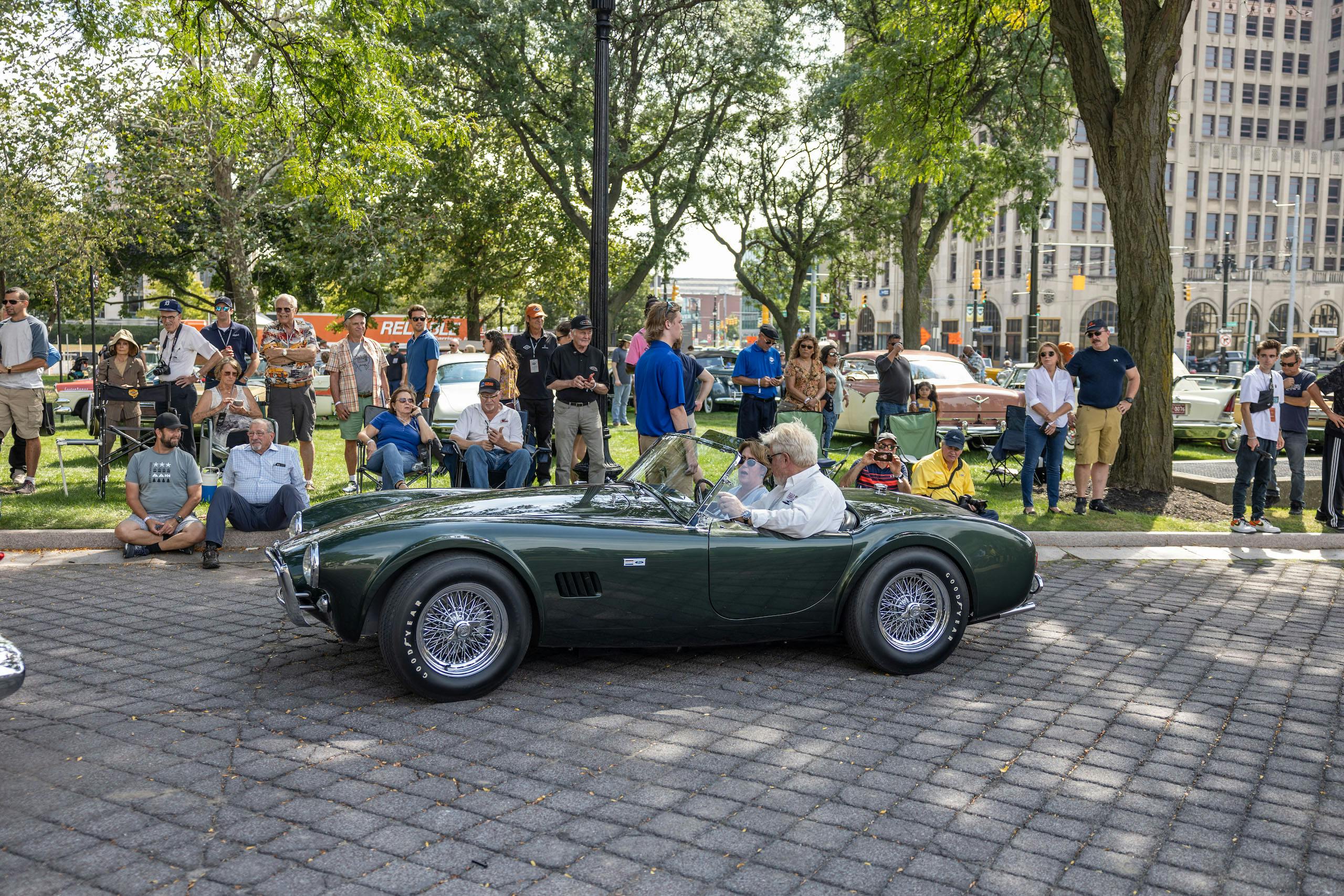
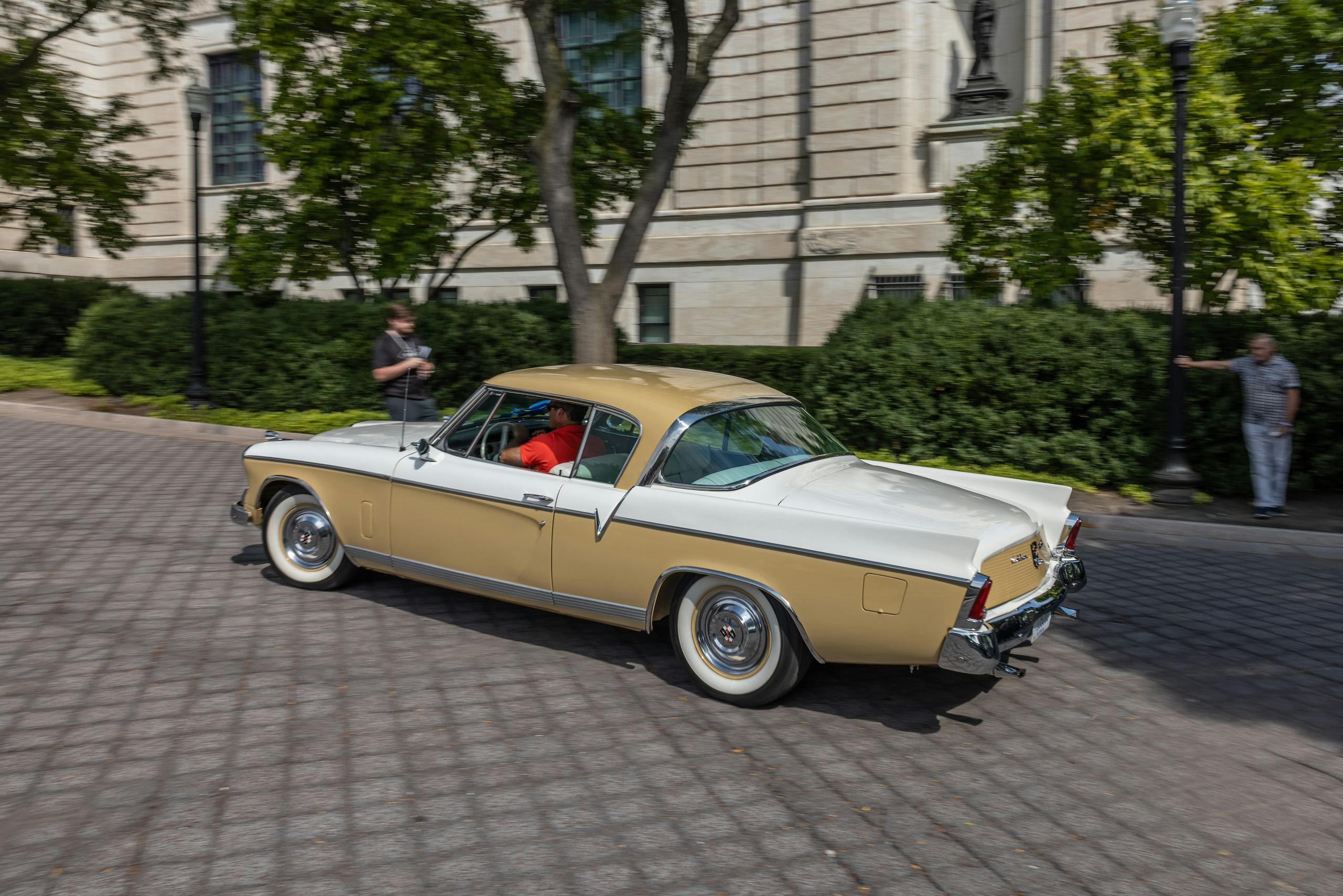
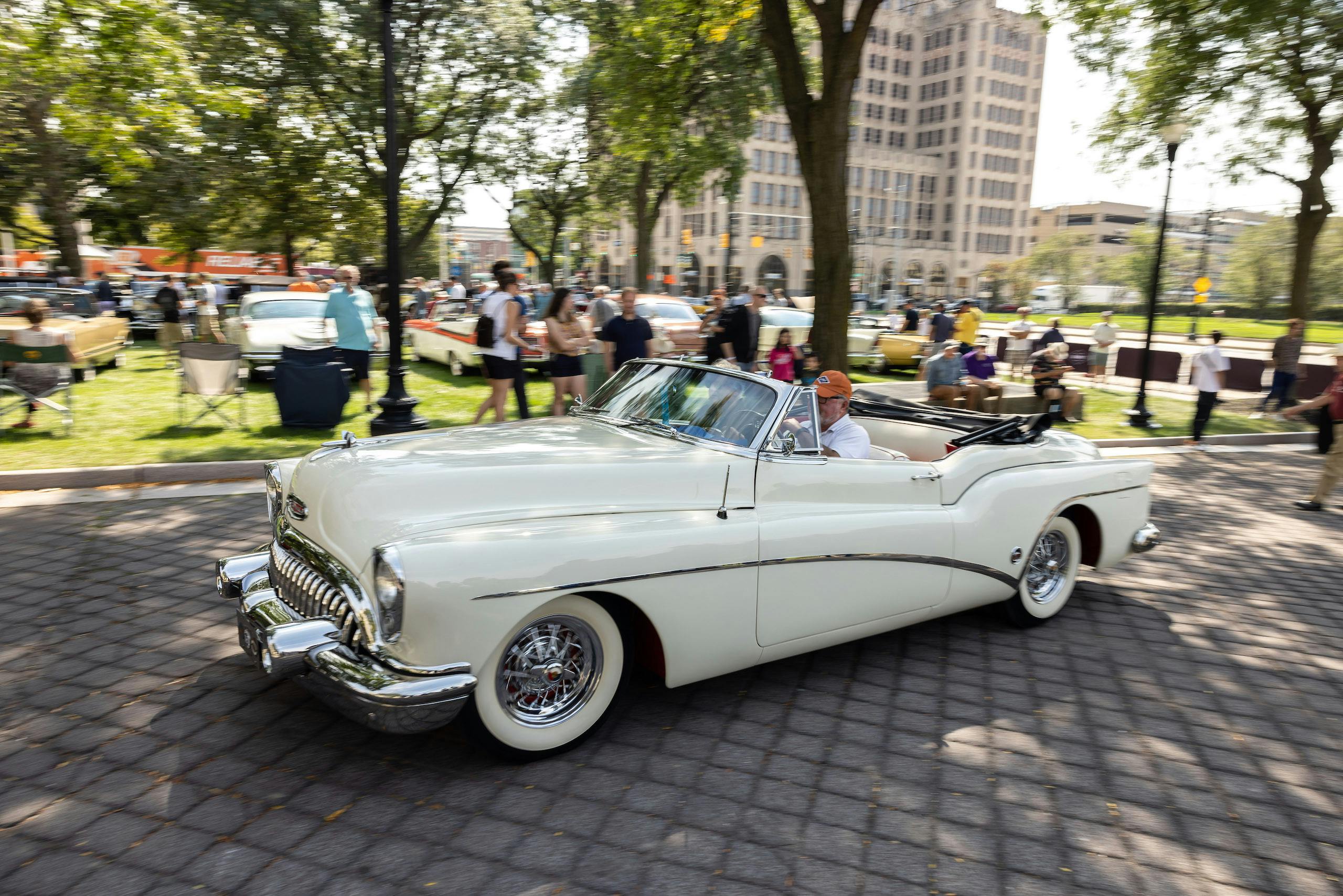



Can you send me information on this for next year. I wish I would have known about it this year, I would have entered my car.
Thanks Steve
Have you ever produced a story on Northwood University car shows, or is that too new to do. I was a member of the Steering Wheel Club 1970-’73, when we had them on the Indiana Campus in West Baden, IN UNDER THE DOME.